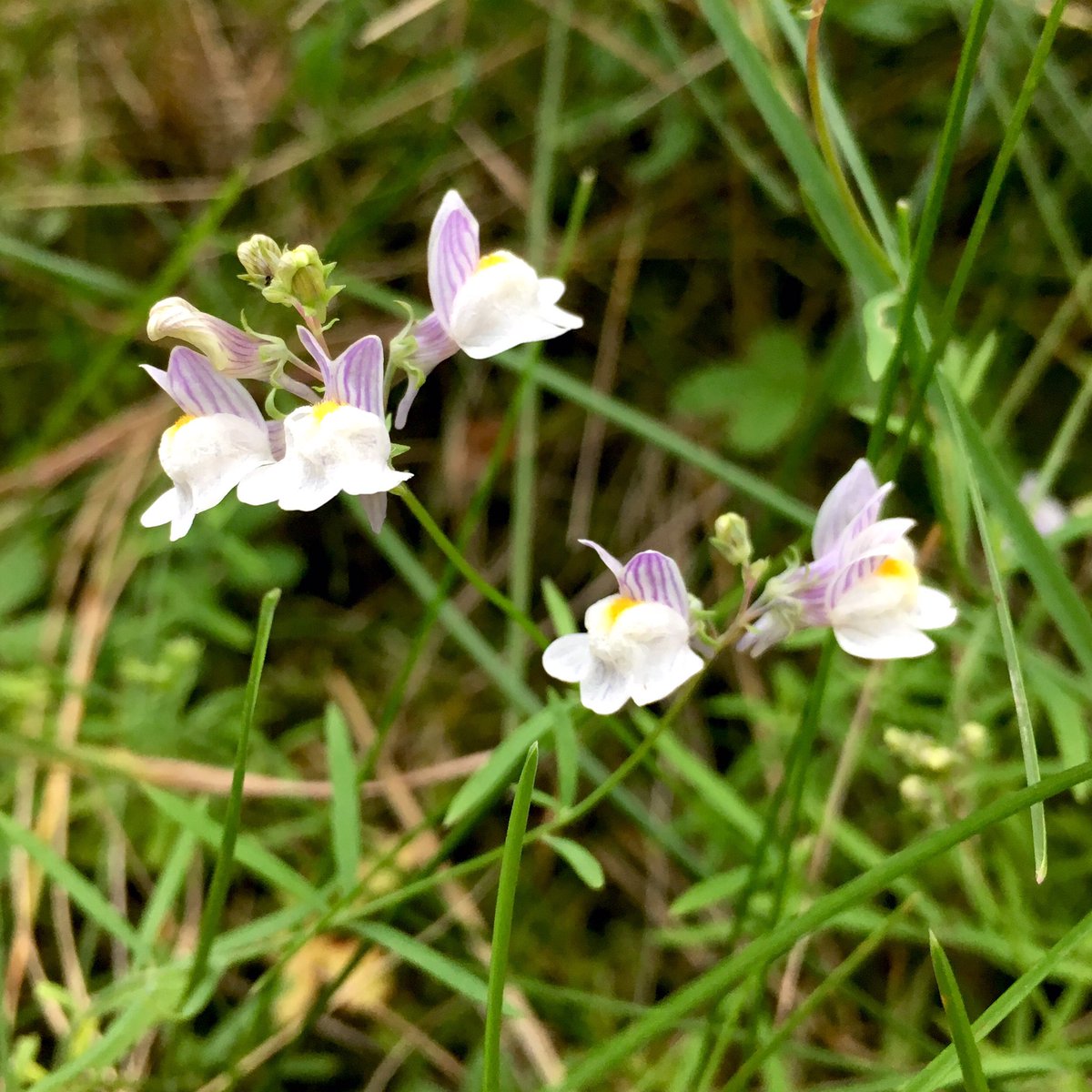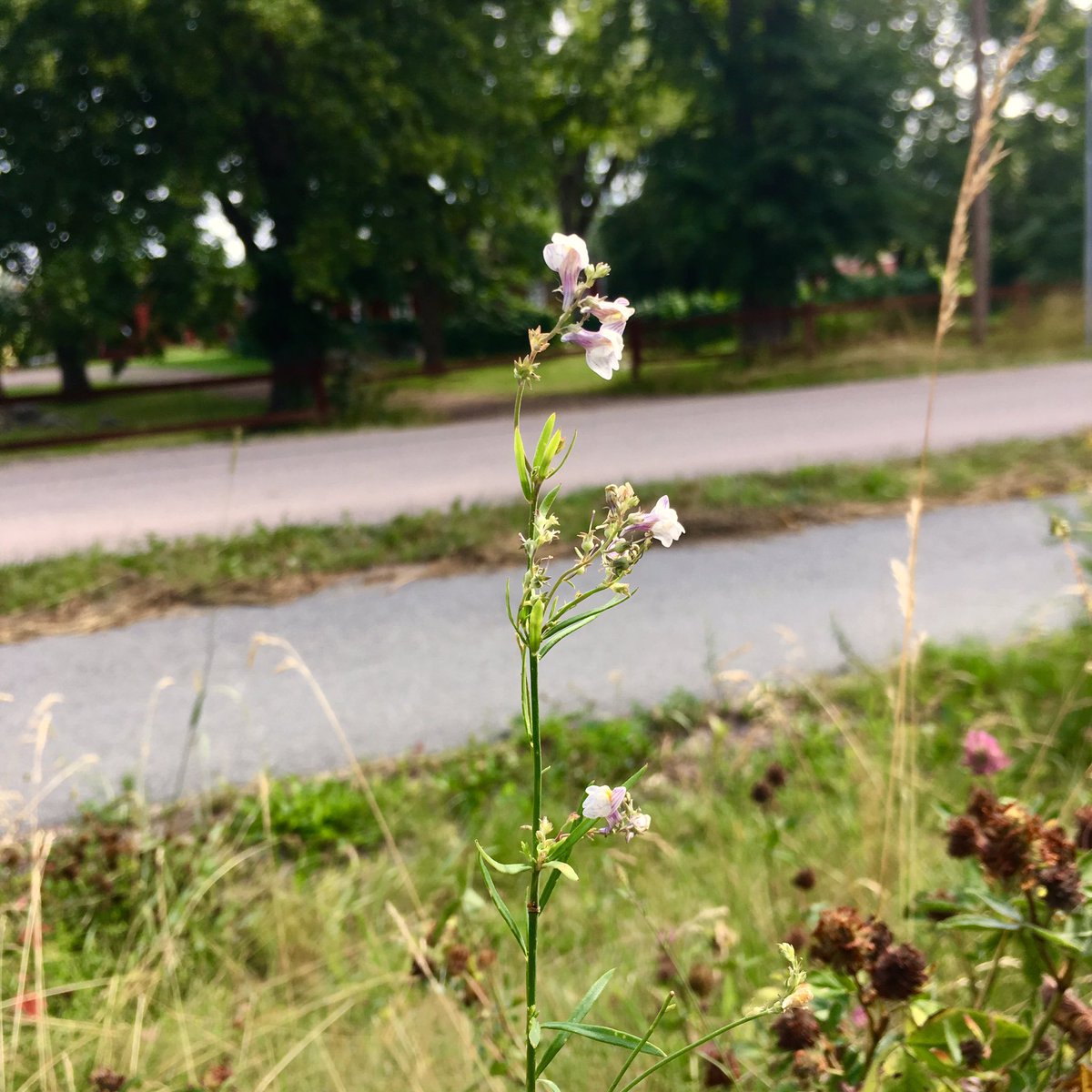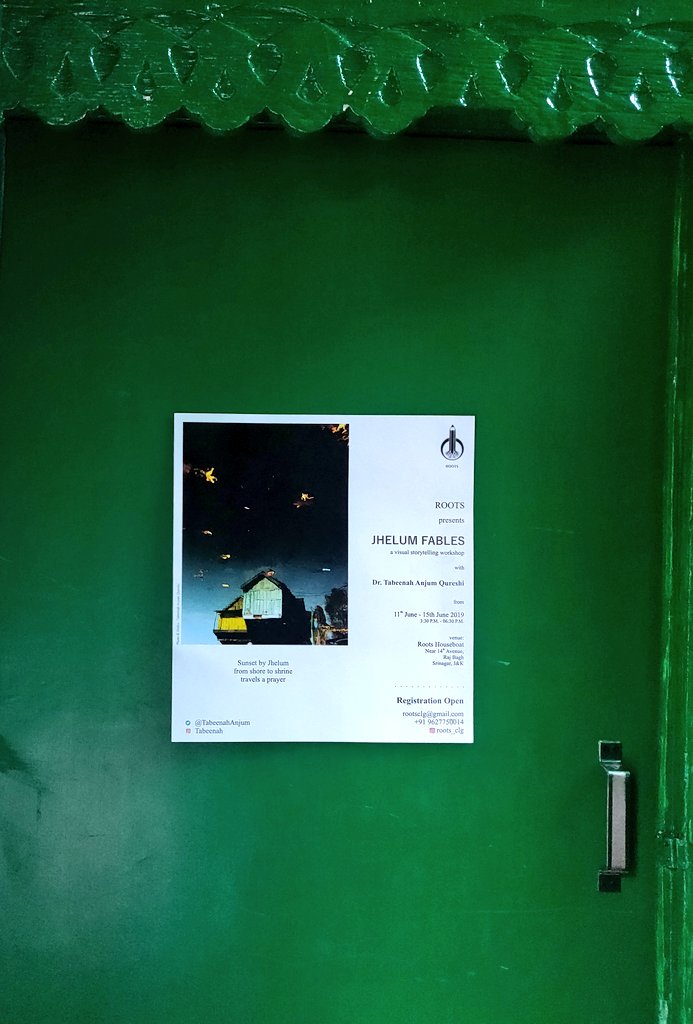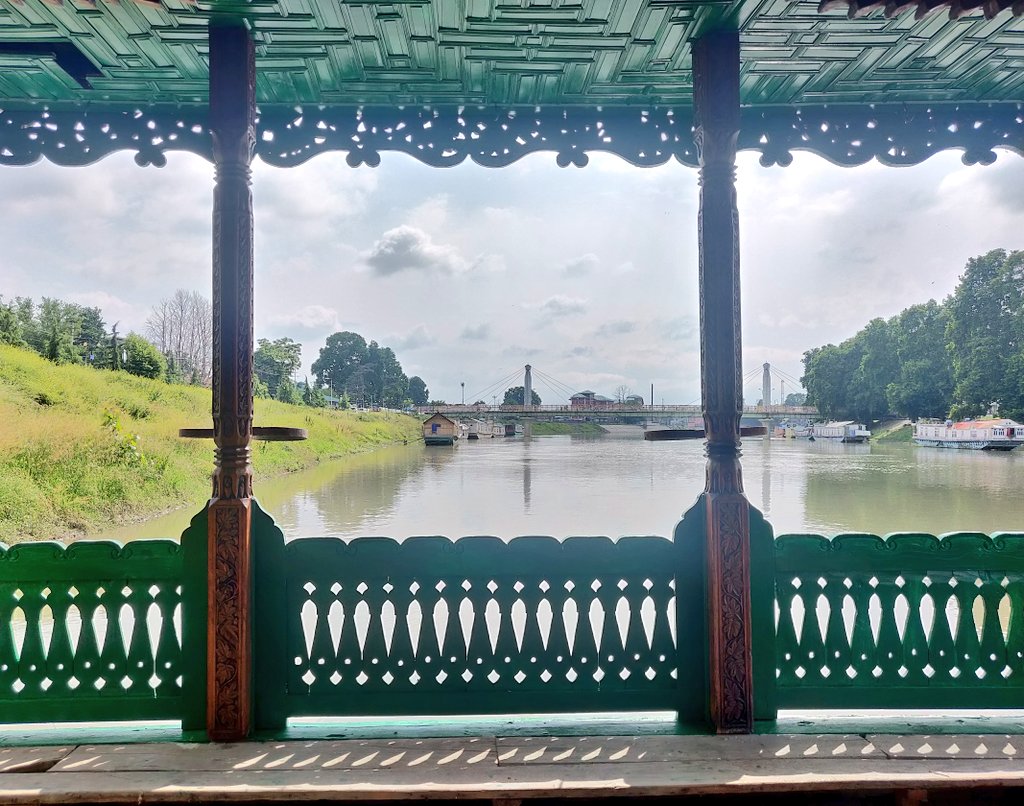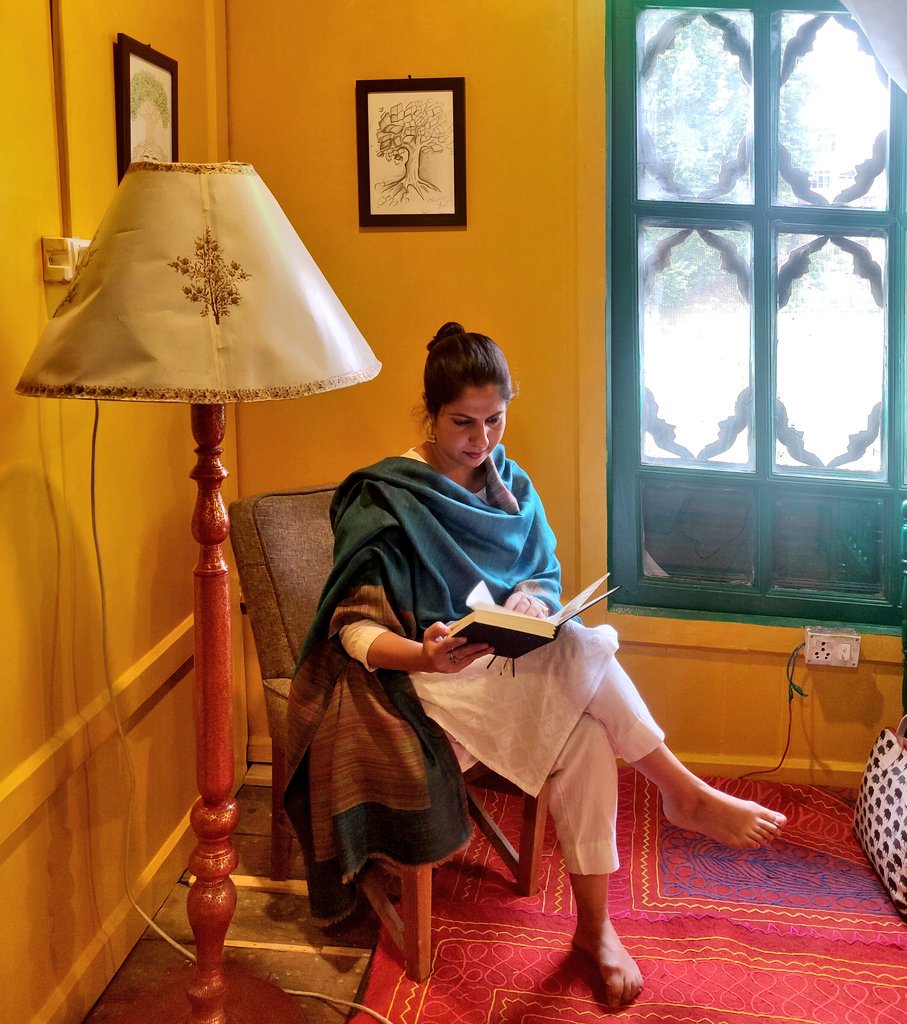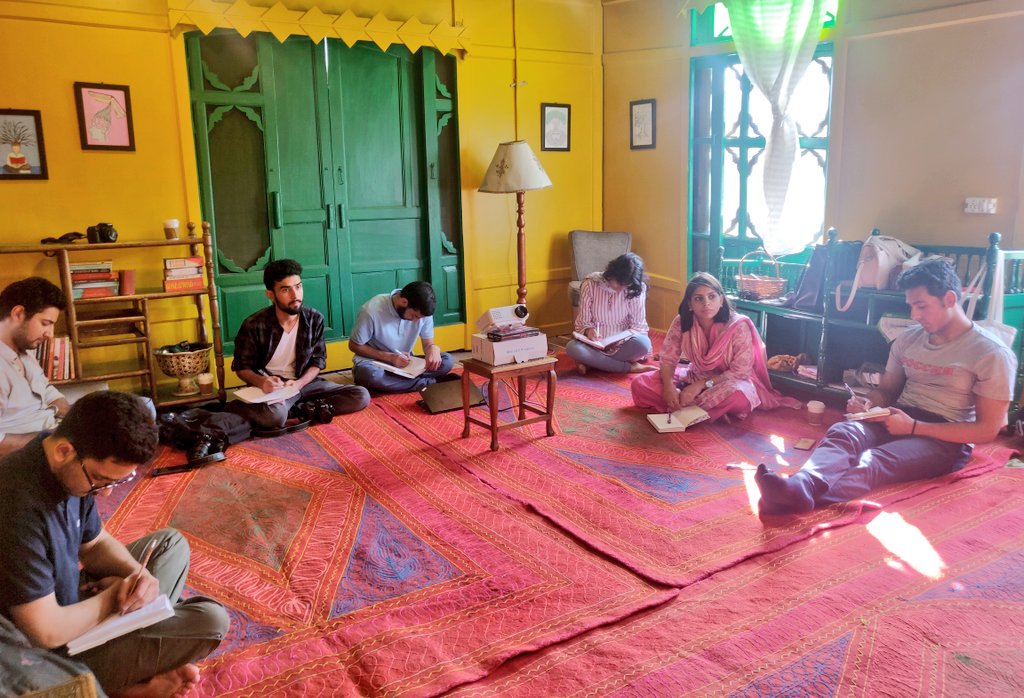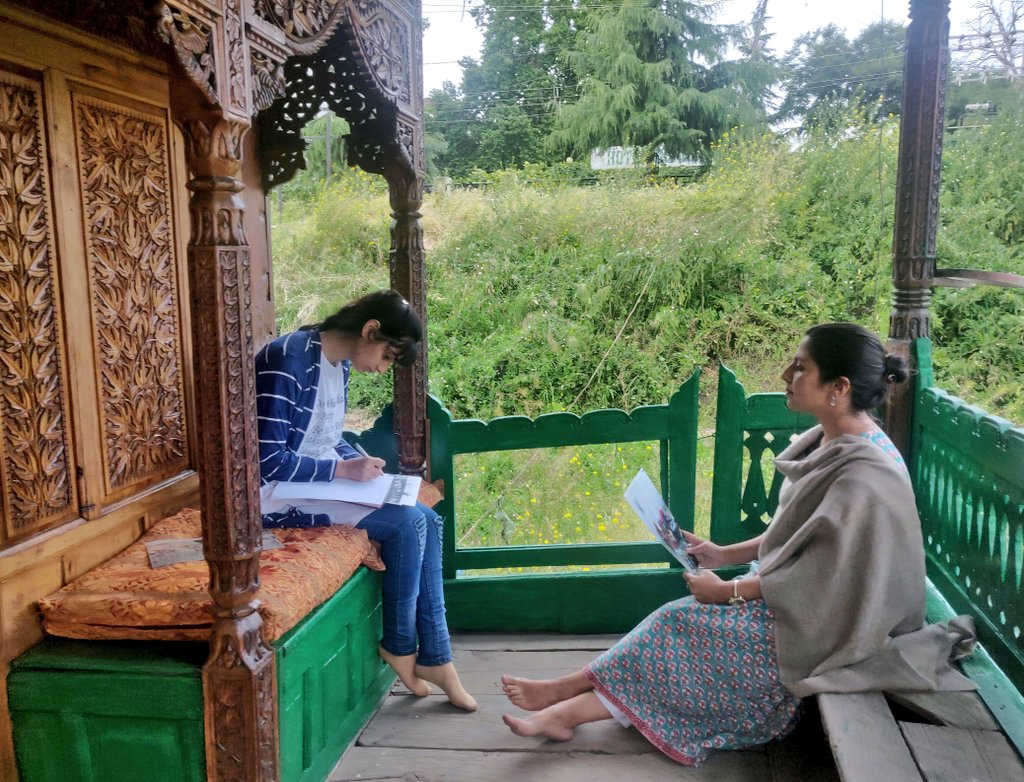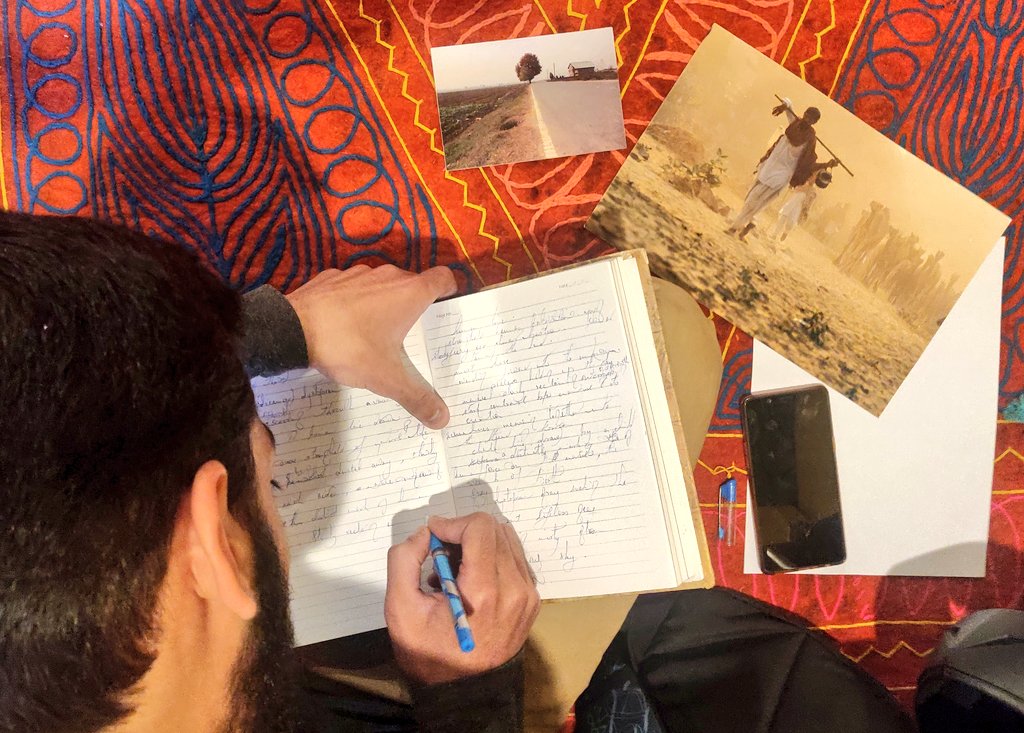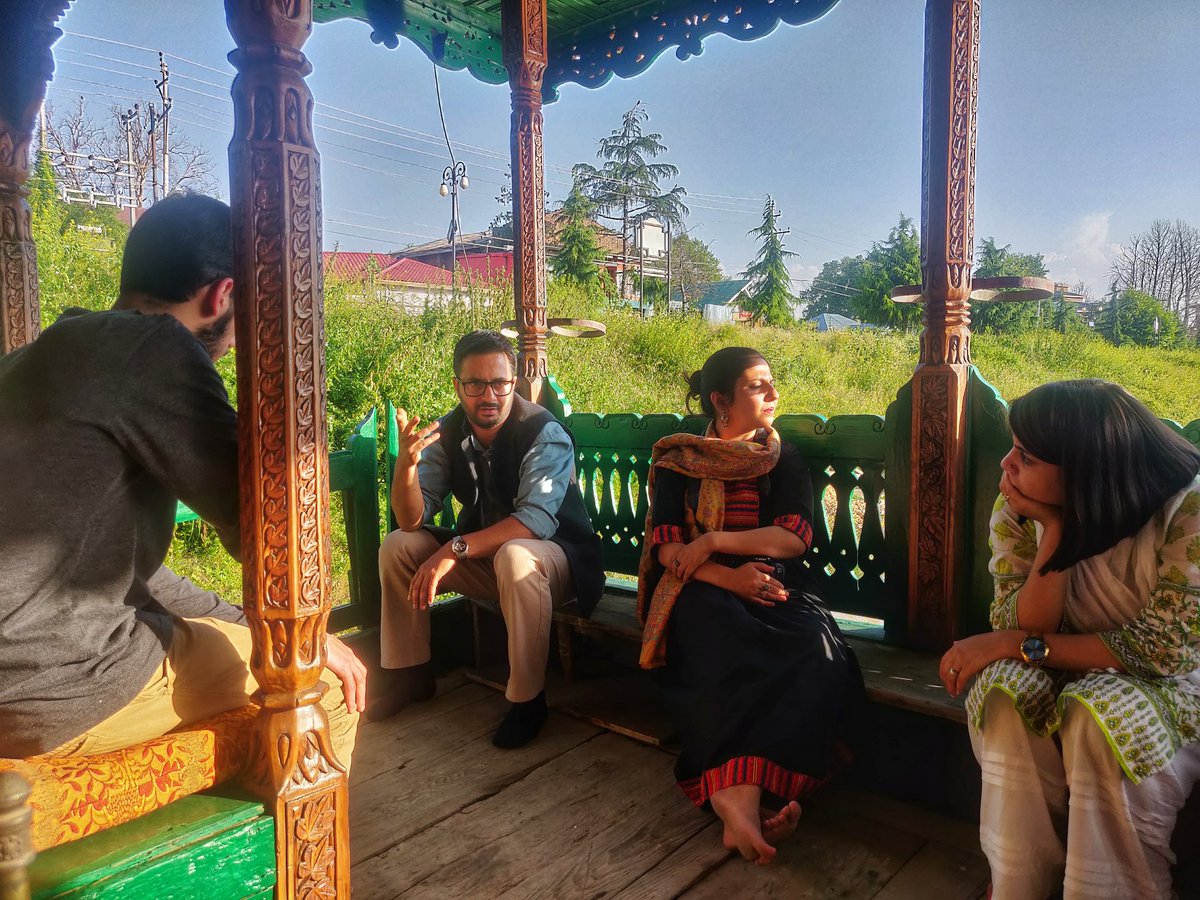So in no particular order (but probably influenced by flowering times)...
Fools’s parsley / Vildpersilia /Aethusa cynapium.
This popped up quite a bit after clearing the overgrown patch above the bomb shelter. Note the long, hanging bracteoles (svepeblad). Poisonous, so don’t use it as a garnish ☠️
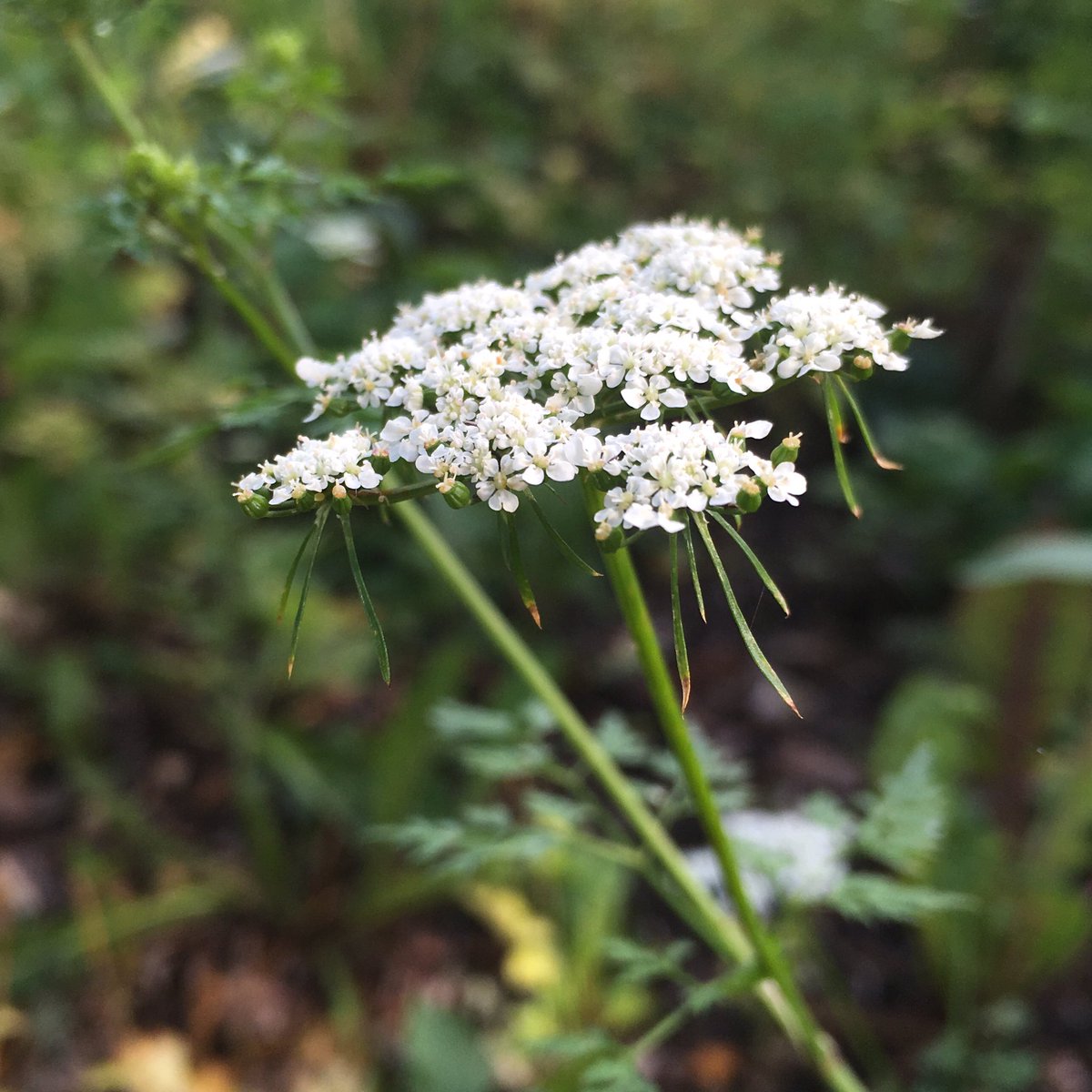
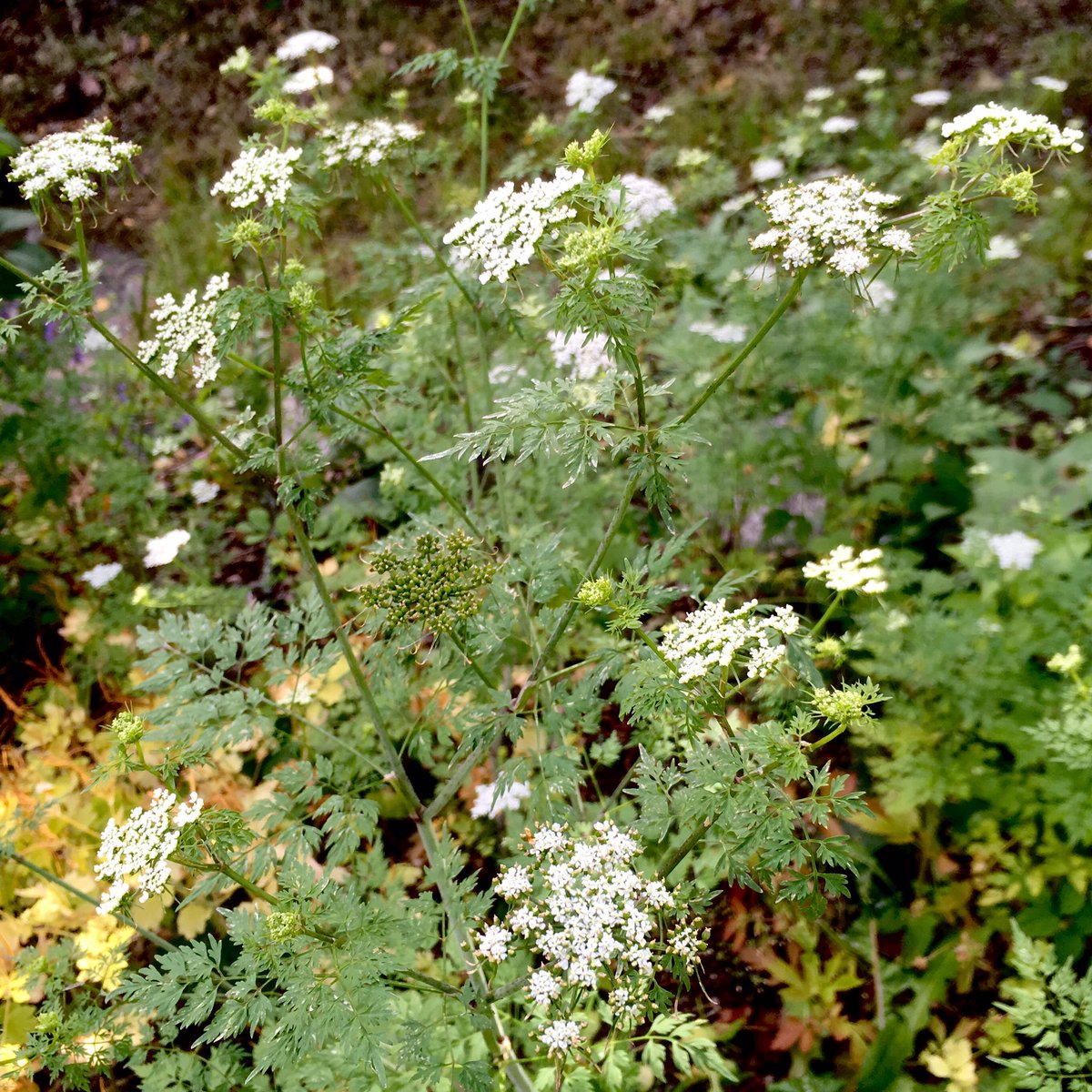
Common bent / Rödven / Agrostis capillaris
I think I need to get some grasses out of the way before they all dry out. A single cowpat can contain more than 3500 seeds of this one. I know because I’ve counted. doi.org/10.1111/j.1600…
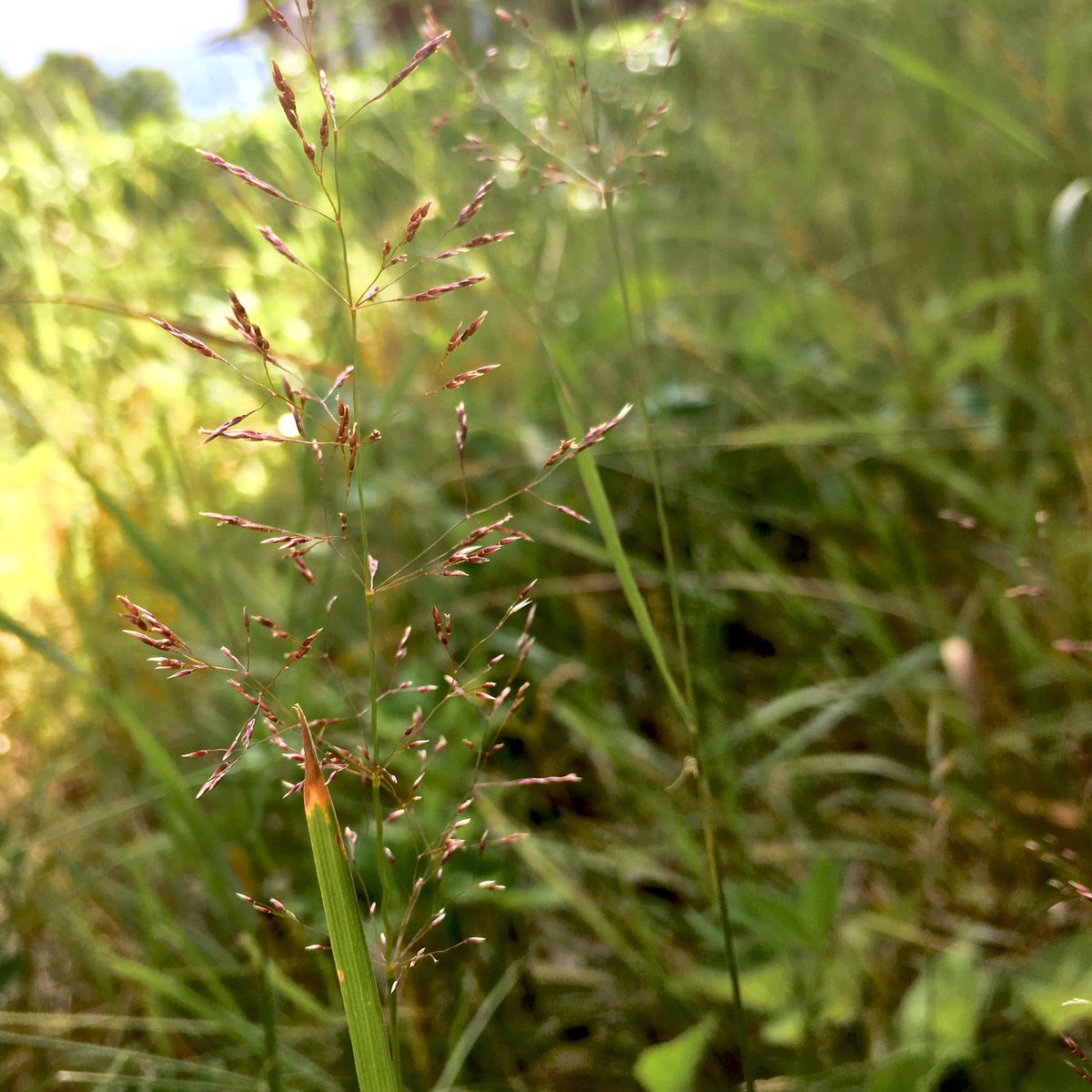
Wild strawberry / Smultron / Fragaria vesca
Delicious delicious wild strawberry. There seems to be a lot of fruit this year. There’s been a lot of flowering in general this year, possibly due to last summer’s drought. 🍓
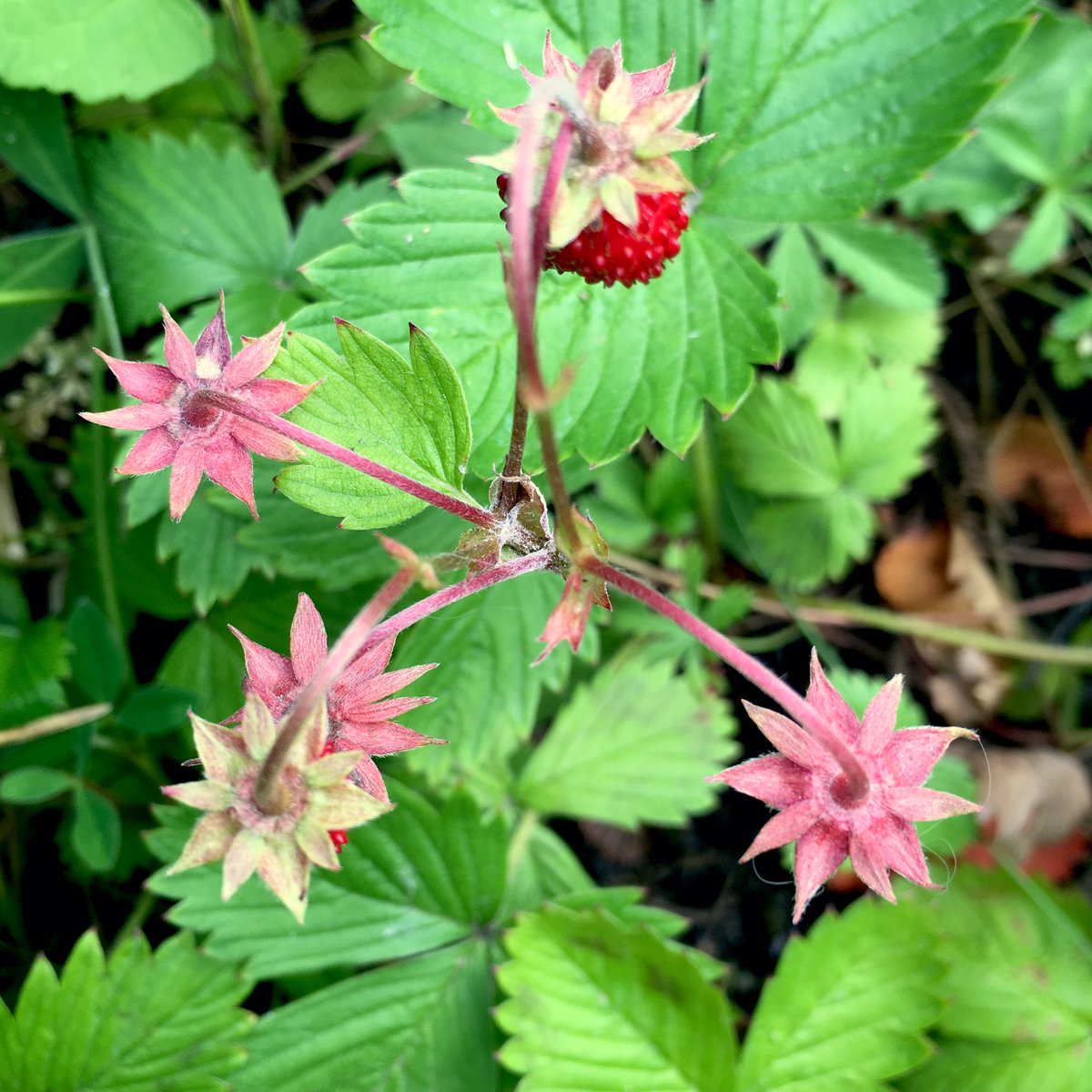
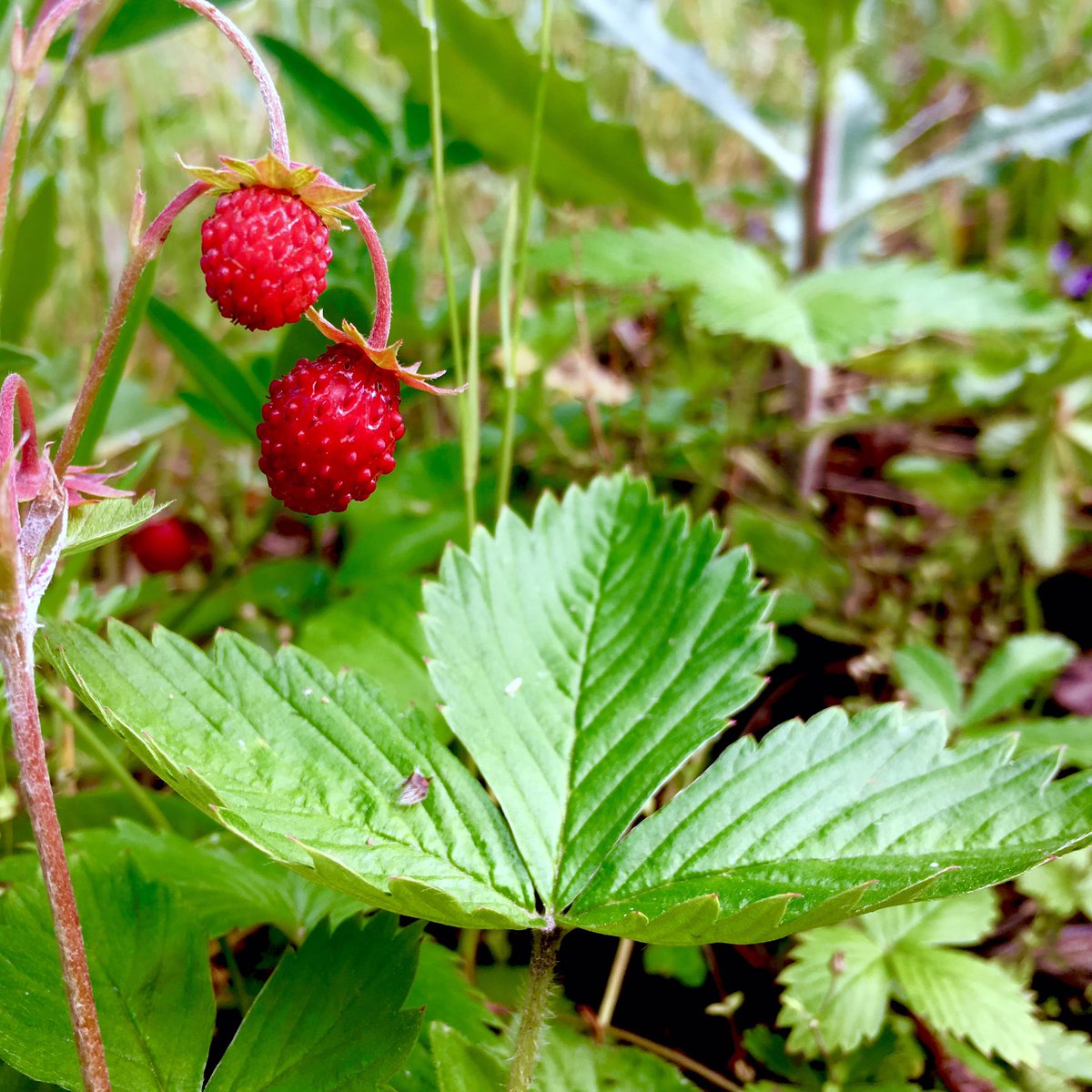
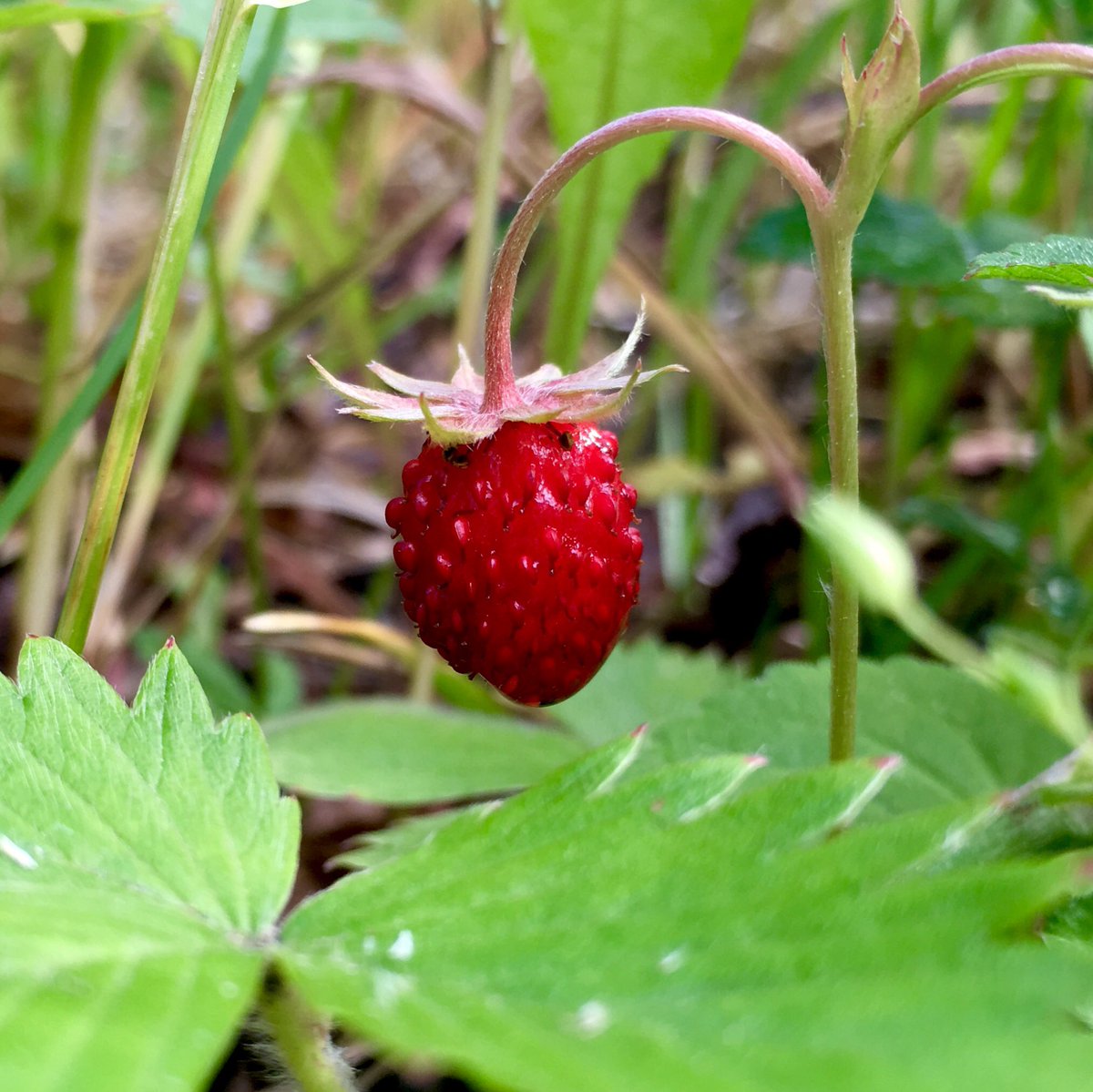
Common couch / Kvickrot / Elytrigia repens
This persistent agricultural weed seems to change its scientific name every five minutes. Flowers in a spike (ax), hairs on the upper sides of the leaves.
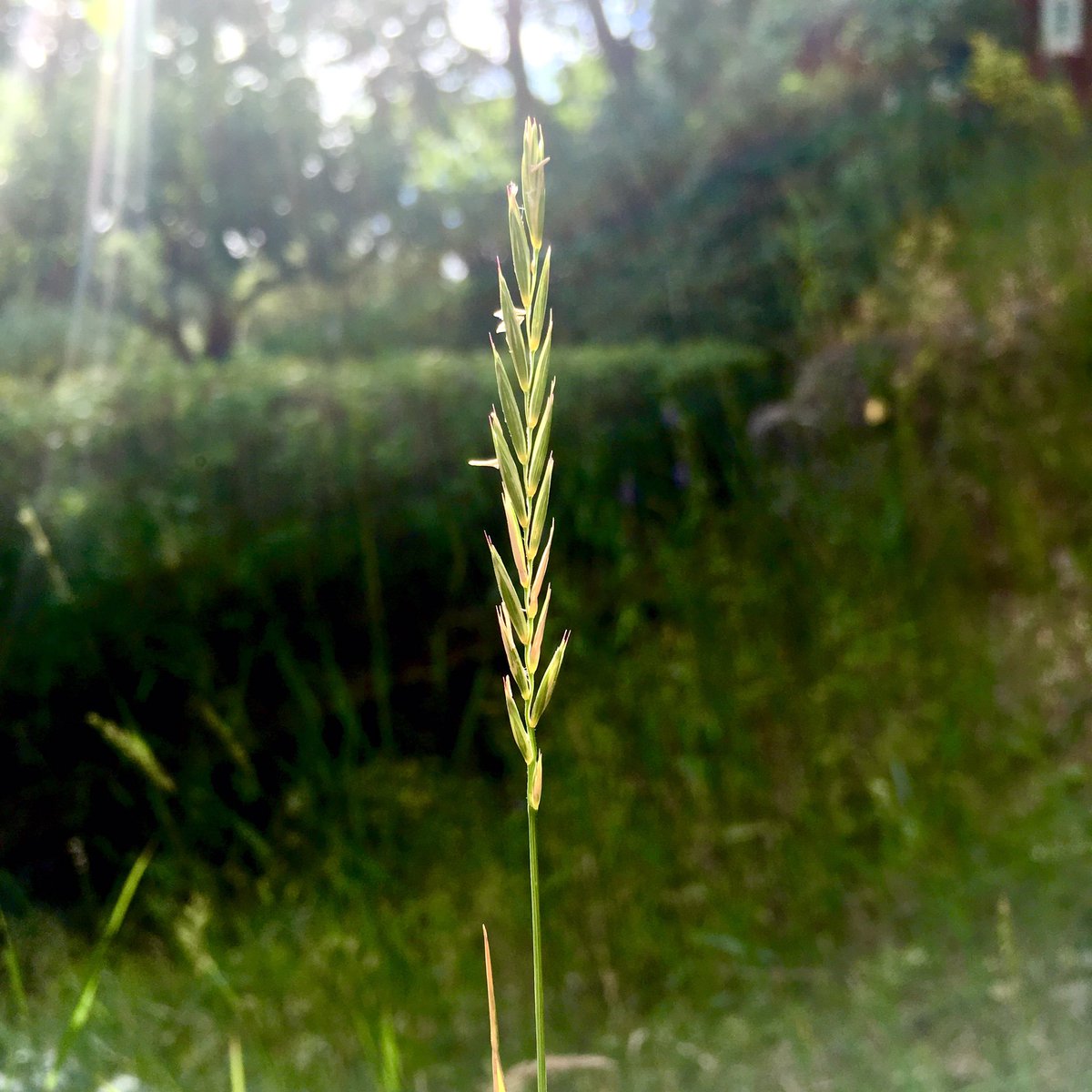
Yarrow / Röllika / Achillea millefolium
An Asteraceae that looks a bit like an Apiaceae.
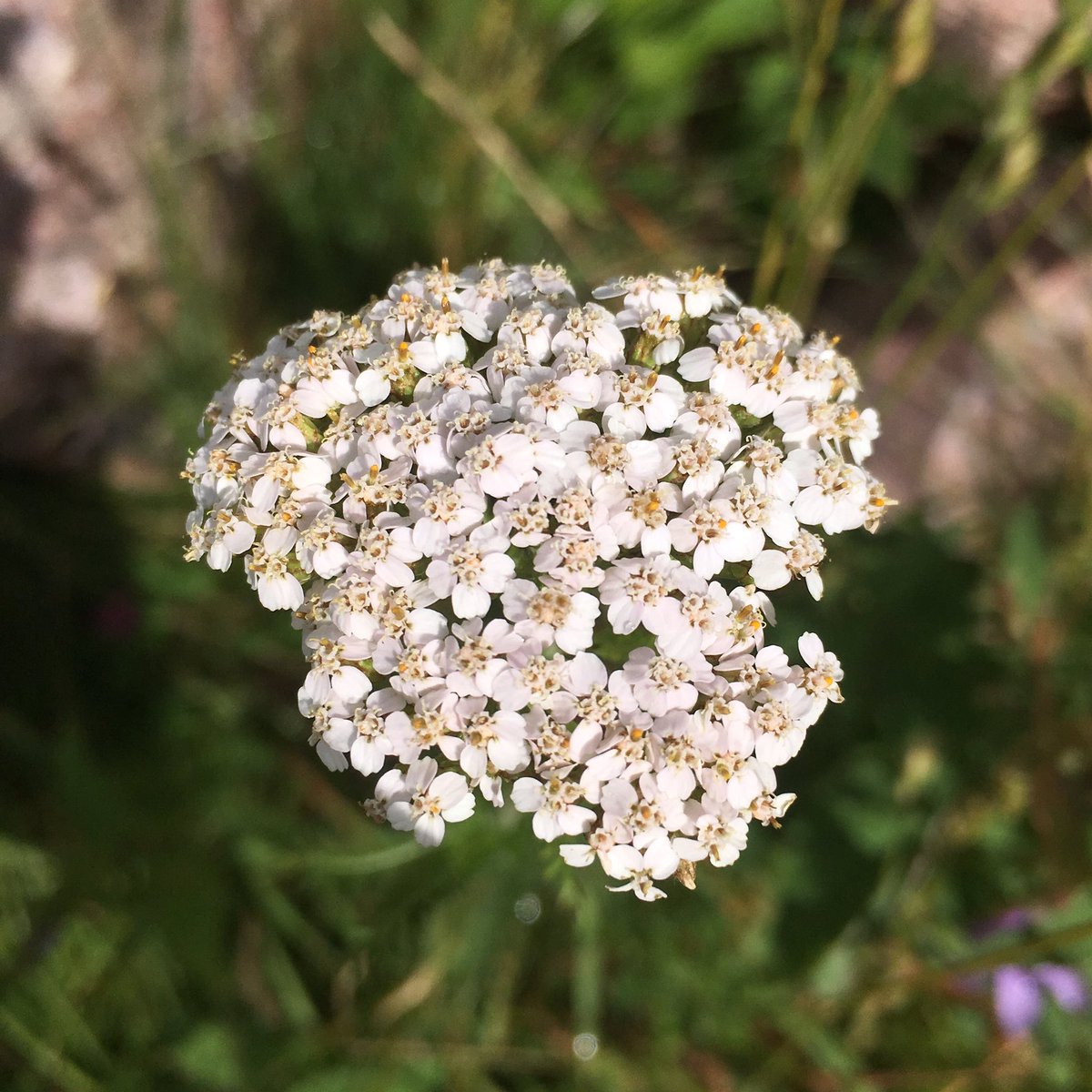
Smooth meadow grass / Ängsgröe / Poa pratensis
As the senior botanist in my department puts it: “the grass that is grass”. Inflorescence in a pyramid-shaped panicle (vippa), very common. 🌾
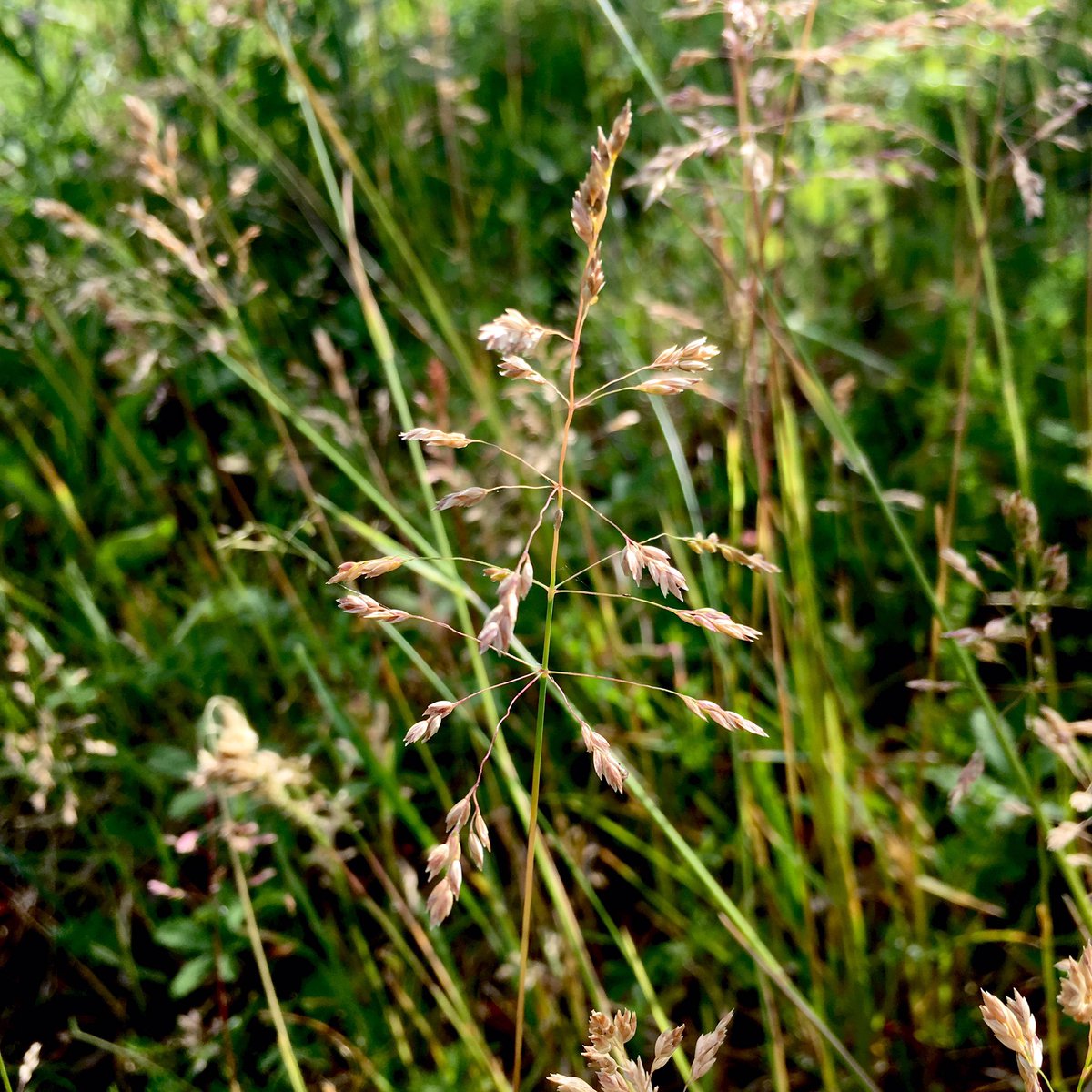
Fat hen / Svinmålla / Chenopodium album
This species, common to disturbed ground, is also delicious when cooked with onion, garlic, courgette, fresh thyme and cream.
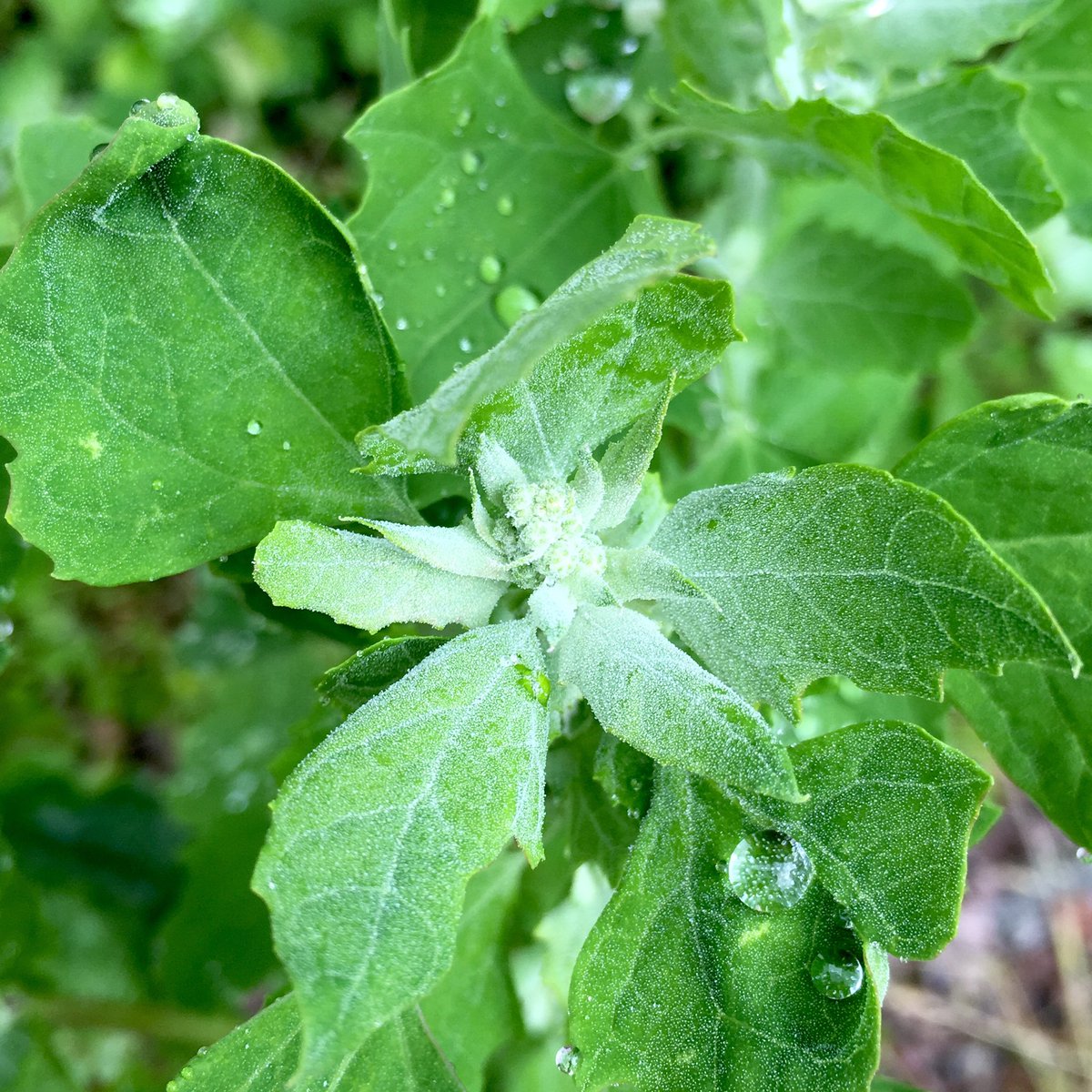
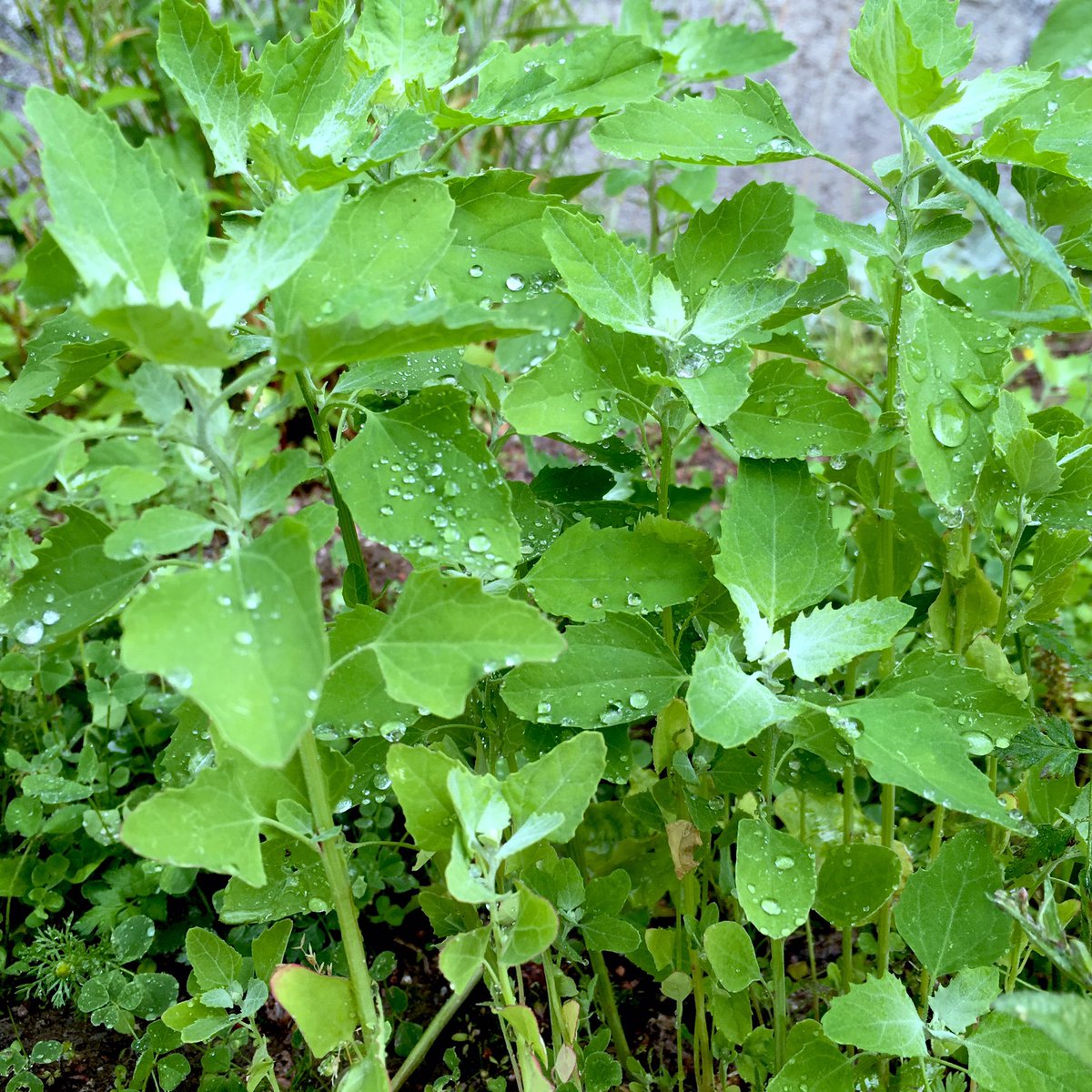
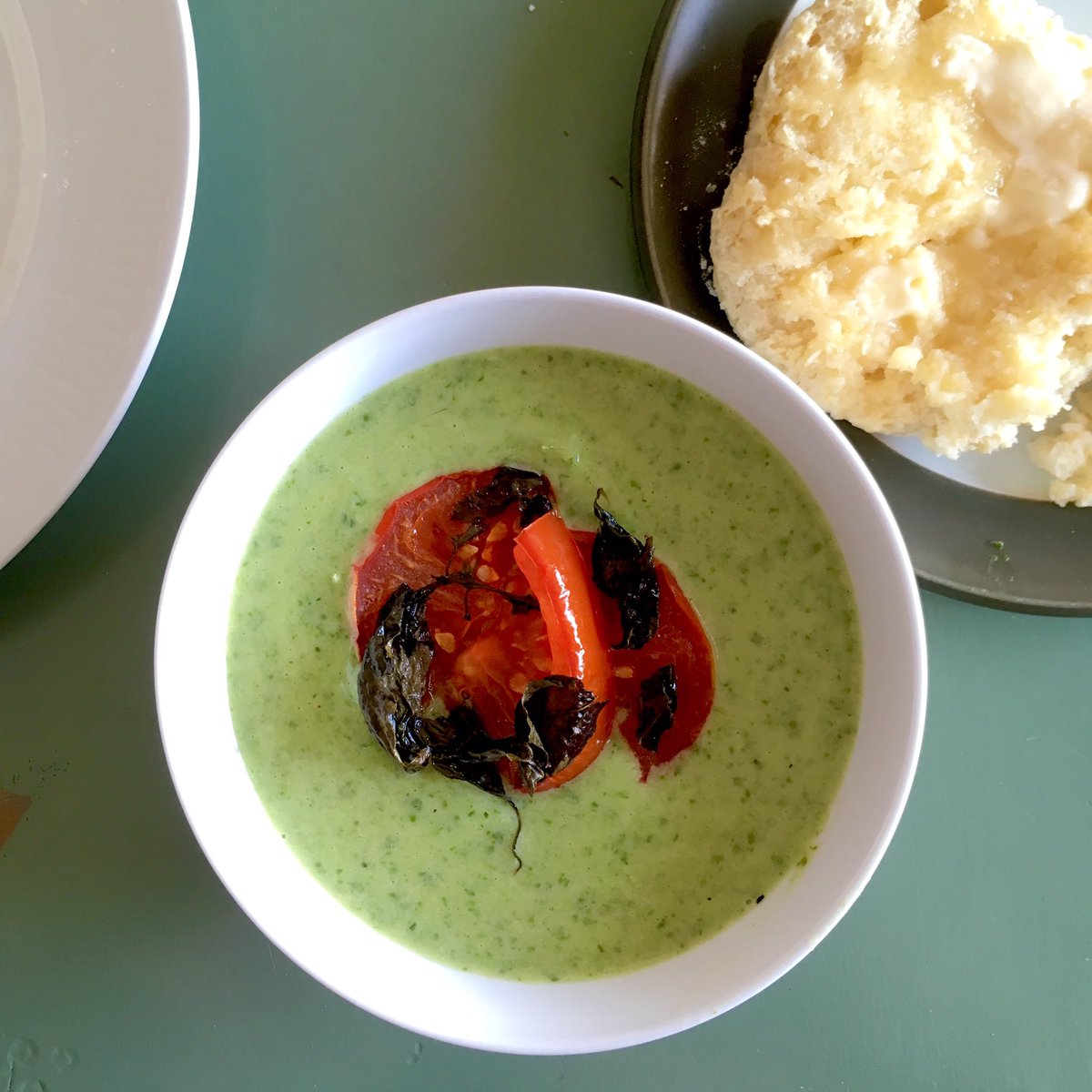
Creeping bellflower / Knölklocka / Campanula rapunculoides
A problematic garden weed, but I like it. Backwards-pointing sepals (foderblad).
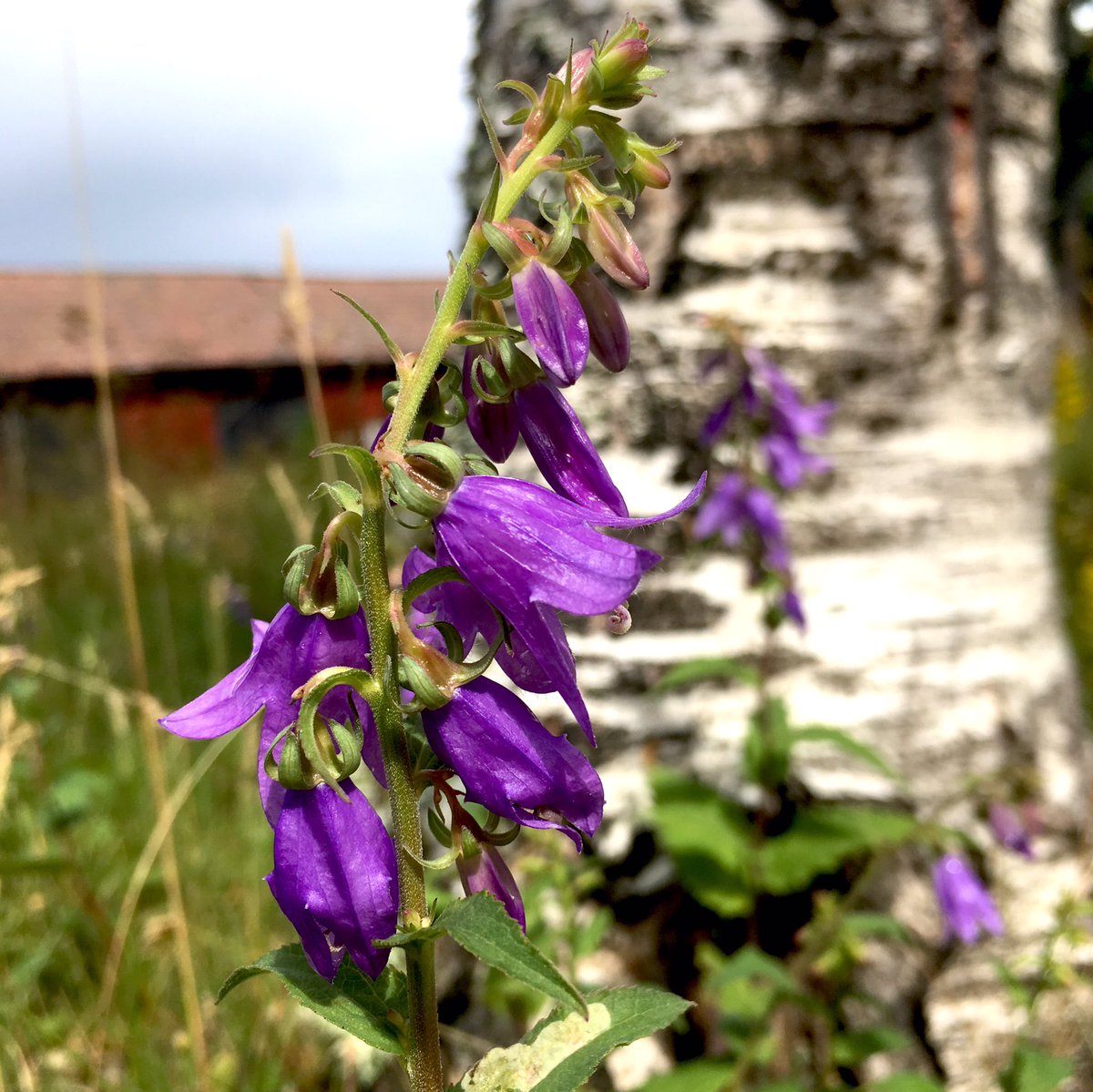
Red fescue / Rödsvingel / Festuca rubra
Common to the fescues, this has a one-sided panicle, but you can’t see that here. Leaves strongly folded/rolled. Usually with reddish tinge, hence the name.
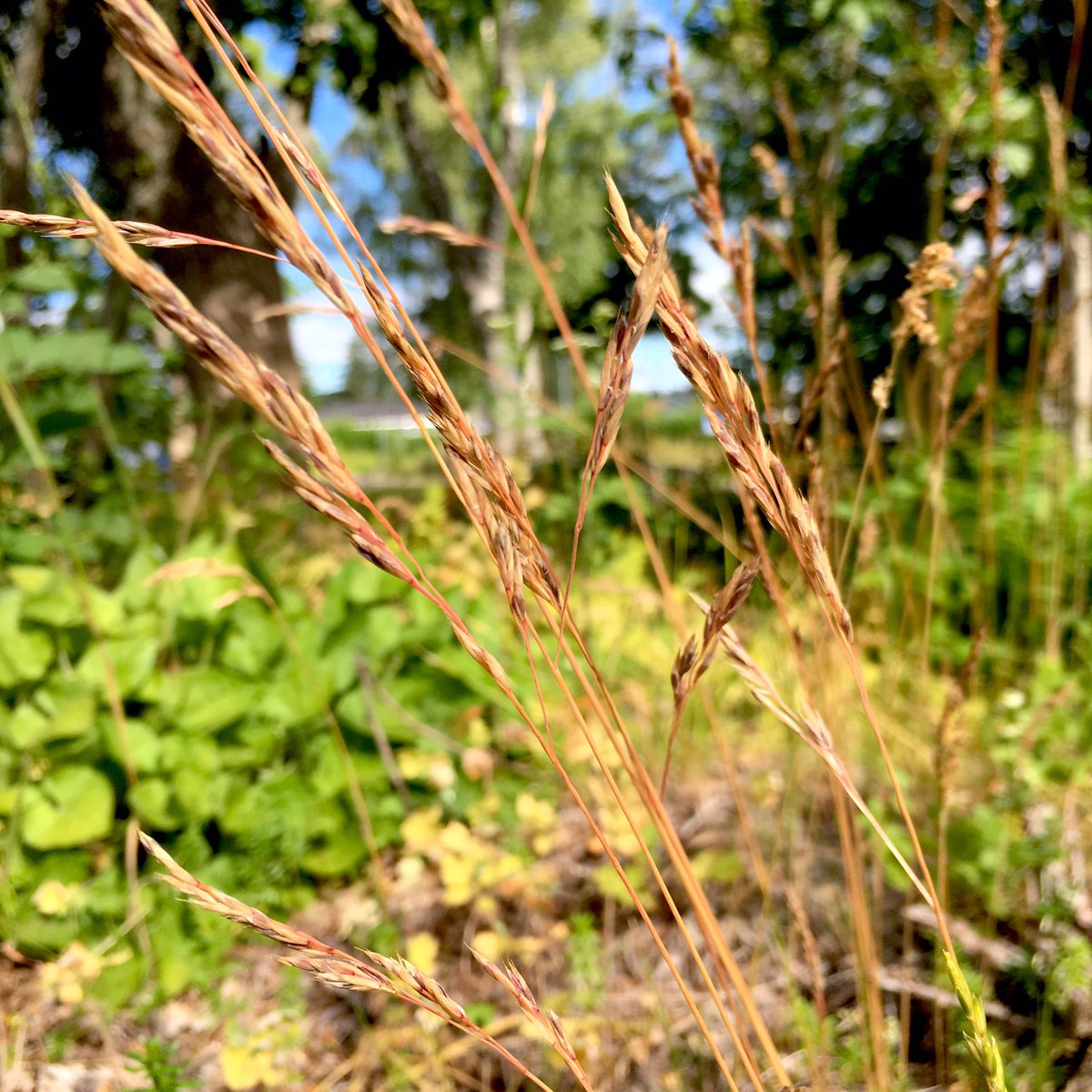
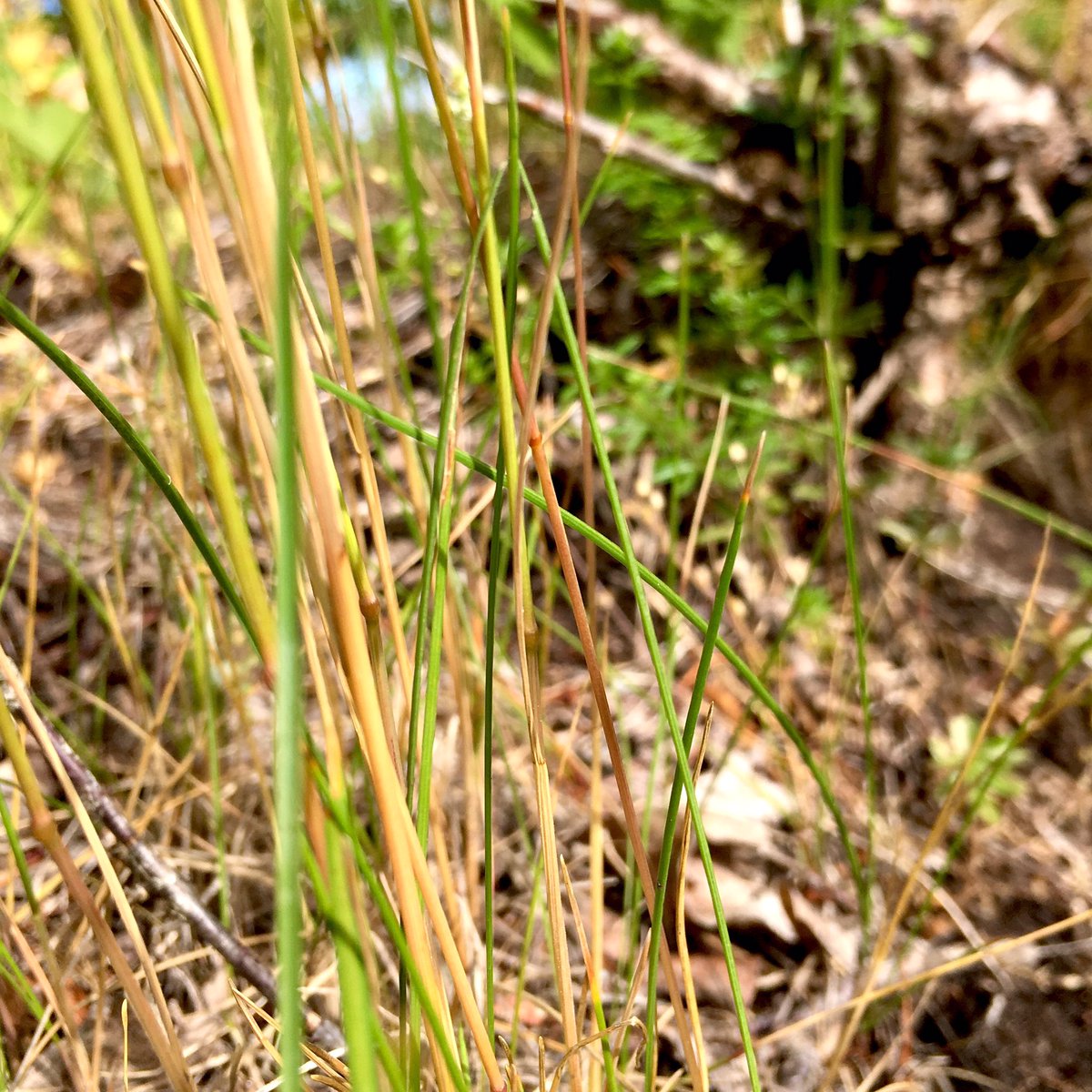
Hedge bedstraw / Stormåra / Galium mollugo
Bedstraws can be recognised by their four-petalled flowers and whorls of leaves on the stem. This one is very common, has white flowers and 6-8 (or more) leaves per whorl.
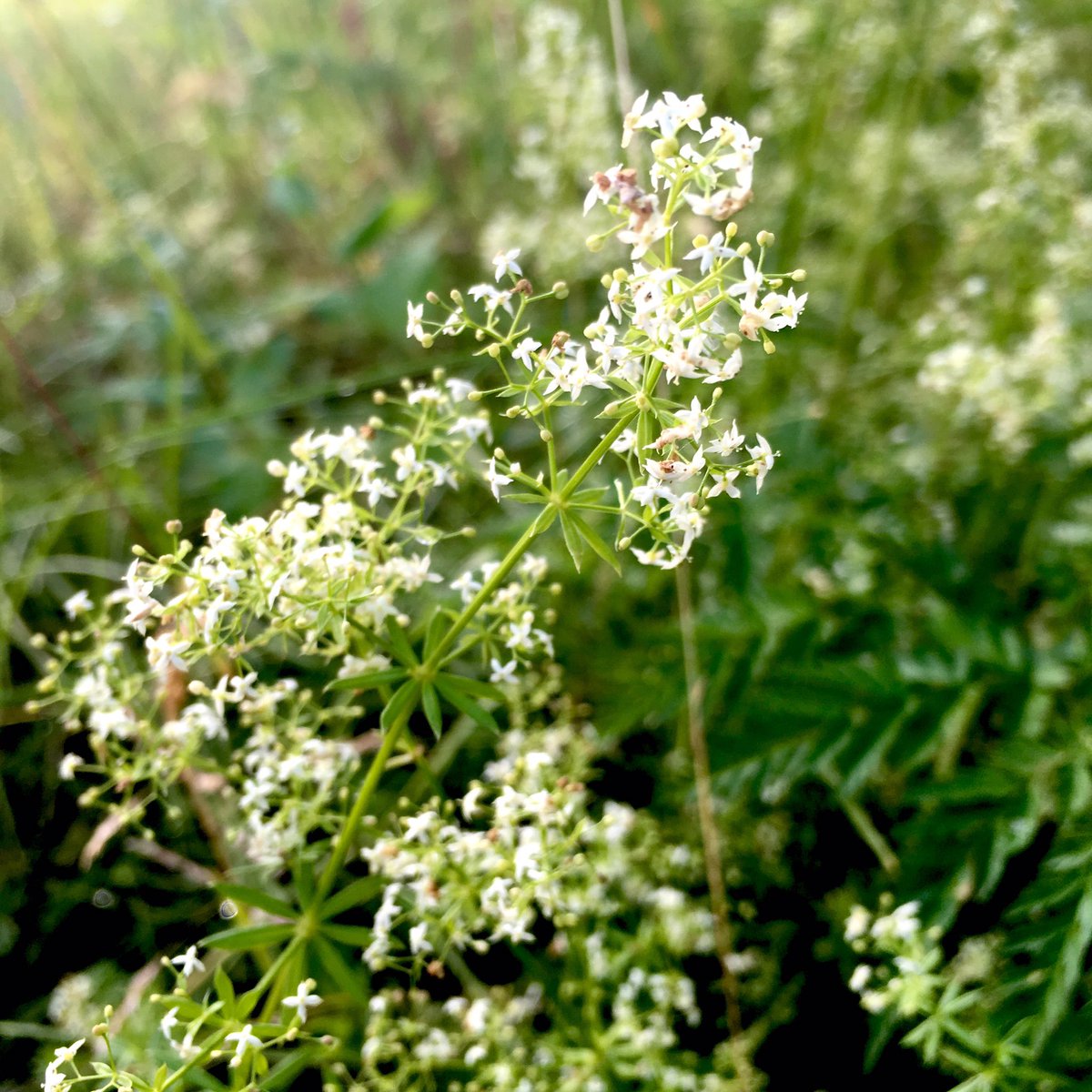
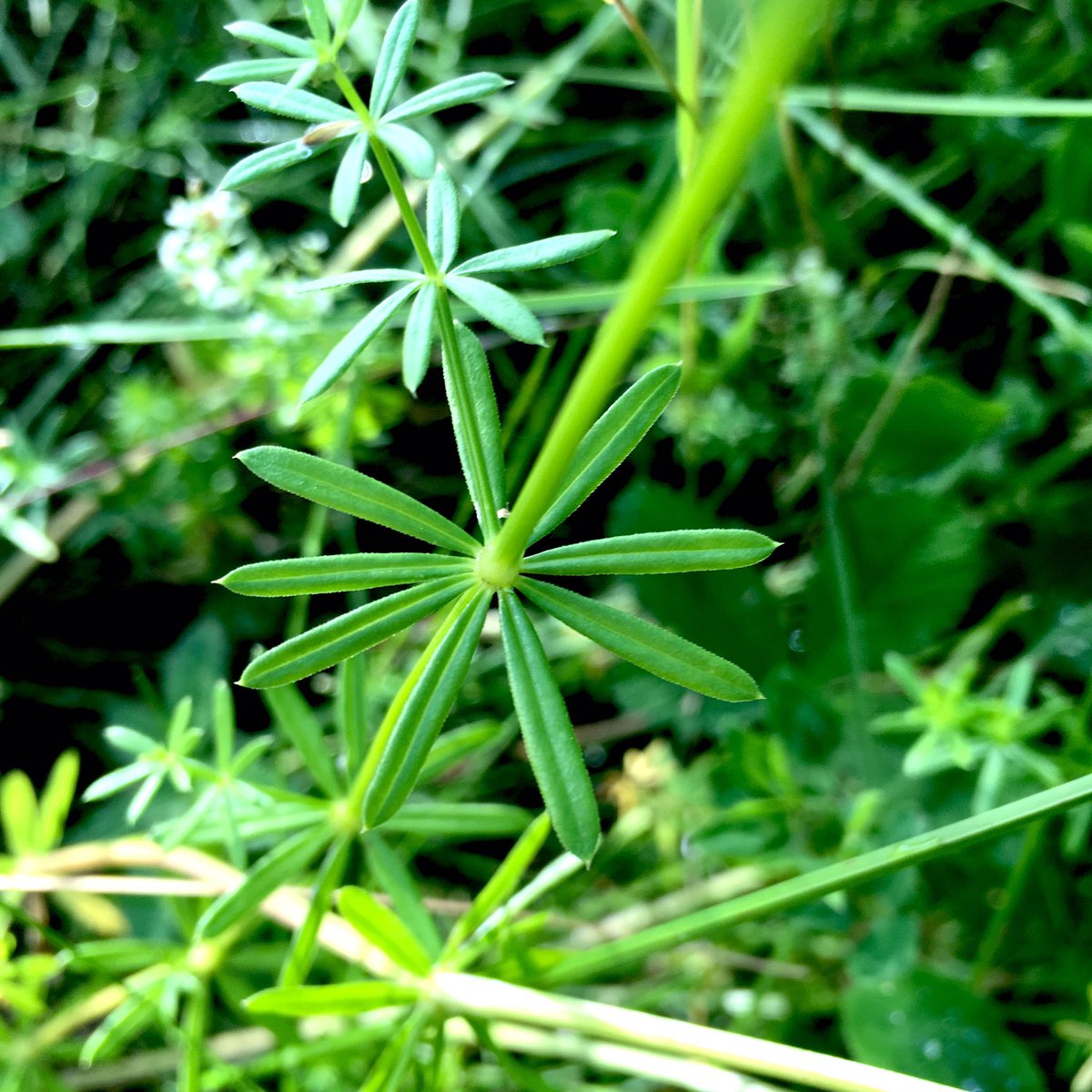
Lady’s bedstraw / Gulmåra / Galium verum
This bedstraw was actually used as straw for beds. It has yellow flowers and several needle-like leaves in each whorl.
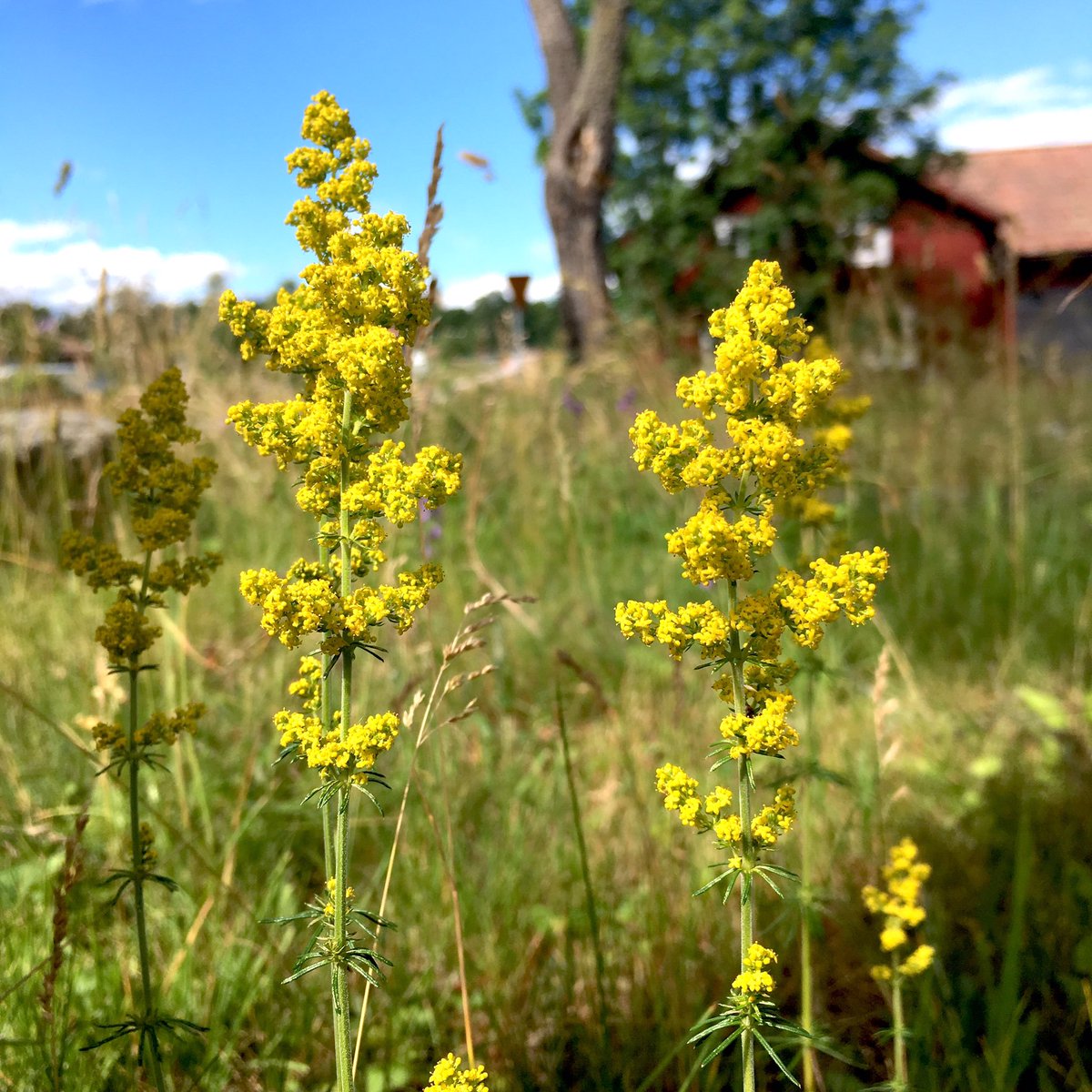
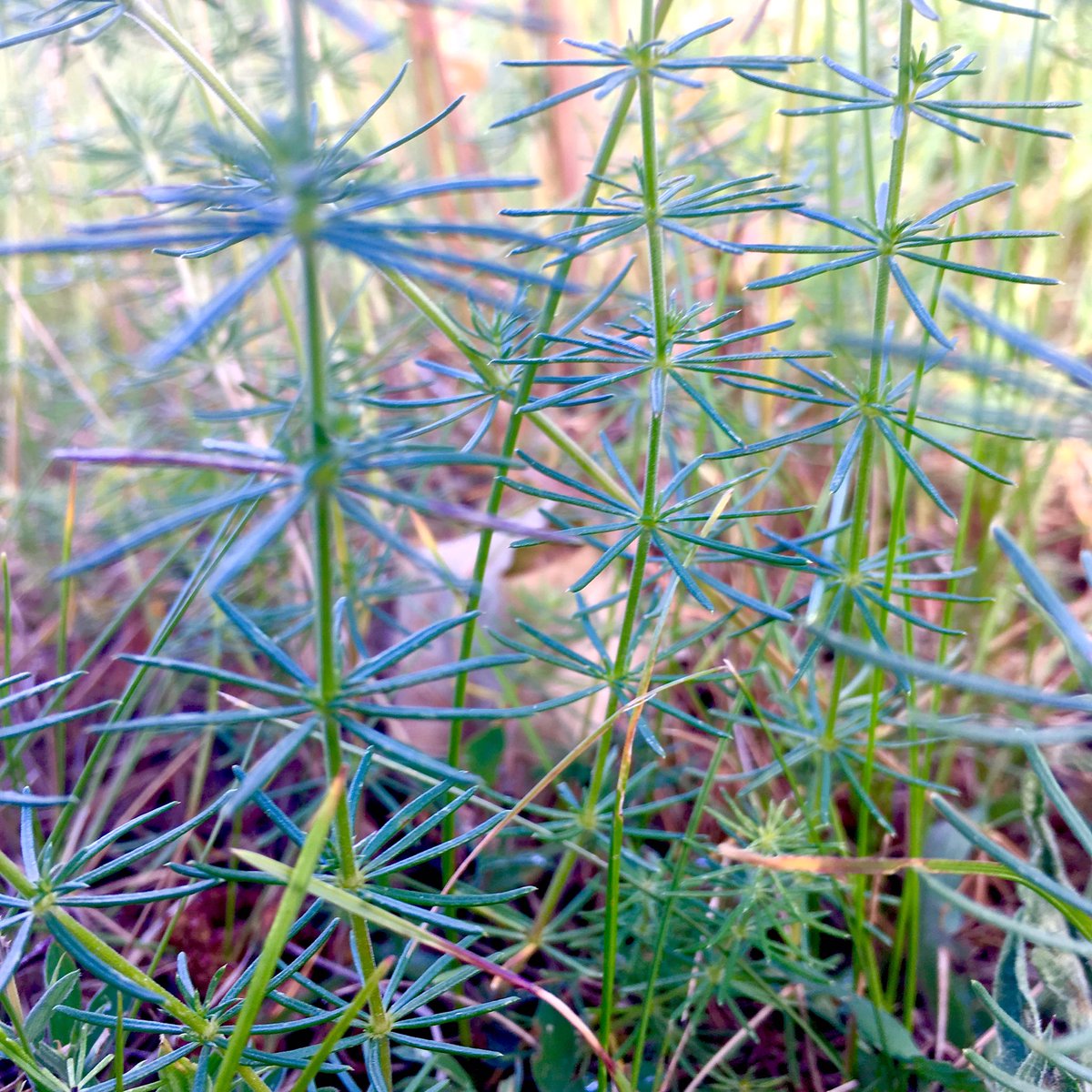
Cock’s foot / Hundäxing / Dactylis glomerata
Large, easily-recognisable grass. The Swedish name apparently comes from the fact that dogs can stick the thick panicle down their throat when they want to vomit. I have never observed this.
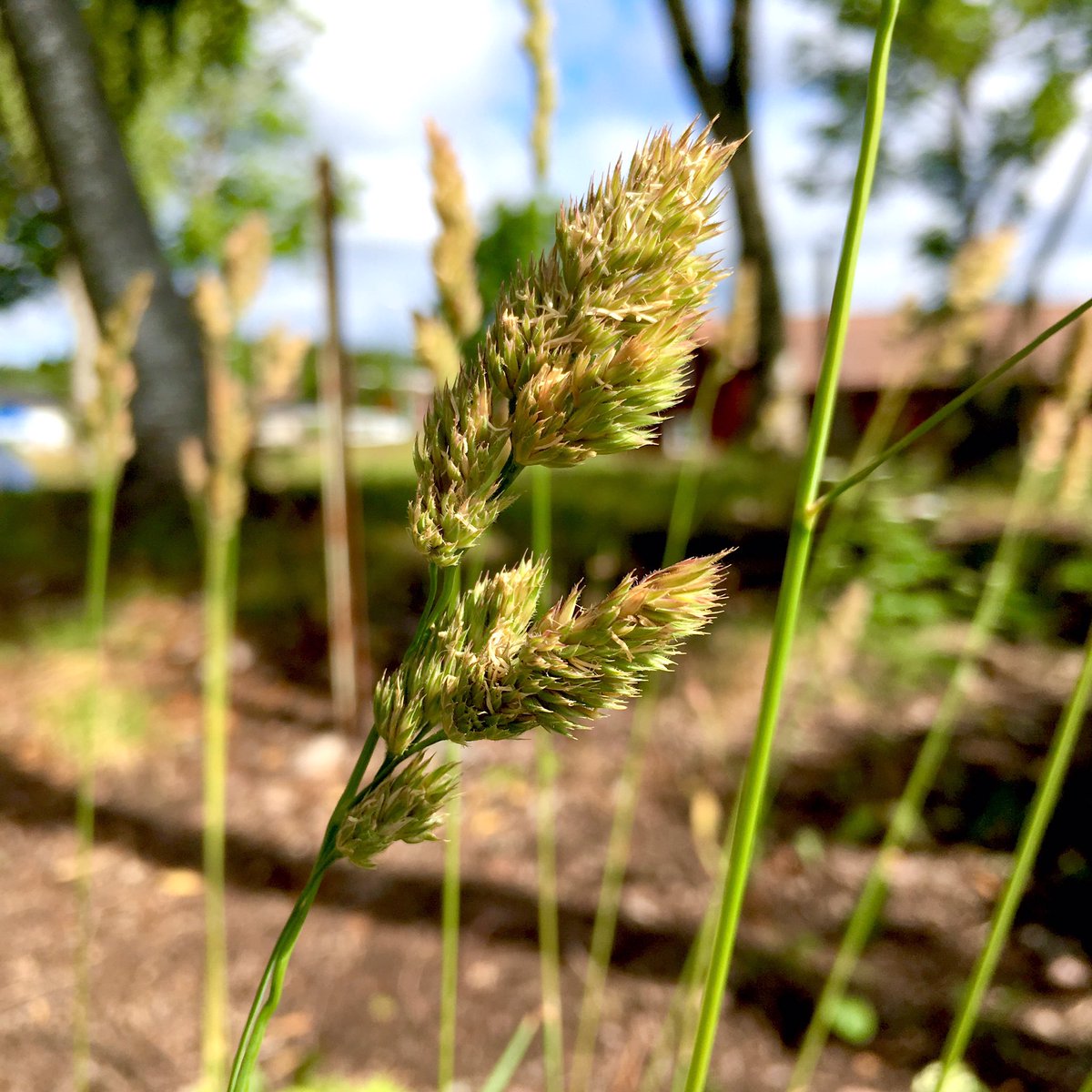
Parsnip / Palsternacka / Pastinaca sativa
An Apiaceae with small, yellow flowers. Pull it up and find a (small) parsnip. Loads of this growing on the roadsides around the village at the moment, but I didn’t notice it last year.
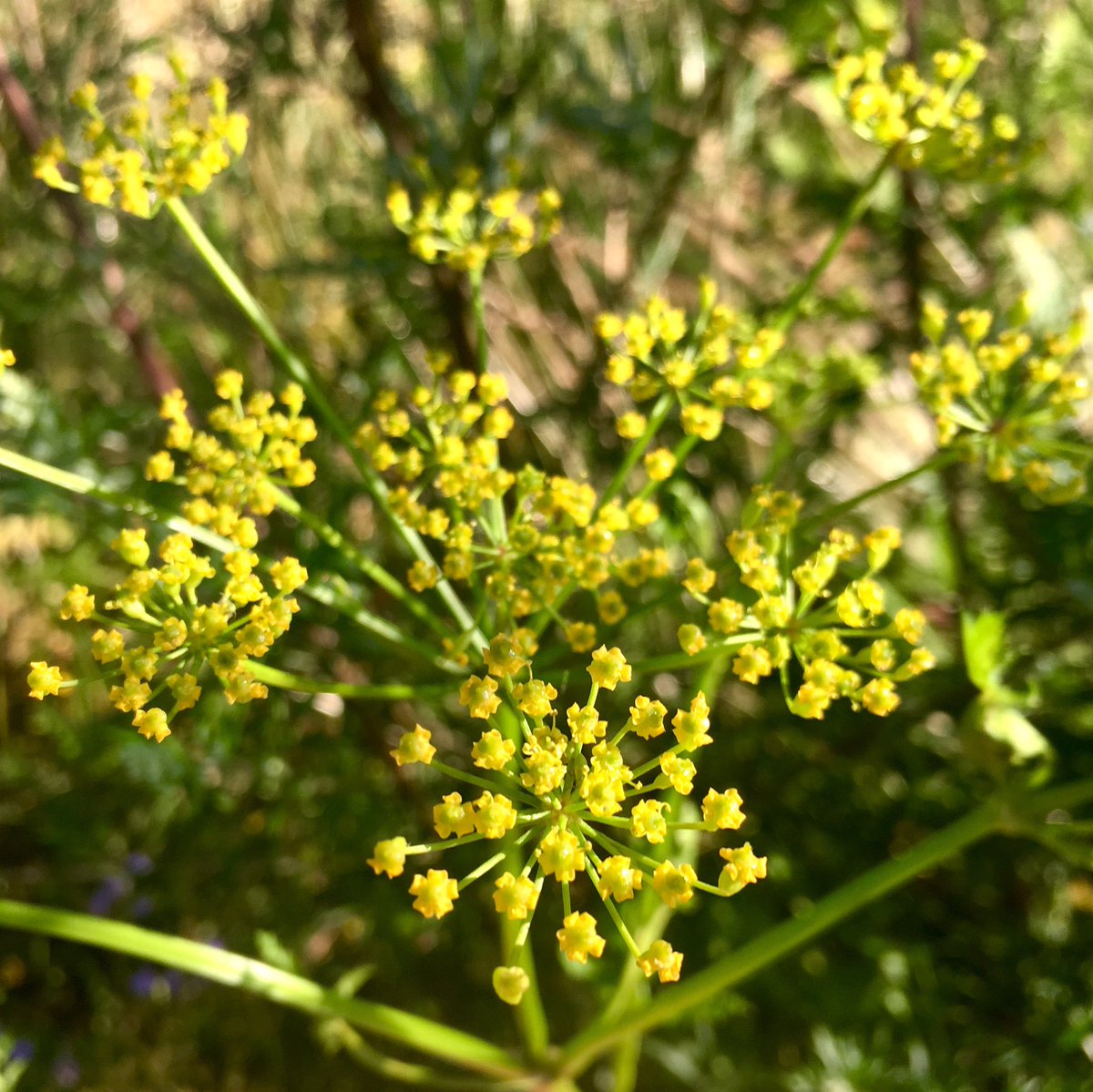
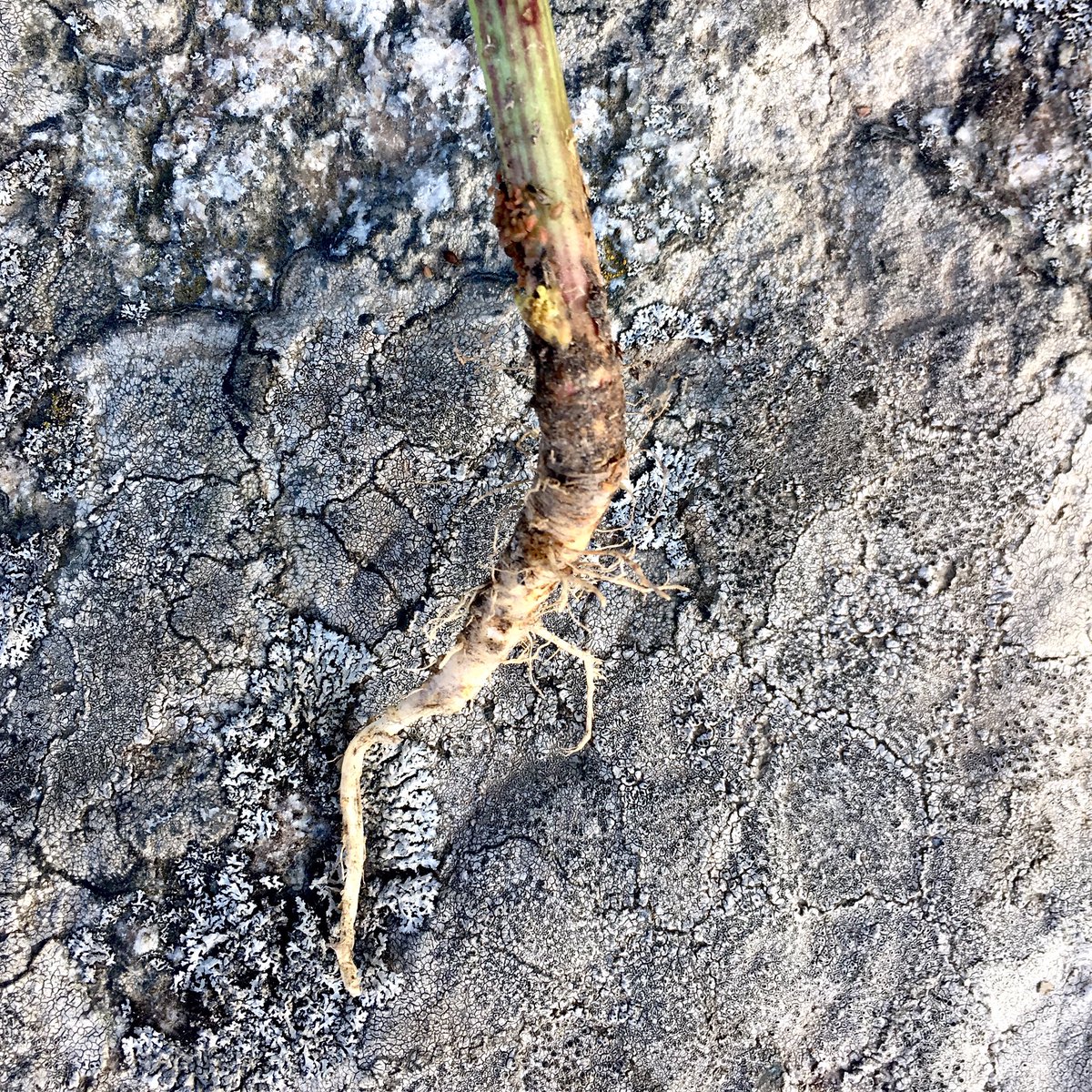
Selfheal / Brunört / Prunella vulgaris
This little purple flower can survive even the most determined of lawnmowers.
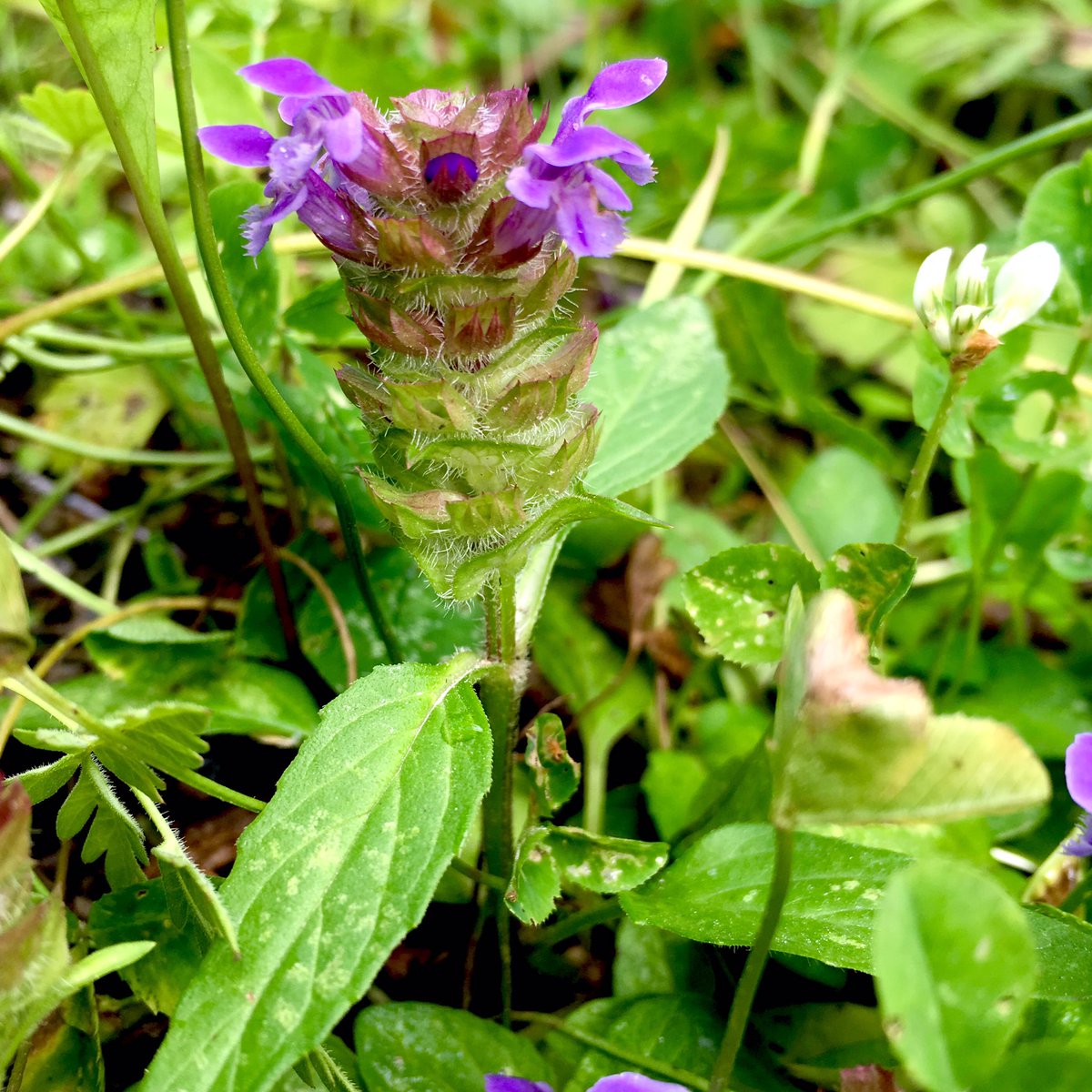
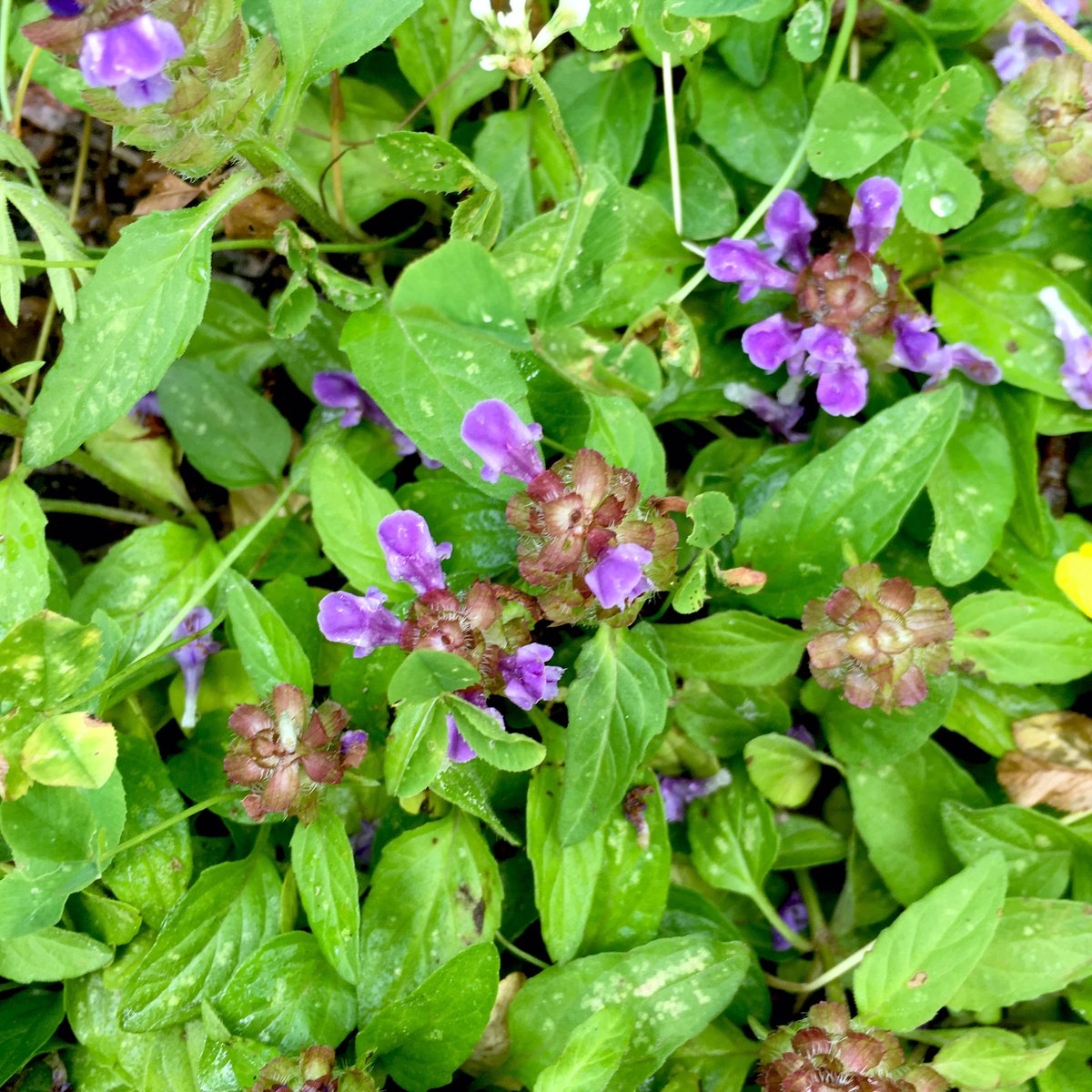
Wood avens / Nejlikrot / Geum urbanum
The plants are a common sight near paths, and the hooked and hairy seeds are a common sight on clothes (and on cats).
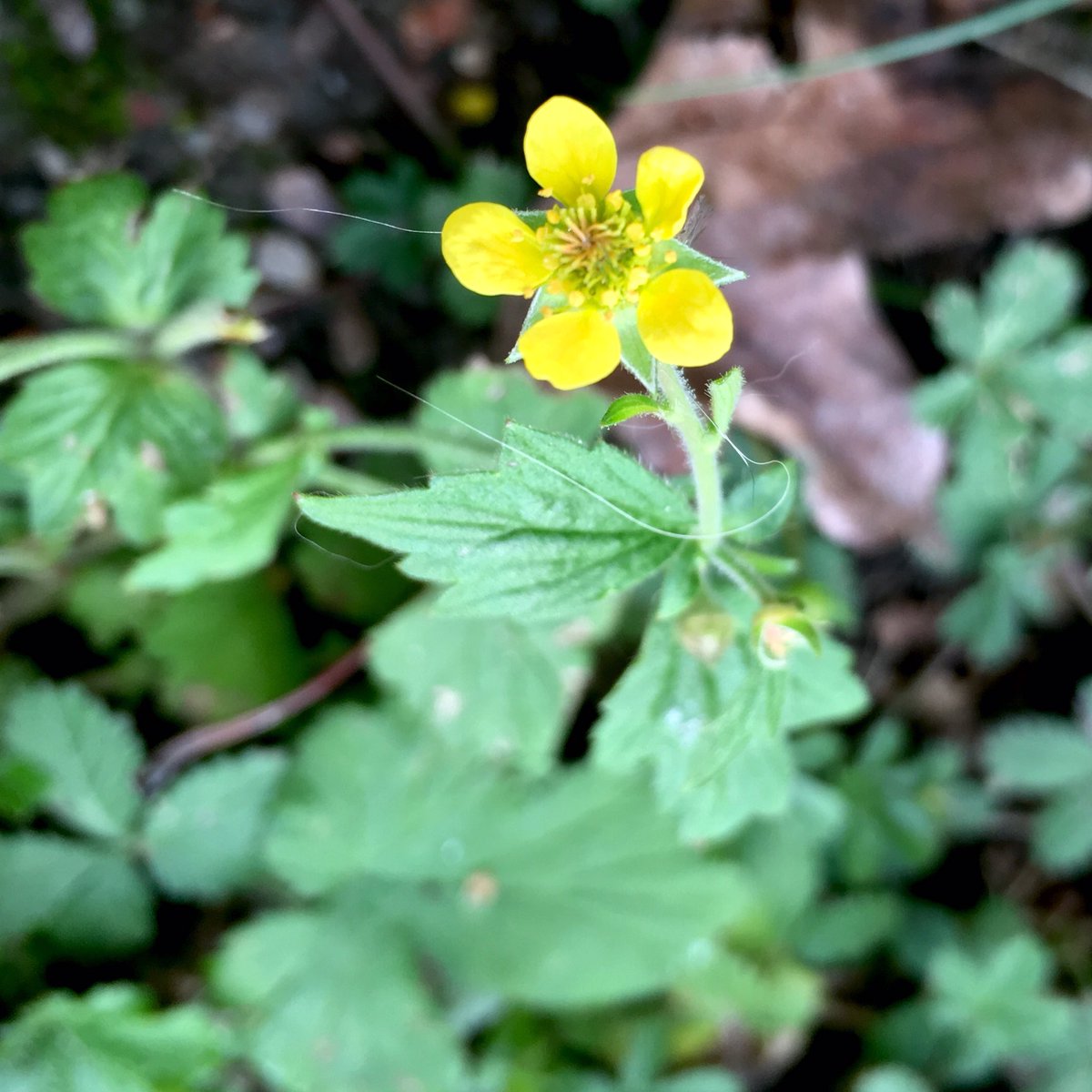
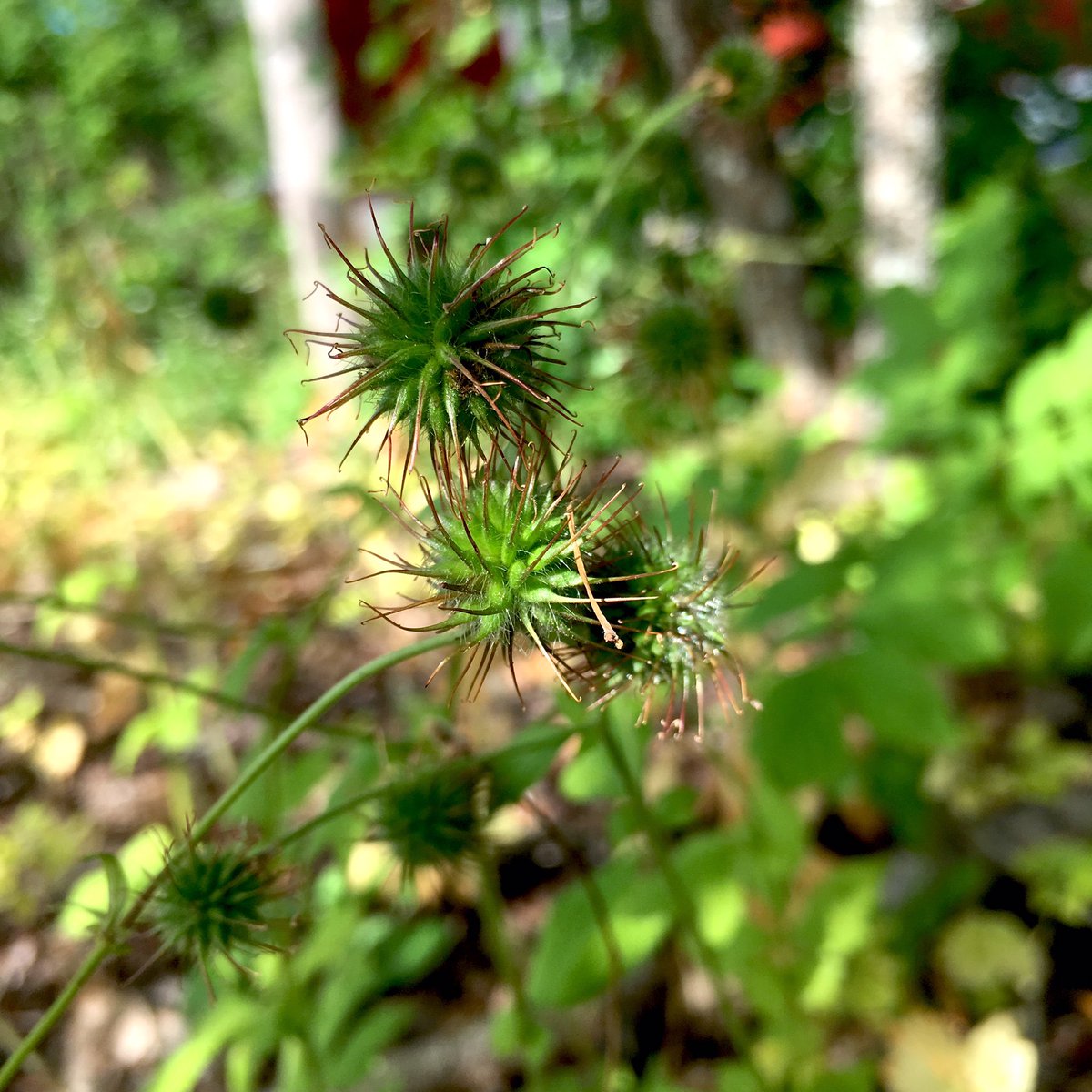
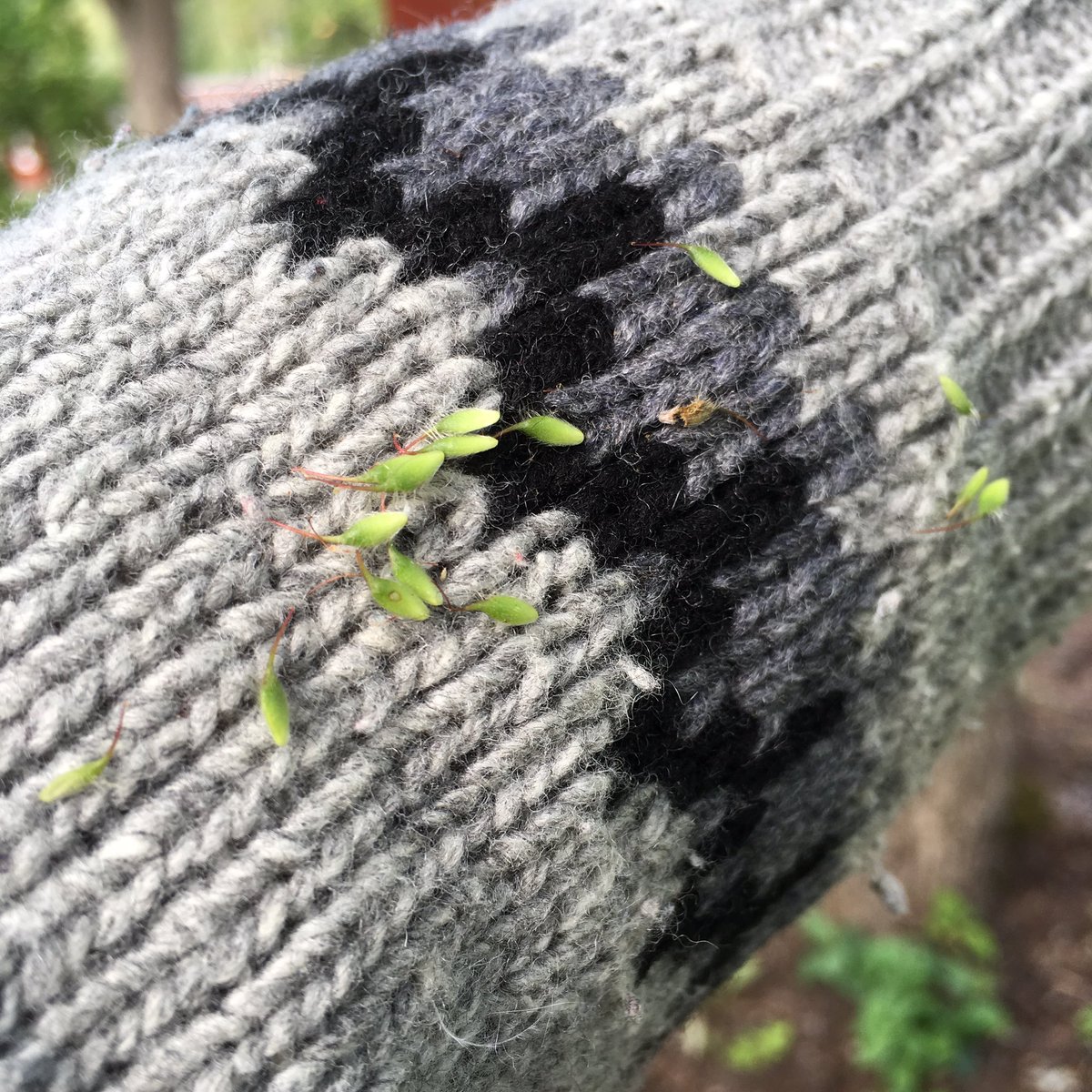
Common dandelion / Ogräsmaskrosor / Taraxacum Sect. Taraxacum
Delightful weeds with wonderful seeds.
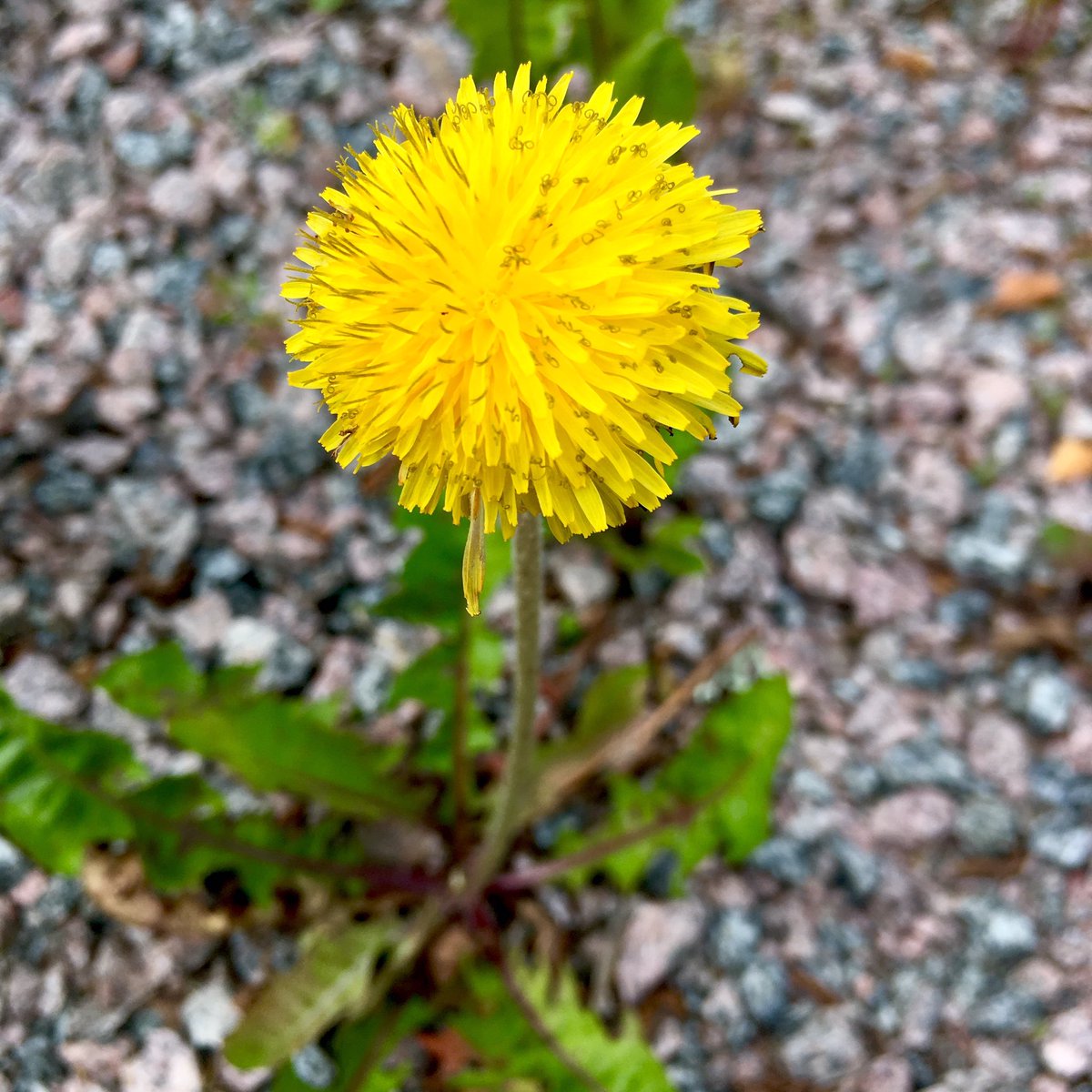
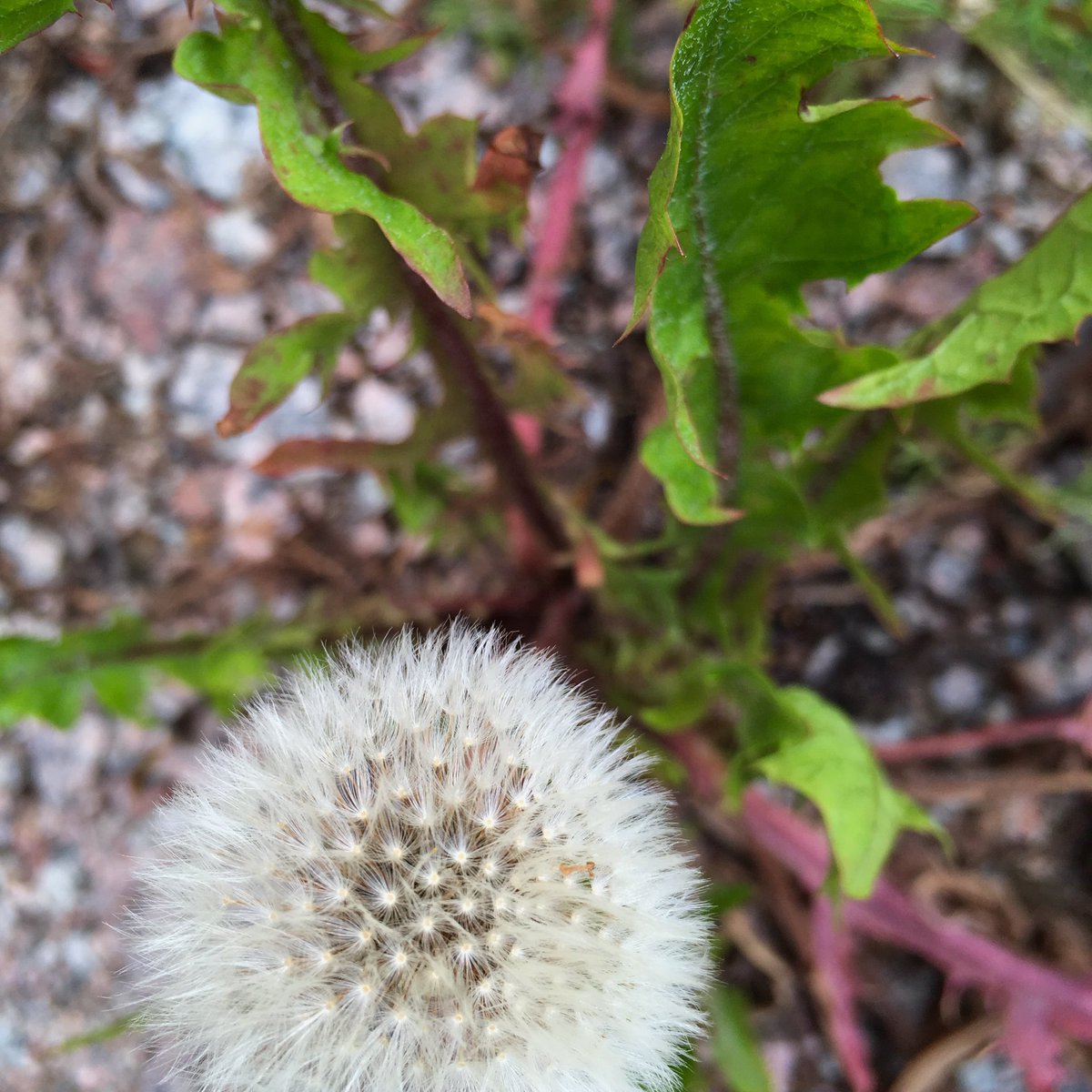
Annual meadow-grass / Vitgröe / Poa annua
I think I read once that this is one of our planet’s most successful plants. It’s small and can be easy to miss, like in this photo.
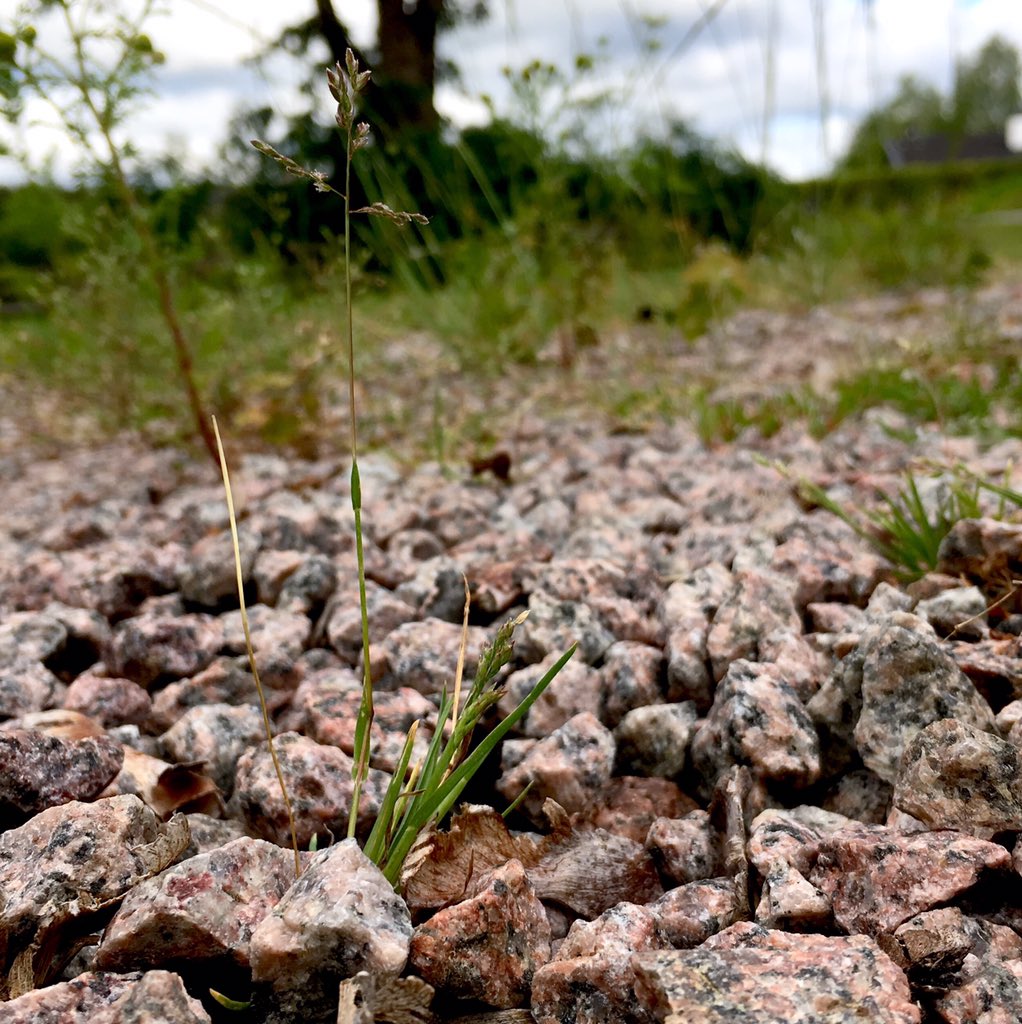
White clover / Vitklöver / Trifolium repens
Another common lawn species because it’s low growing and spreads itself out. The first of a few clovers in the garden.
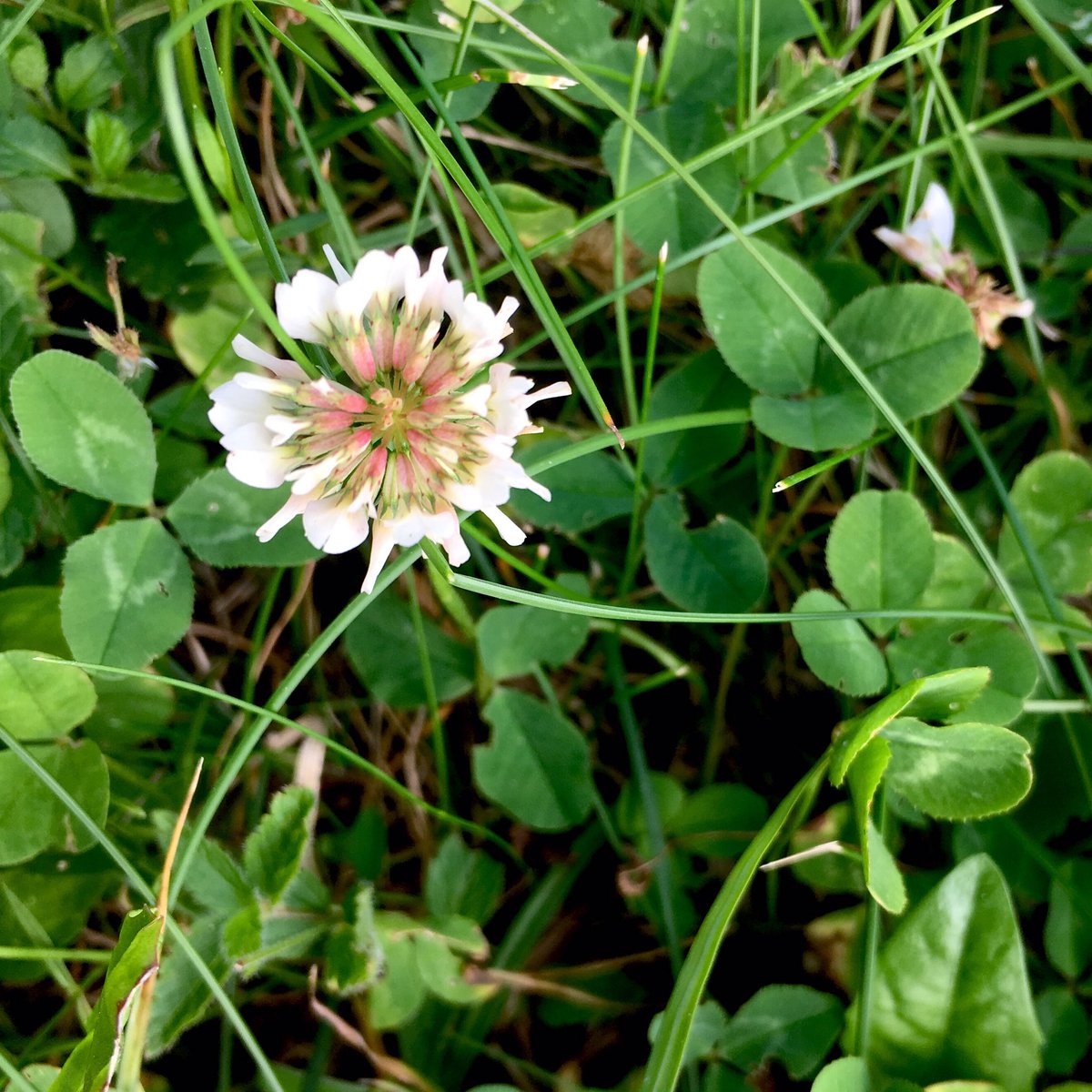
Red clover / Rödklöver / Trifolium pratense
Continuing with the clovers, red clover grows on the grassy slope rather than the lawn. It has red-pink flowers, and usually has a white triangle/chevron on each leaflet.
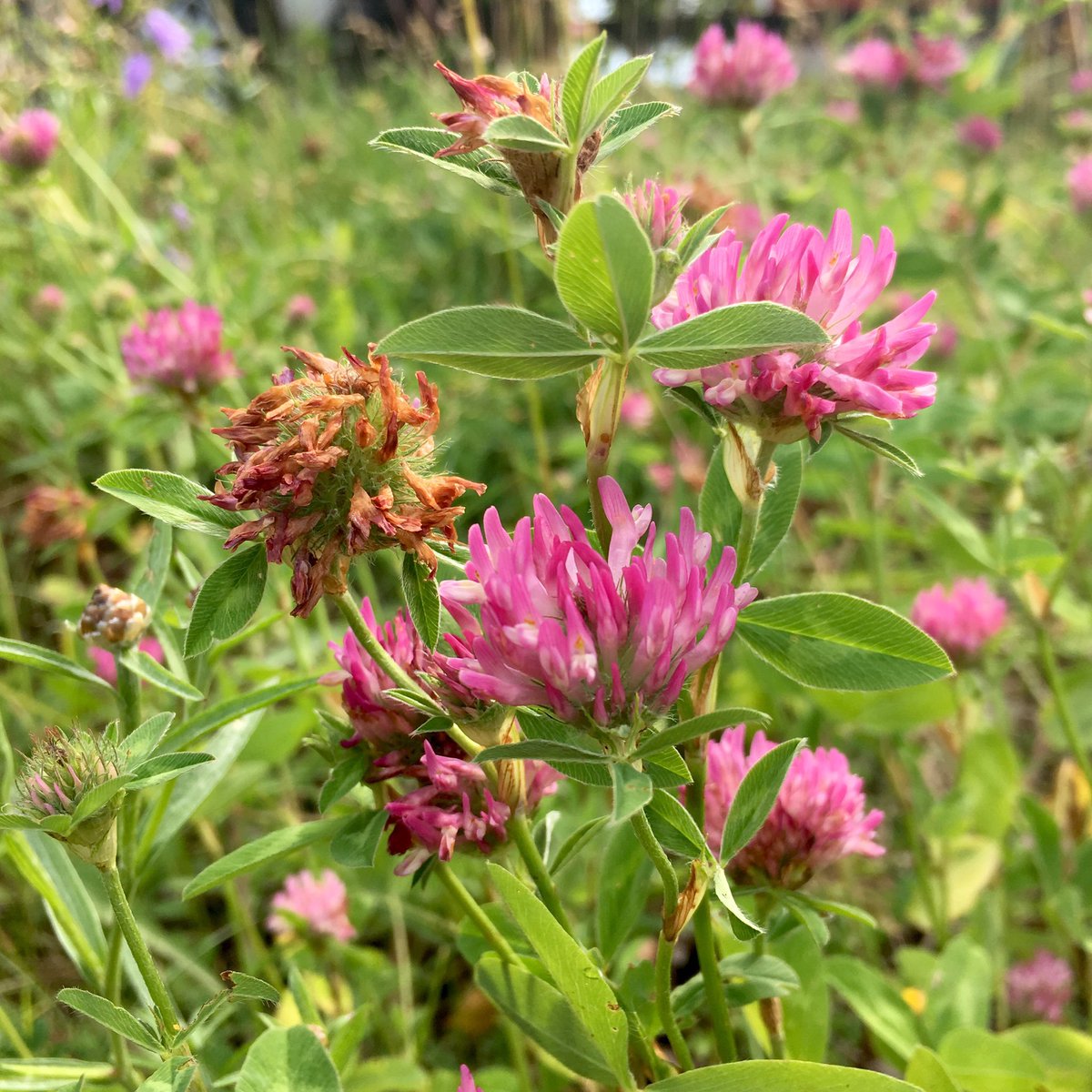
Zigzag clover / Skogsklöver / Trifolium medium
Similar-coloured flowers to 👆🏻, but with darker, more elongated leaflets (with no white mark) and the plant spreads out to cover the ground. Not exactly a forest species, as the Swedish name would imply.
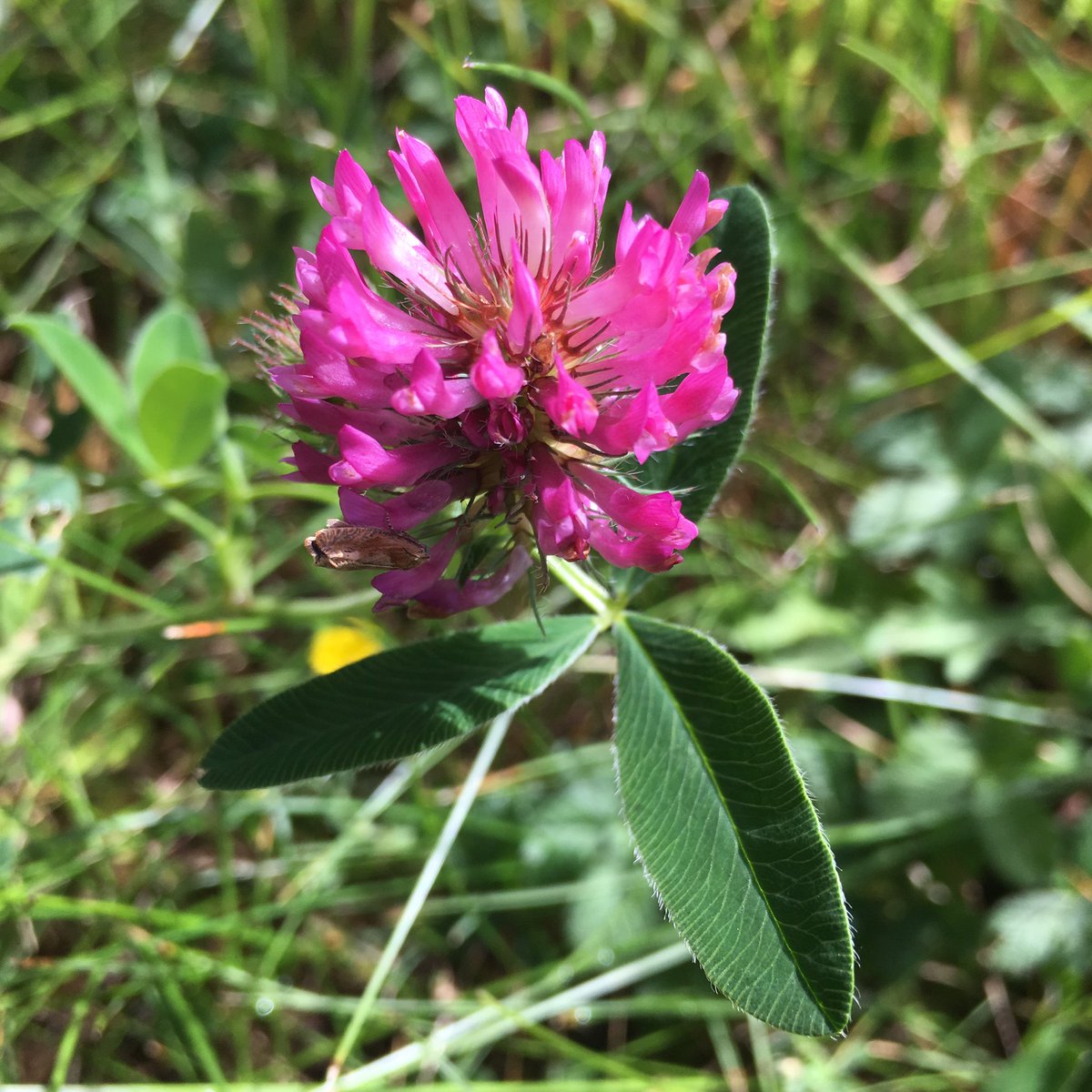
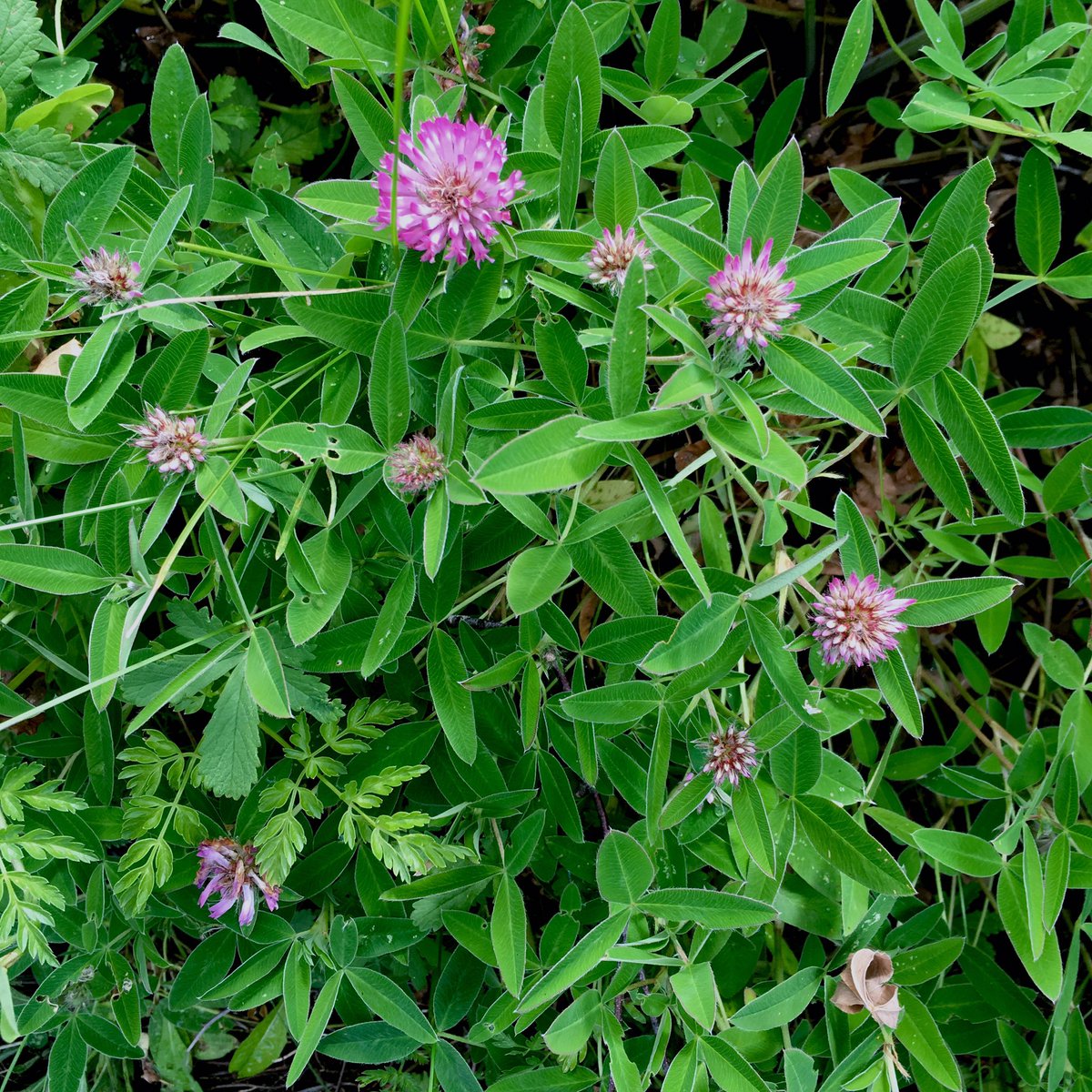
Hare’s foot clover / Harklöver / Trifolium arvense
The last clover in the garden is a real favourite of mine. Delightfully fluffy and seems to be having a good year on the dry slopes where it often grows.
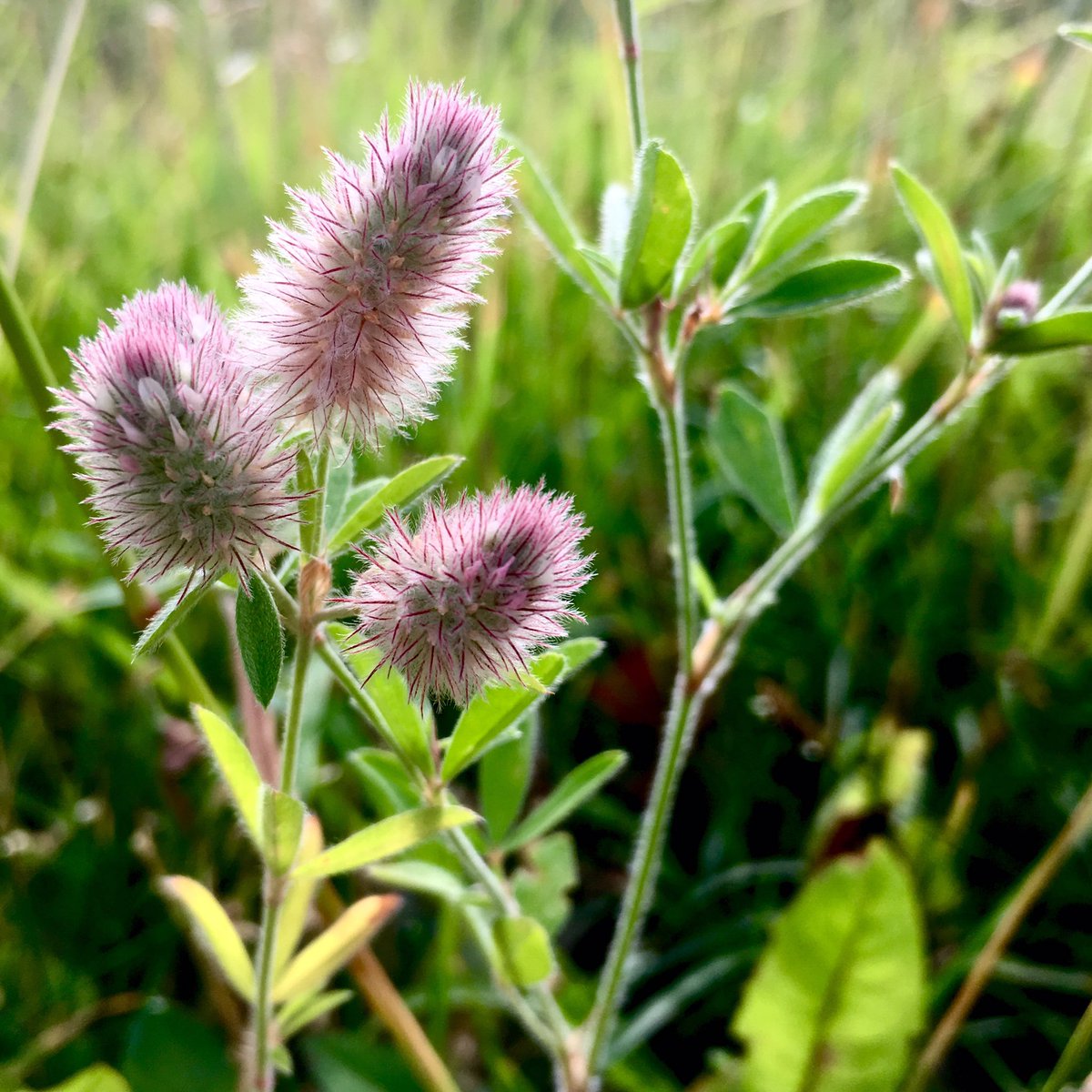
Common columbine / Ackleja / Aquilegia vulgaris
Featured in a Swedish folk song about plants found “out in our pasture”, but possibly more commonly seen on roadsides. This one has finished flowering so here’s a (predated?) seed head.
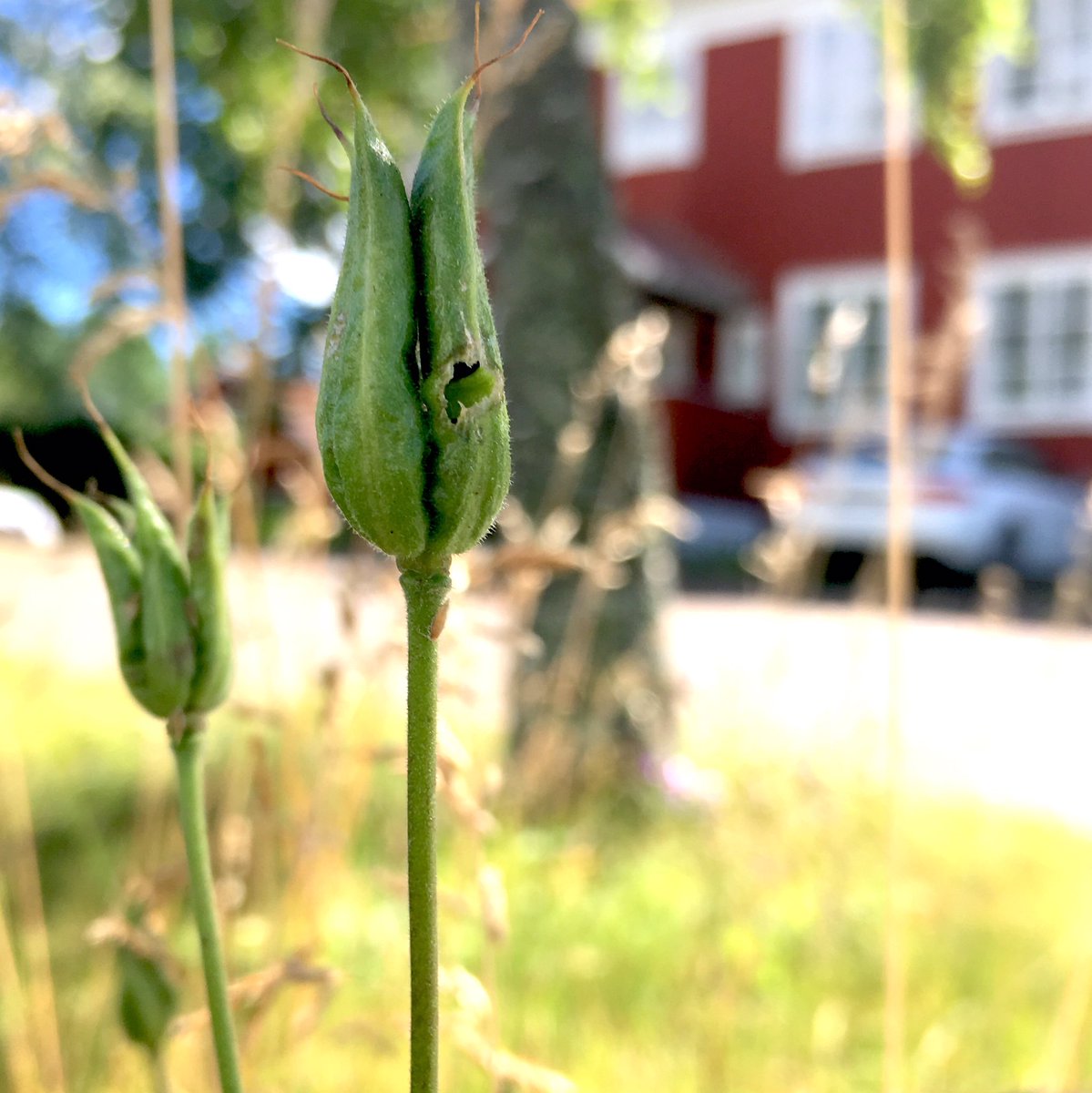
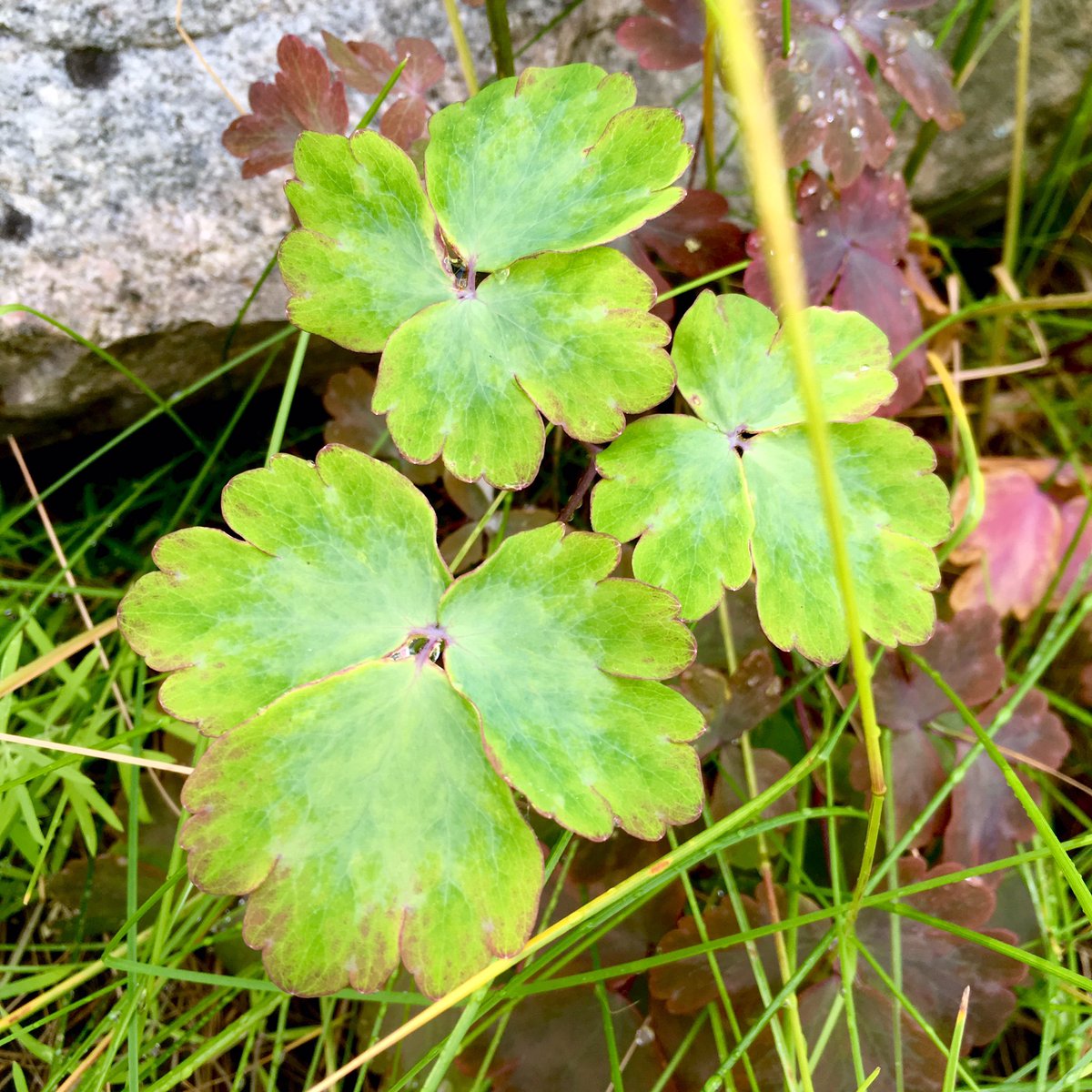
Goat’s beard / Ängshaverrot / Tragopogon pratensis
This plant was part of Carl von Linné‘s flower clock, because The yellow flower head closes just after lunch. The seed heads are wonderfully large (this one looking to avoid the chop).
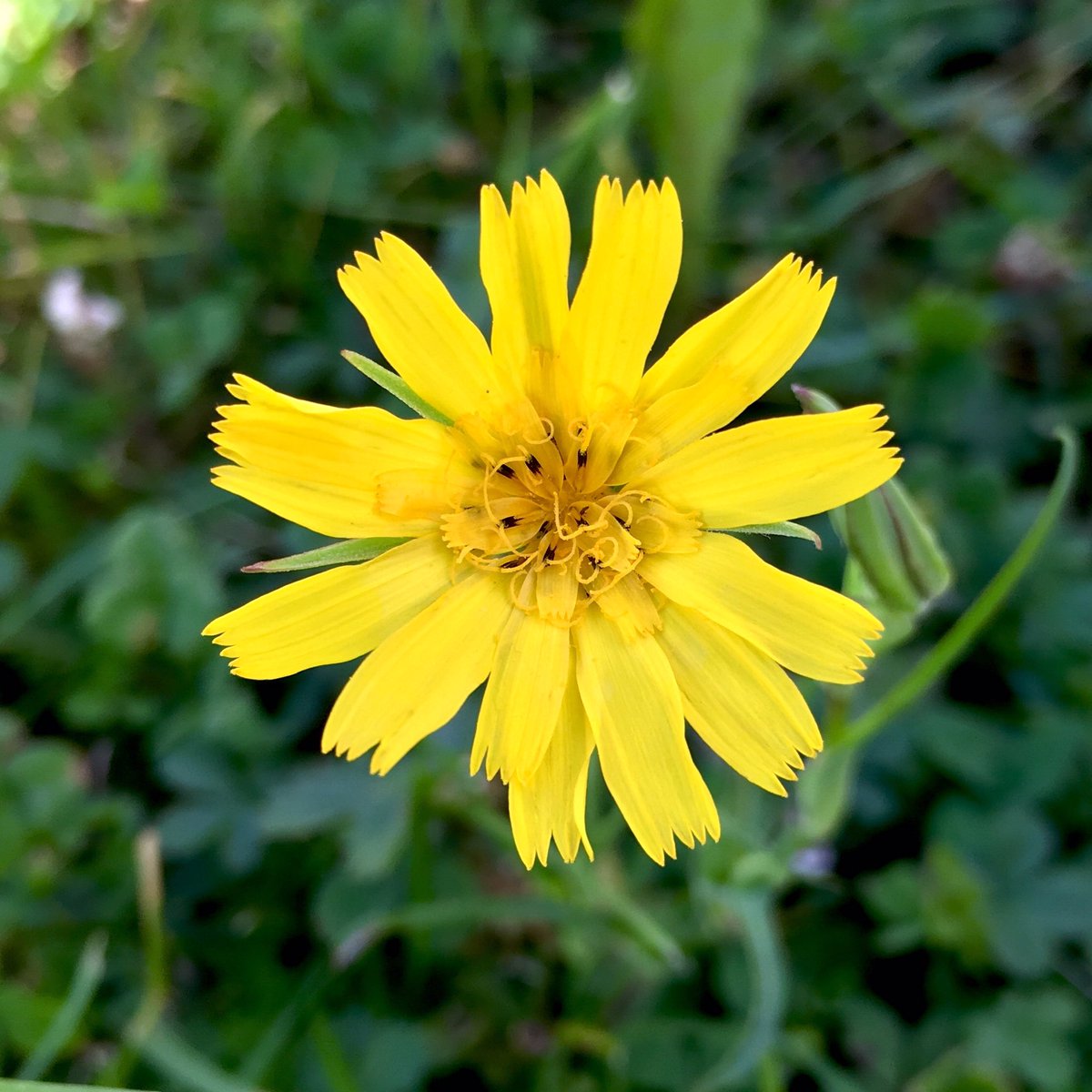
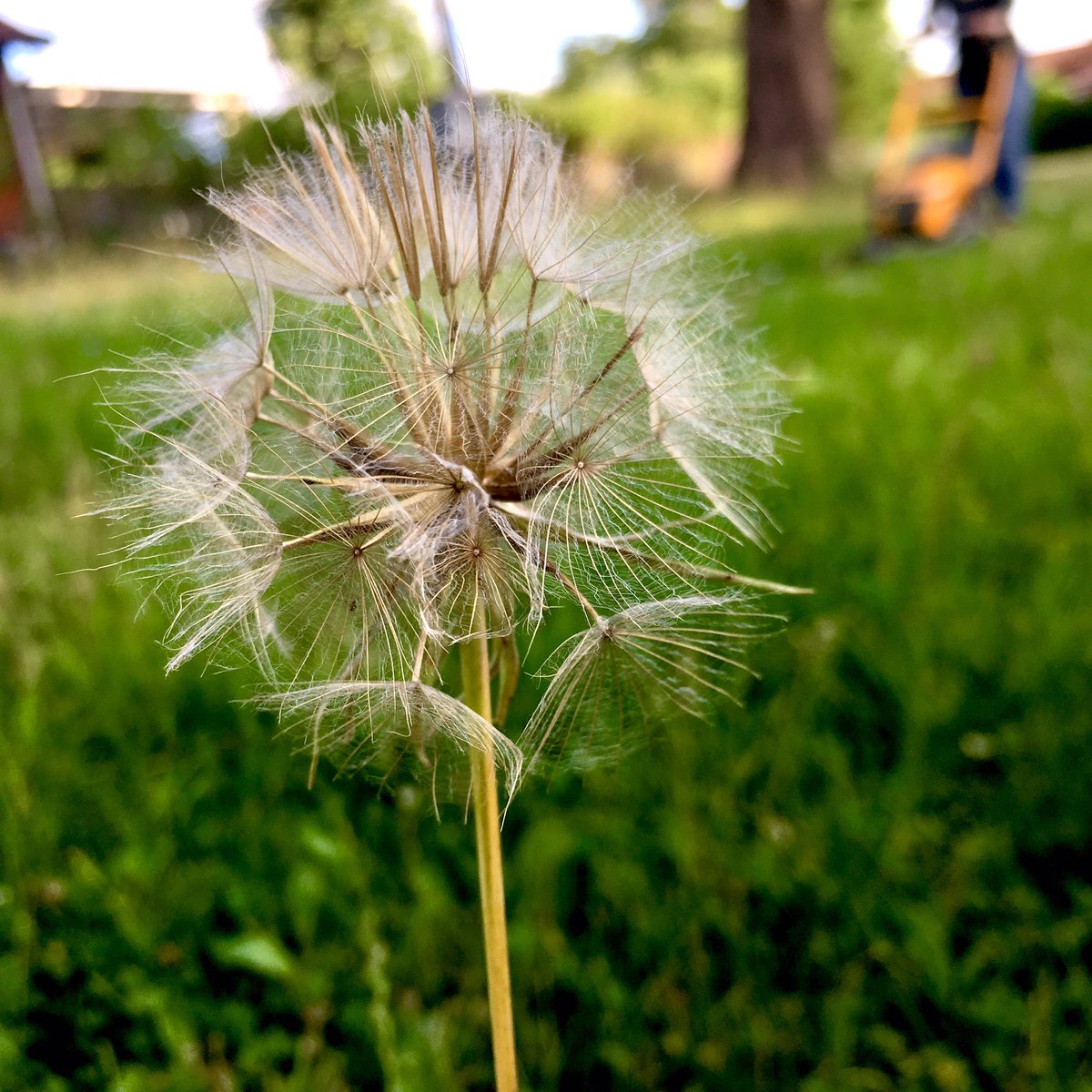
Black bent / Storven / Agrostis gigantea
It hardly gives one confidence when even the key stresses how difficult two species are to tell apart. So this could be A. stolonifera, but I went for gigantea because I couldn’t see any above-ground runners.
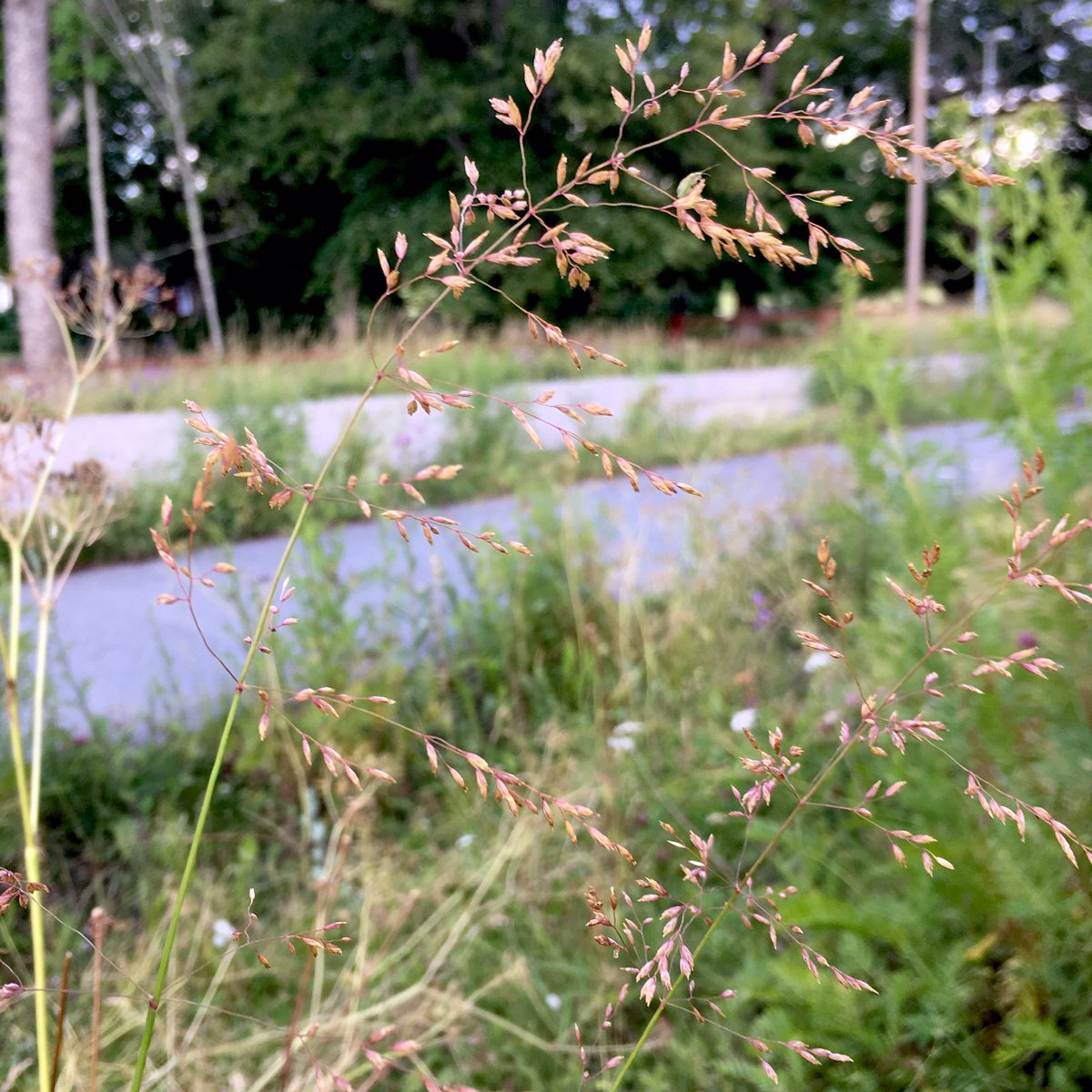
Creeping buttercup / Revsmörblomma / Ranunculus repens
Low-growing and spreading, with a stem on each leaf’s central lobe. If you hold a flower below your chin and it reflects yellow on your neck, it means that you like butter. #fact
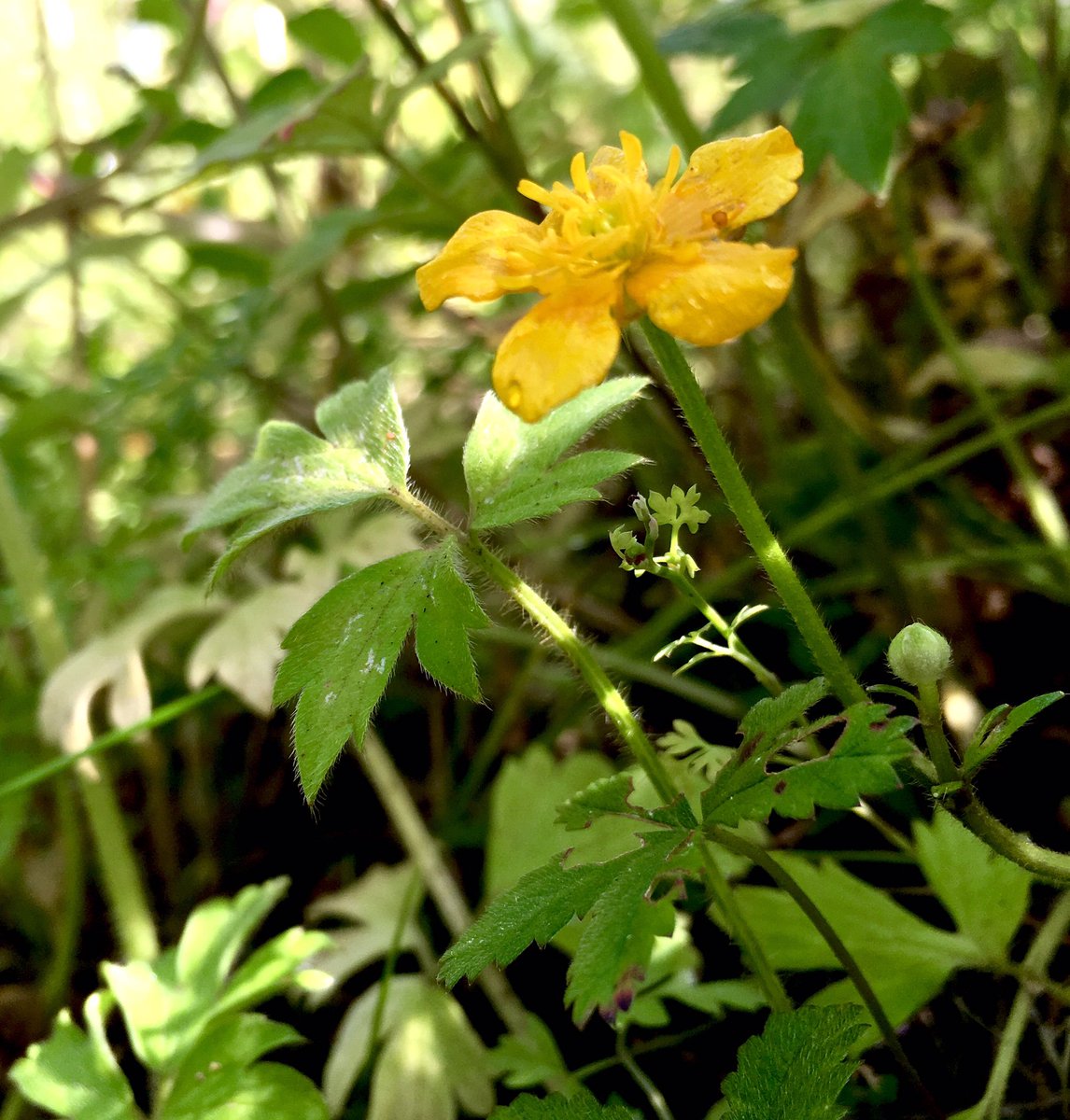
Hairy rock-cress / Lundtrav / Arabis hirsuta
This turned up after I cleared the top of the bomb shelter. Flowers (now long gone) are white with four petals.
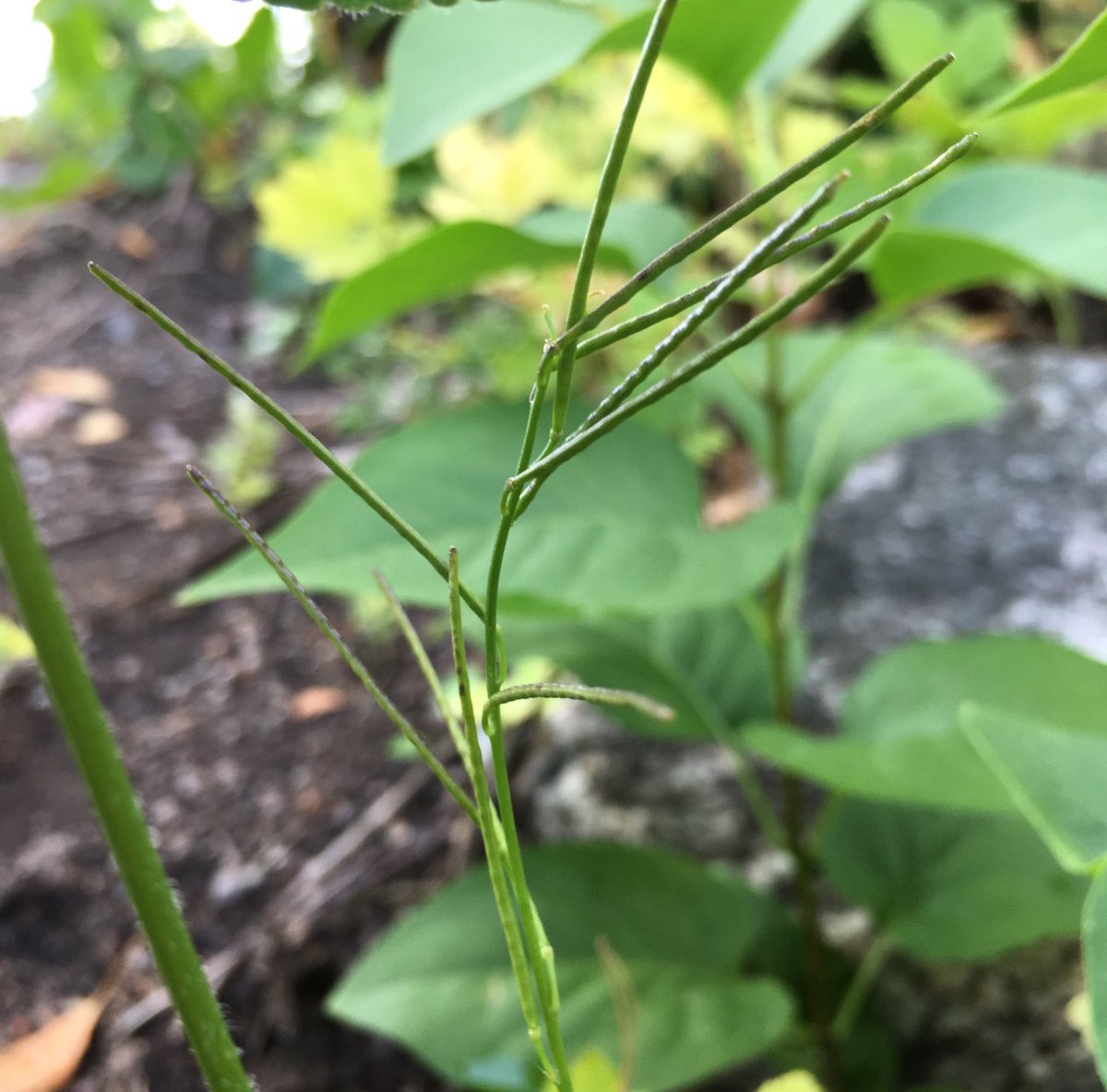
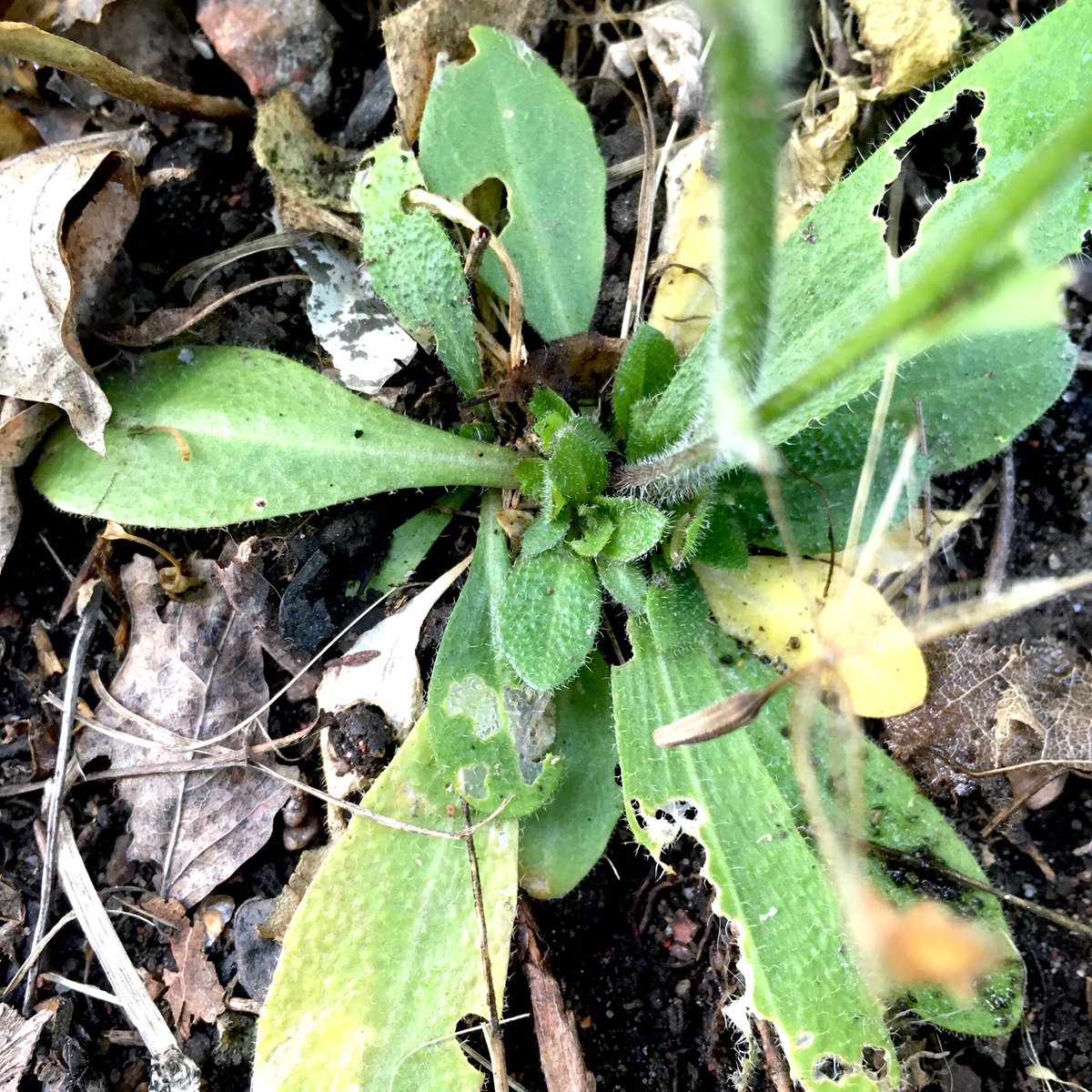
Wall speedwell / Fältveronika /Veronica arvensis
Hiding on the gravel behind the old bench.
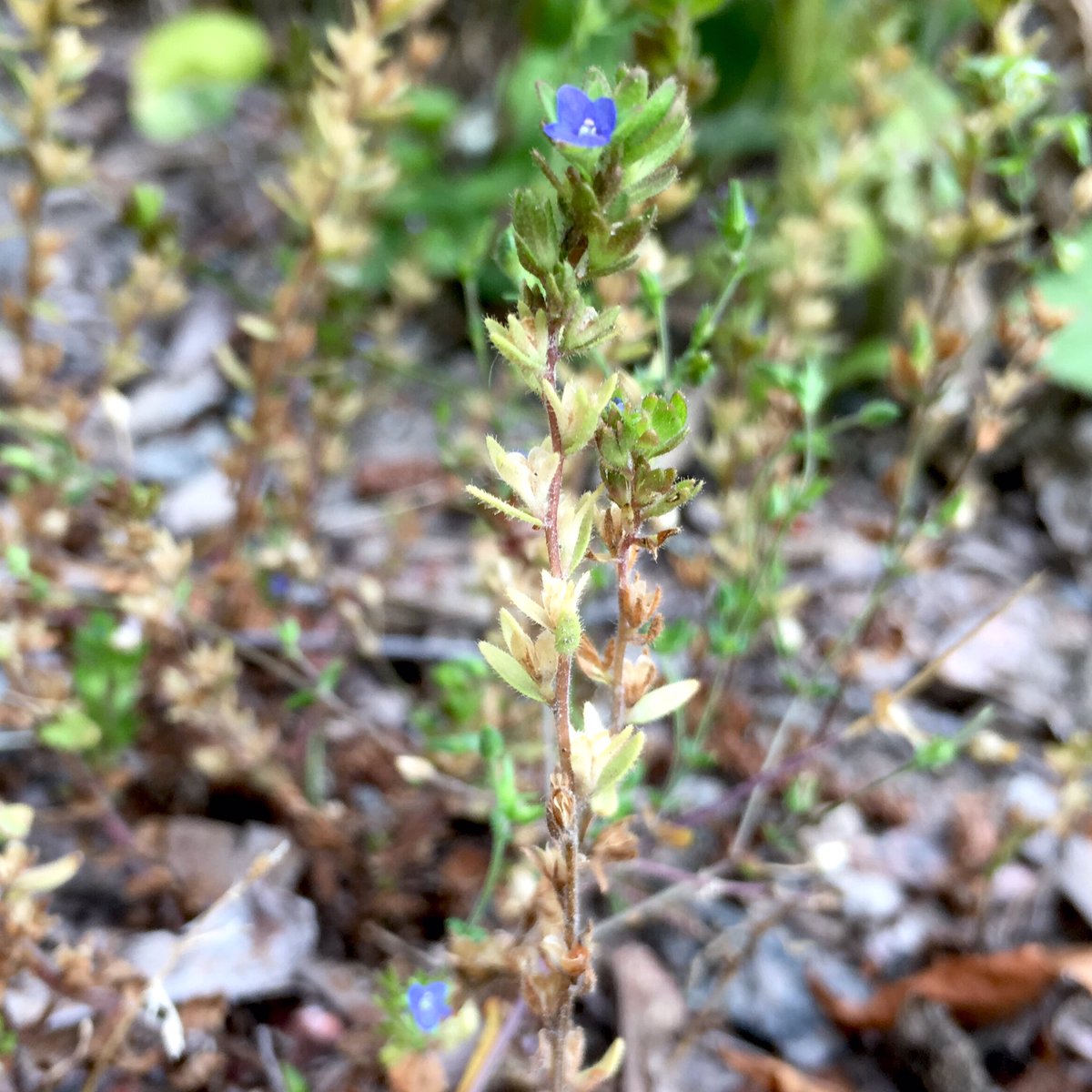
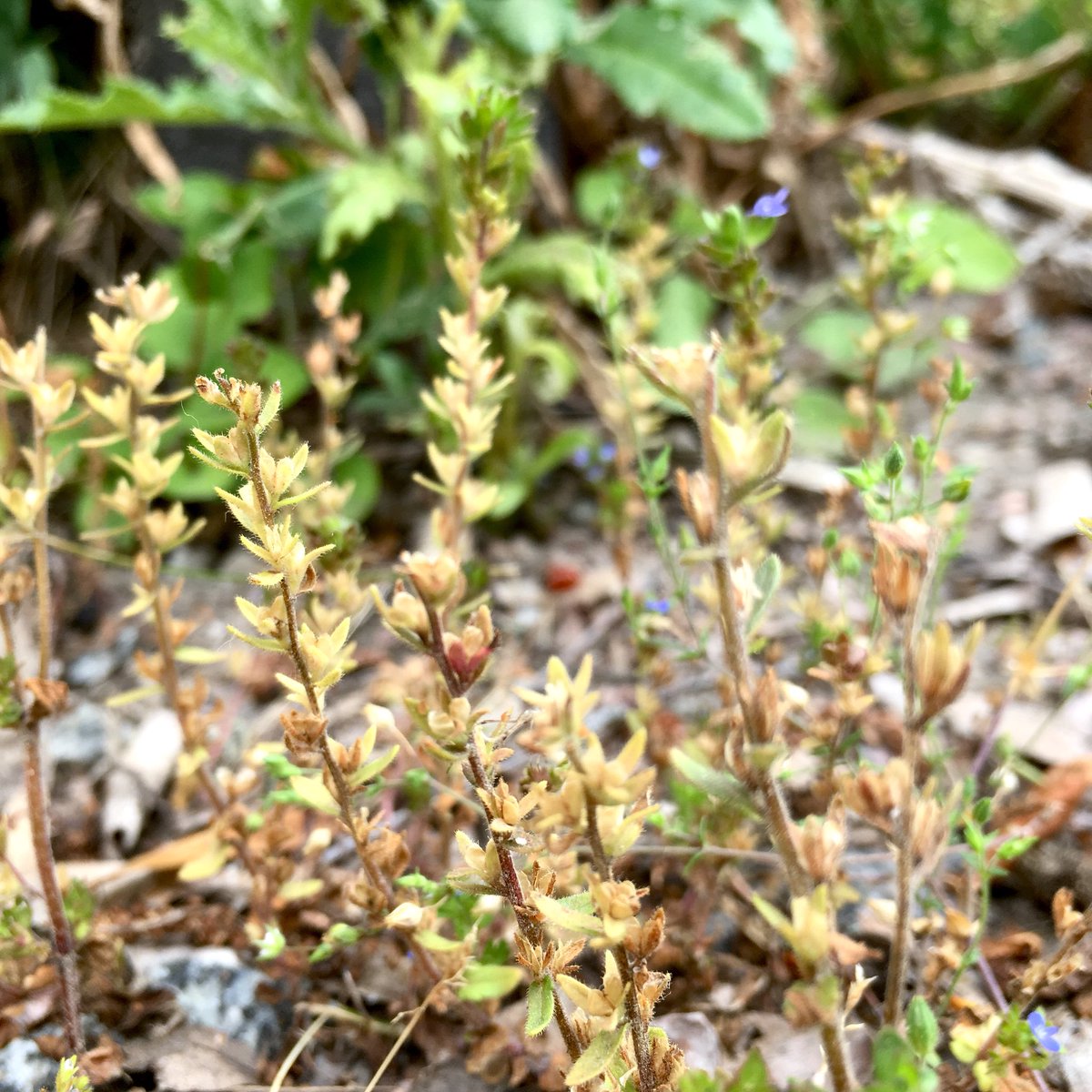
Caraway / Kummin / Carum carvi
The white flowers have gone, replaced by the aromatic seeds. Used for flavouring bread, cheese, spirits and more. Grassland plant, here on the slope.
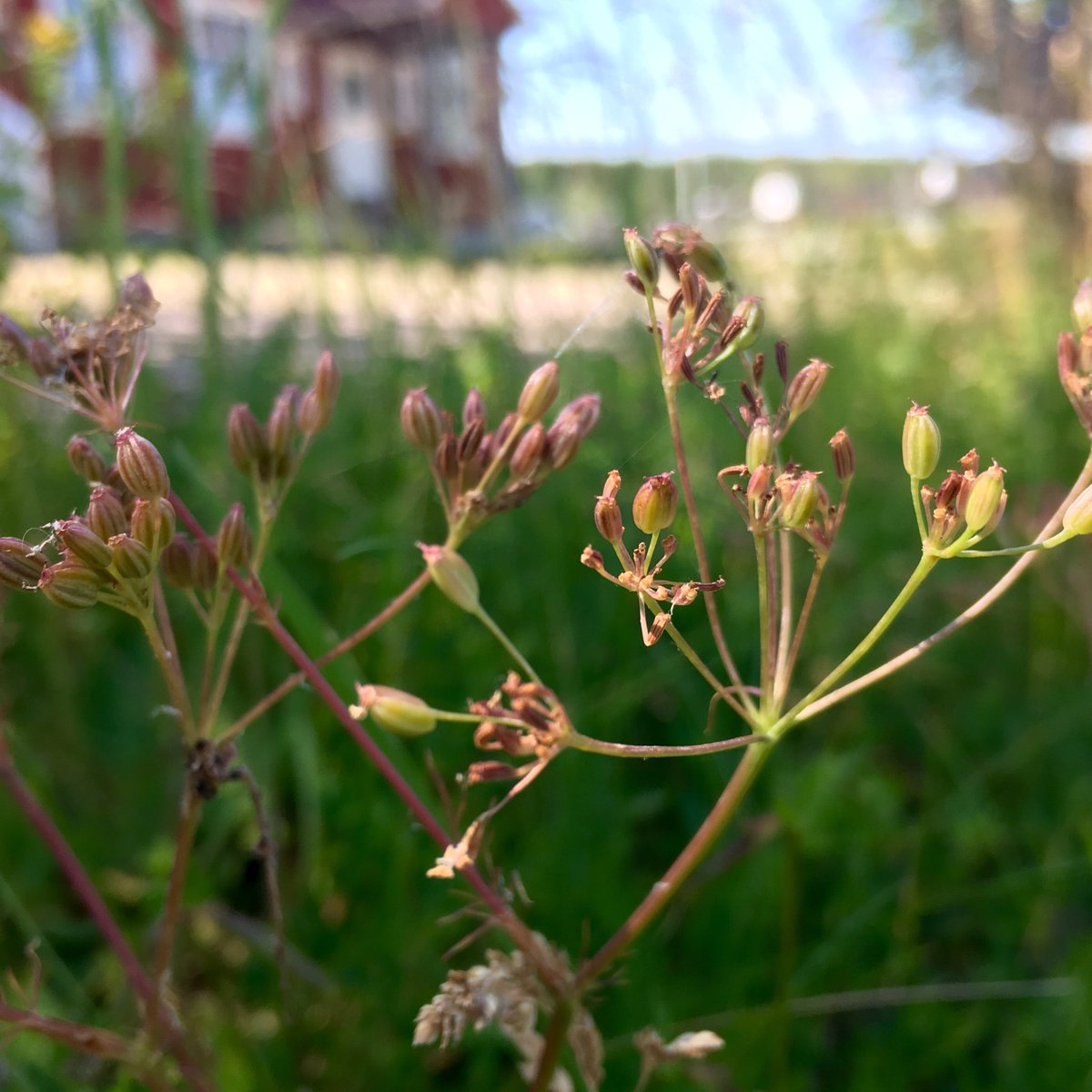
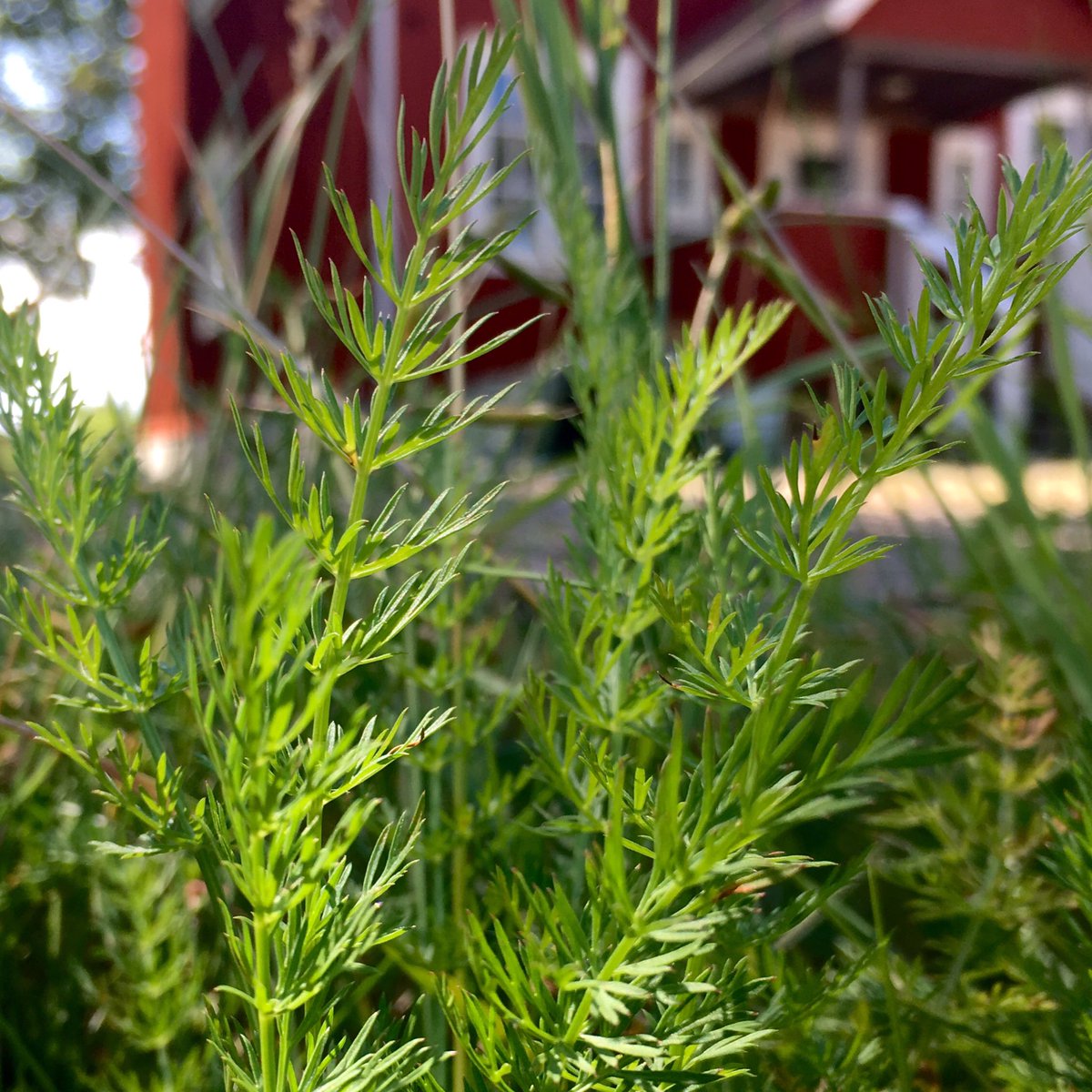
Hoary cinquefoil / Femfingerört / Potentilla argentea
A member of the rose family, with yellow flowers and leaves with five ‘fingers’ that have a covering of white hairs underneath.
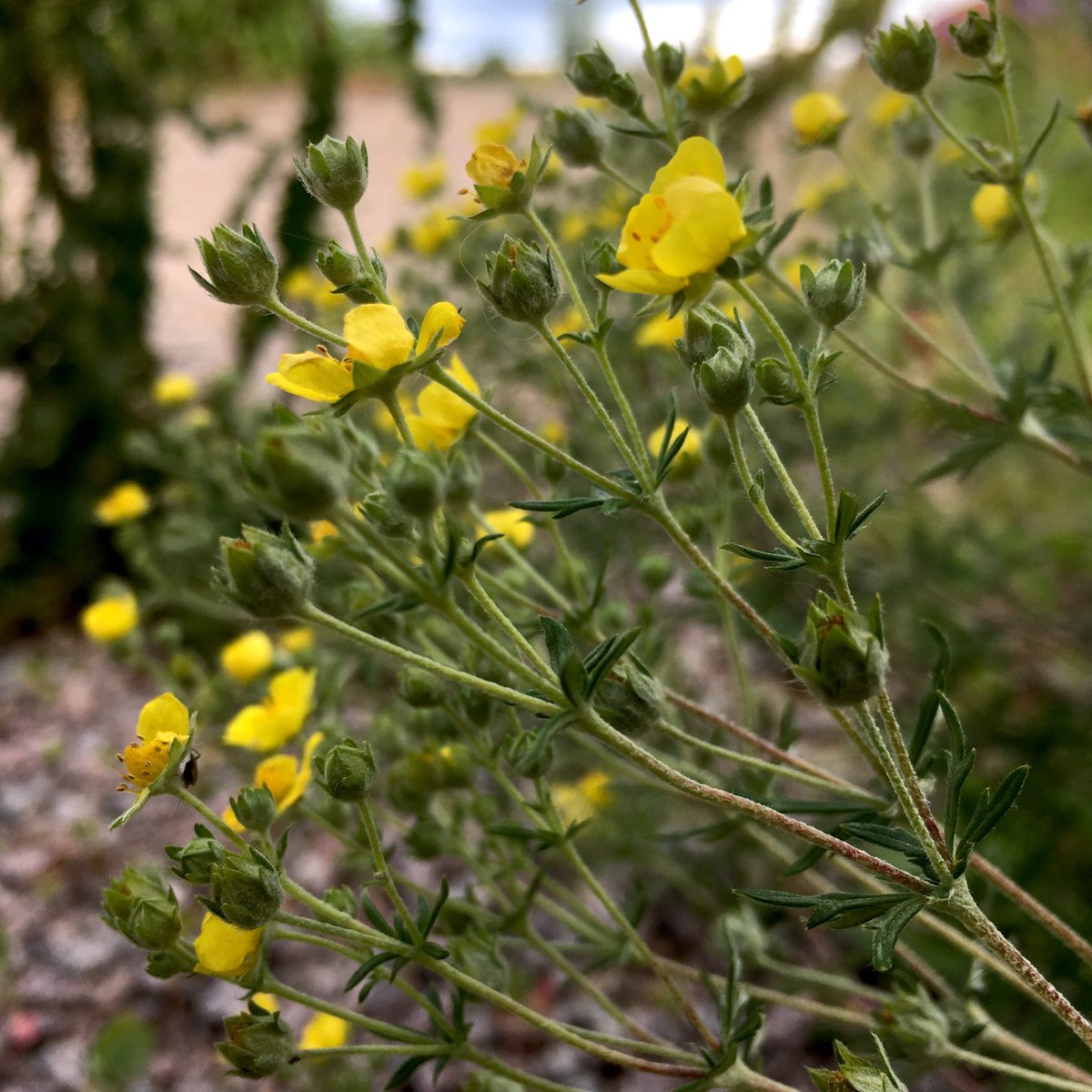
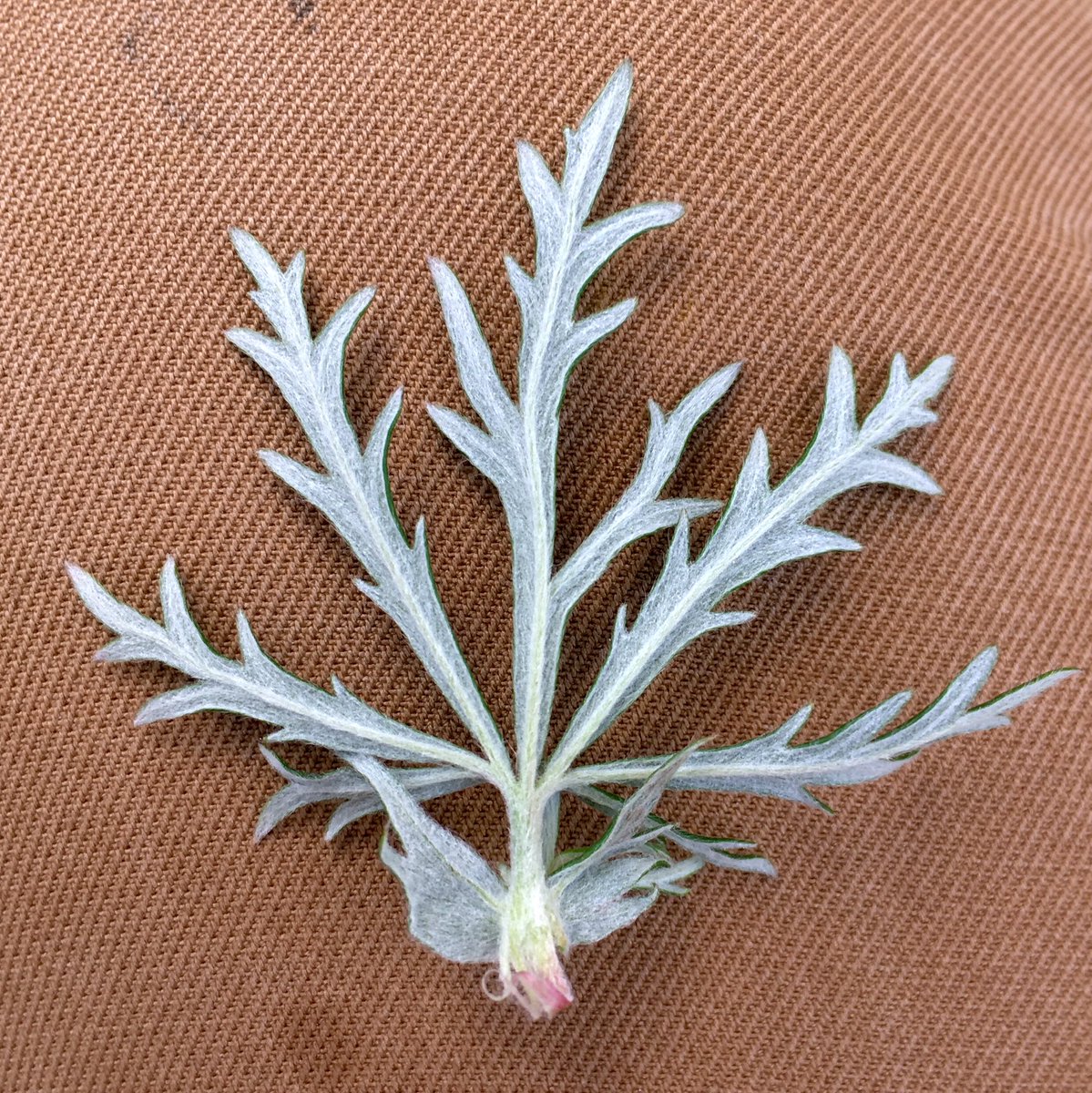
Creeping cinquefoil / Revfingerört / Potentilla reptans
“Another yellow flower?” groaned my students when I introduced this one near the end of this year’s botany course. This one’s fingered leaves creep along the ground in the lawn.
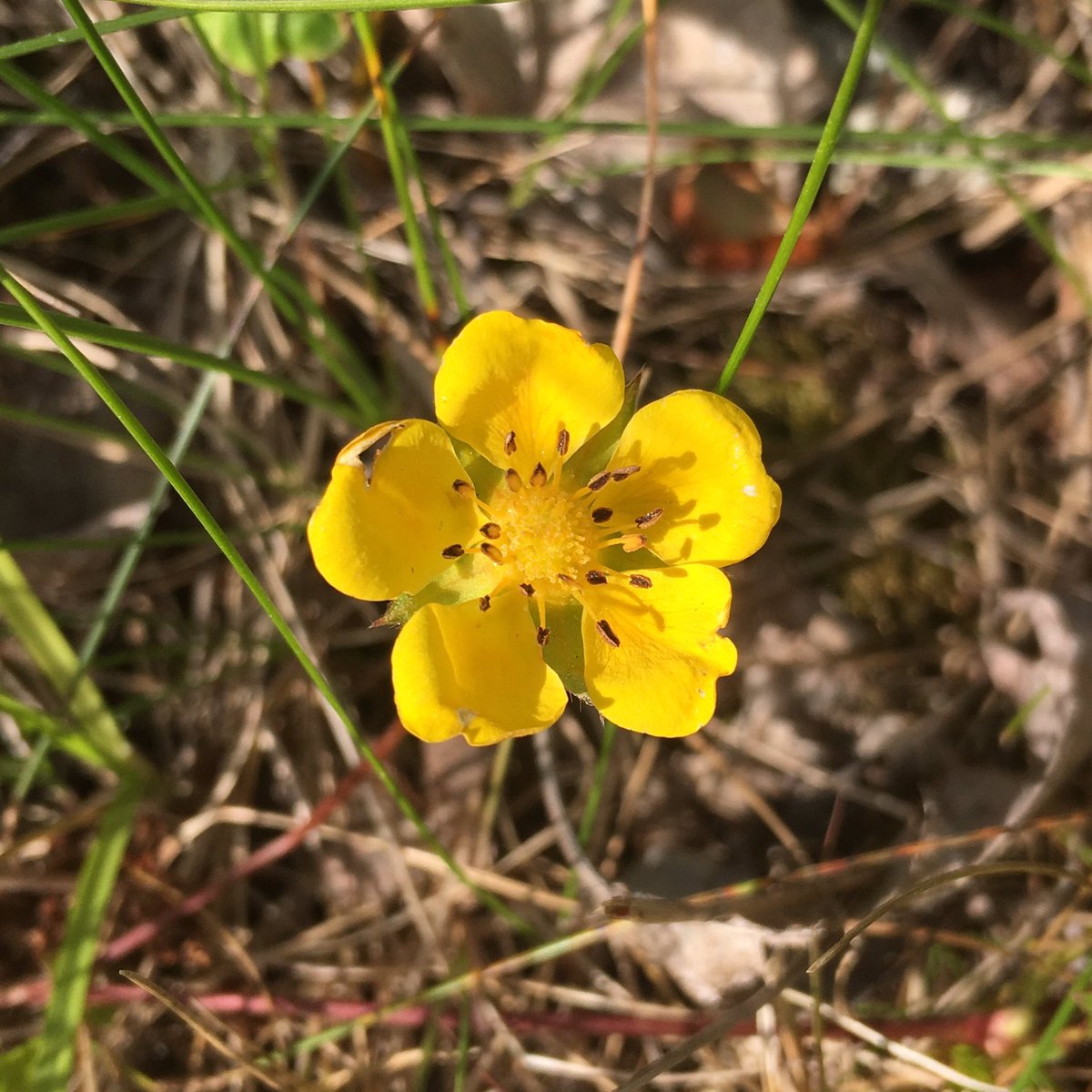
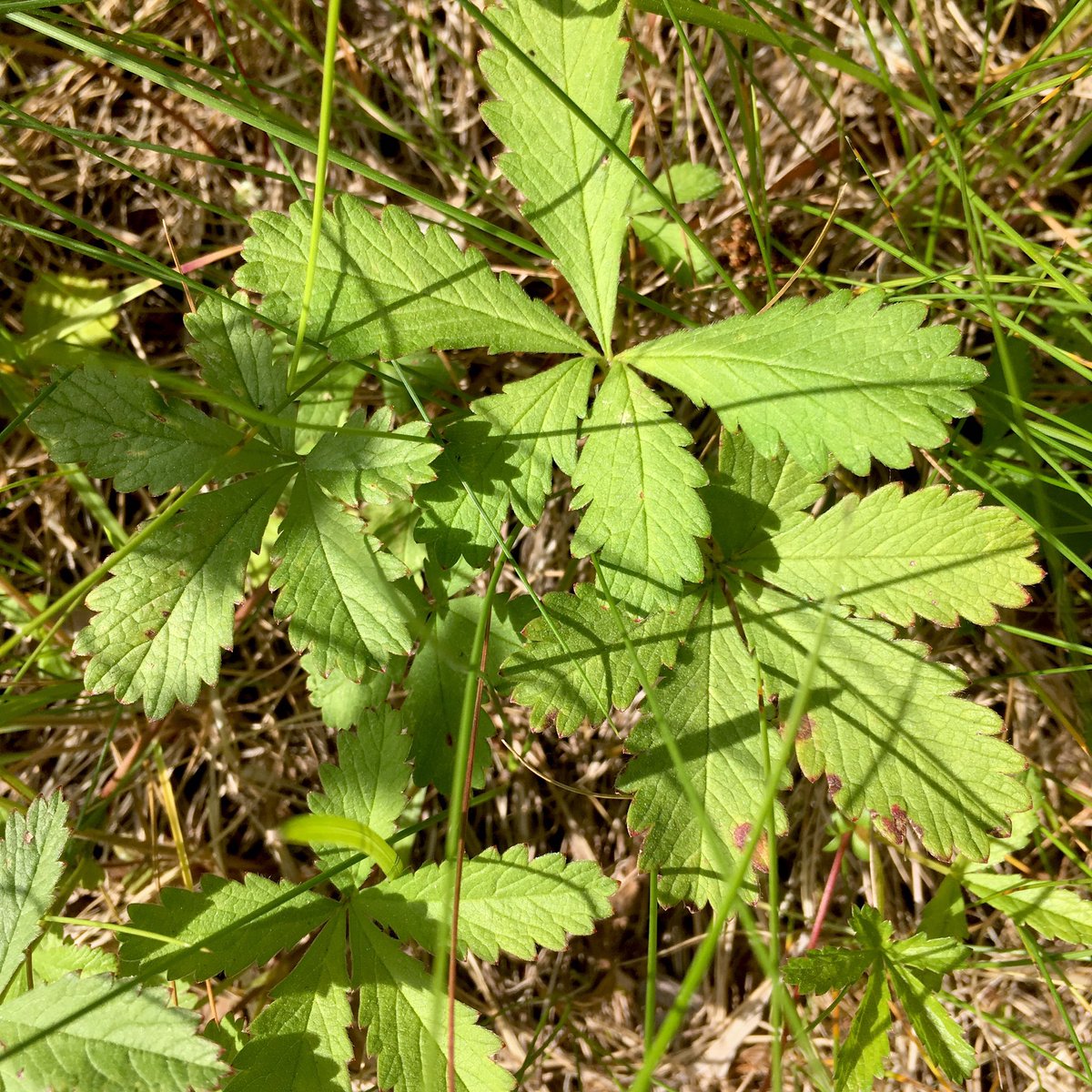
Oxeye daisy / Prästkrage / Leucanthemum vulgare
So-called because of the rayflowers (strålblommor) resembling a cattle’s large eyelashes (English) or a clergy’s ruff (Swedish).
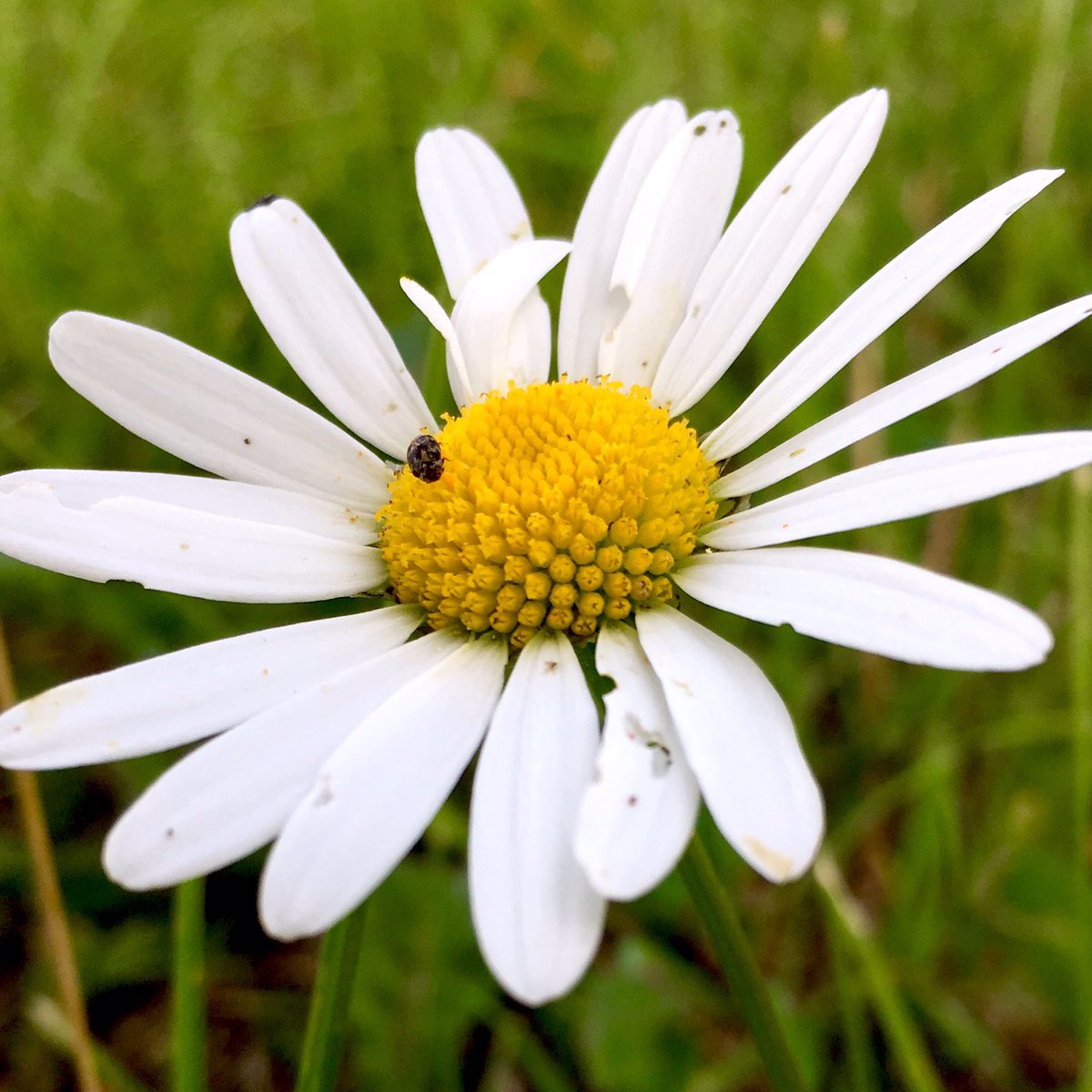
Apple / Apel / Malus domestica
The first tree on the list. I’m including it because it found its own way to the garden once-upon-a-time. Fortunately it bears tasty apples of the variety Sävstaholm, as confirmed by a local pomologist. 🍎
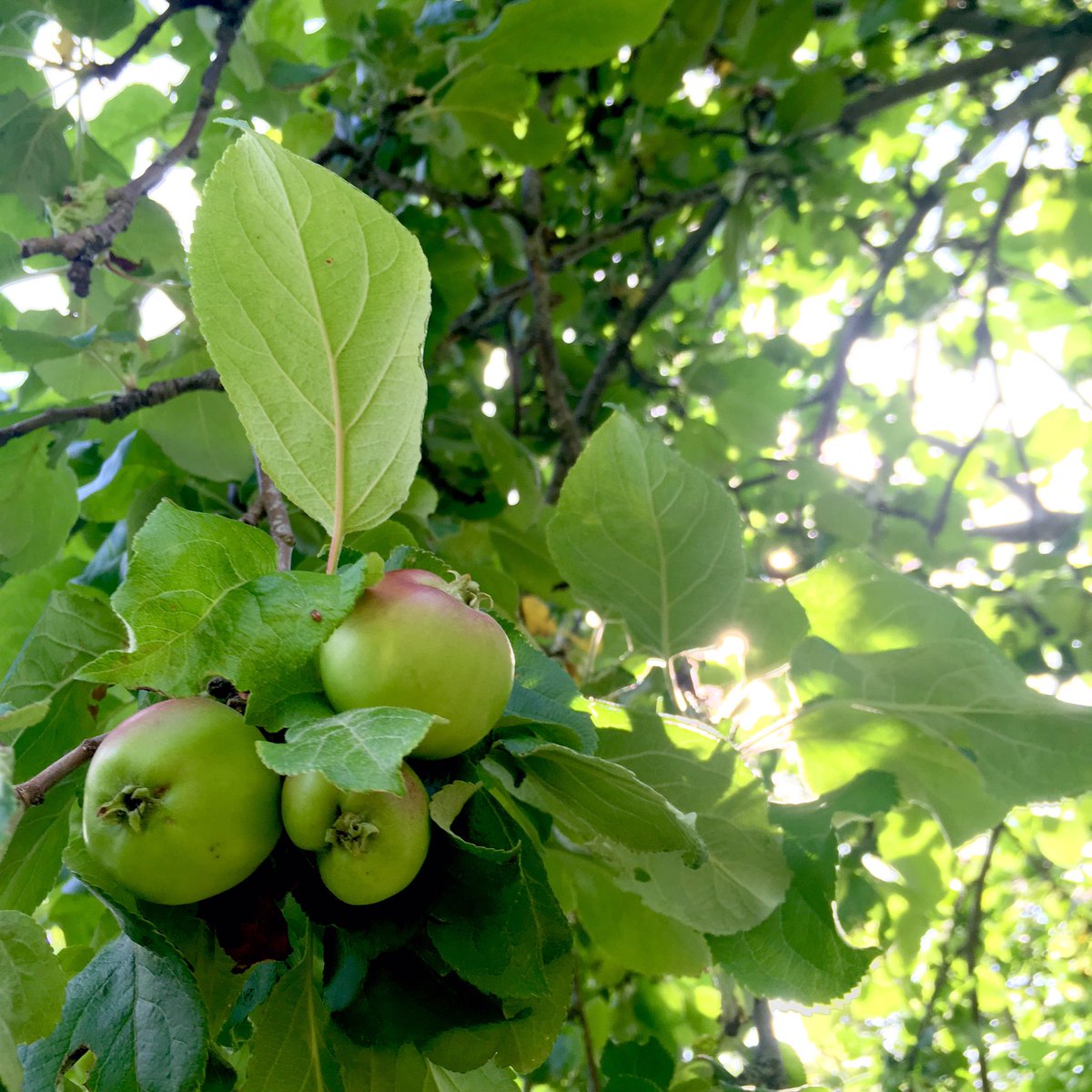
Perennial ryegrass / Engelskt rajgräs / Lolium perenne
Haven’t had a grass for a while; this one is a common lawn species. Looks a bit like species 4, but this one has a flatter spike (ax), and more shiny leaves.
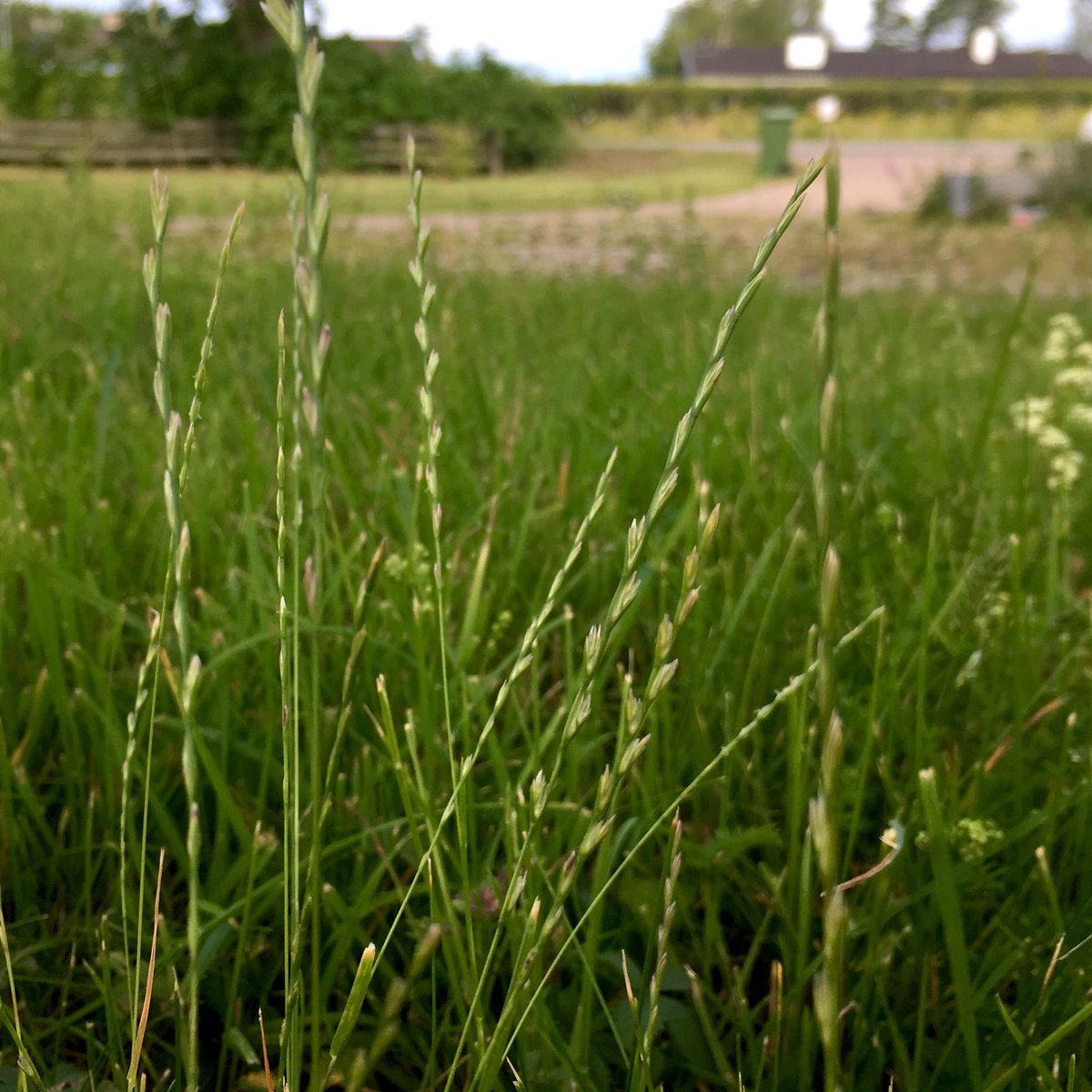
Birds-foot trefoil / Käringtand / Lotus corniculatus
I remember learning this species on a rainy Devon beach on a uni field course. English name refers to the leaves resembling a bird’s foot, the Swedish to an old woman’s crooked yellow teeth. Charming.
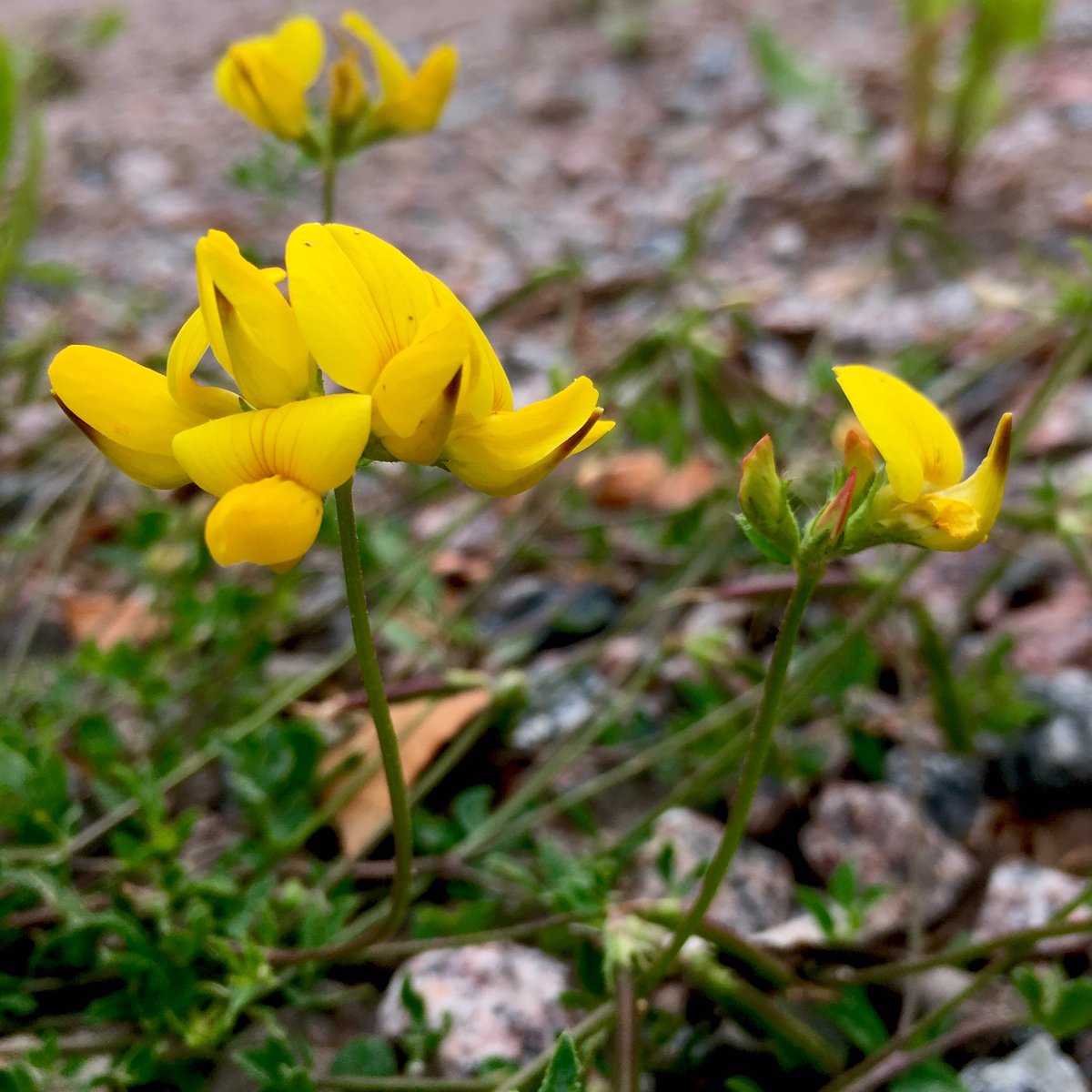
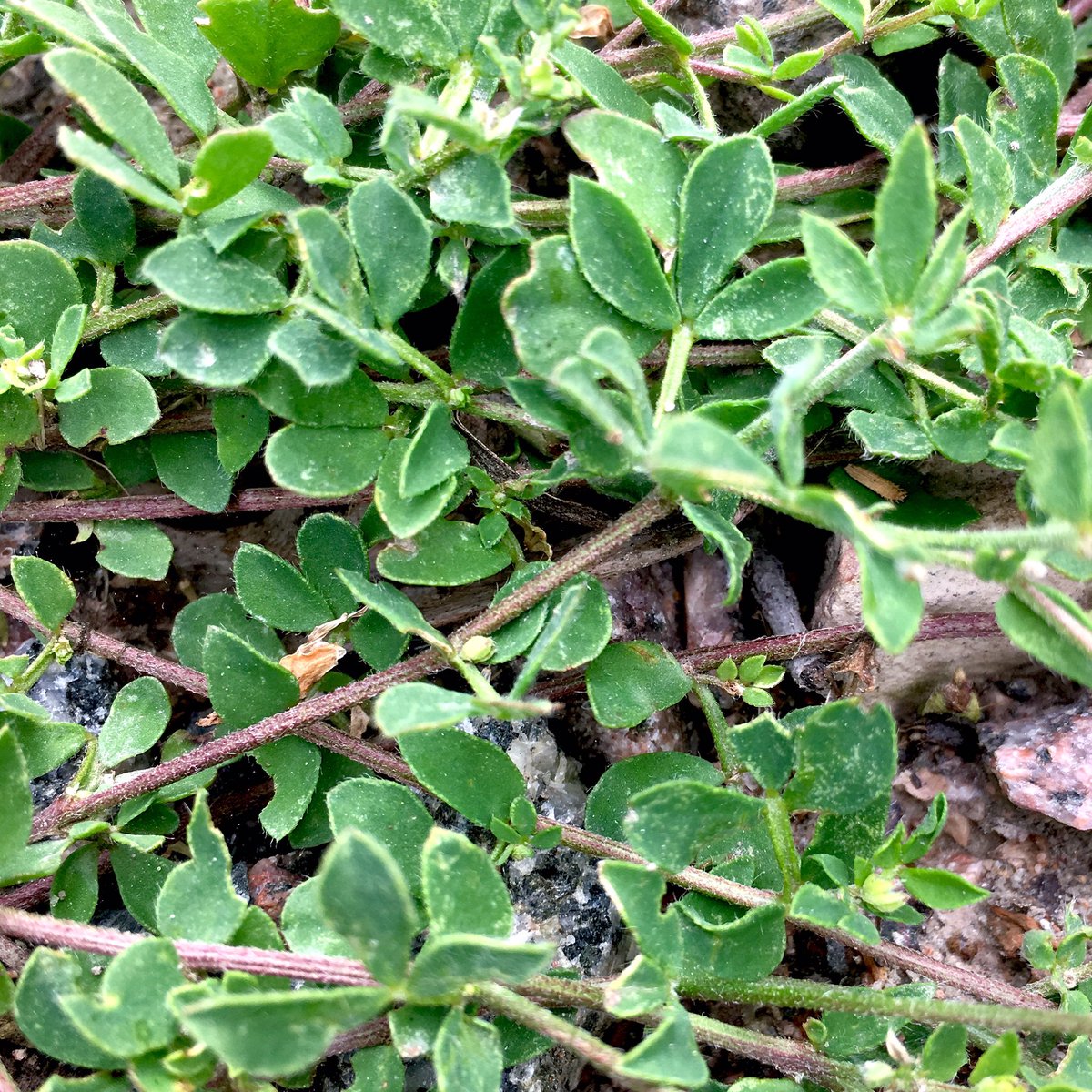
Opium poppy / Opievallmo / Papaver somniferum
This one turned up by itself in an unused tub. Liljeblad in his 1798 Swedish flora briefly describes how to make pain-relieving opium from the seed pod, but warns that you should be careful when you use it.
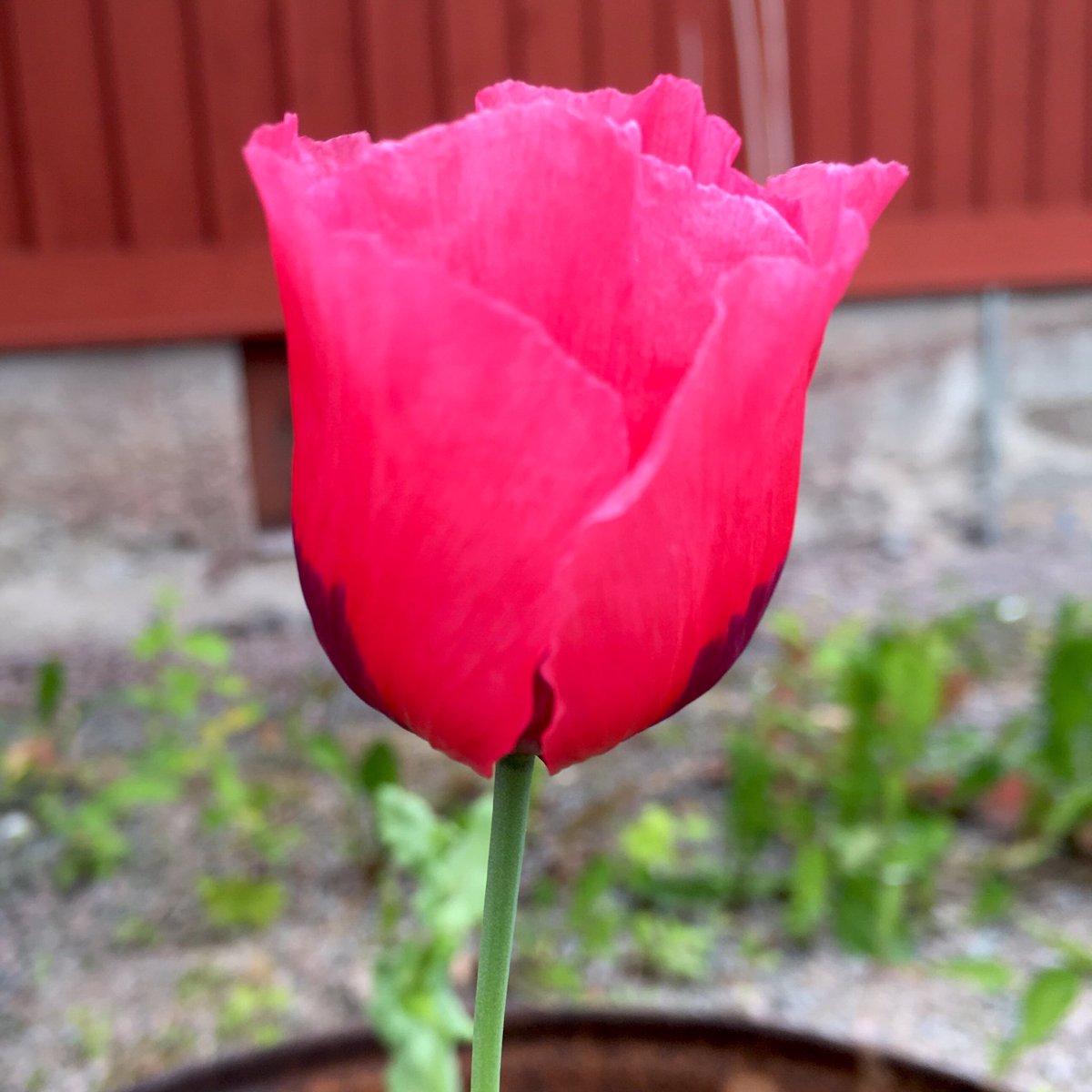
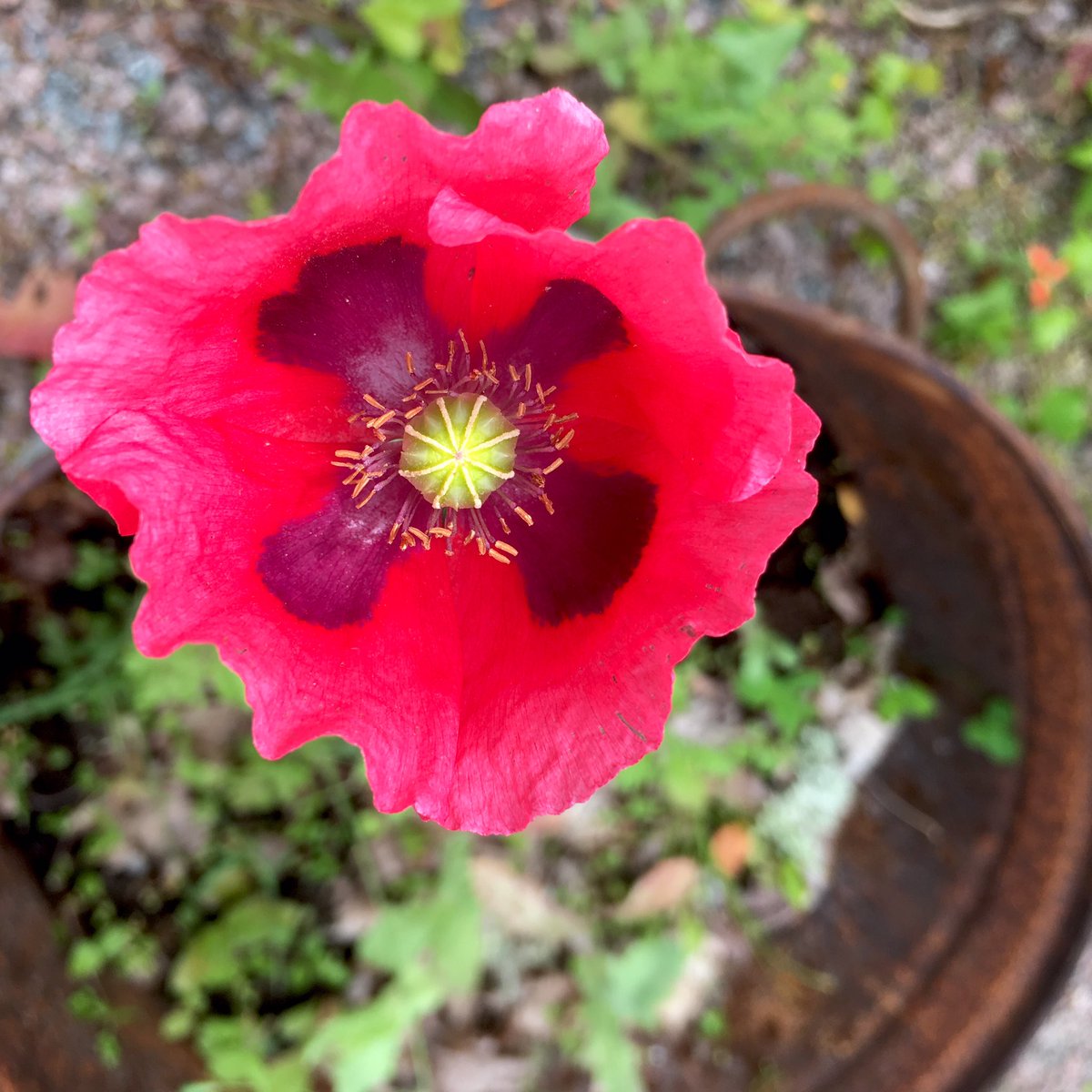
Chickweed / Stellaria media / Våtarv
Another tub-dweller that generally likes taking advantage of disturbed ground.
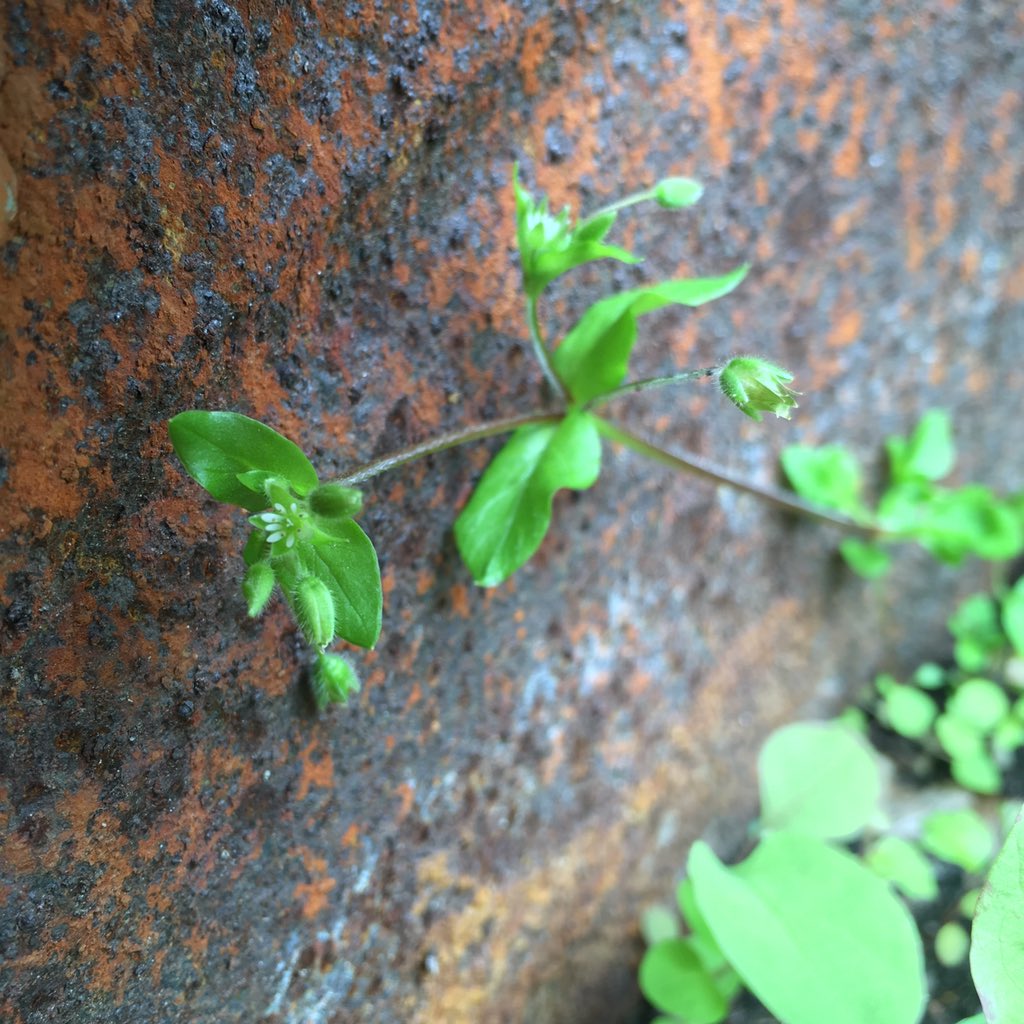
Field forget-me-not / Åkerförgätmigej / Myosotis arvensis
All forget-me-nots are delightful, and this one has the added advantage of being very common. The hairs on the sepals are hooked and the flowers are bowl-shaped.
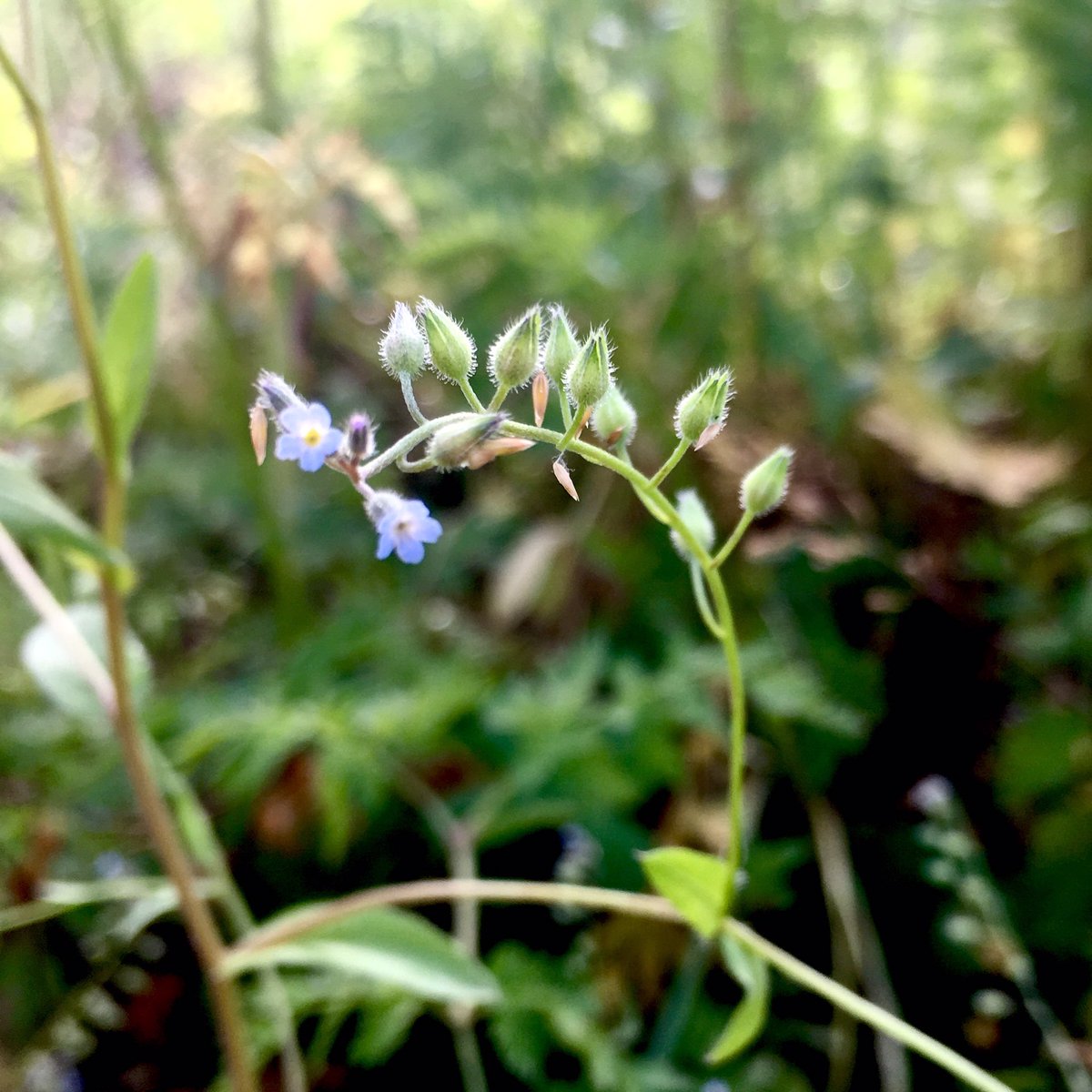
Water avens / Humleblomster / Geum rivale
A slightly more exclusive cousin of species 17. The flowers are completely different (but long gone) and the seeds have a redder tinge before they dry out.
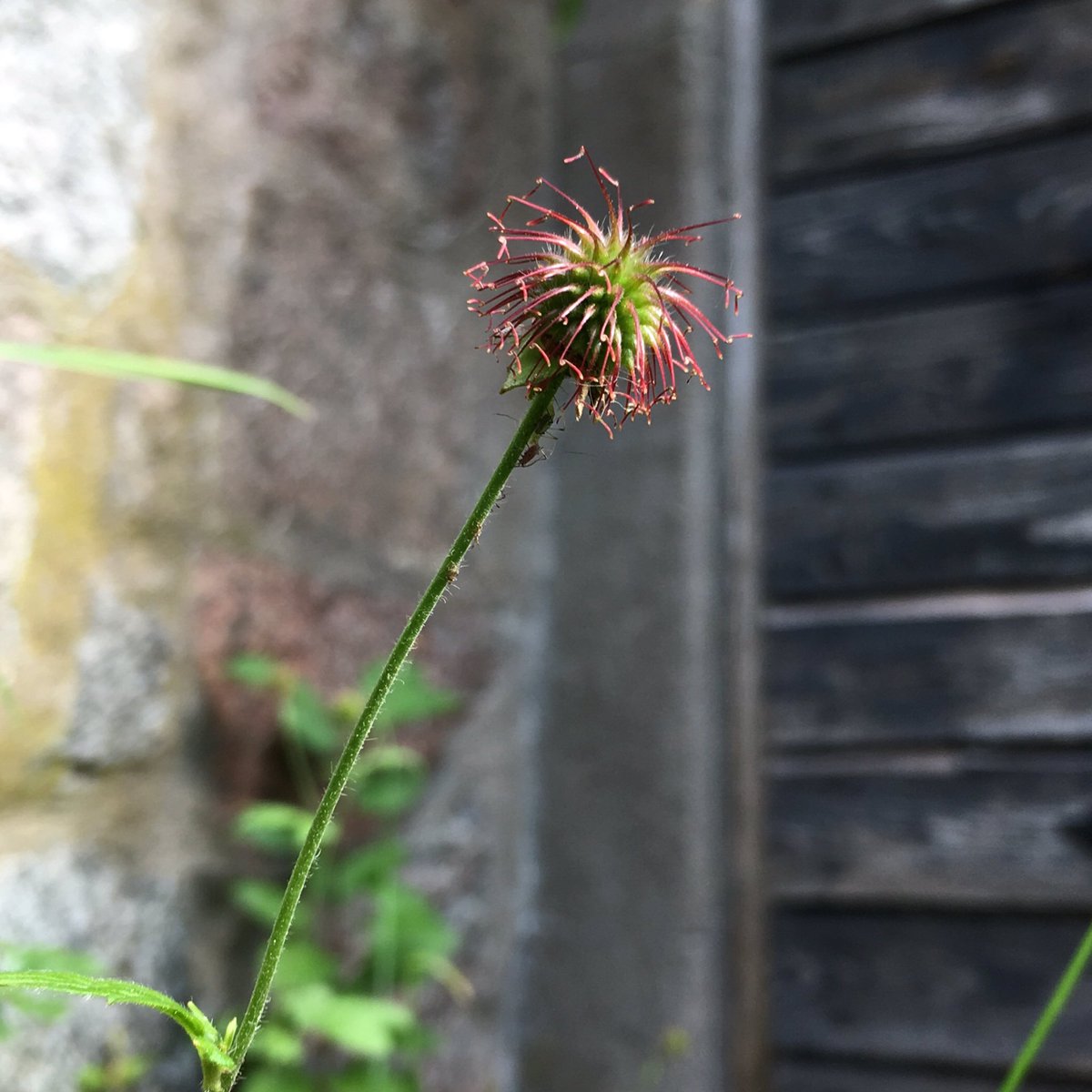
Procumbent pearlwort / Krypnarv / Sagina procumbens
I was not previously aware of this excellent English common name. Usually missing petals, this is another species from the unglamorous gravel-dwellers collection.
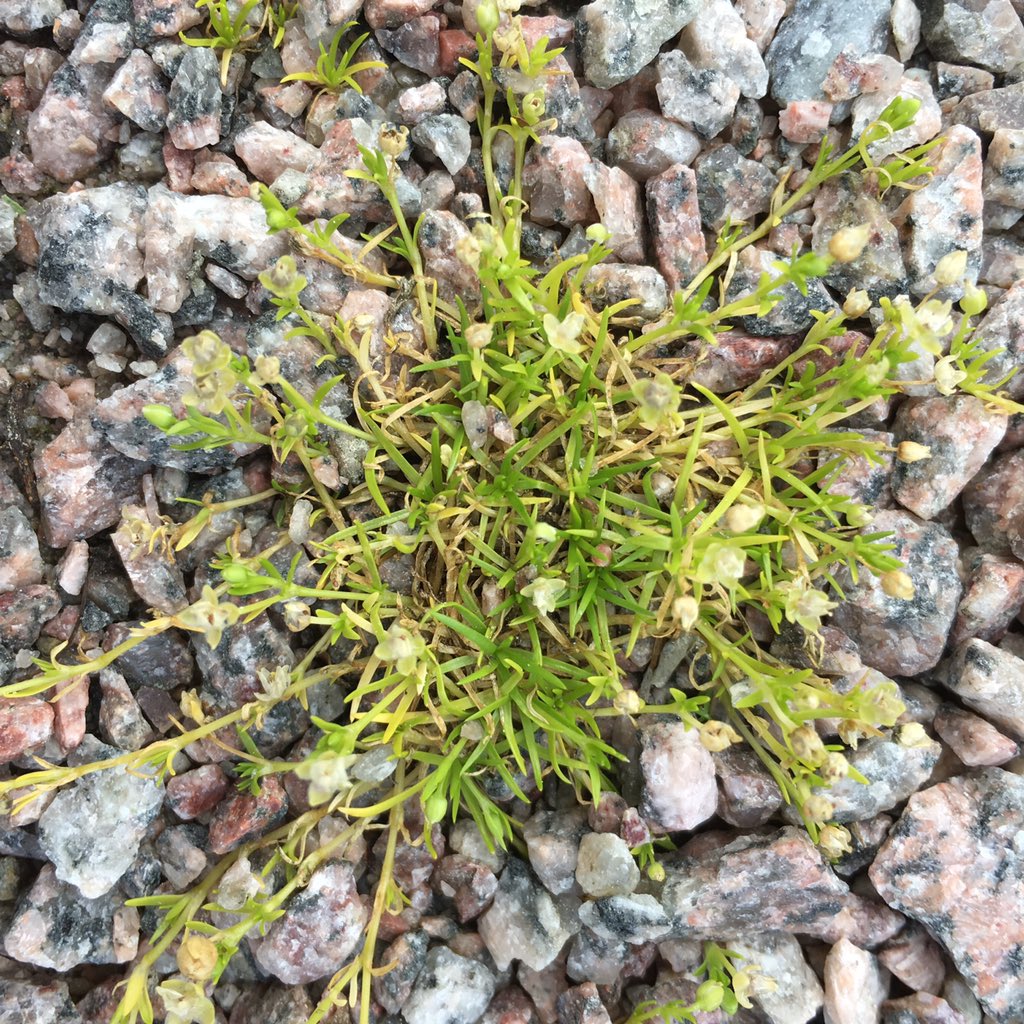
Spiked sedge / Piggstarr / Carex spicata
This is only sedge I can find in the garden, but it pops up a bit all over the place. This one under the apple tree. I’m slowly overcoming my fear of this group.
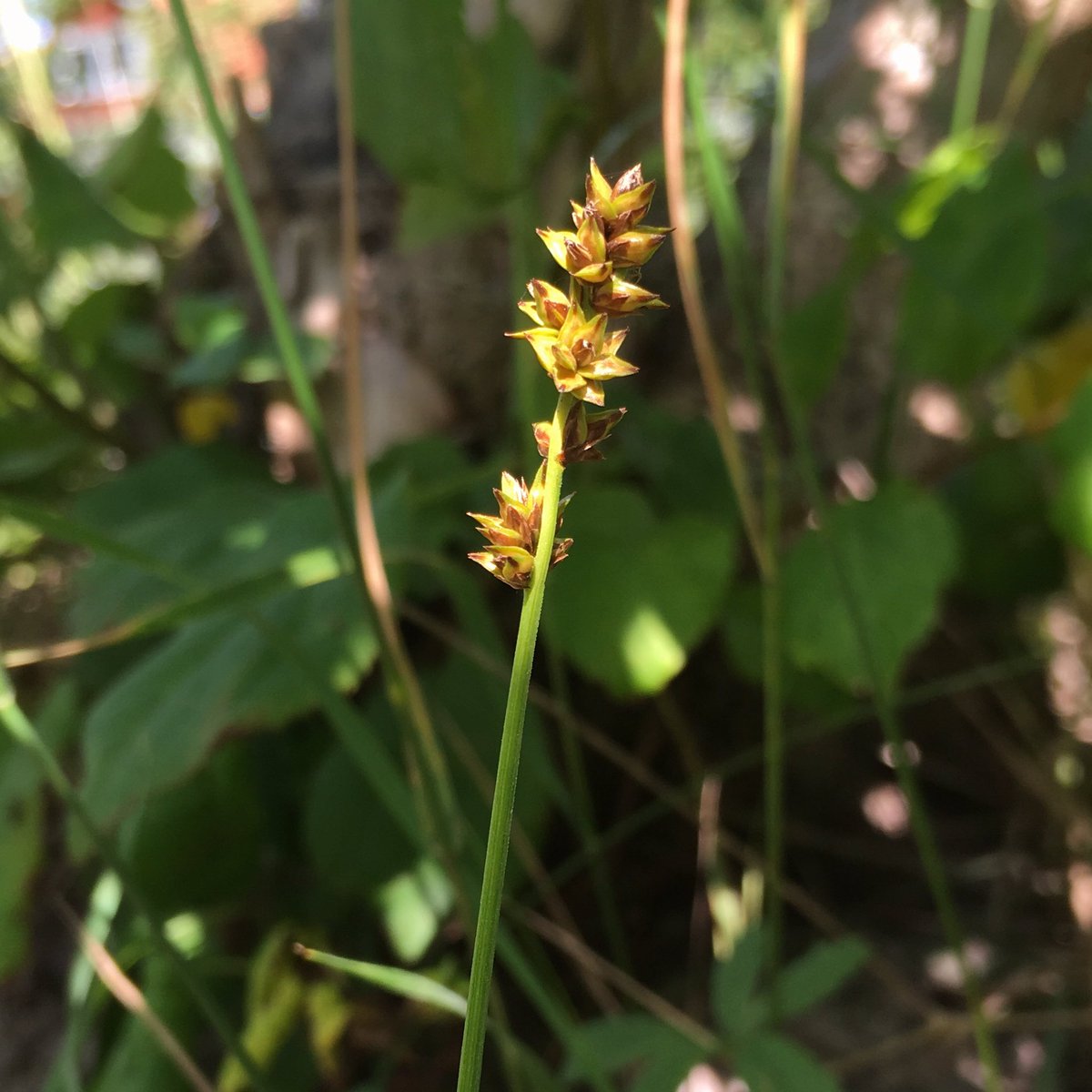
Orpine / Kärleksört / Hylotelephium telephium
Also under the apple tree, where it’s dry and there’s a small retaining wall, we have a couple of succulents. Wikipedia lists a load of excellent English common names, like witch’s moneybags and harping Johnny.
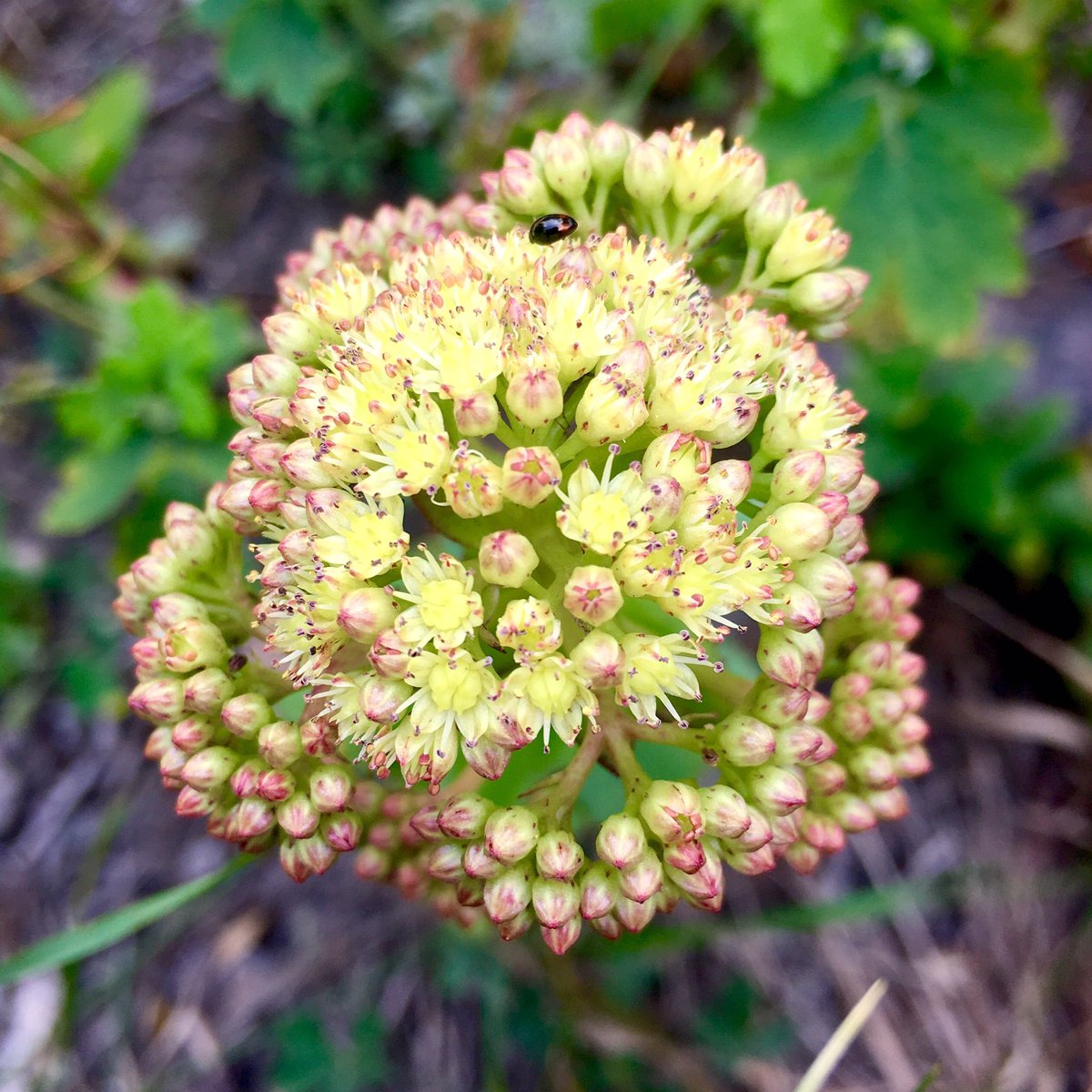
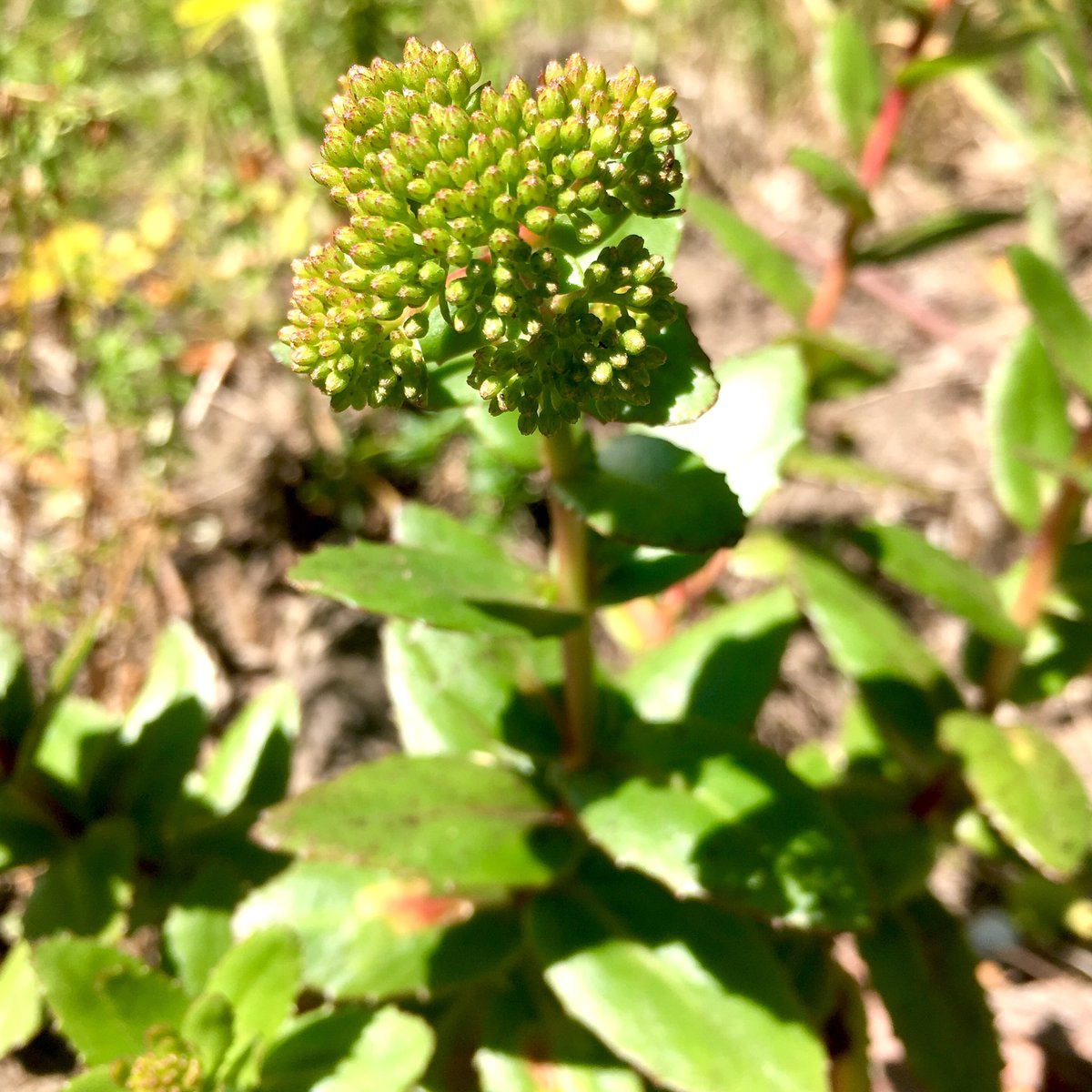
Hybrid stonecrop / Sibiriskt fetblad / Sedum hybridum
The other succulent in this part of the garden.
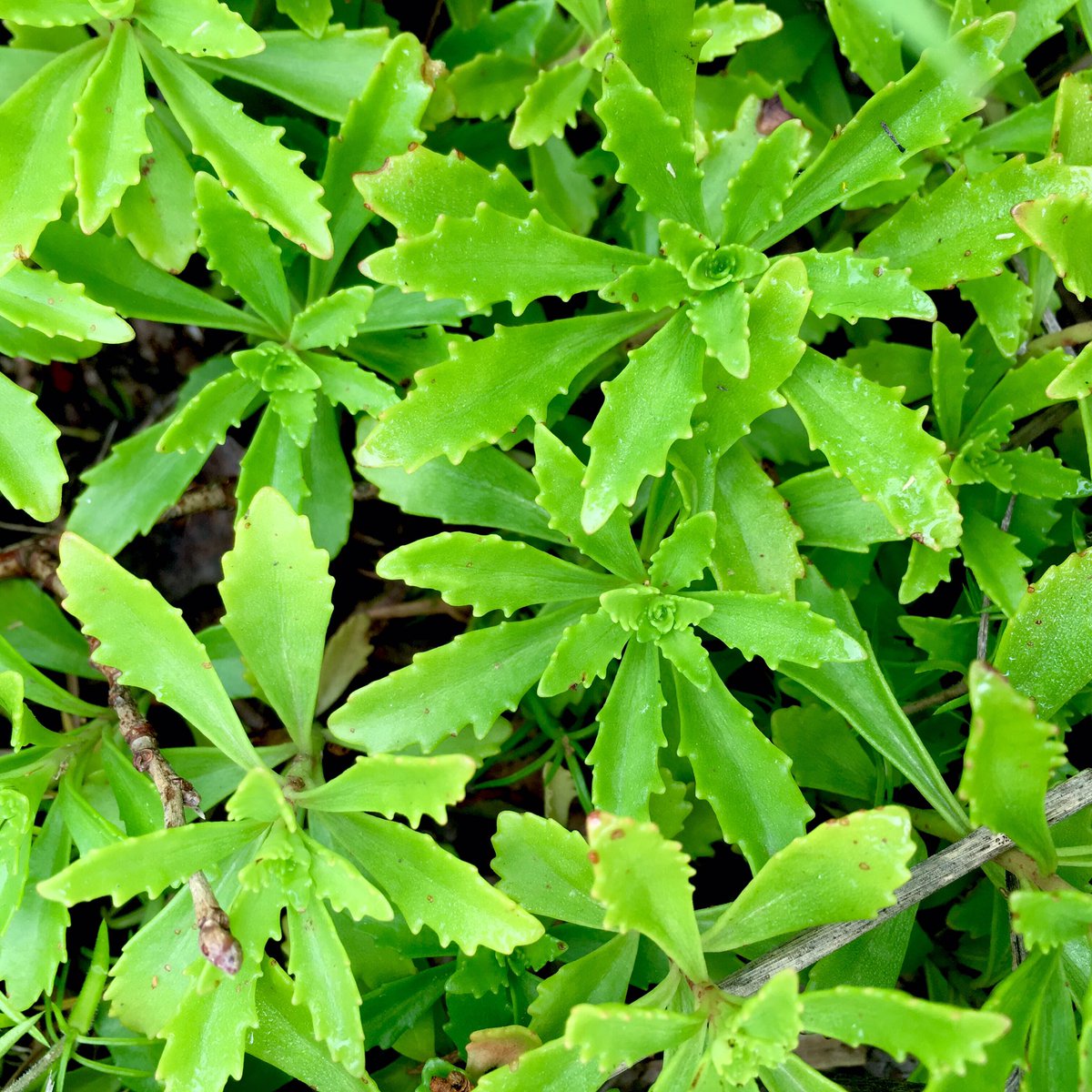
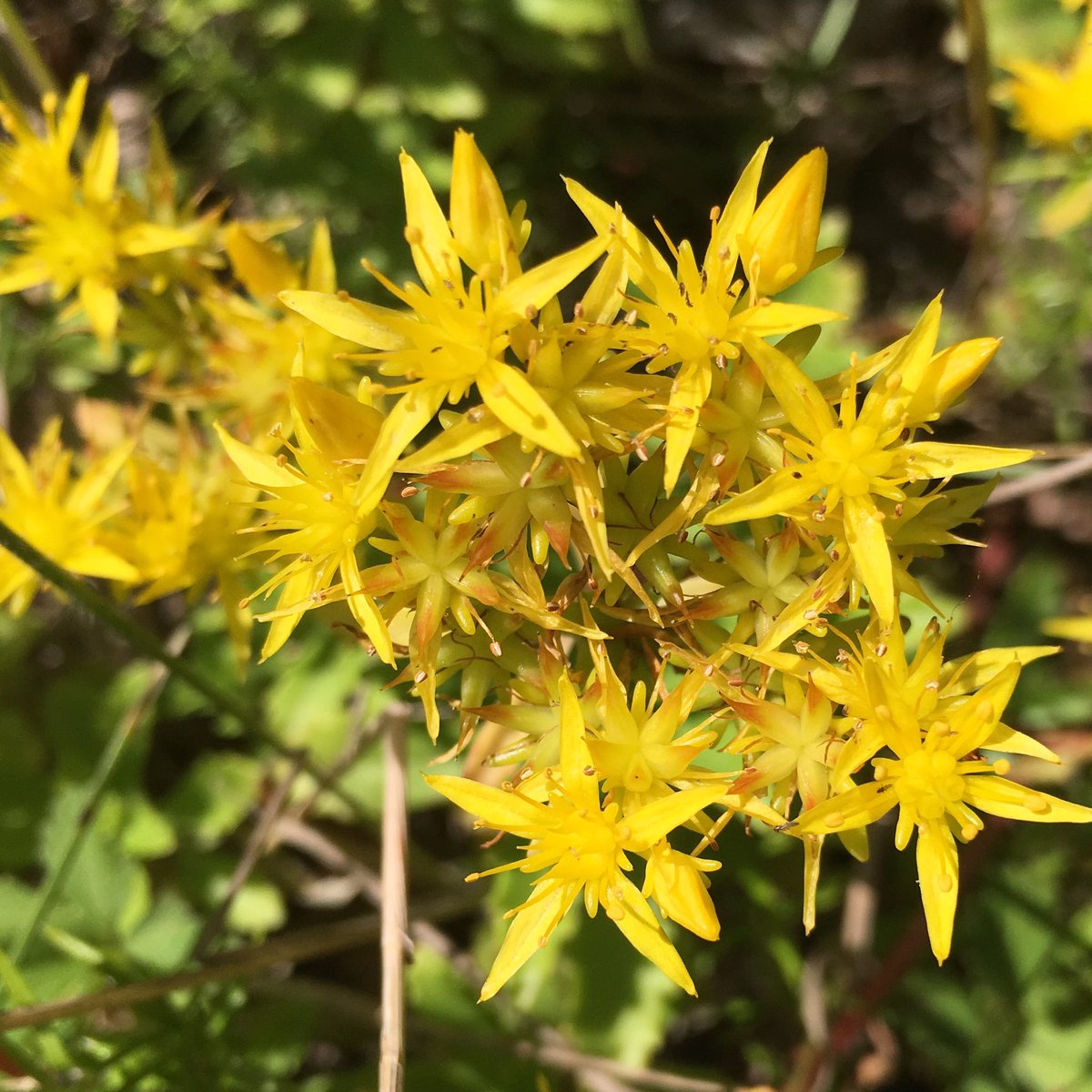
Caucasian stonecrop / Kaukasiskt fetblad / Sedum spurium
The last succulent, found on some bare rock under another tree. I’ve just seen that this and the last species now go under the genus Phedimus. One wonders if there will be any Sedum left at this rate
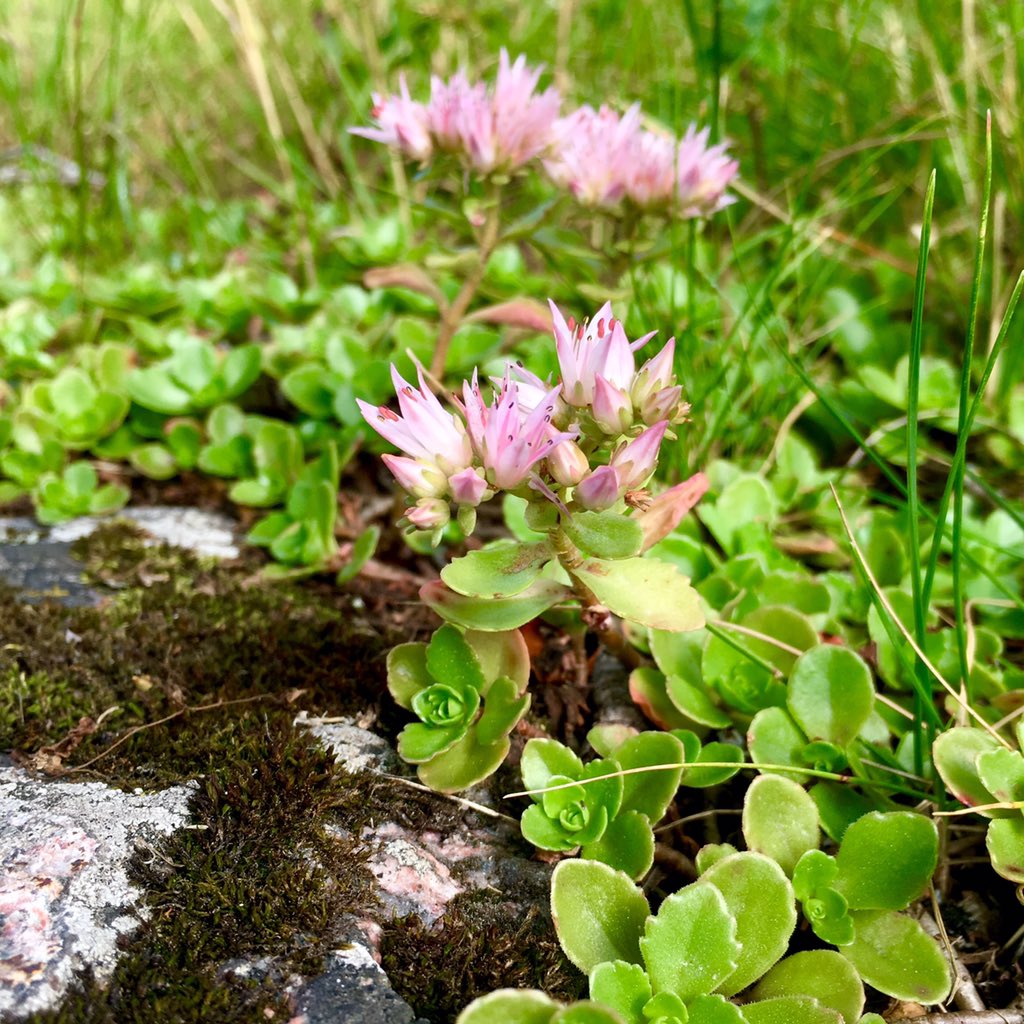
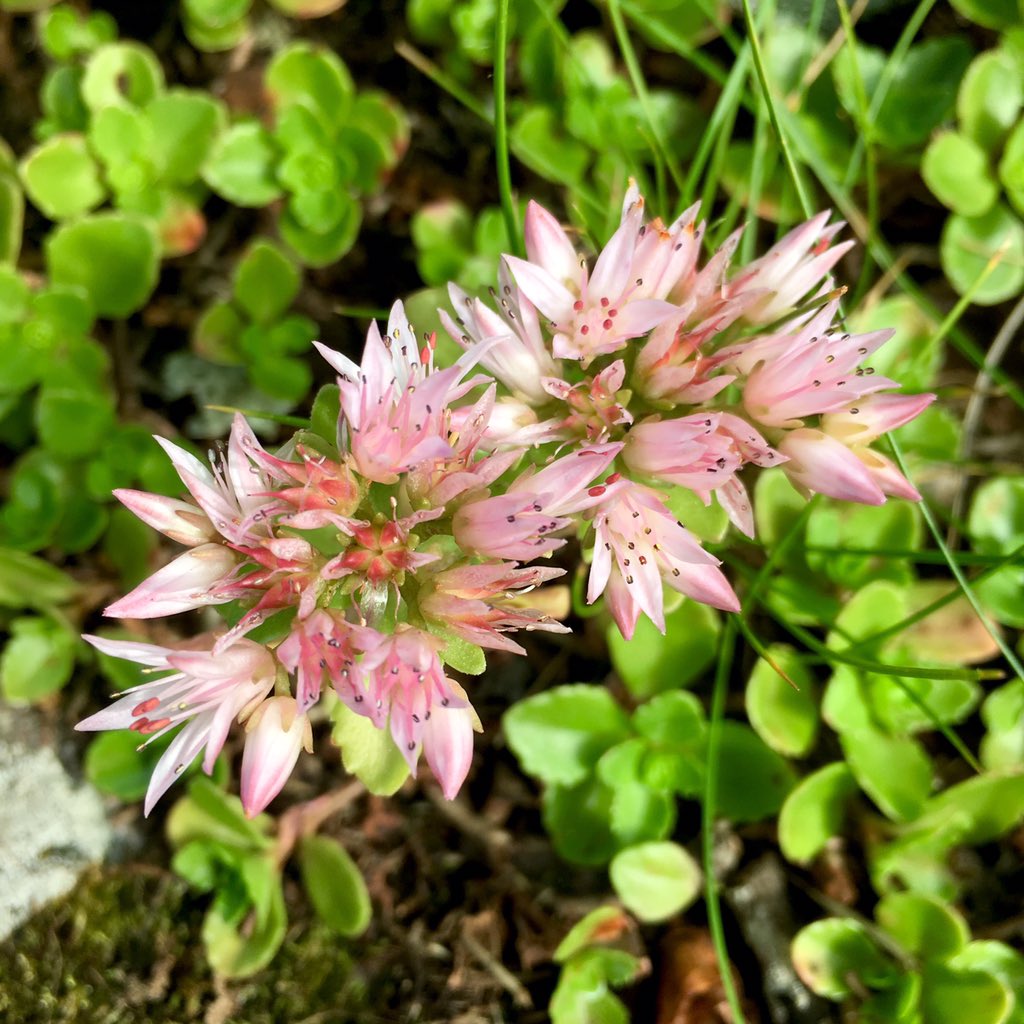
Lesser stitchwort / Grässtjärnblomma / Stellaria graminea
Time for some grassland favourites. This species is hardly an exclusive specialist, but it is really cute with its small whiter-than-white petals and red-brown anthers (ståndarknappar).
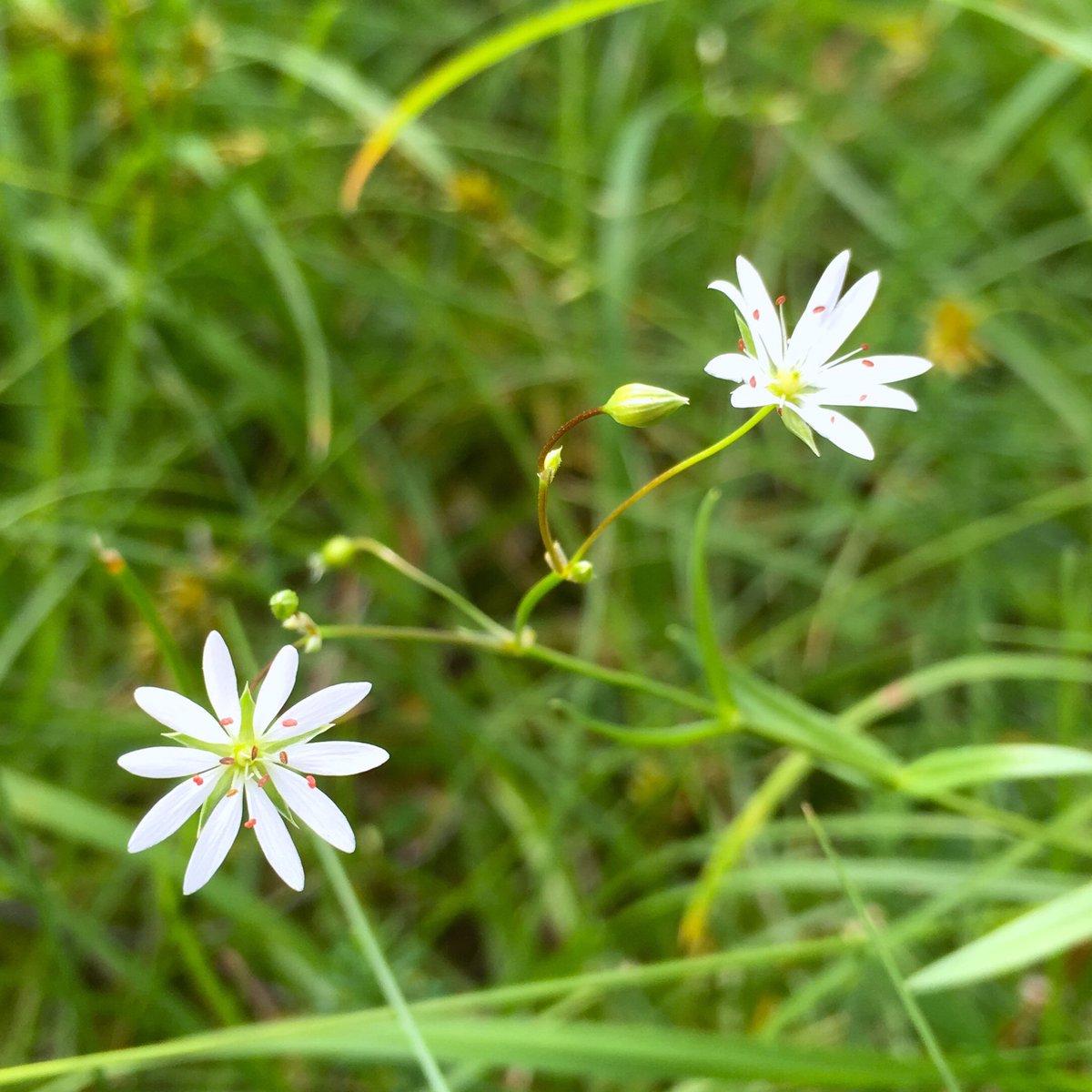
Cowslip / Gullviva / Primula veris
With its golden-yellow flowers, this is a true spring favourite for many. Hopefully this one has sown some seeds to decorate the slope in future years.
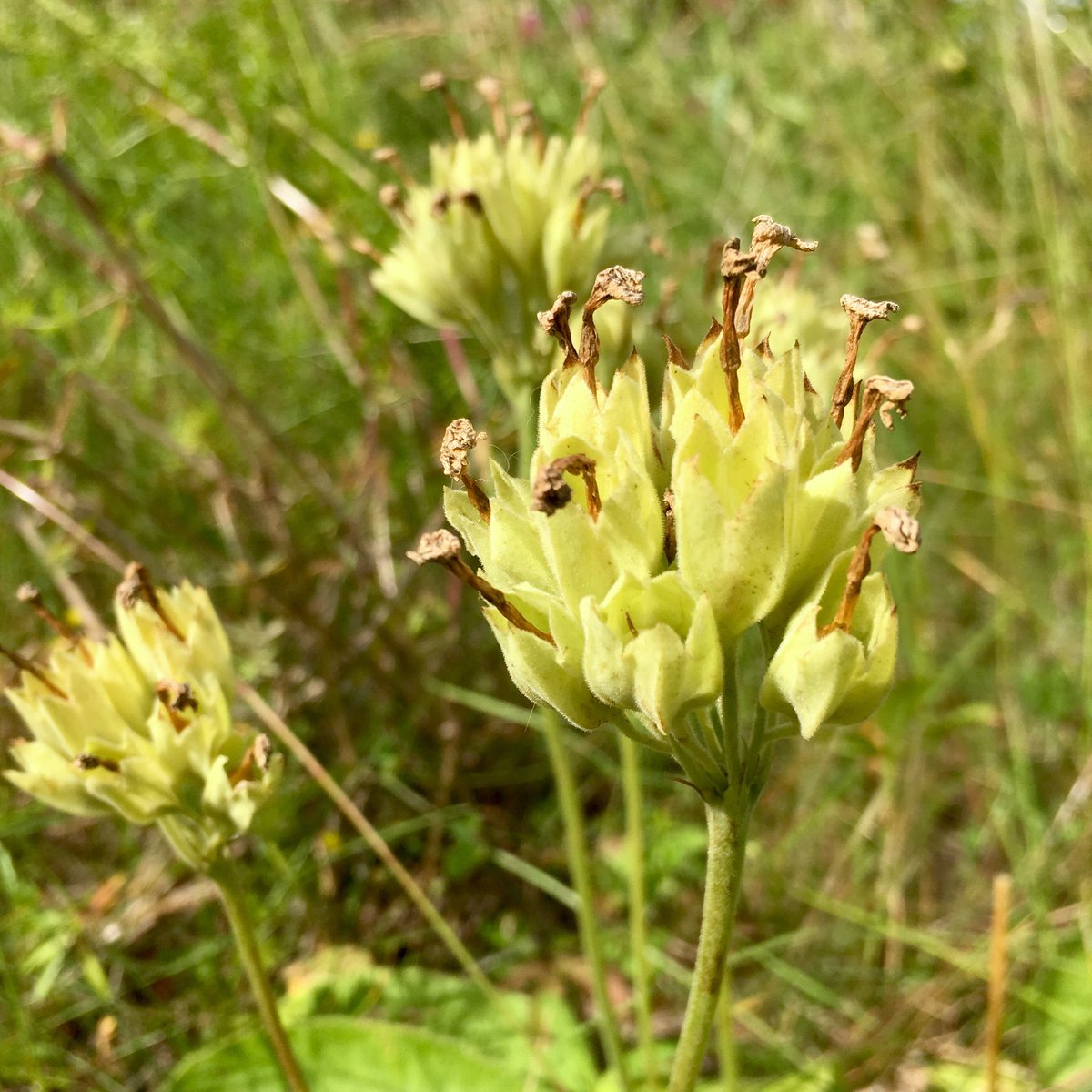
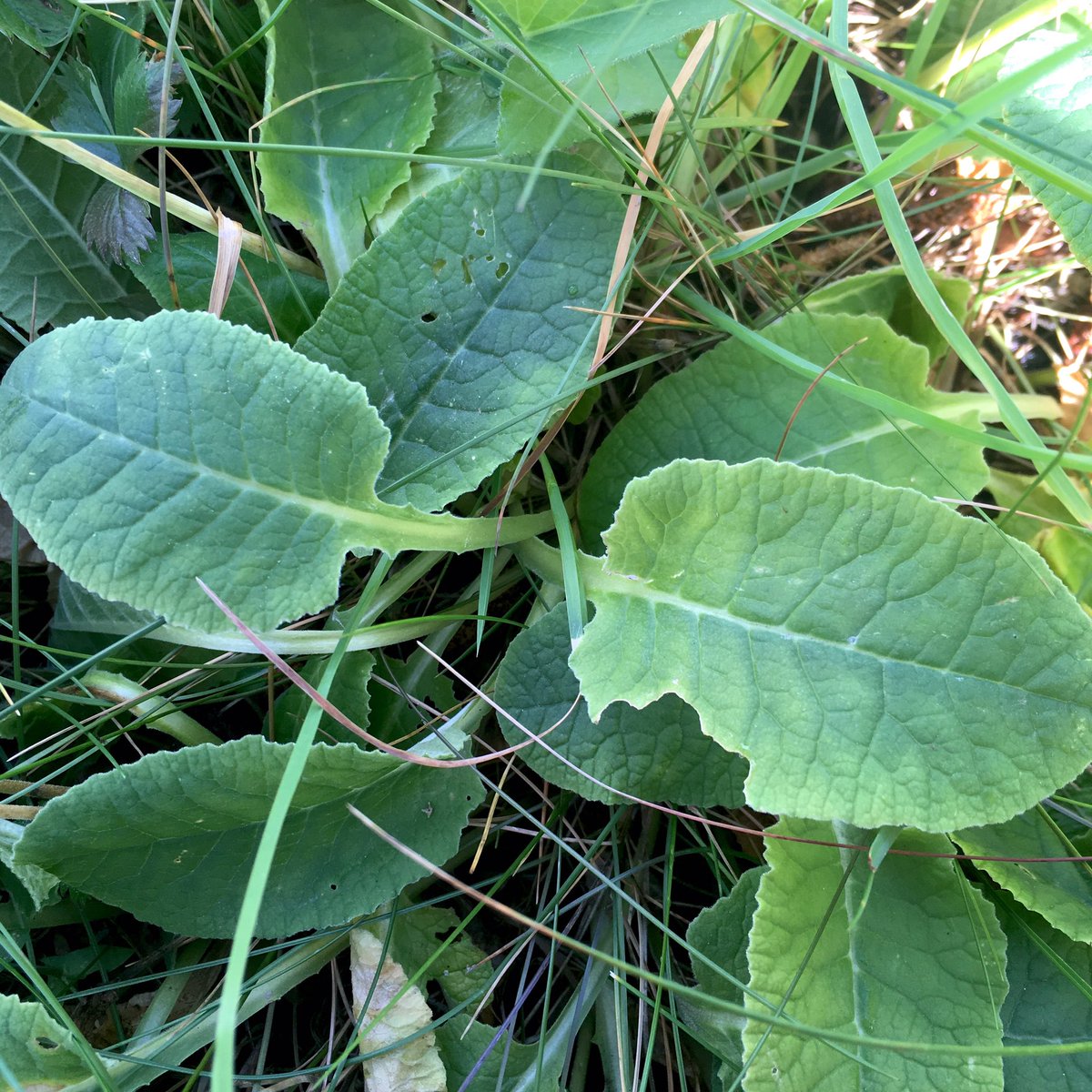
Harebell / Liten blåklocka / Campanula rotundifolia
Purple (clearly the best colour for flowers), widespread, common and with a long flowering time. What’s not to love?
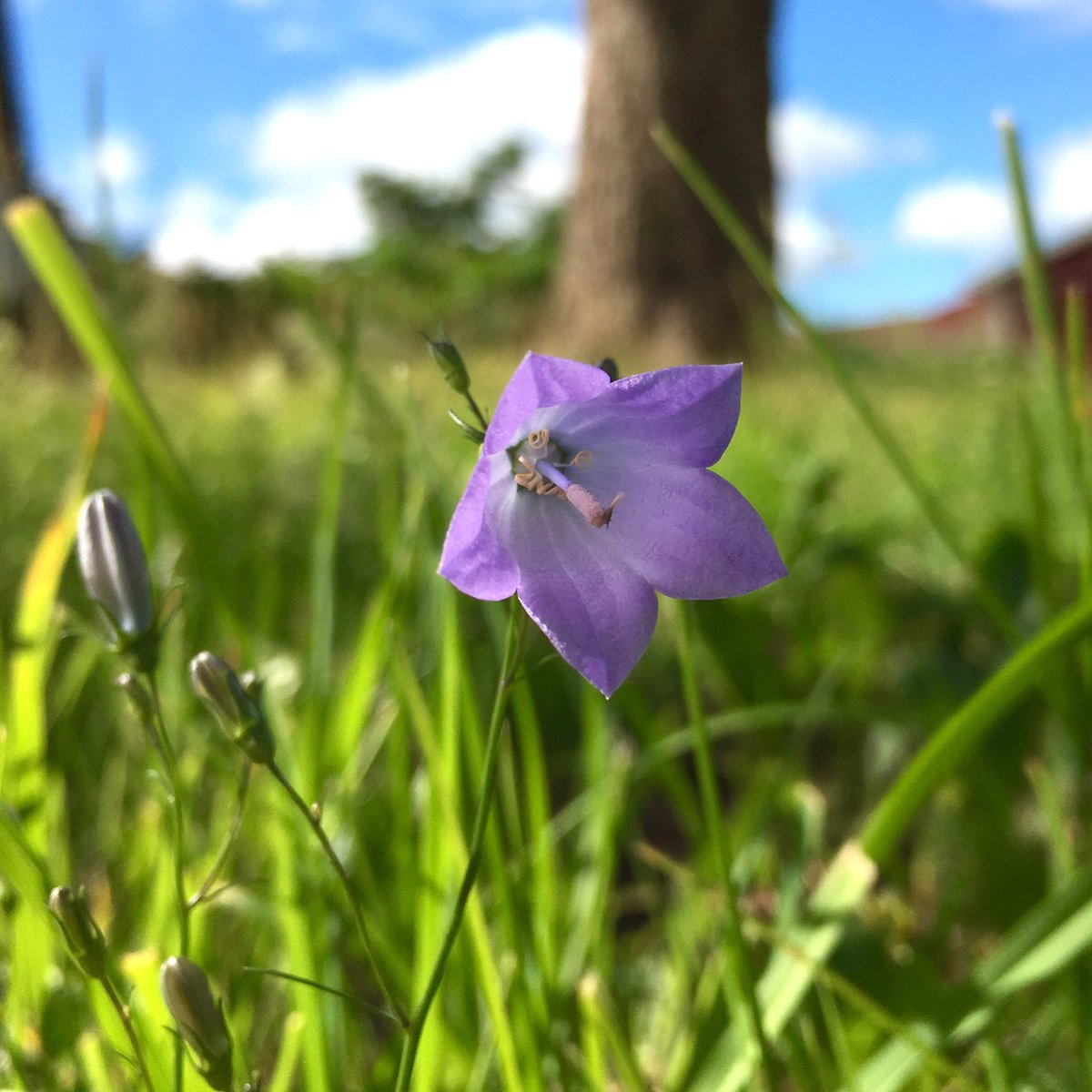
Cow parsley / Hundkäx / Anthriscus sylvestris
Dweller of roadsides and taker-over of recently-abandoned grasslands. The white flowers are gone now, but that doesn’t stop the insects from enjoying themselves.
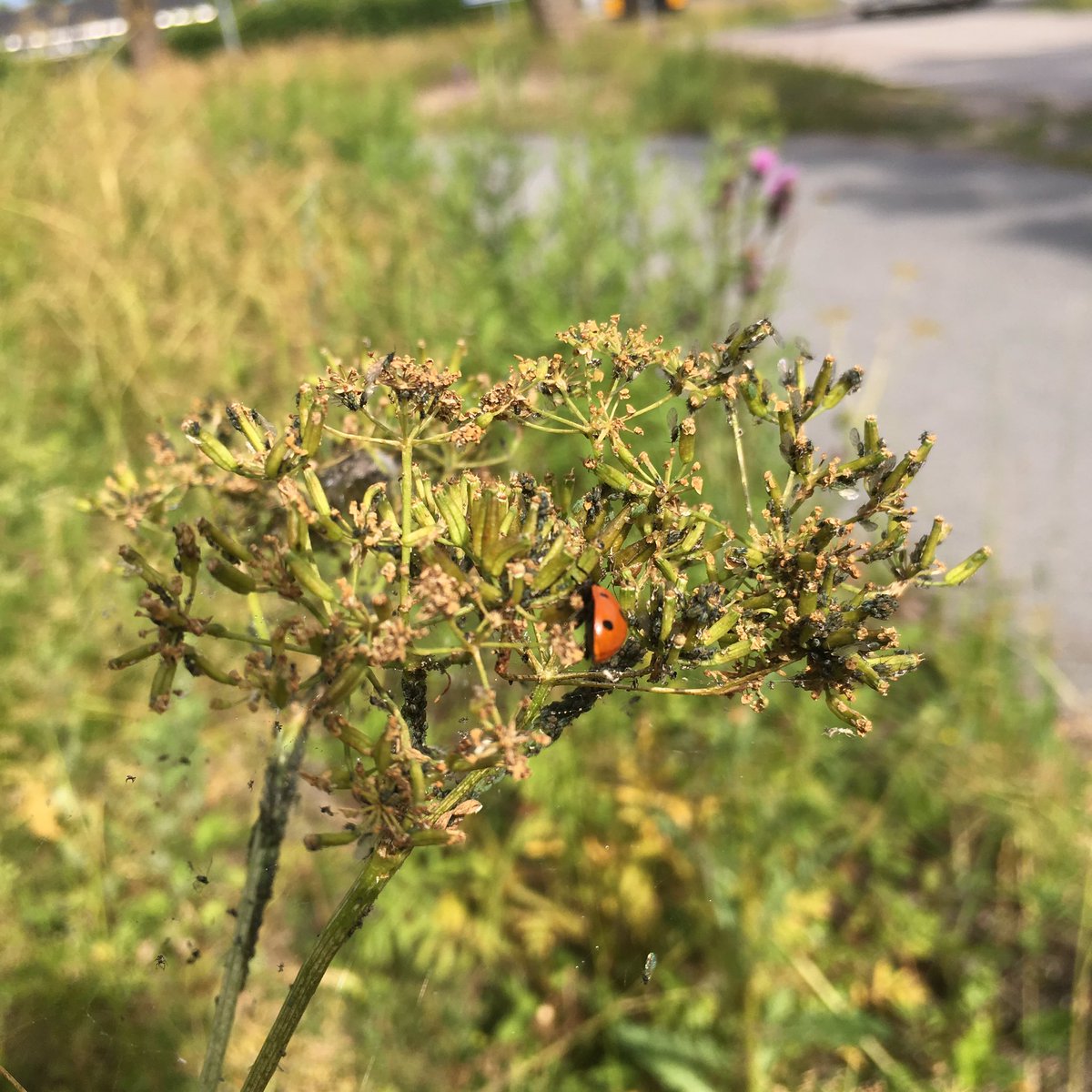
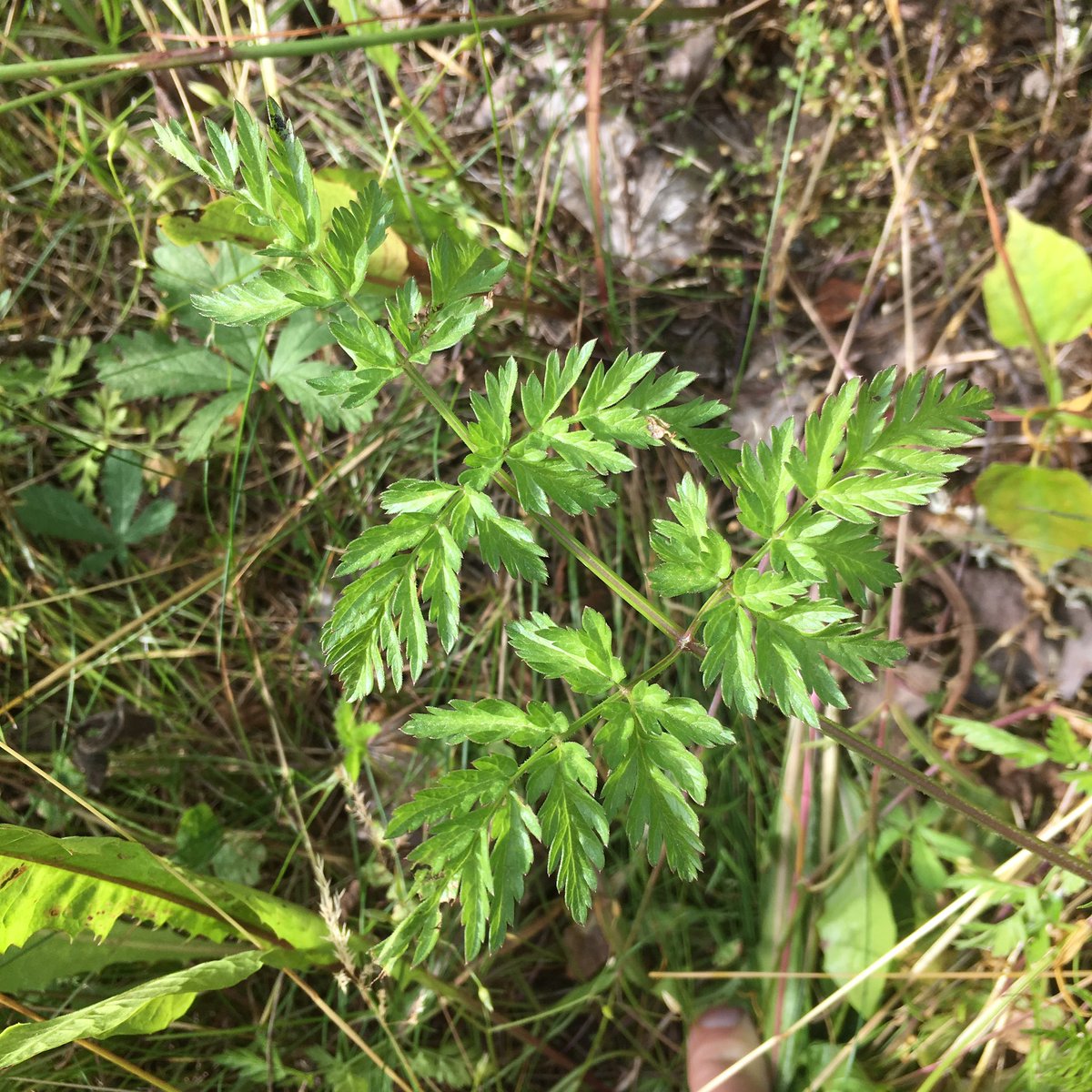
Upright hedge-parsley / Rödkörvel / Torilis japonica
A pretty one from the same family as above. I did not know it previously, so had to use the key for the ID. Growing in the gravel, here it’s close to the northern edge of its Swedish distribution.
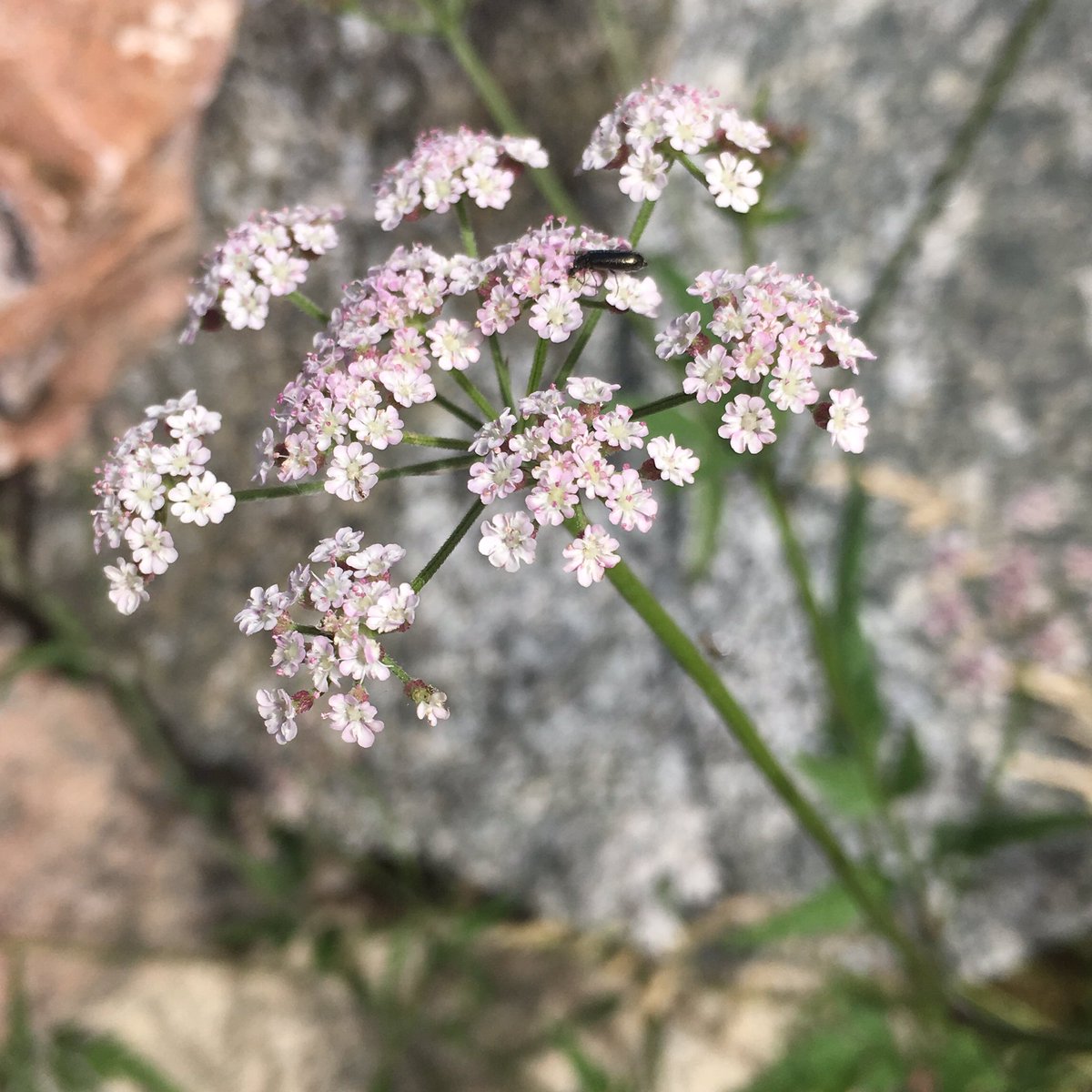
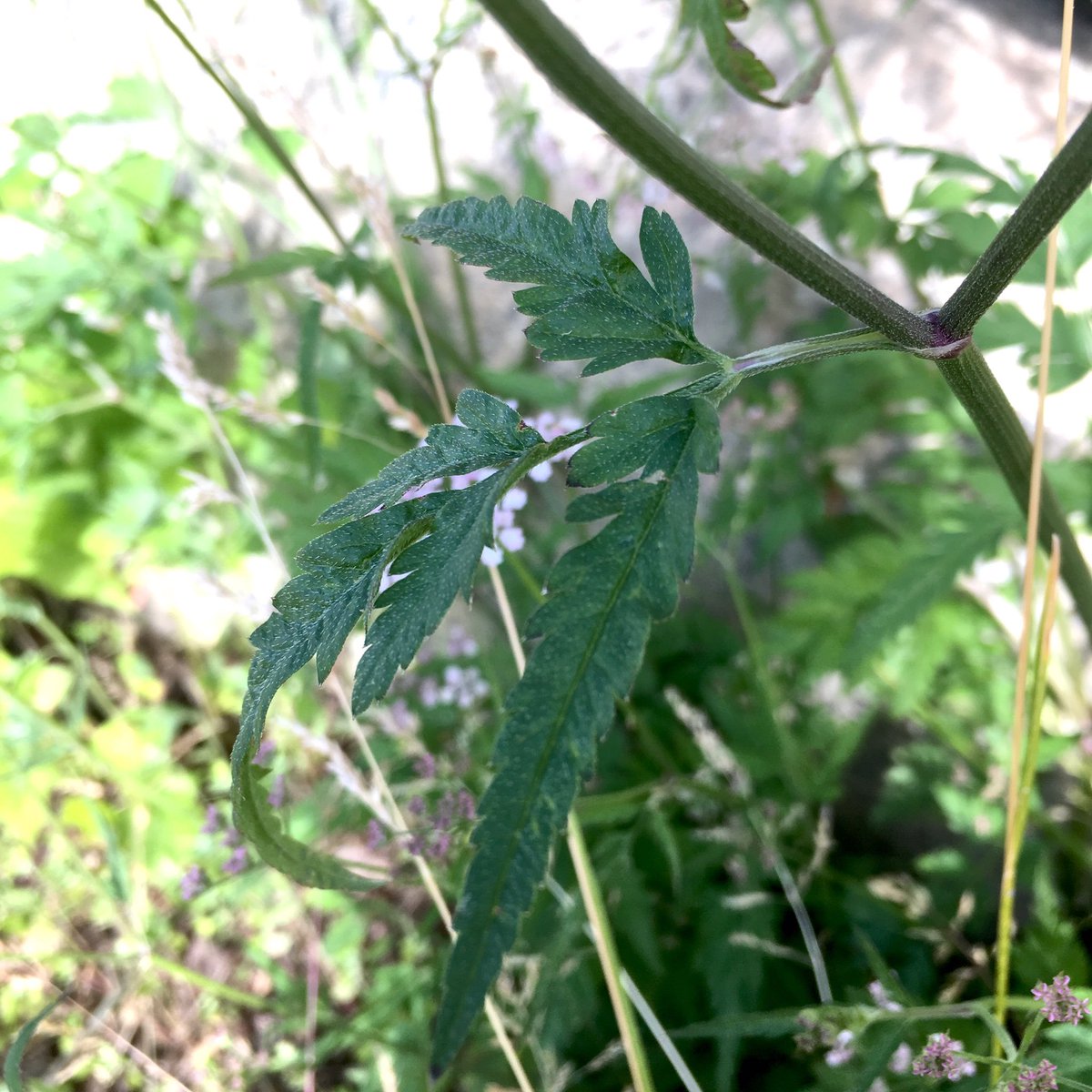
Few-flowered fumitory / Blek jordrök / Fumaria vaillatii
Probably the rarest species in the garden, its Swedish distribution is mostly limited to the region around Uppsala. It appeared in a space between some lavender we planted.
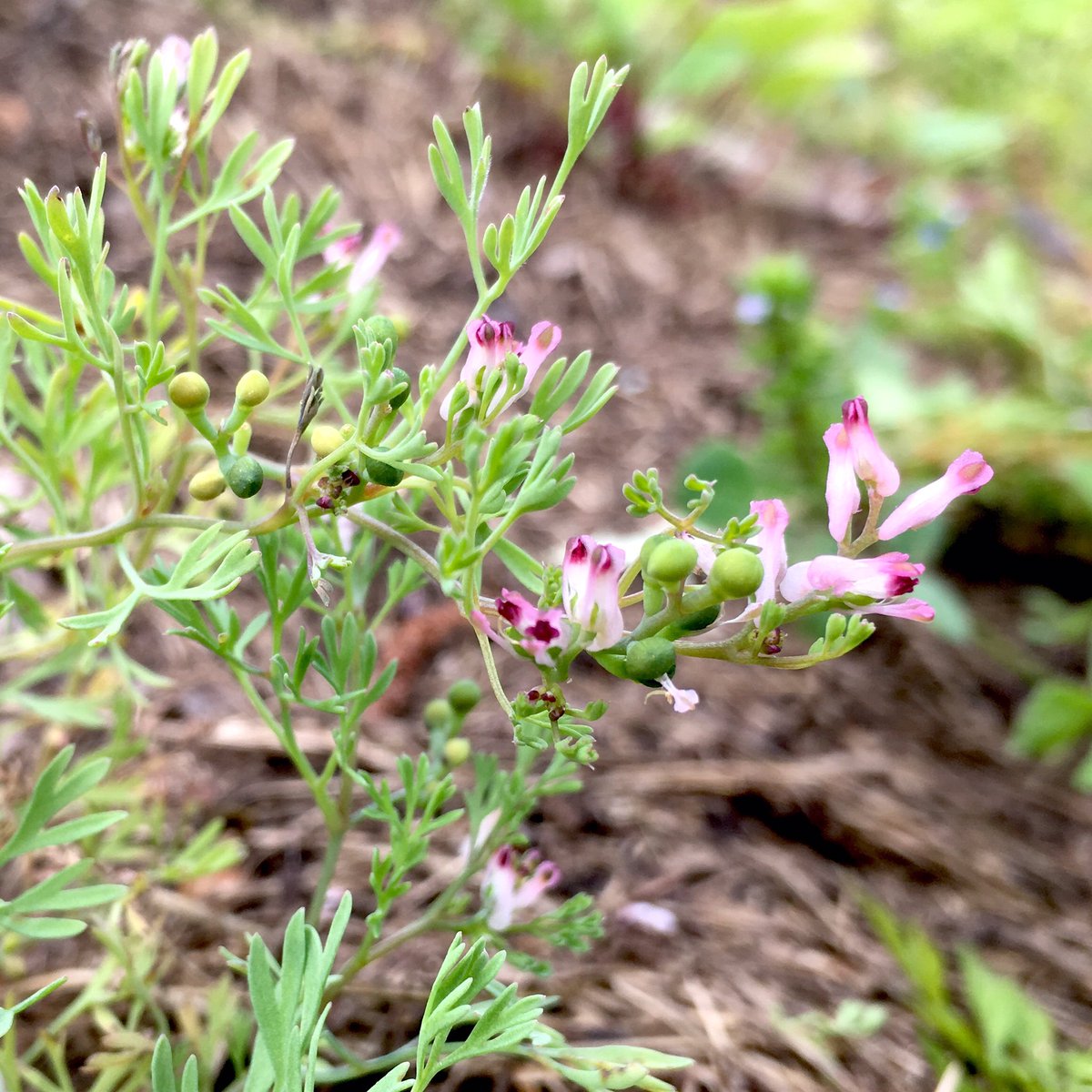
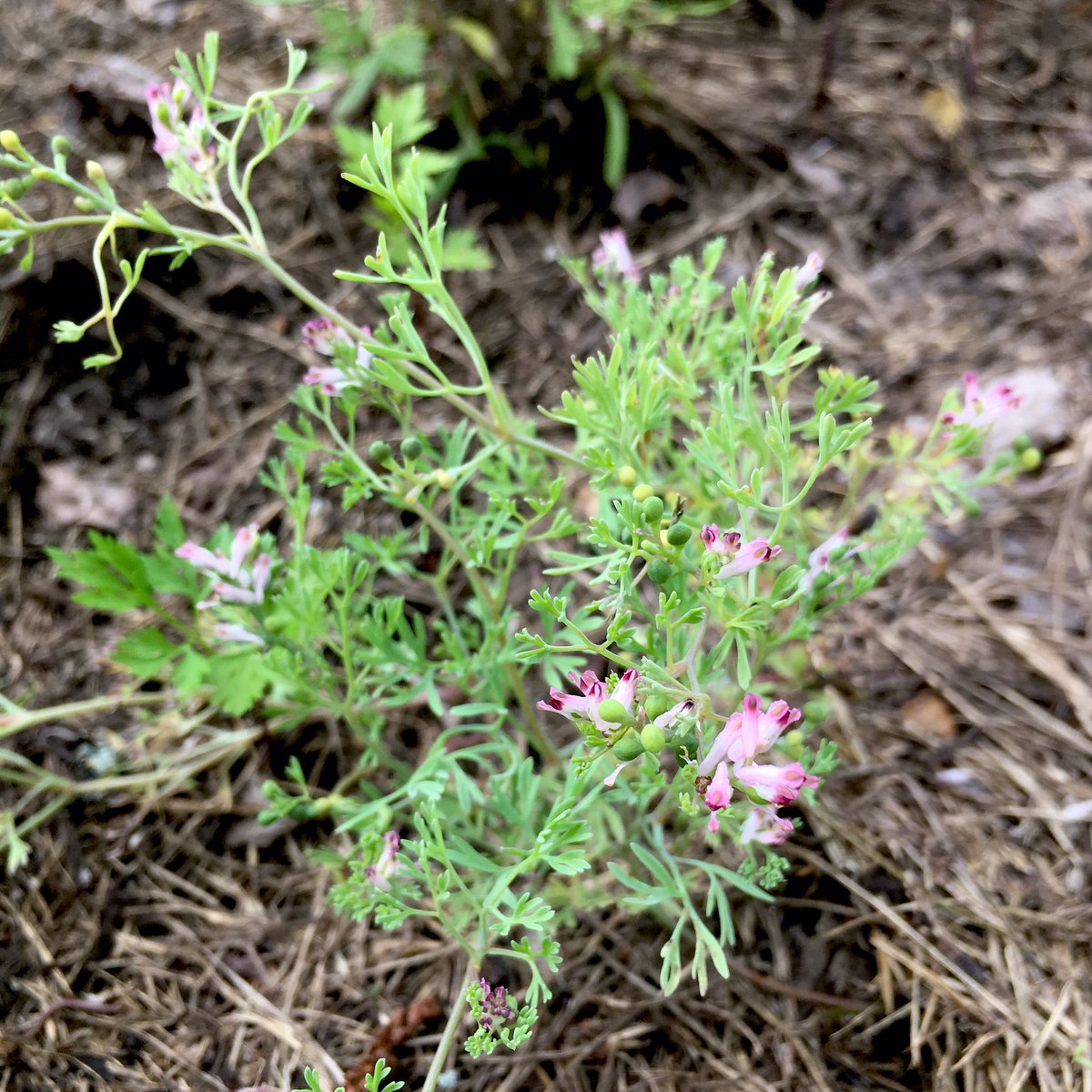
Autumn hawkbit / Höstfibbla / Scorzoneroides autumnalis
It’s the last day of my summer holiday tomorrow (but still plenty of plants to post!), though it’s a stretch to call it autumn. Another yellow Asteraceae, plus Eskil.
#InternationalCatDay
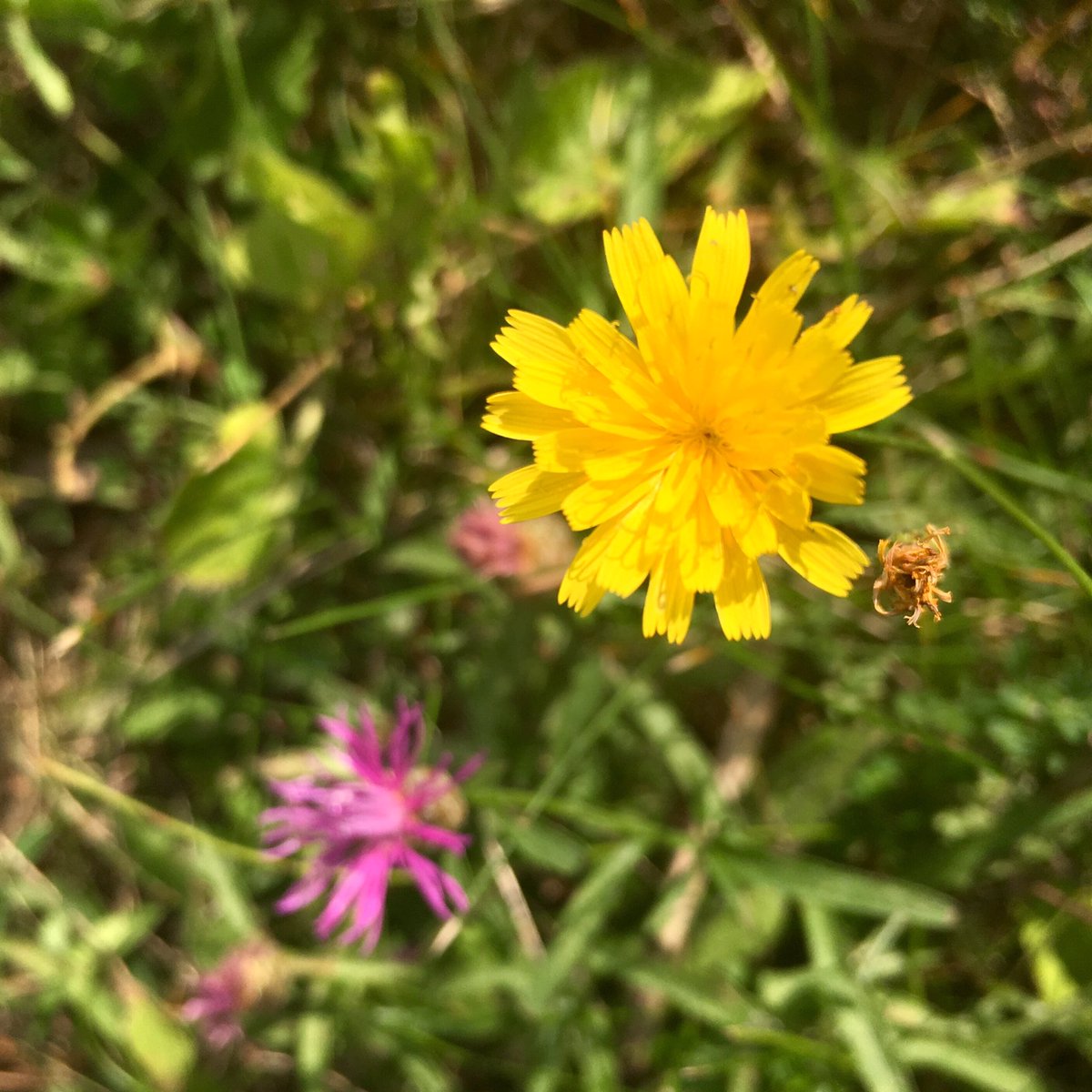
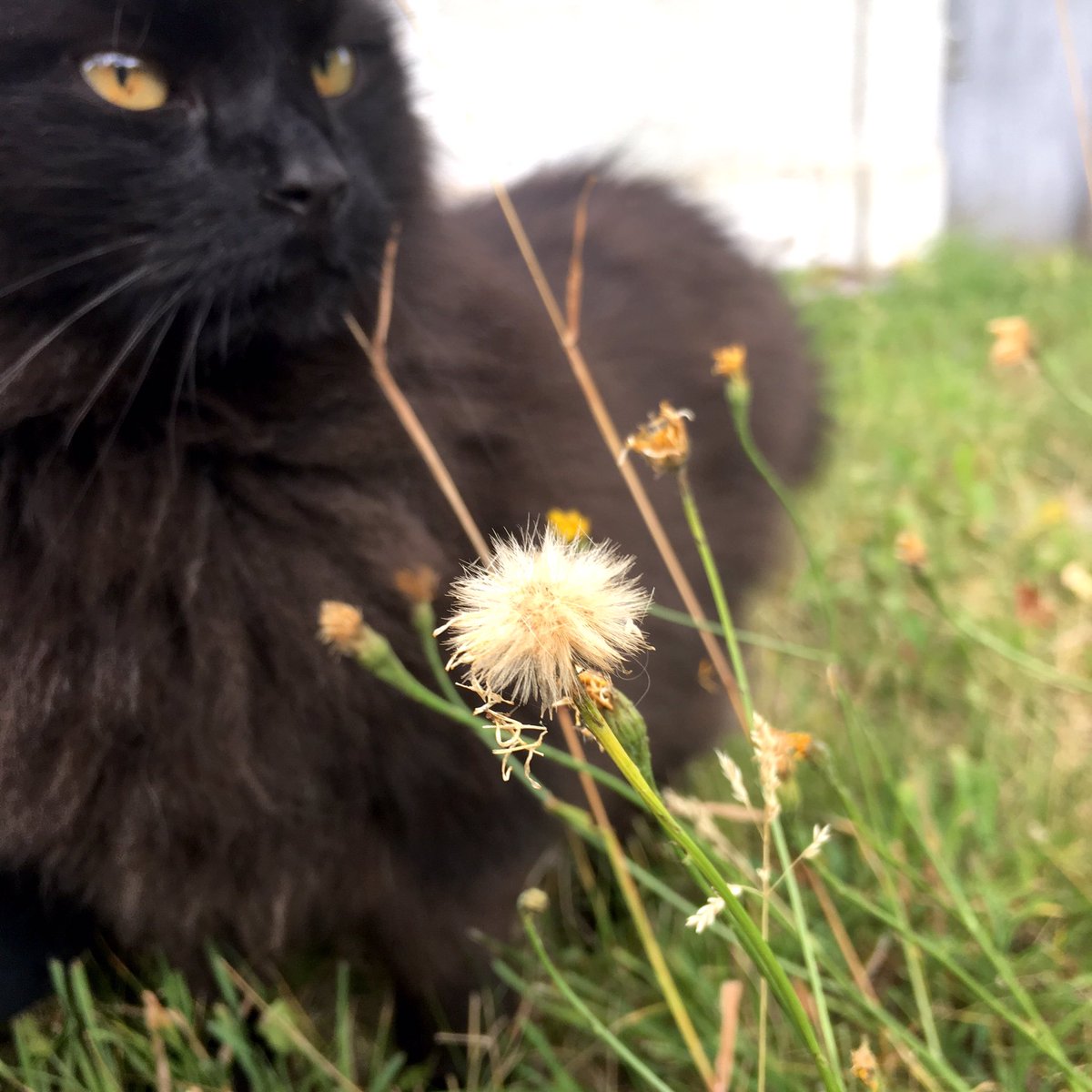
Coltsfoot / Tussilago / Tussilago farfara
Most likely the first plant to flower each spring; a welcome sight after the Swedish winter. So-called because of the shape of the leaves. Swedish books use a similar name (Hästhov), but I never hear it spoken.
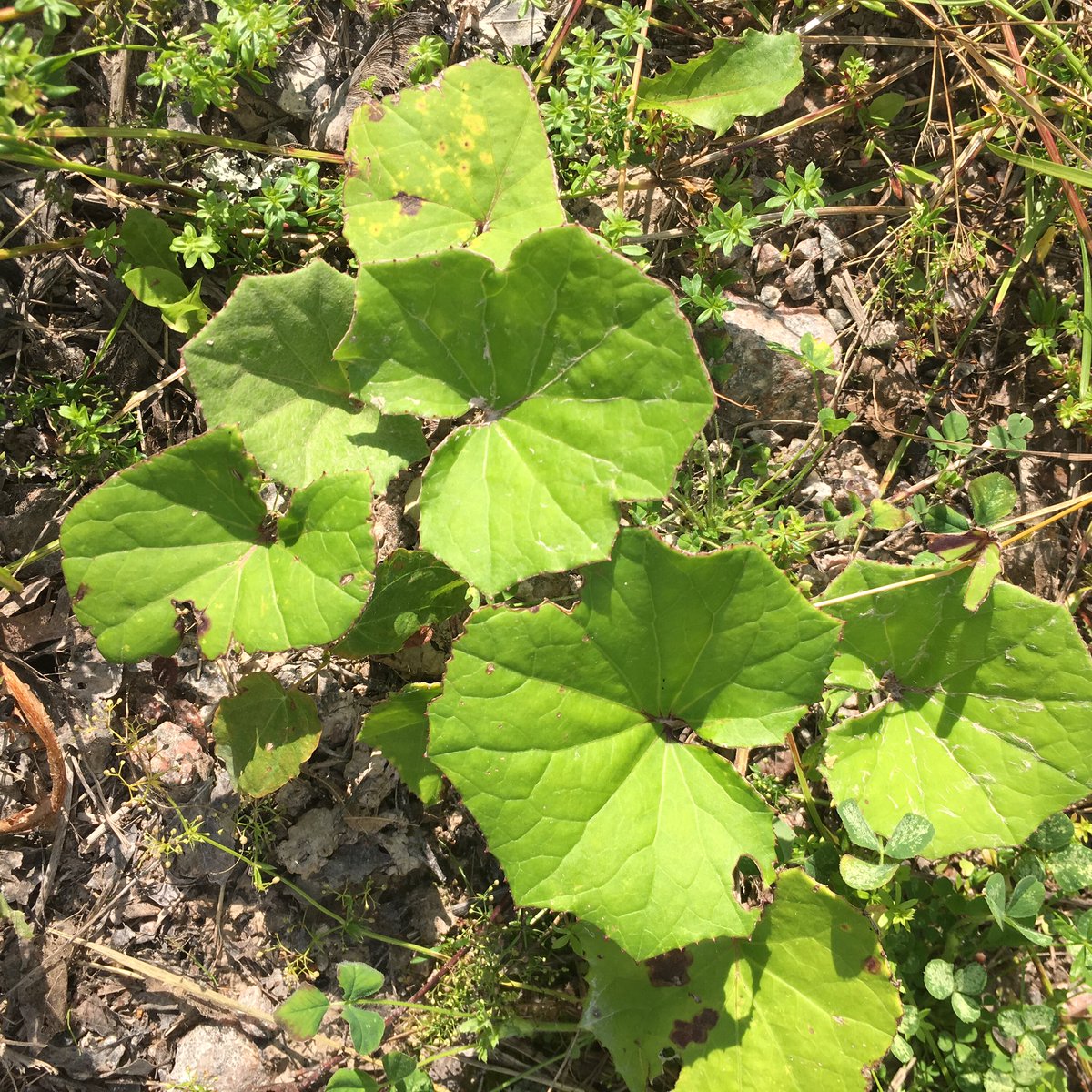
Lamb’s-ear / Lammöron / Stachys byzantina
Most likely planted somewhere in the garden by someone, at some point. Doing very well by itself now though, spreading around the gravel and preventing the cellar door from closing properly. The bumblebees love it.
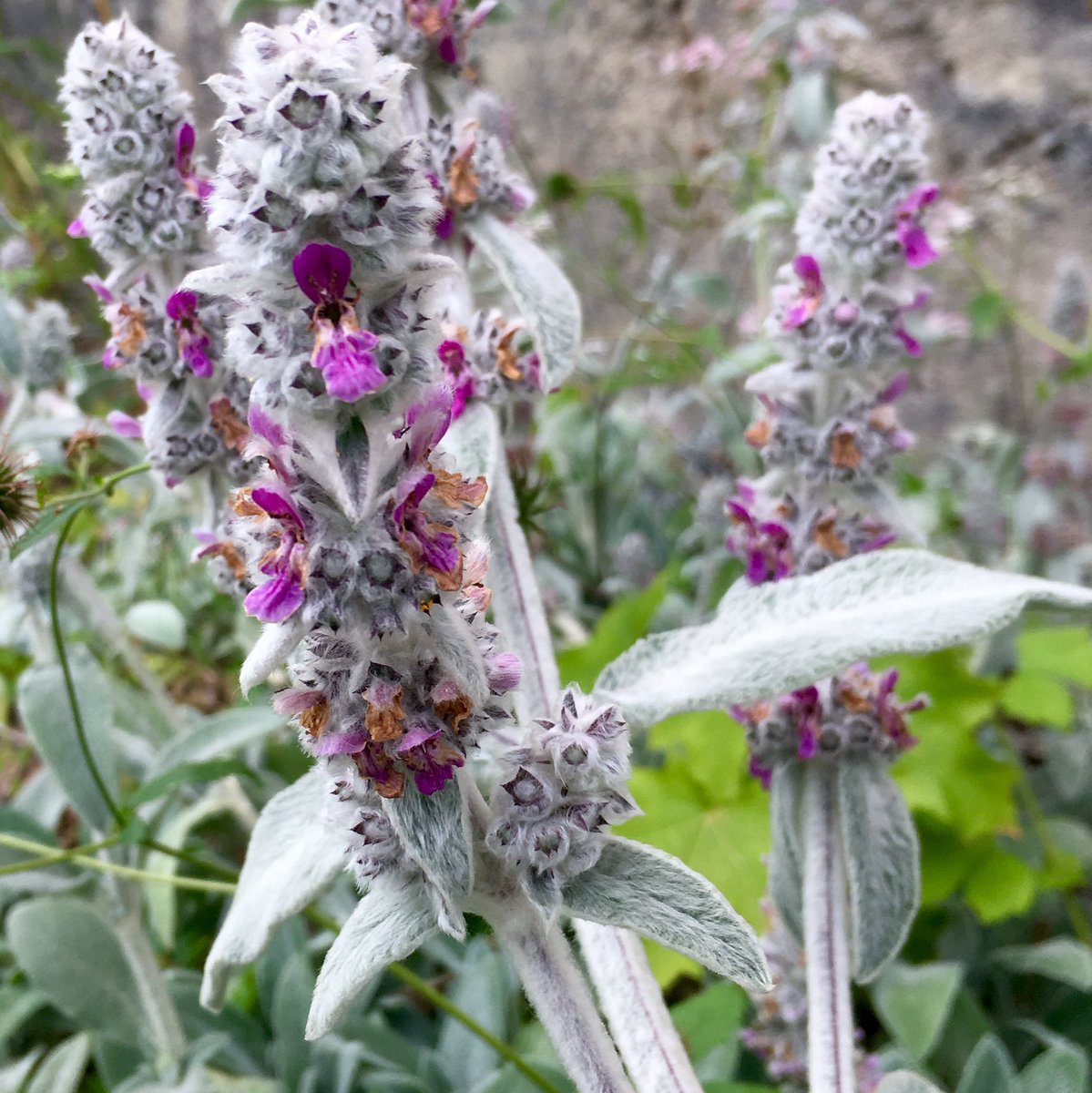
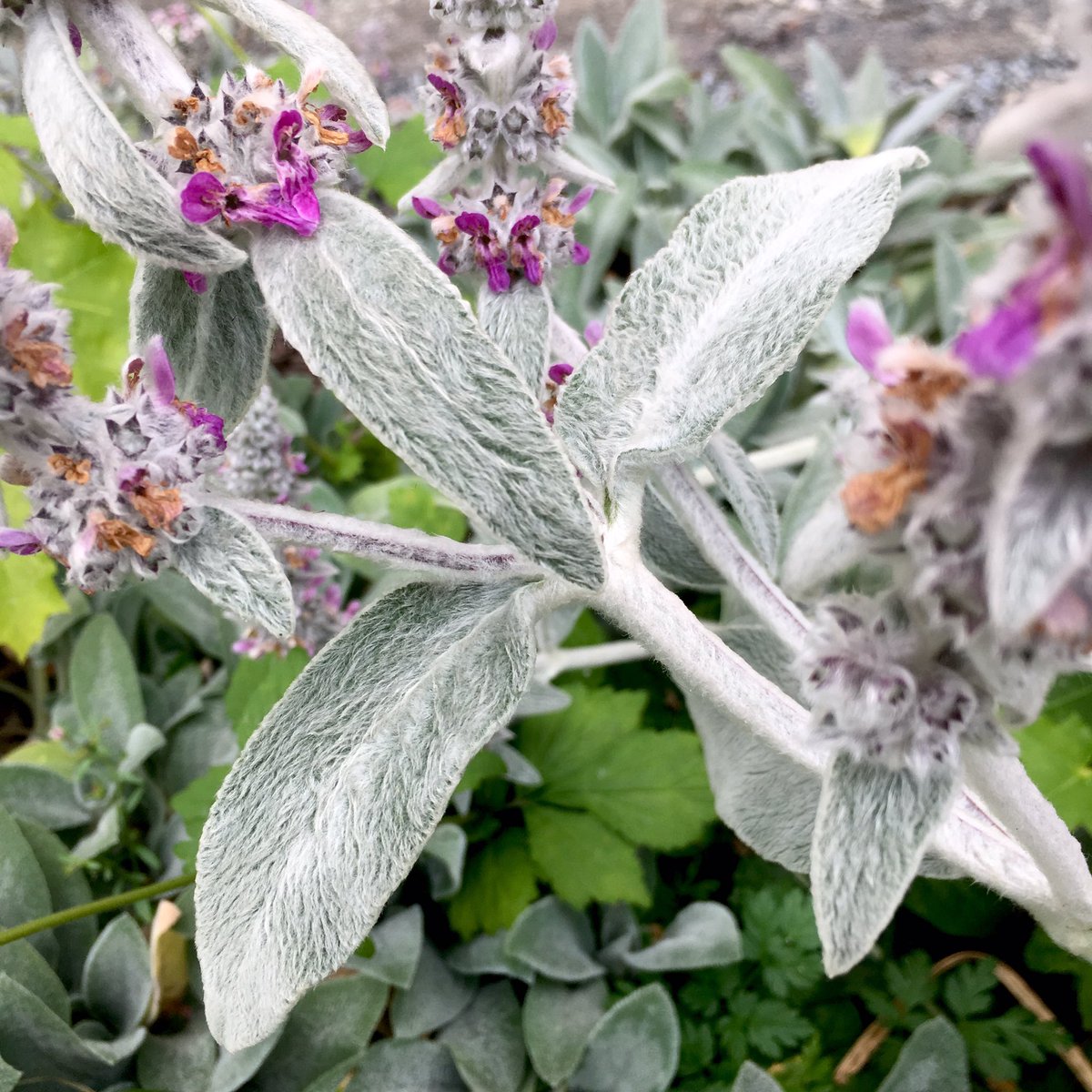
Common nettle / Brännässla / Urtica dioica
I’m aghast to find that this is not actually called ‘stinging nettle’ in English; it’s such a good name because they sting. Host plant to some lovely butterfly species and other insects.
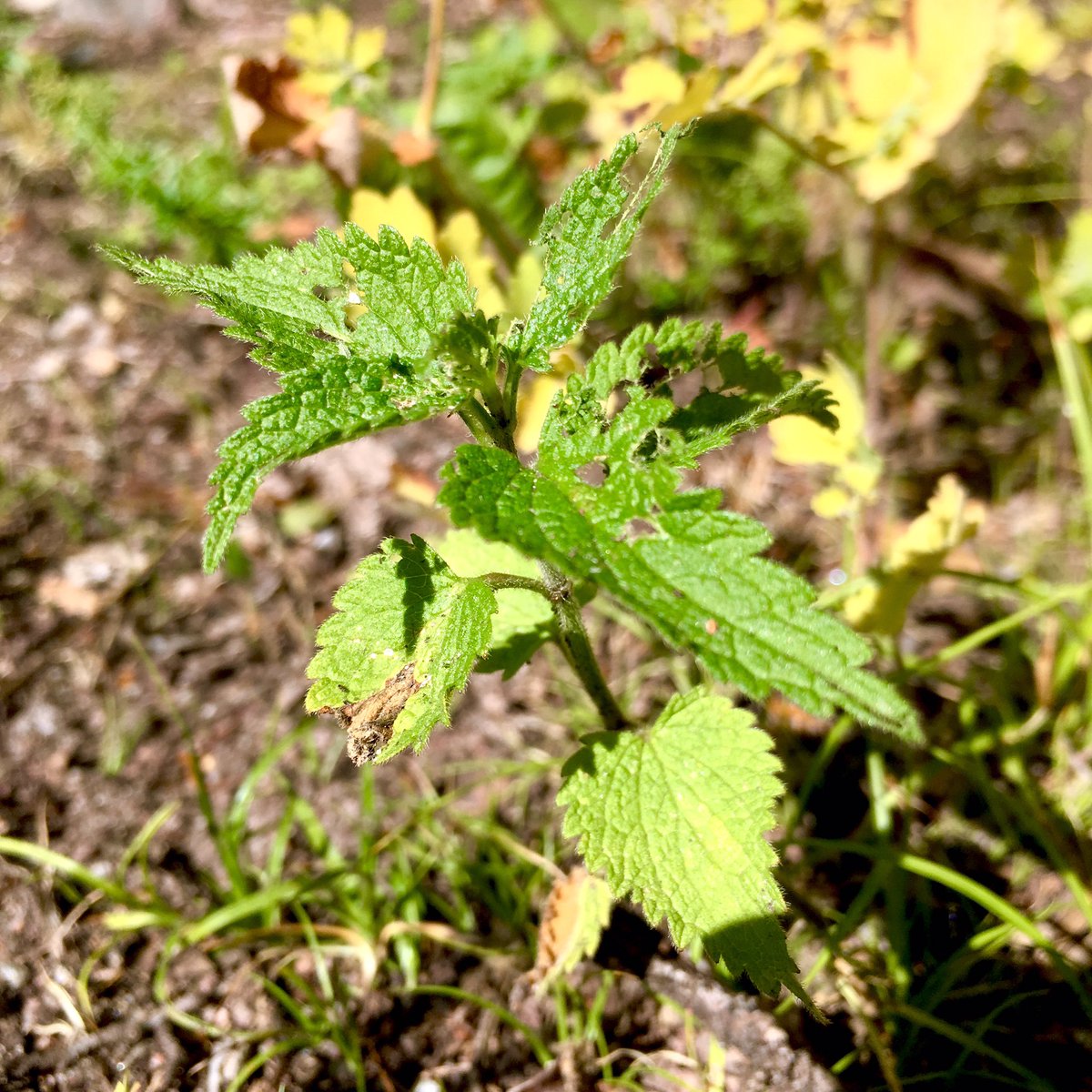
Sticky groundsel / Klibbkorsört / Senecio viscosus
Another one from in and around the rusty metal tub. It’s sticky.
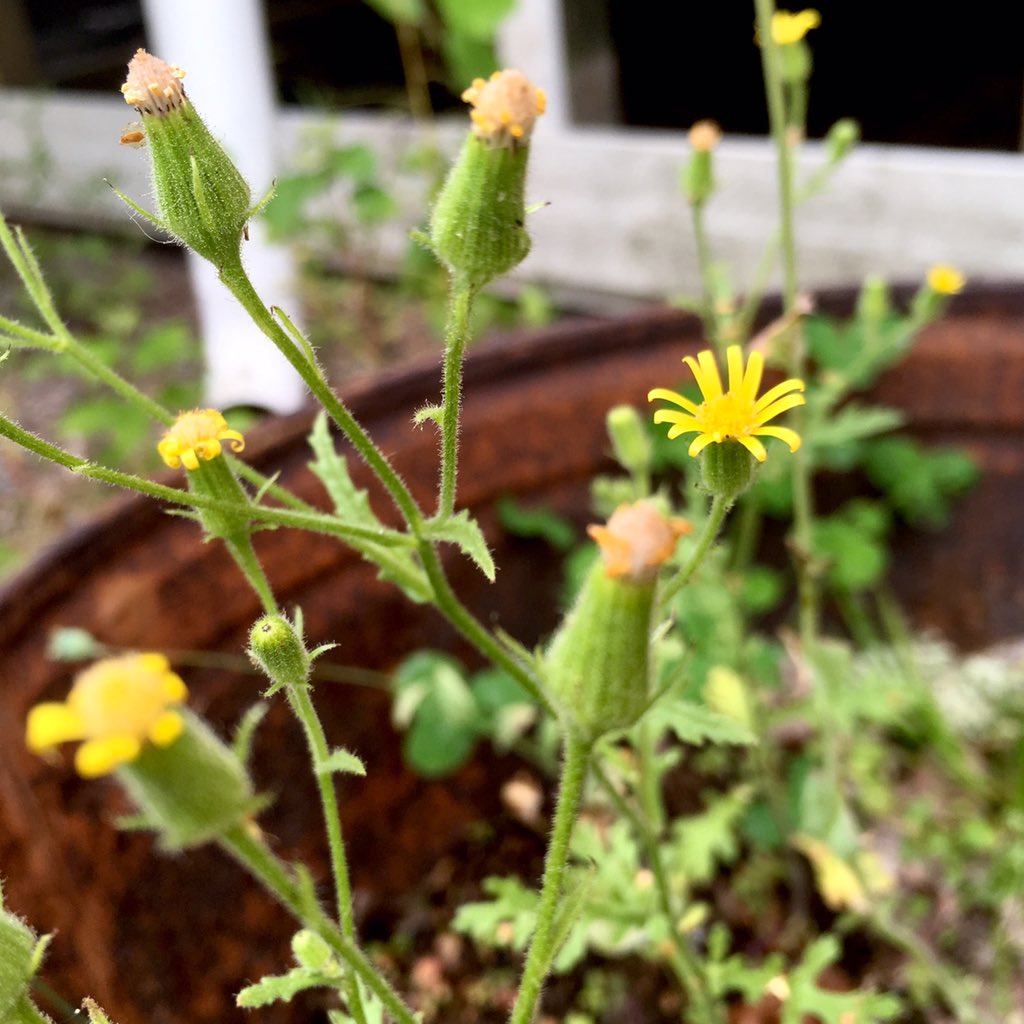
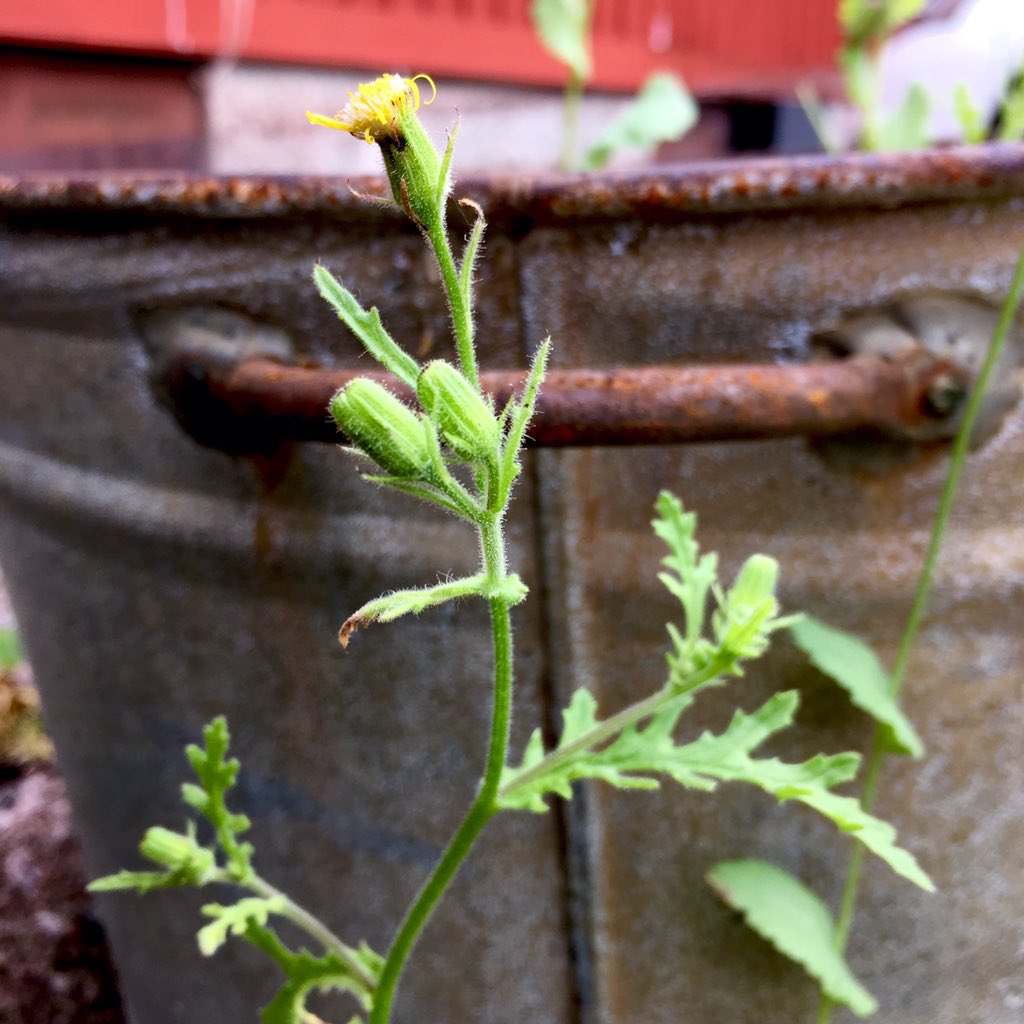
Germander speedwell / Teveronica / Veronica chamaedrys
A common plant in open habitat - here on the slope. The flowers are a nice blue-purple, but when you can’t see them there is always the two rows of hairs on the stalk that can help the identification.
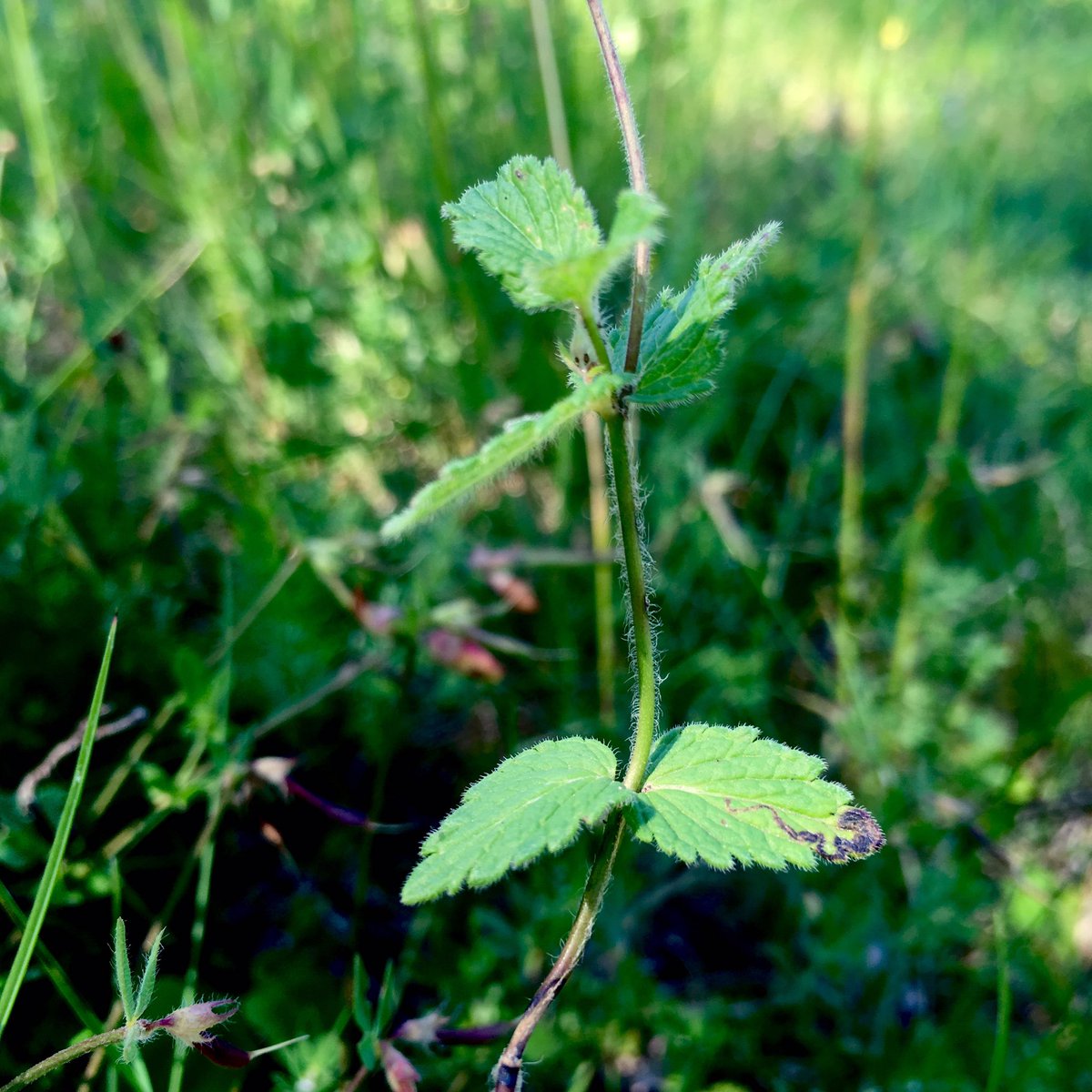
Silky lady’s mantle / Sammetsdaggkåpa / Alchemilla glaucescens
I’ve been away at an intensive plant ID course and not had any time over. Now I’m back and can use my skills to assign this to the species level rather than just the common lady’s mantle agg!
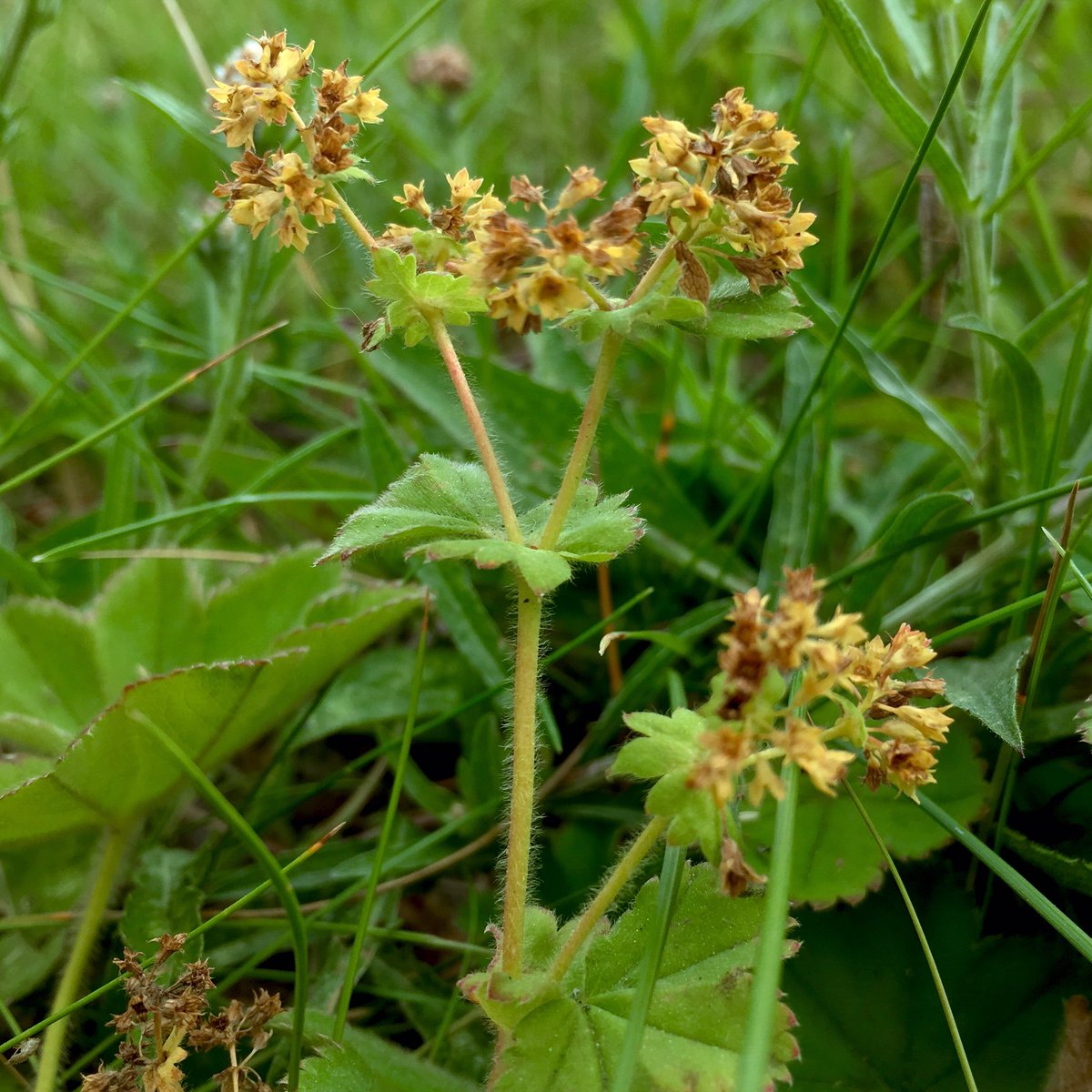
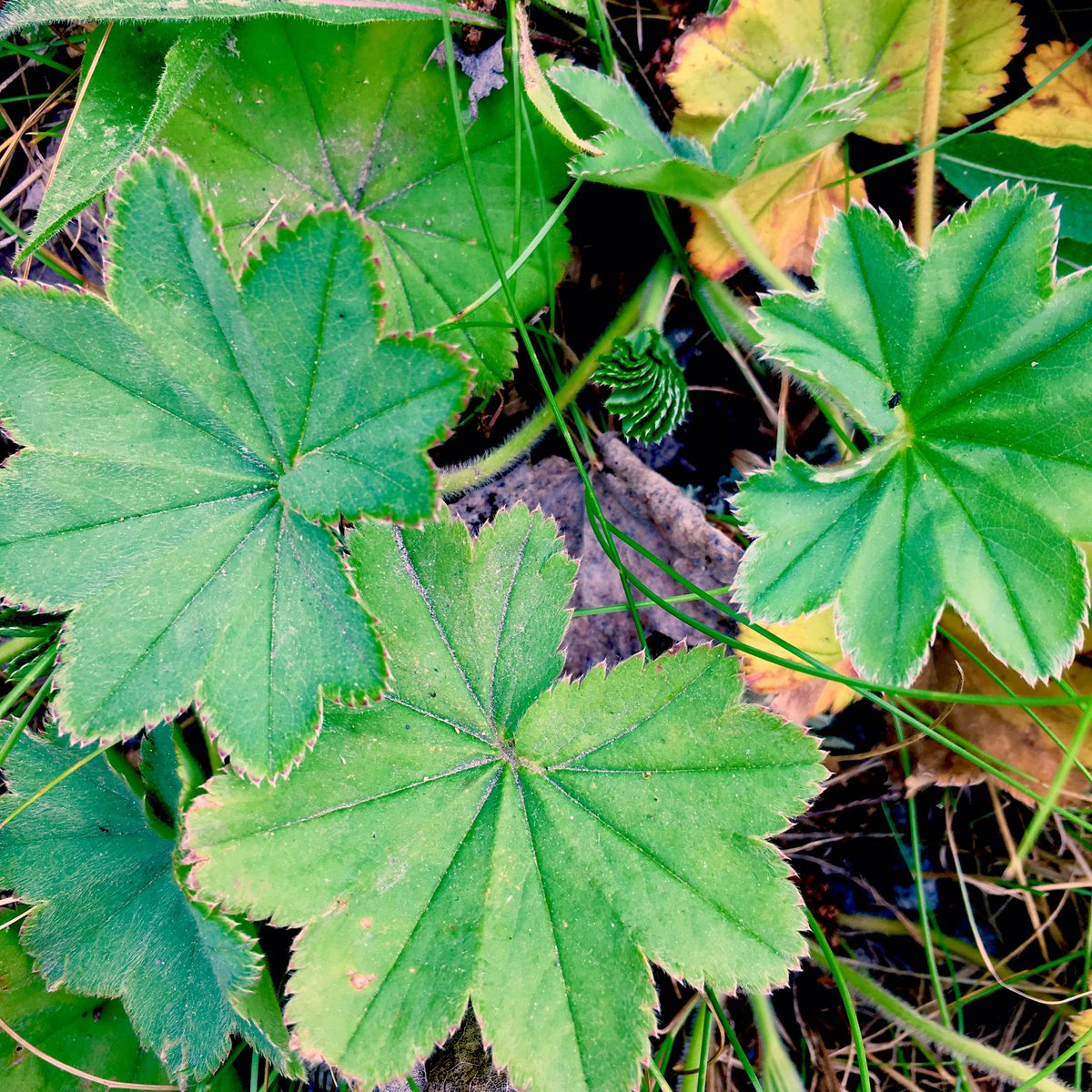
Broad-leaved willowherb / Bergdunört / Epilobium montanum
Willowherbs are another group of species I was wary of identifying, but it turns out you can come a long way looking at the shape of the stigma (märke) and leaves, and the hairs on the stem.
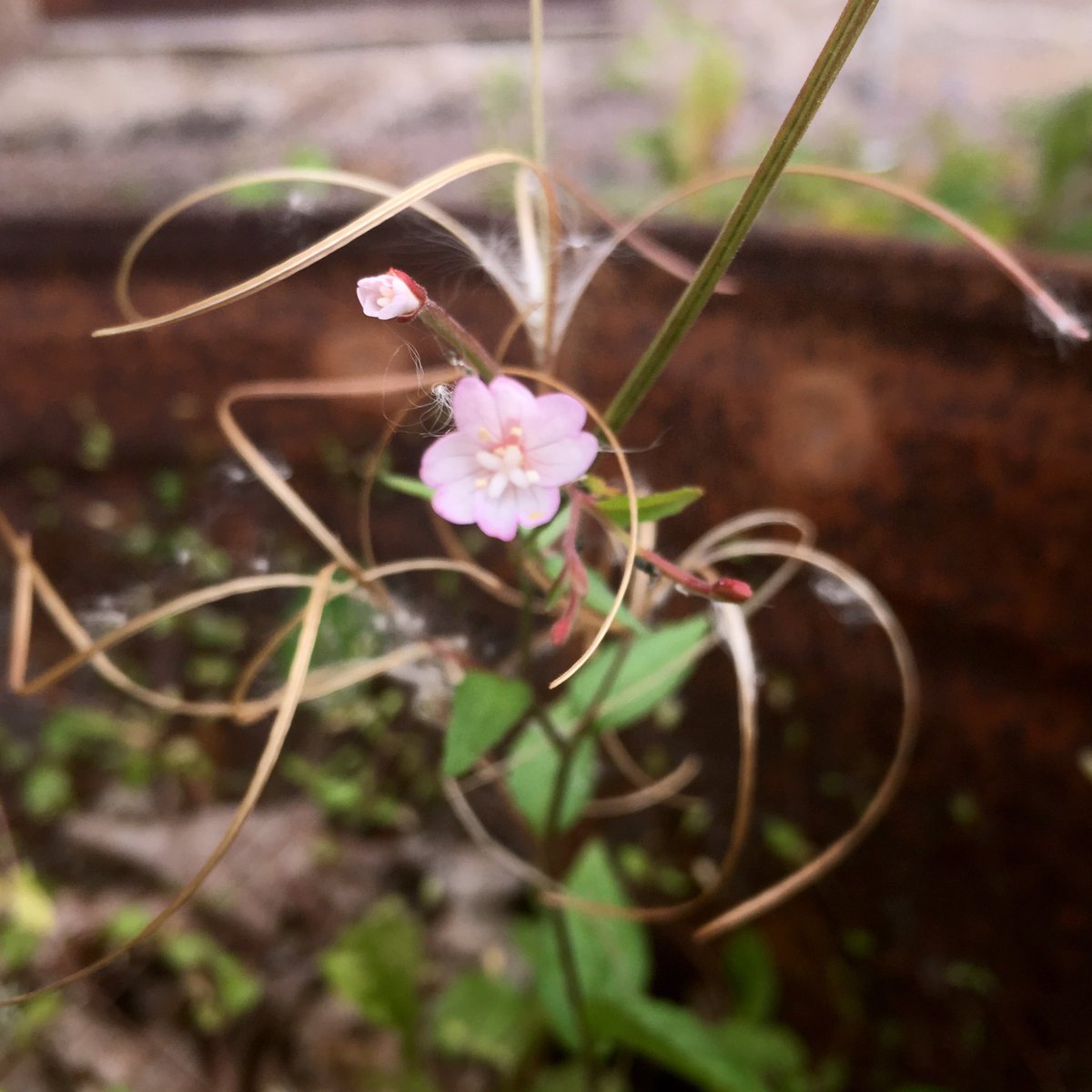
Curled dock / Krusskräppa / Rumex crispus
Common alongside roads and paths. Narrow, curled-up leaves and a round lump in the centre of the fruit.
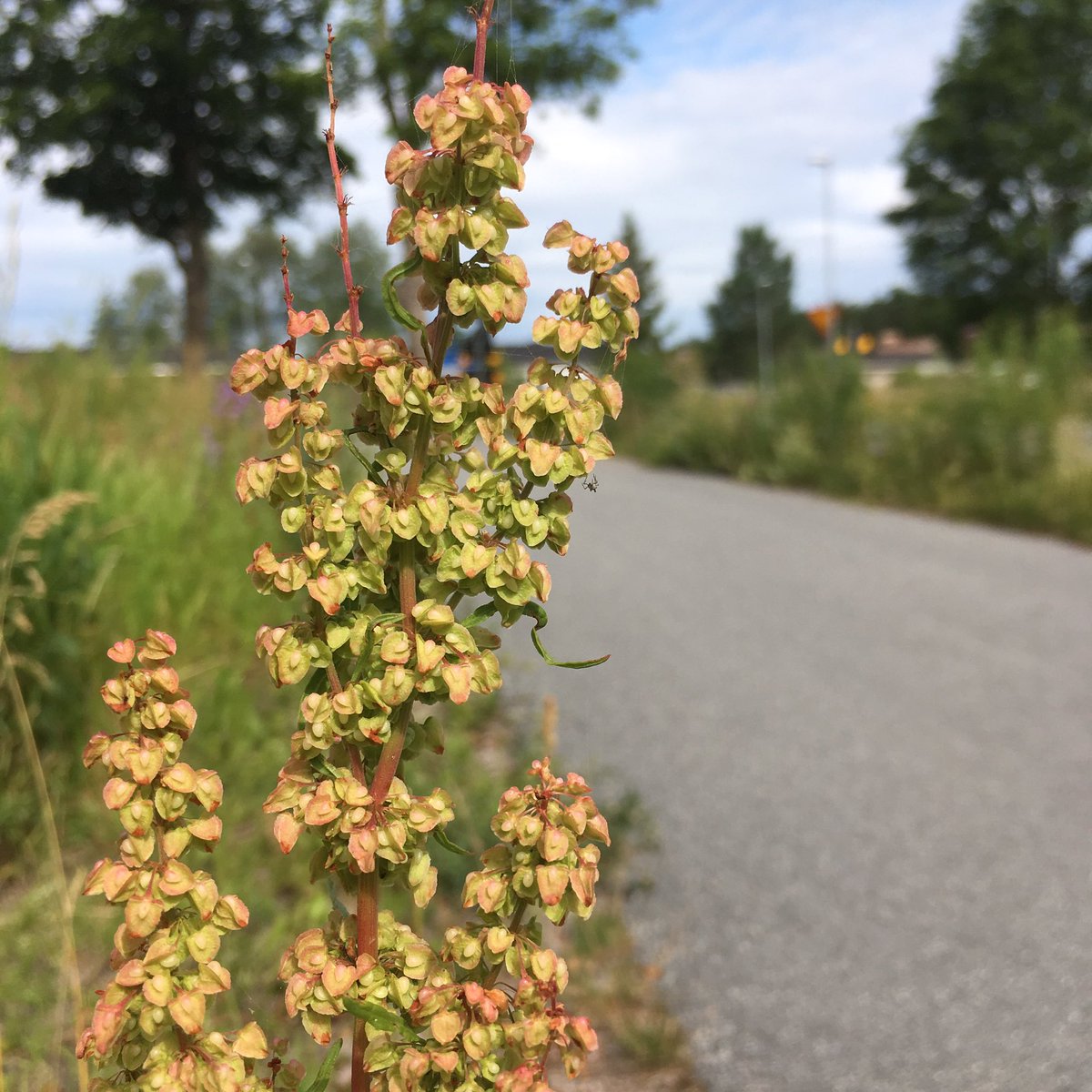
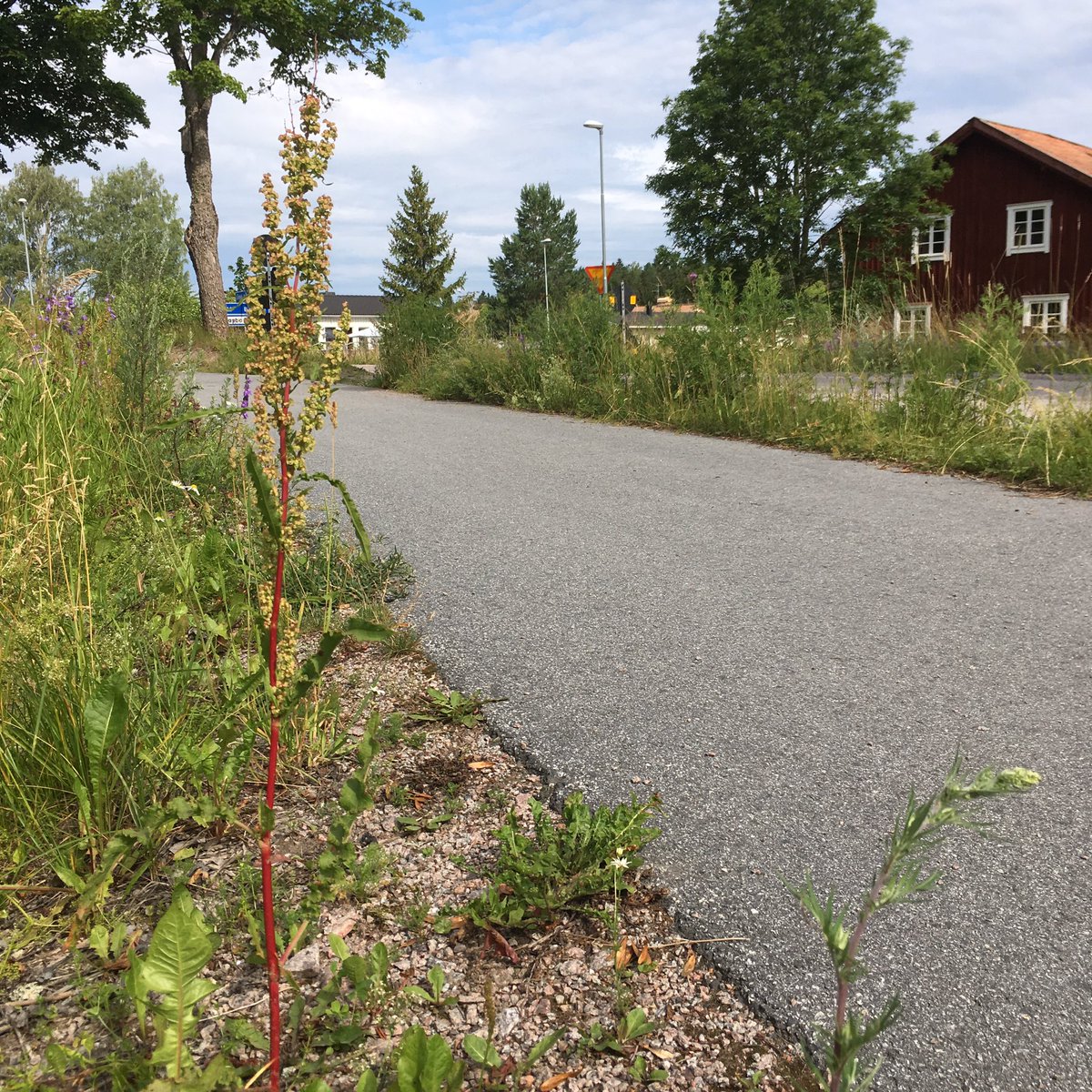
Nipplewort / Harkål / Lapsana communis
Nipplewort? Personally I don’t see the resemblance.
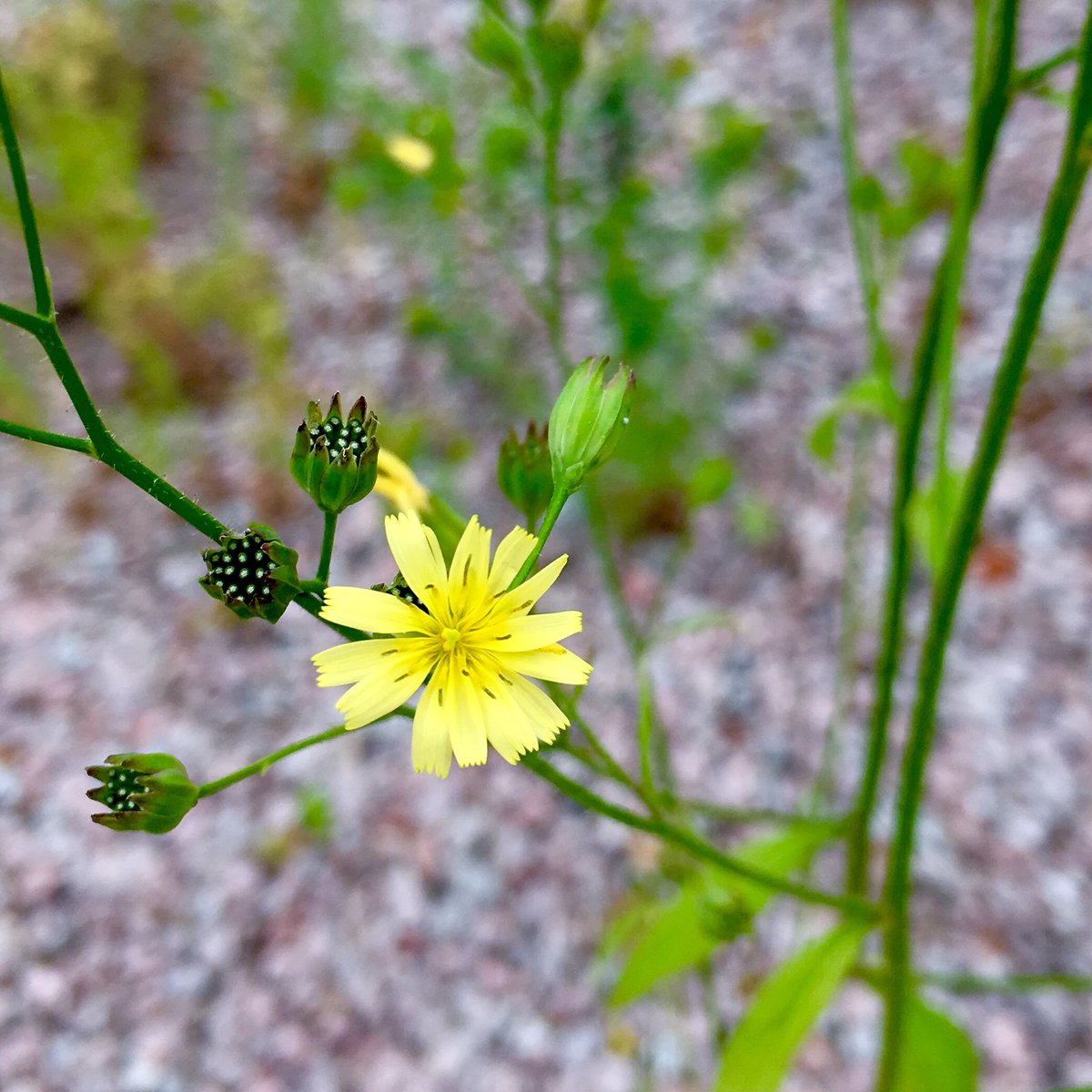
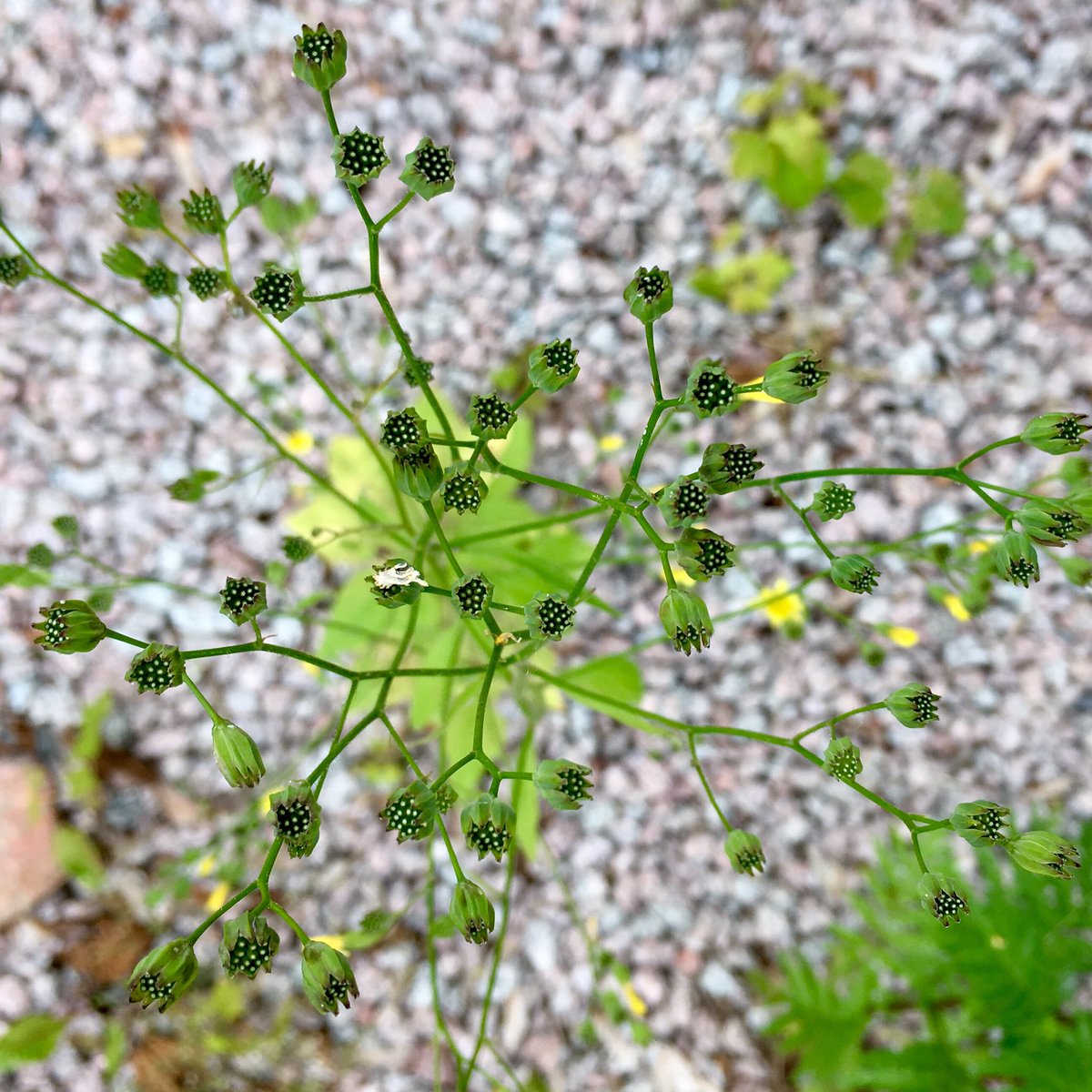
Pineappleweed / Gatkamomill / Matricaria discoidea
A very common plant on roadsides, gravel and other disturbed ground. Looks marginally more like a pineapple than nipplewort looks like a nipple.
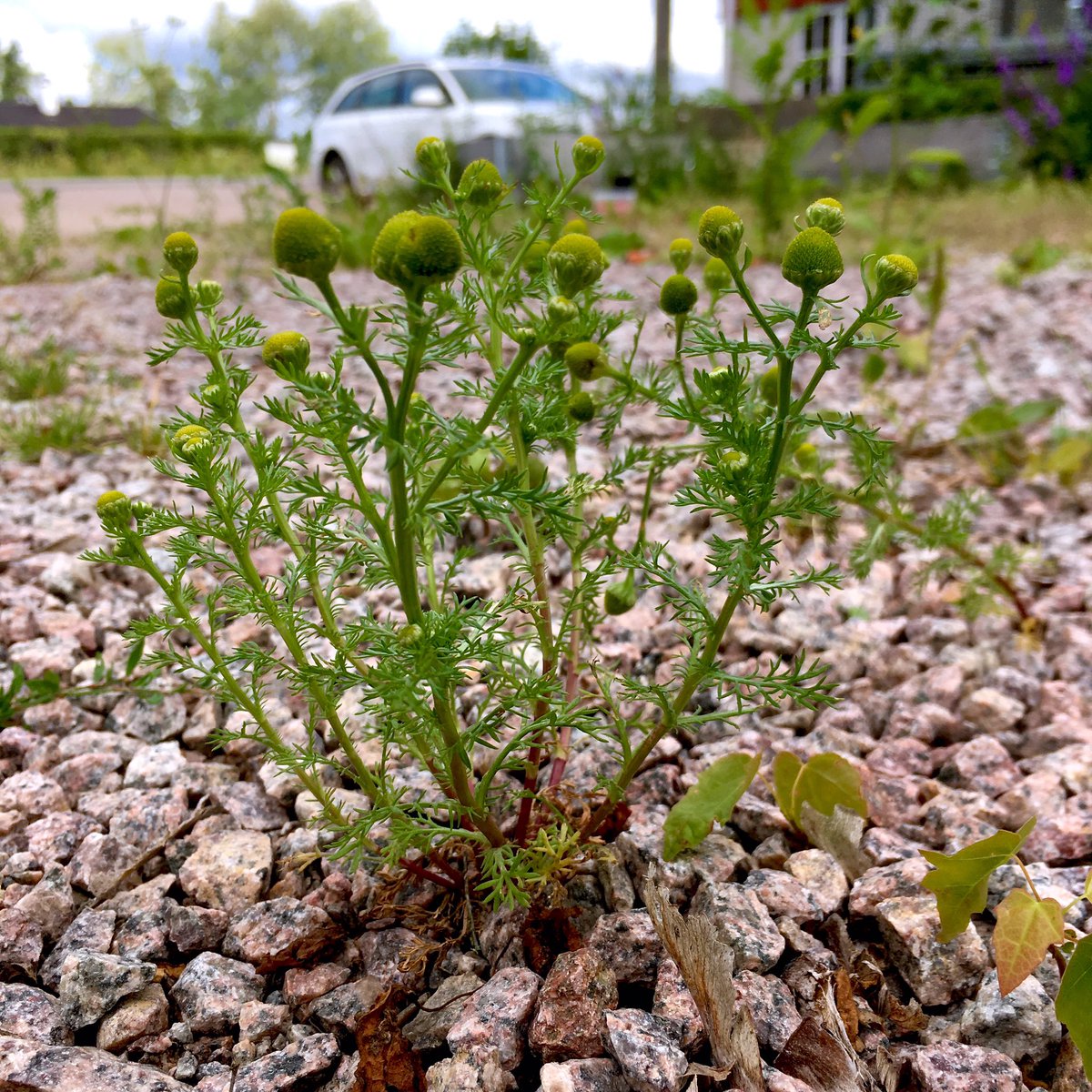
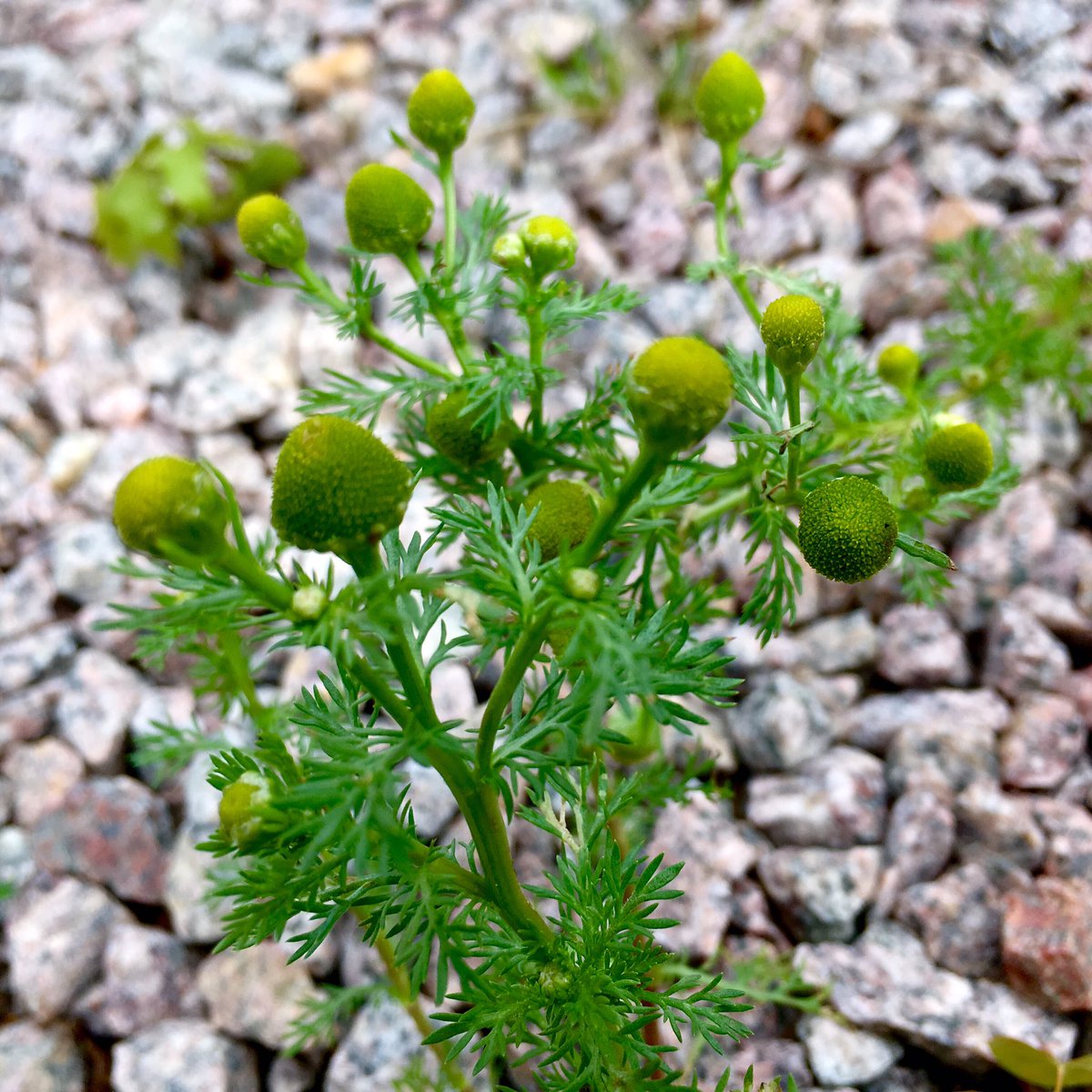
Shepherds-purse / Lomme / Capsella bursa-pastoris
Back at work today, but still plenty of species left to post (yay!). This one’s name comes from the shape of the fruit resembling a shepherd’s purse (obviously).
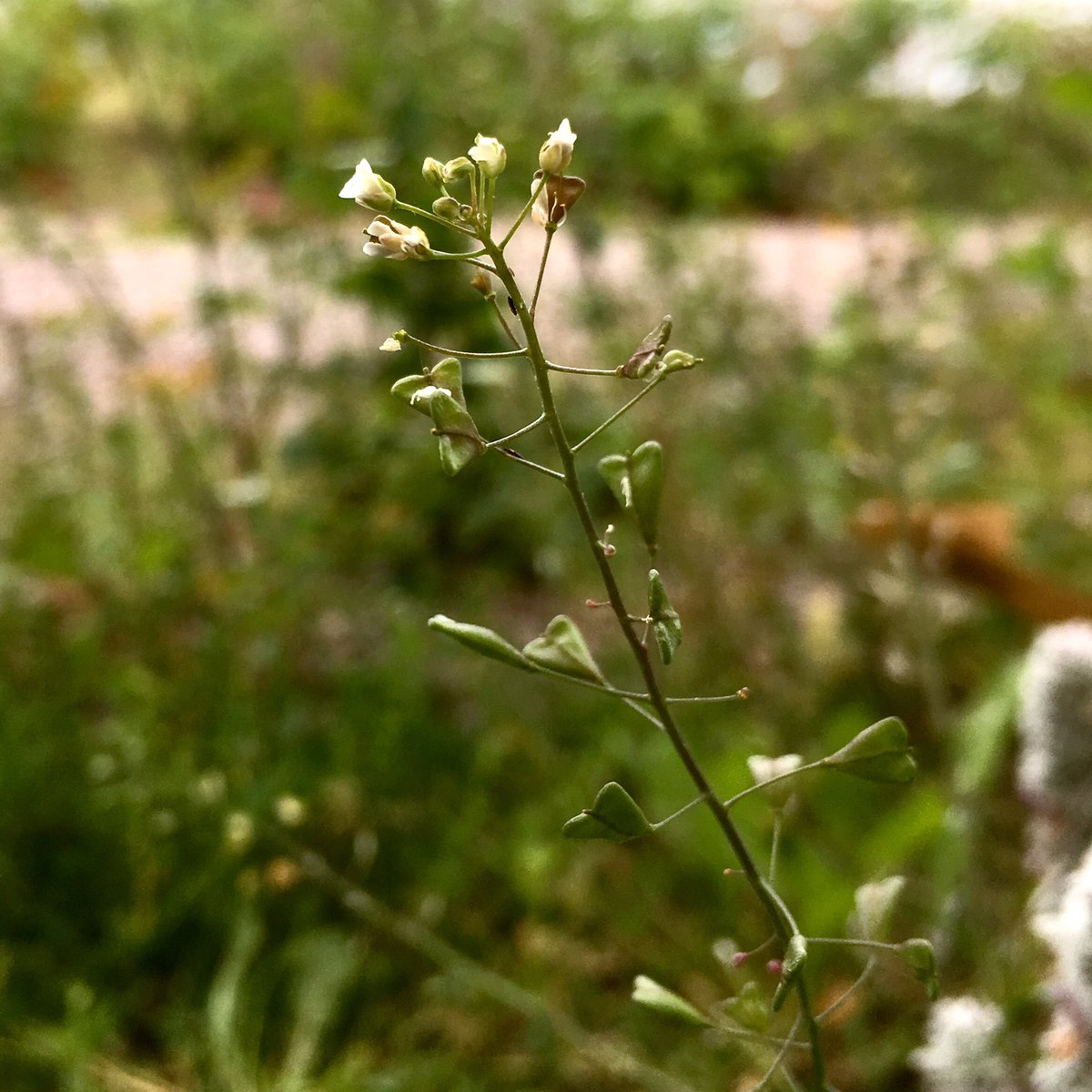
Field penny-cress / Penningört / Thlaspi arvense
And what better could a shepherd find to put in their purse than some pennies? Both this and the previous species are from the cabbage family (Brassicaceae).
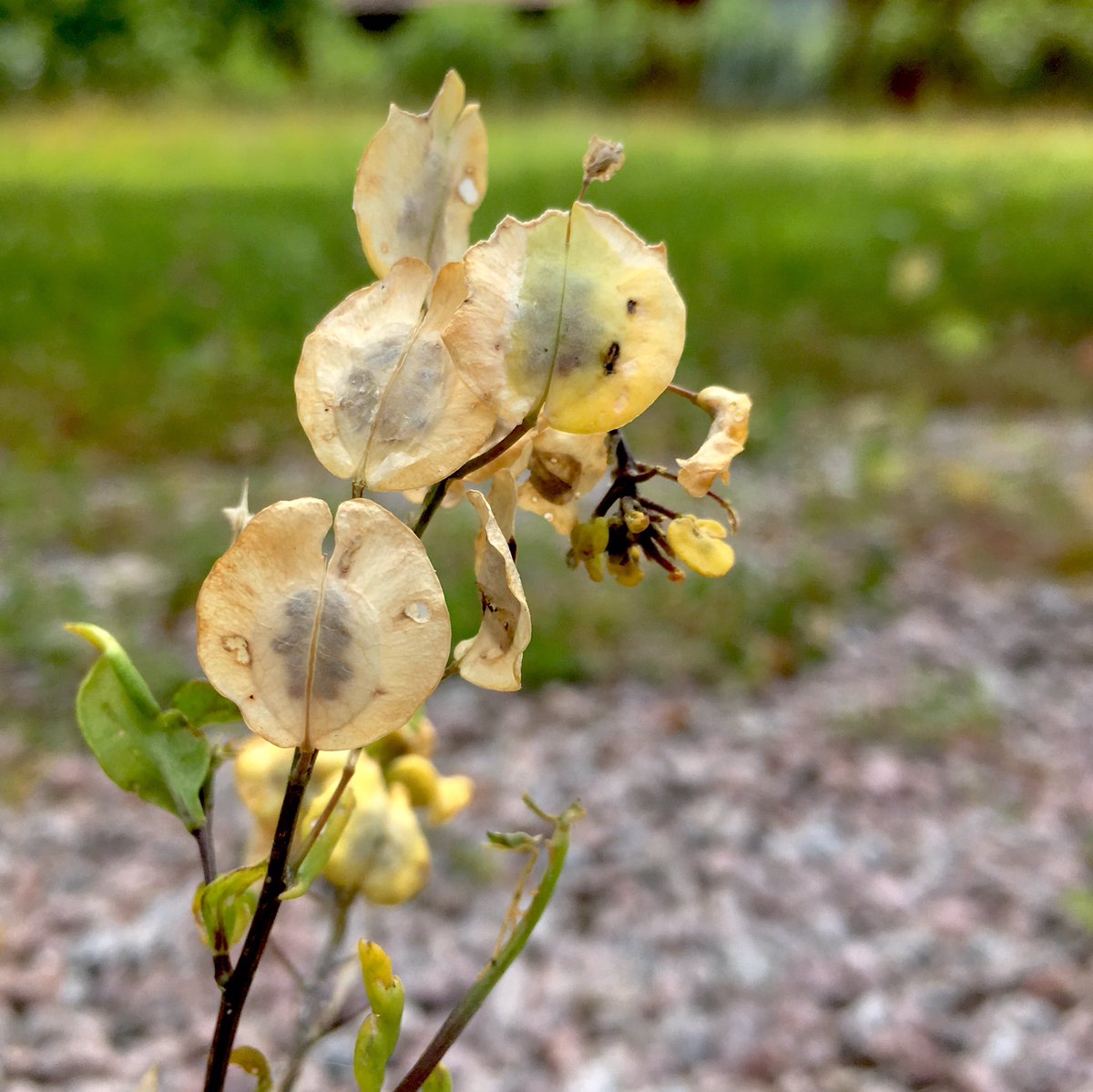
Silver birch / Vårtbjörk / Betula pendula
I’ve been neglecting the trees and bushes, of which there are a few here and there. Their odd placement around the garden tells me that at least one of each species must have grown from seed without being planted.
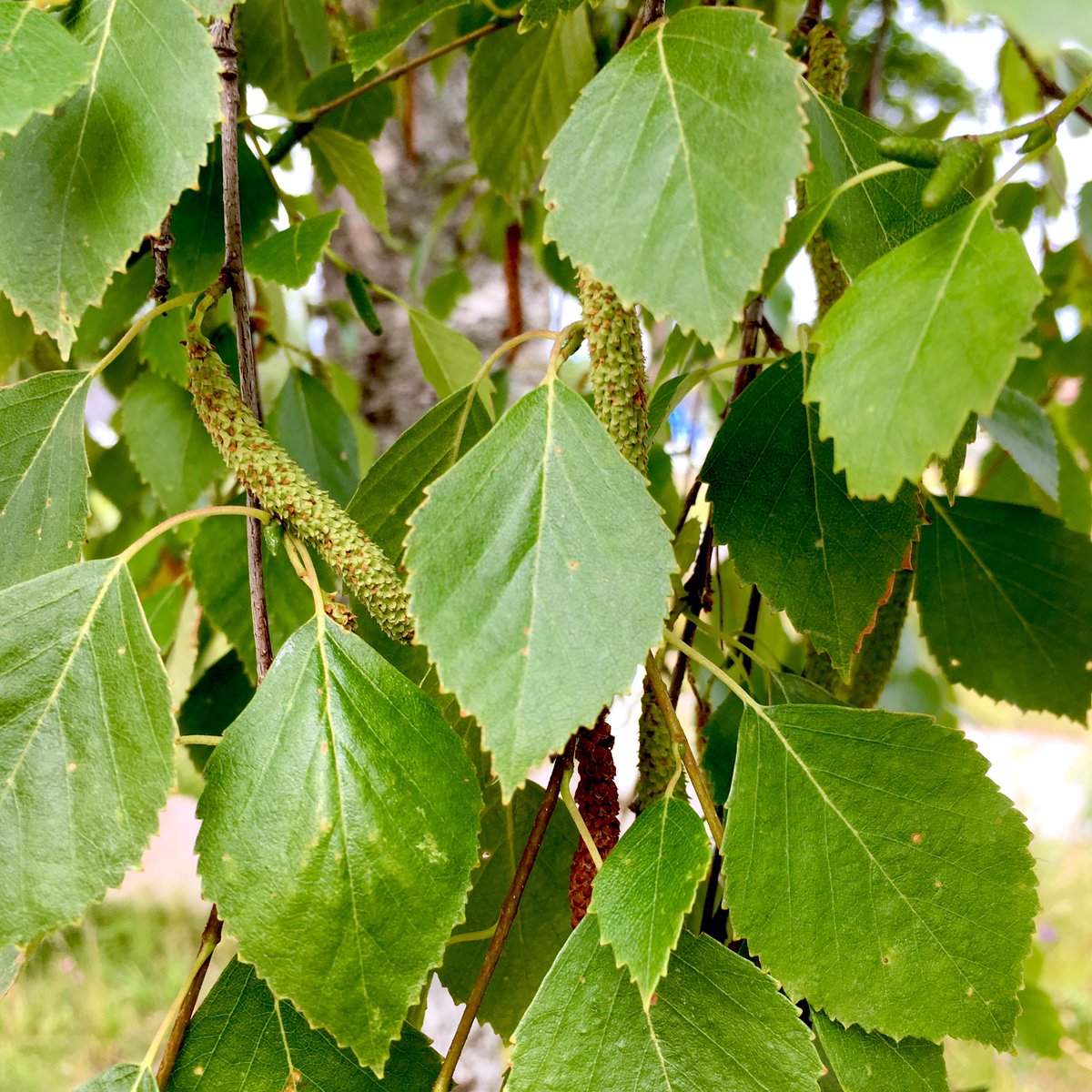
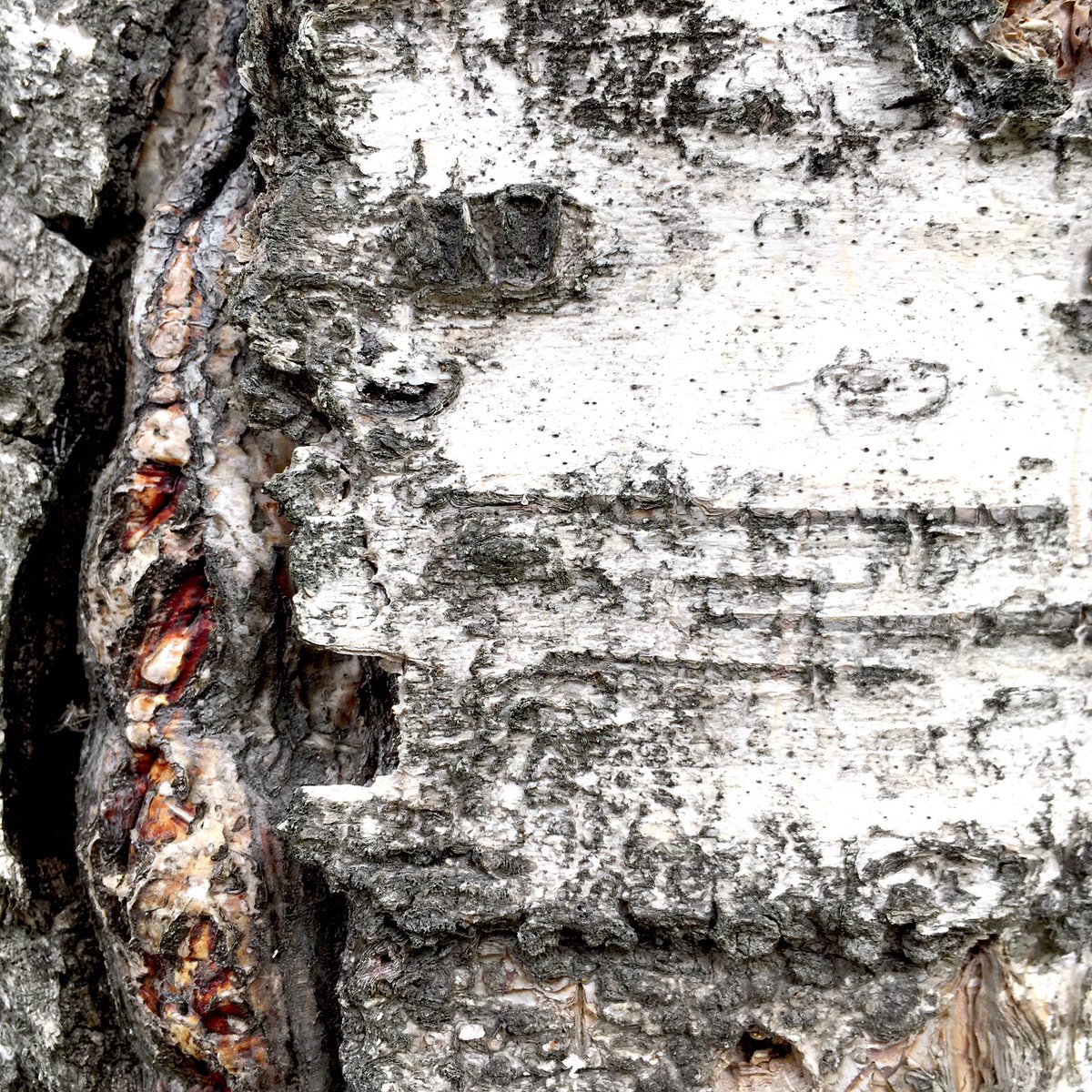
Norway maple / Lönn / Acer platanoides
This tree is growing on the bomb shelter surrounded by its offspring that I am trying to clear. There’s also a really nice big one in next door’s garden that we can enjoy looking at.
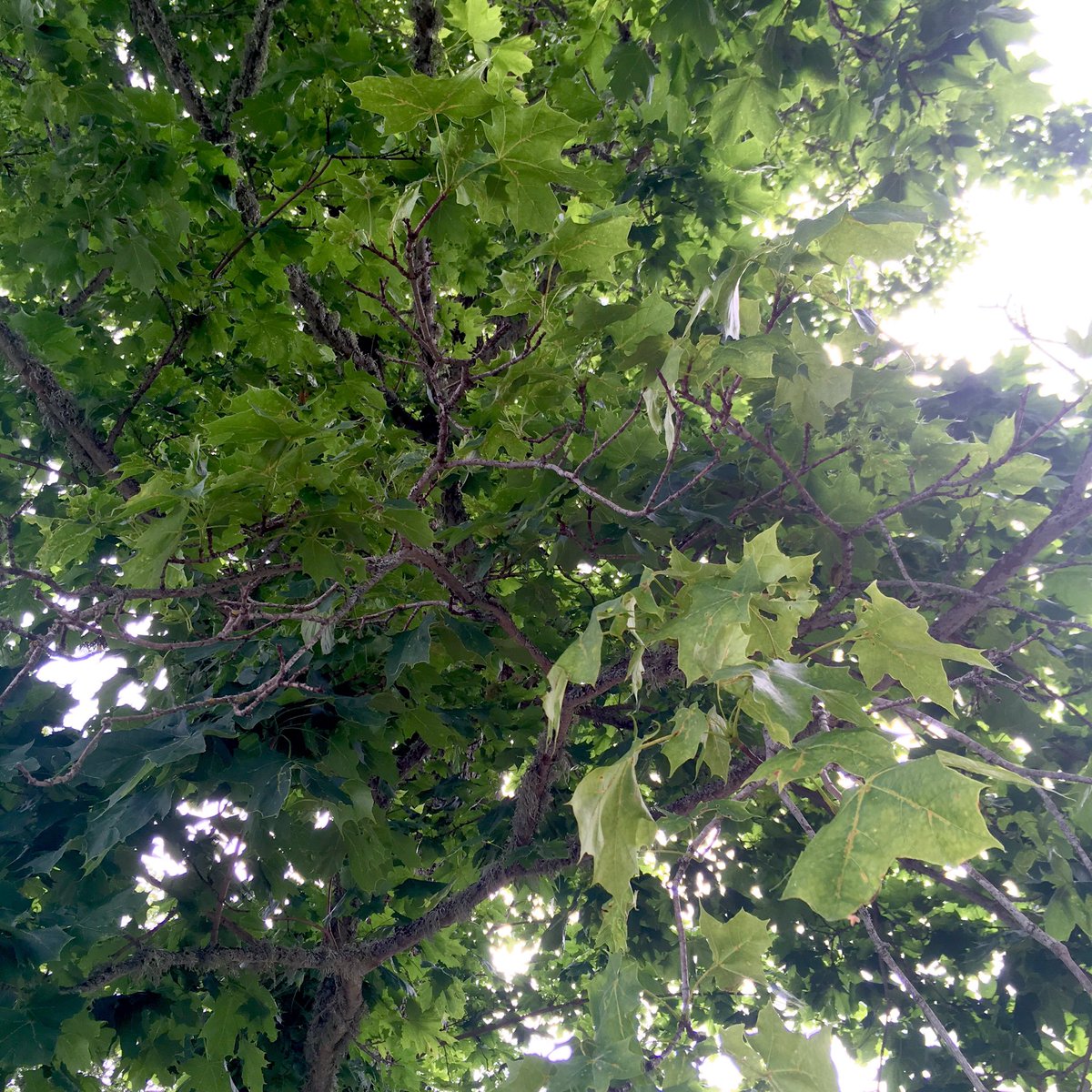
Blackthorn / Slån / Prunus spinosa
Also known as sloe, these bushes provide a wonderful silvery-grey tinge to forest edges in spring. Like many (probably?), my thoughts are drawn to sloe gin, though I’m not sure if I’ve actually ever tried it.
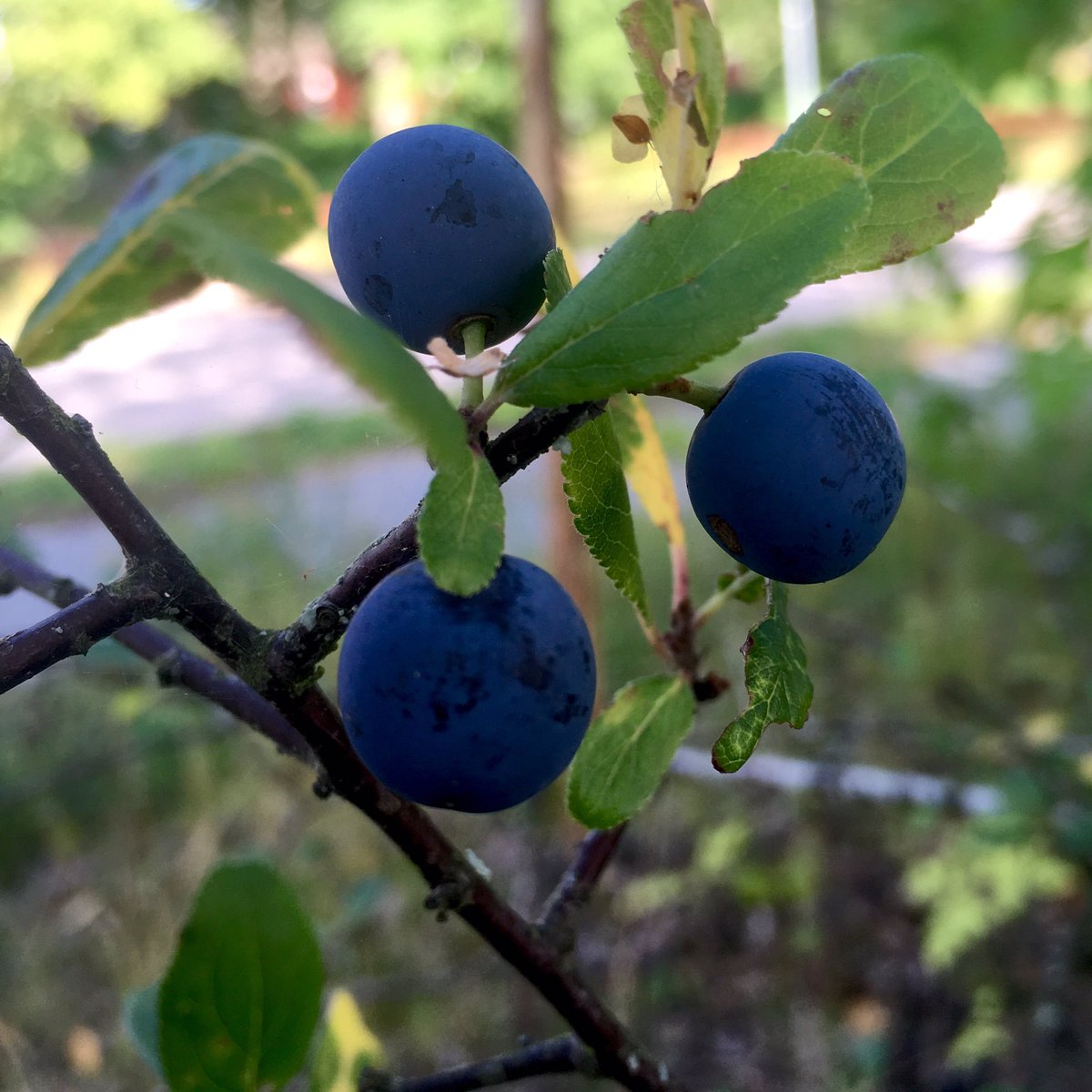
Hawthorn / Trubbhagtorn / Crataegus monogyna
The sickly-looking bush growing on the bomb shelter was surrounded by the out-of-control lilac hedge, but now has a bit more breathing space. This photo a week or so old; the berries are now starting to turn red
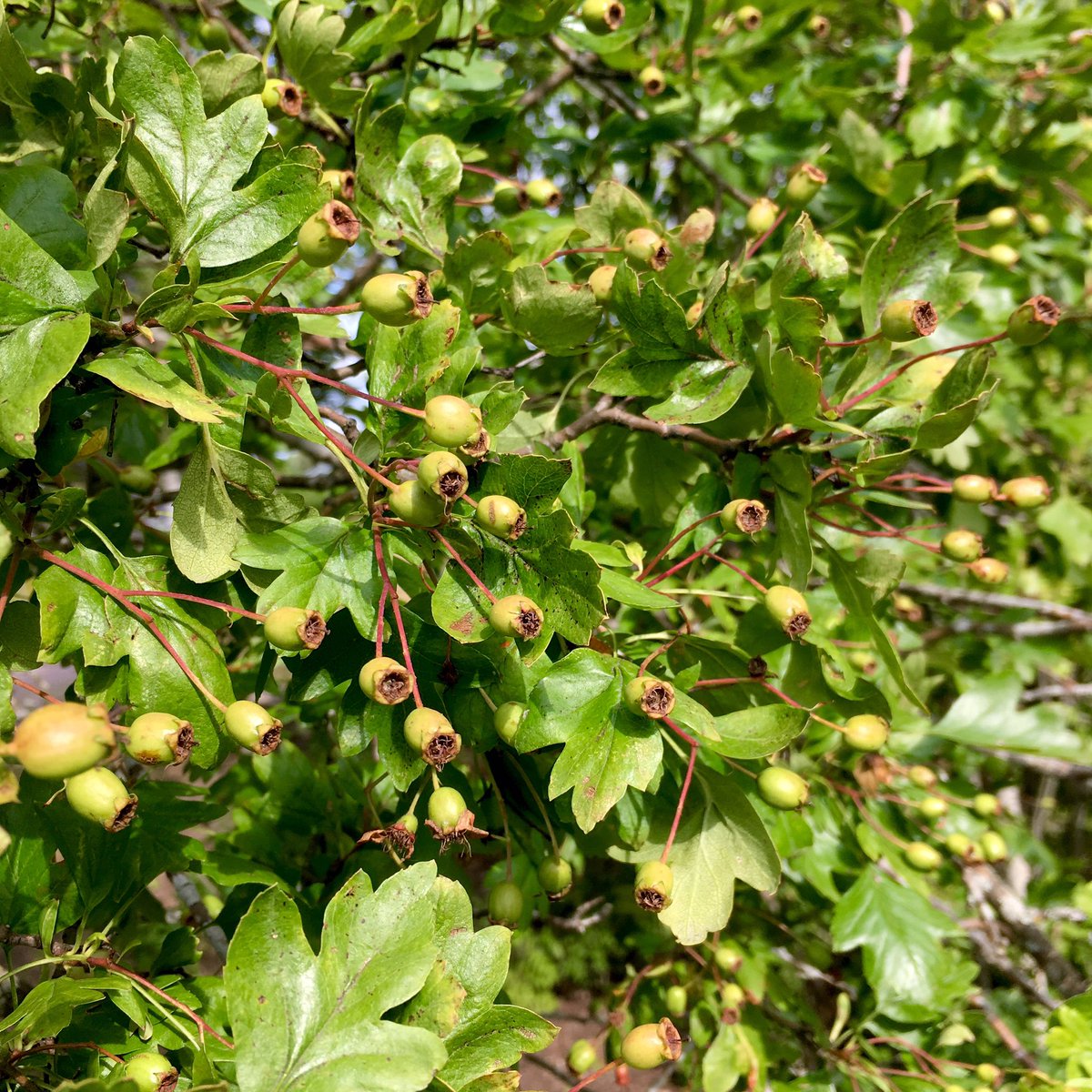
Glaucous dog rose / kal nyponros / Rosa vosagiaca
Also with fruits that are turning red at the moment. The Swedes make a sweet rose hip “soup”, which I would describe as tasting pretty nasty.
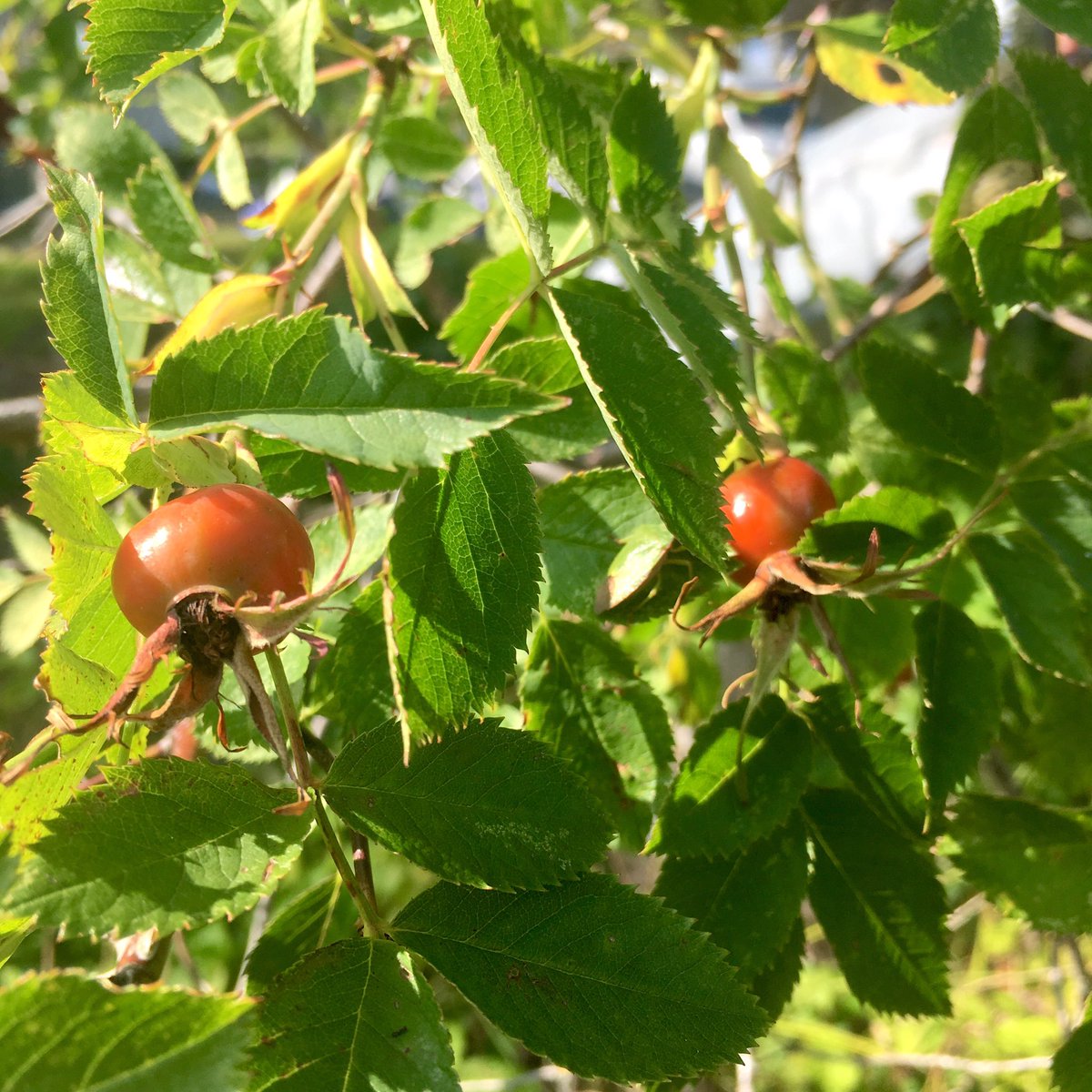
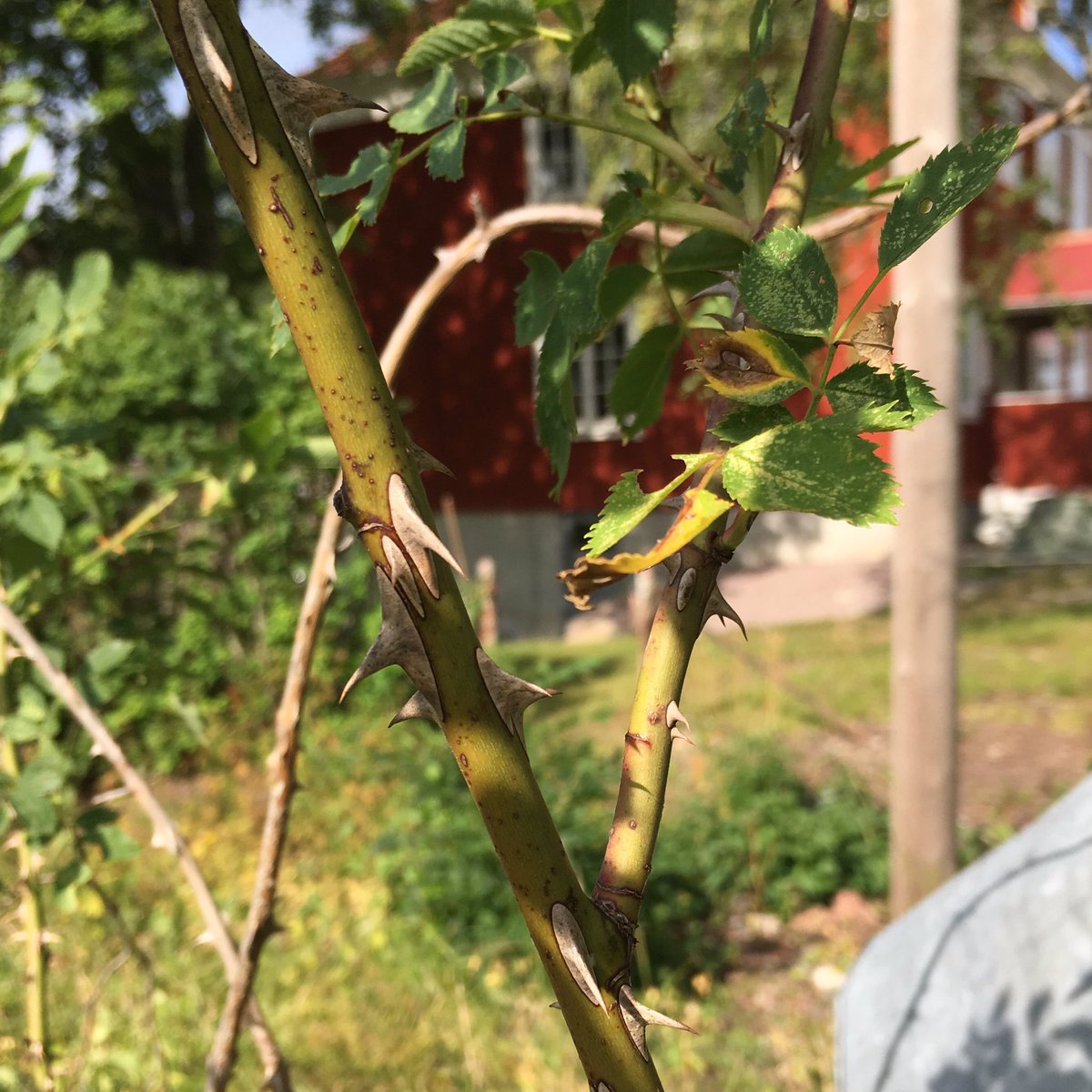
Gooseberry / Krusbär / Ribes uva-crispa
I’m pretty sure that this is gooseberry, but I haven’t seen any actual gooseberries on it. I can’t be certain that this wasn’t planted in the garden once-upon-a-time, but it’s a commonly naturalised species.
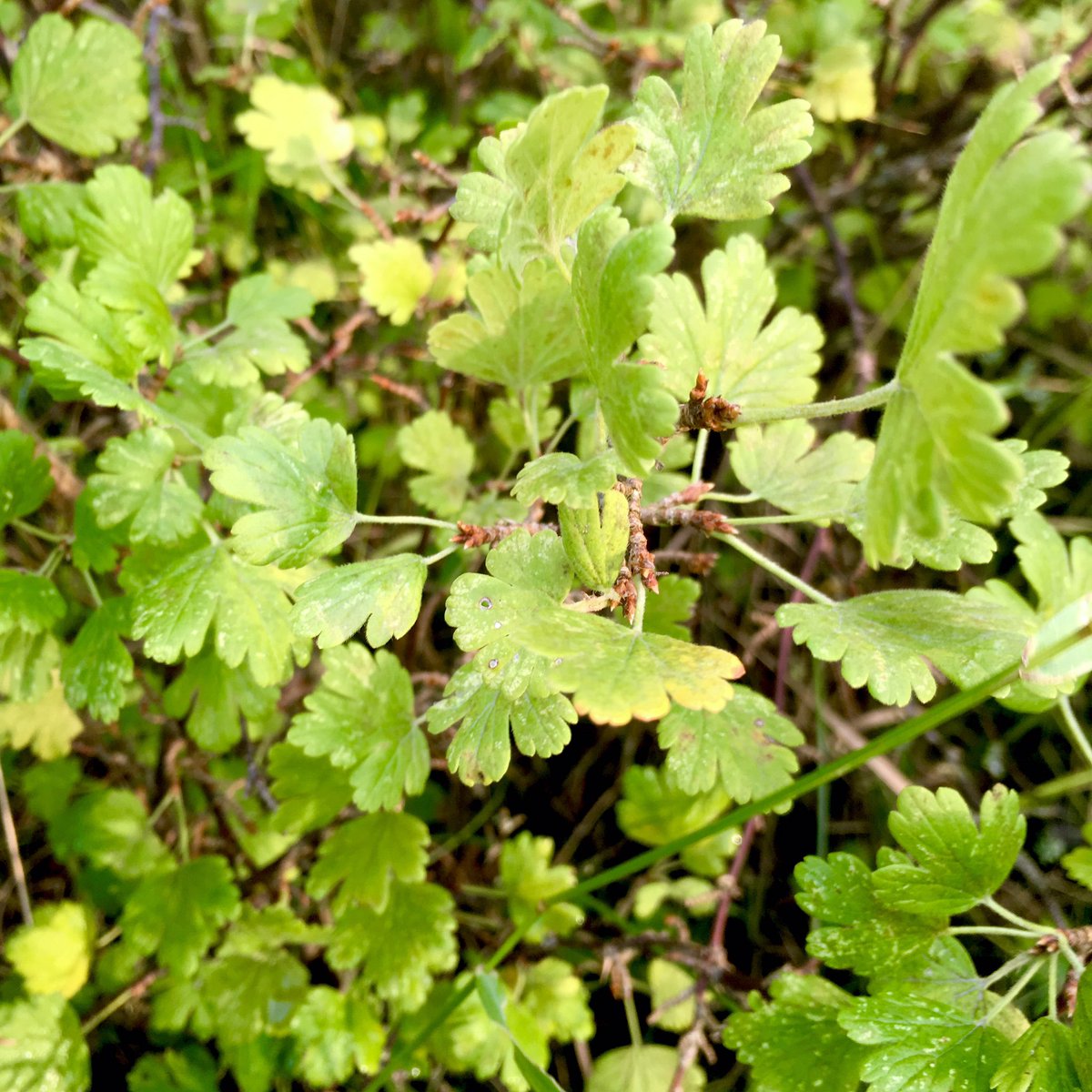
Bush vetch / Häckvicker / Vicia sepium
Back to the herbs. This one from the pea family has hairy leaflets that are widest at the bottom, and relatively few flowers in bunches atop short stems.
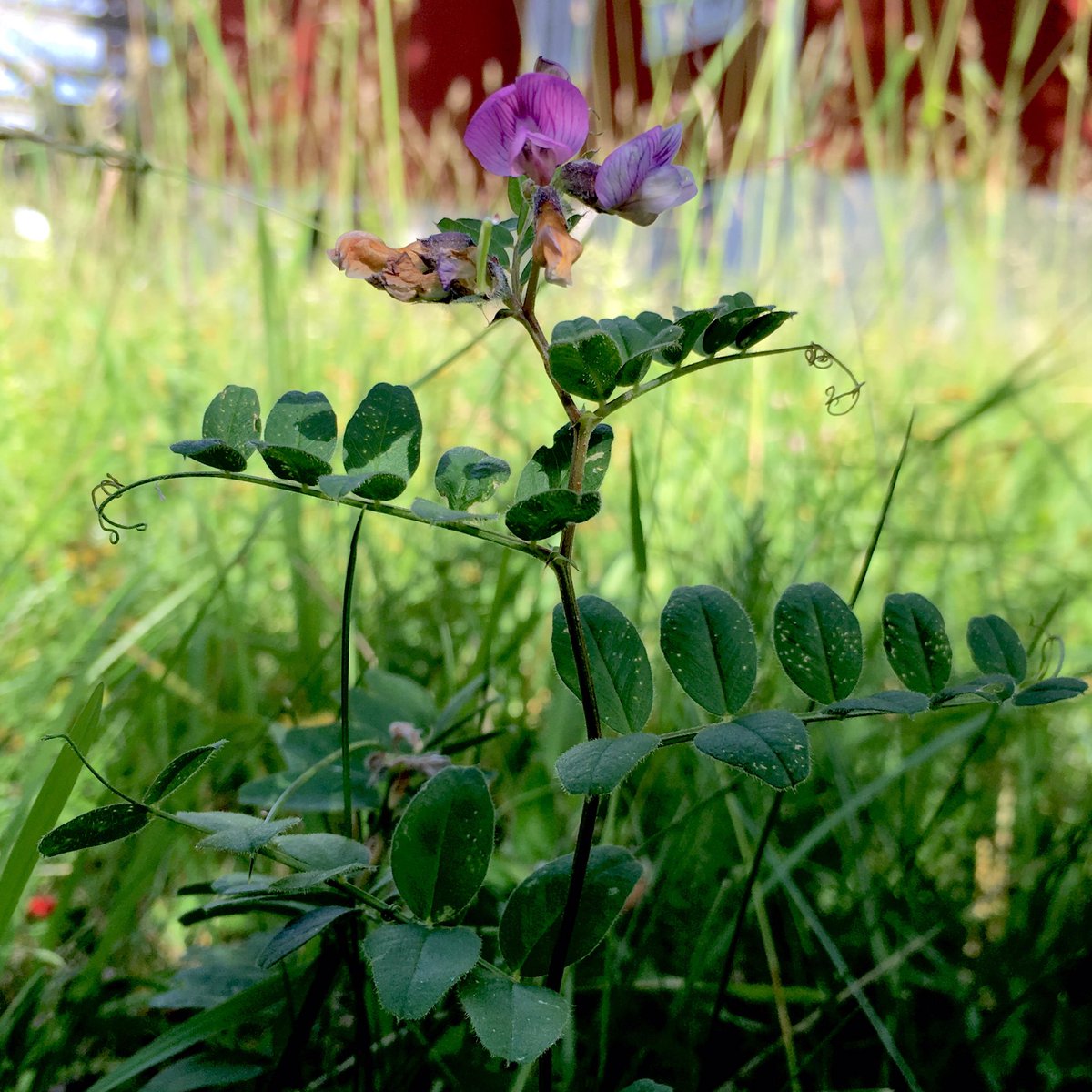
White melilot / Vit sötväppling / Melilotus albus
Keeping it in the (pea) family, this one is growing majestically out of the gravel next to the big bags of construction waste that the builders are using.
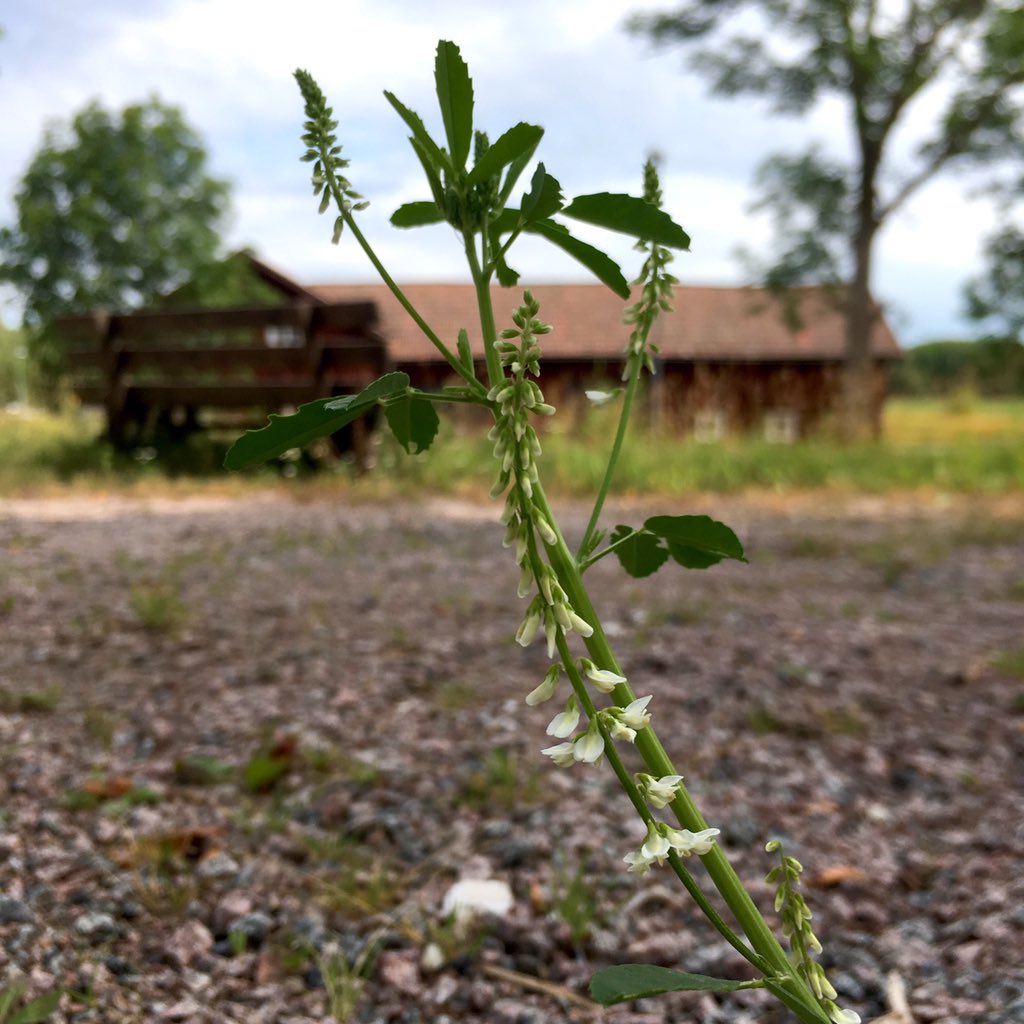
Black medick / Humlelusern / Medicago lupulina
Rounding off Pea Saturday we have this little one, with its tiny yellow flowers on small heads about the size and shape of a ... (garden) pea.
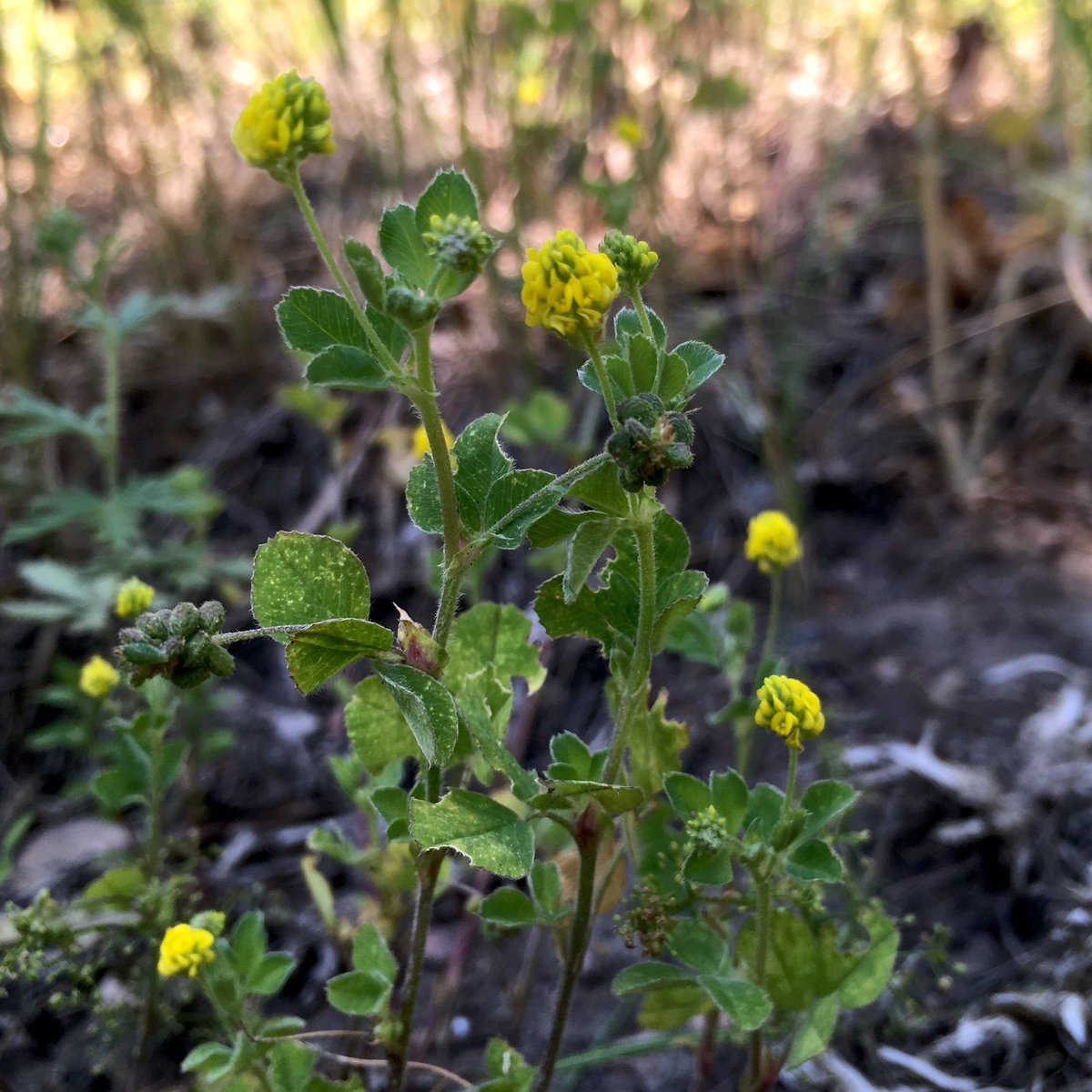
Tansy / Renfana / Tanacetum vulgare
Not much to look at from the side, perhaps, but lovely floating yellow buttons when viewed from above. Smells like medicine, but in a good way.
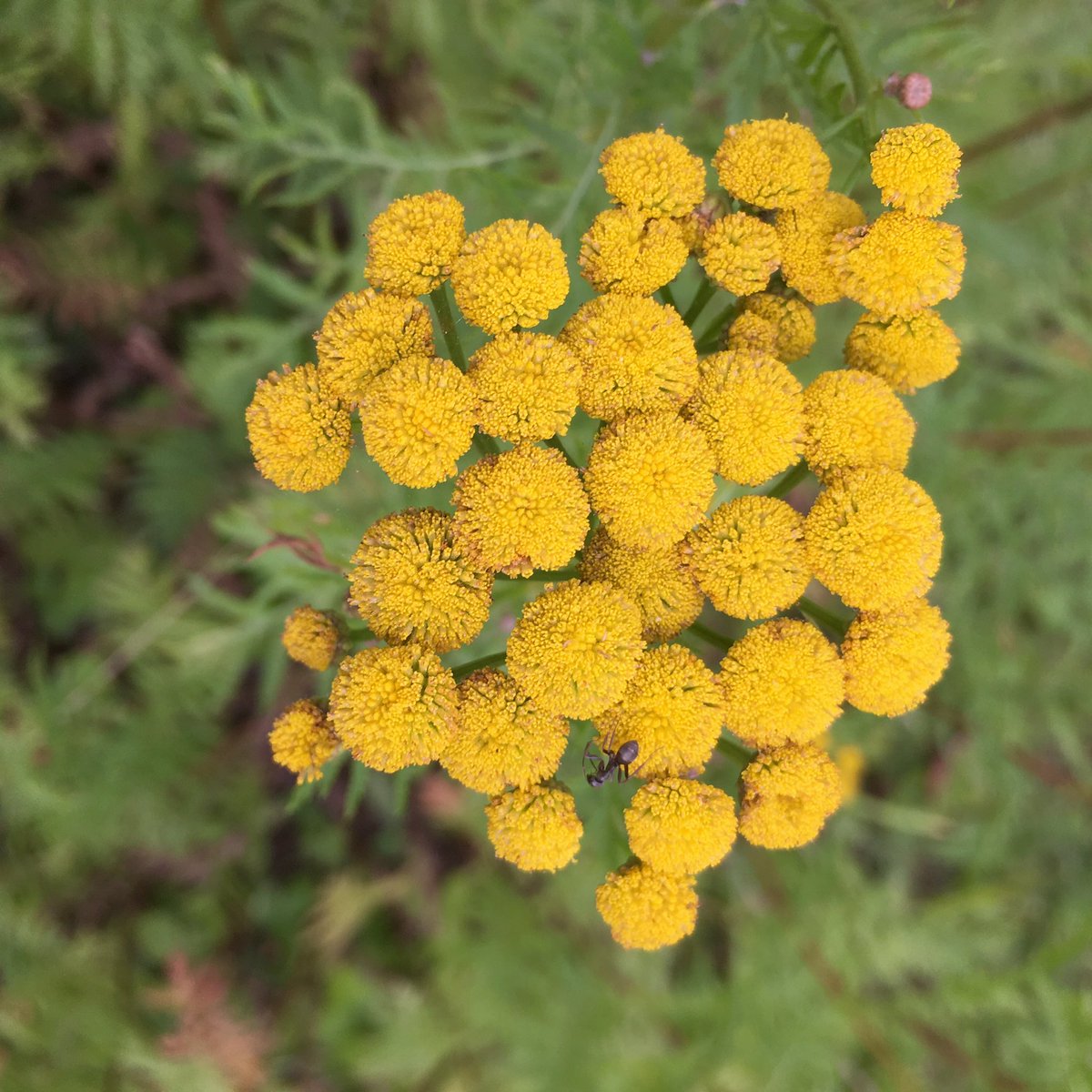
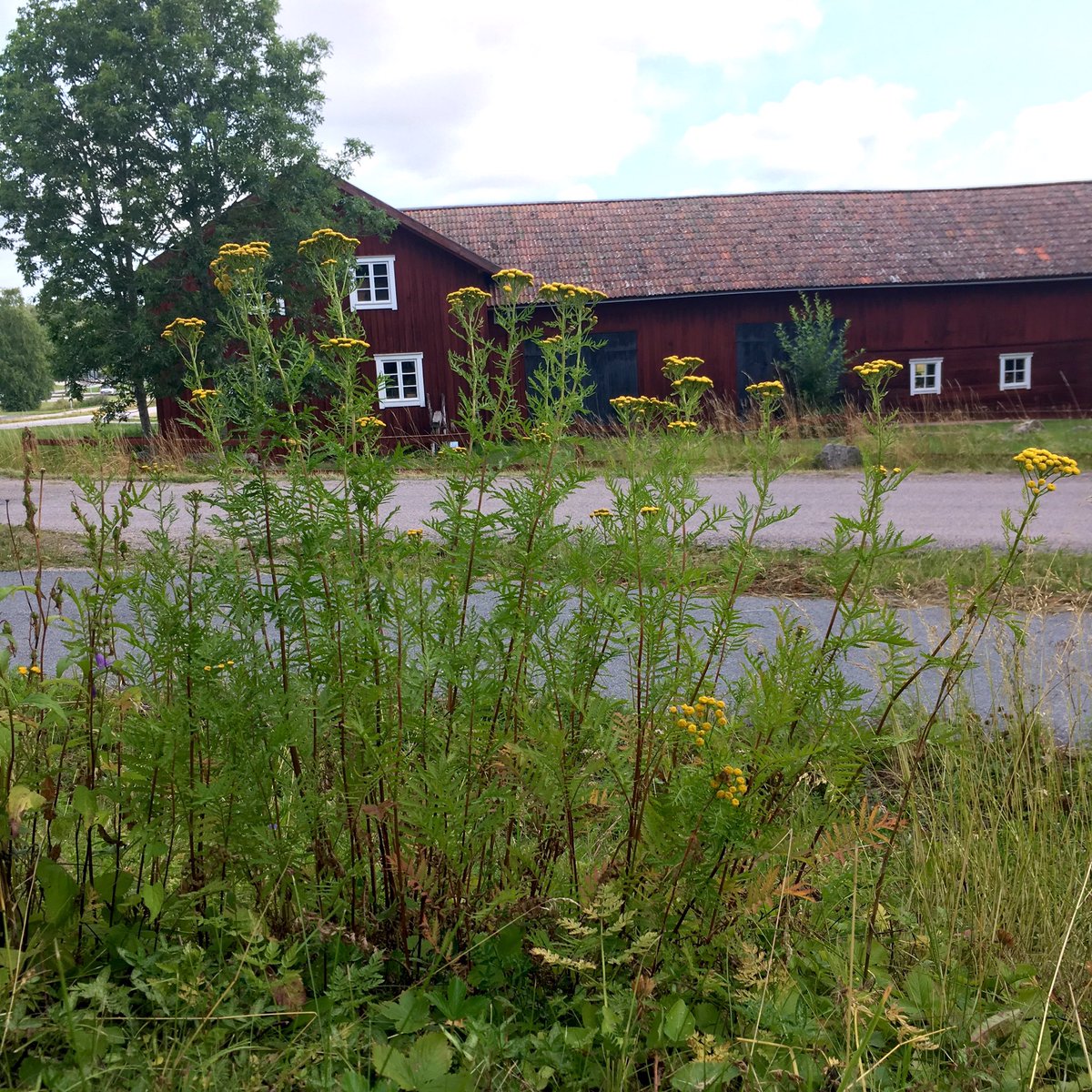
Mugwort / Gråbo / Artemisia vulgaris
Another aromatic path-side dweller. This wind-pollinated Asteraceae can cause late-summer hay fever 🤧
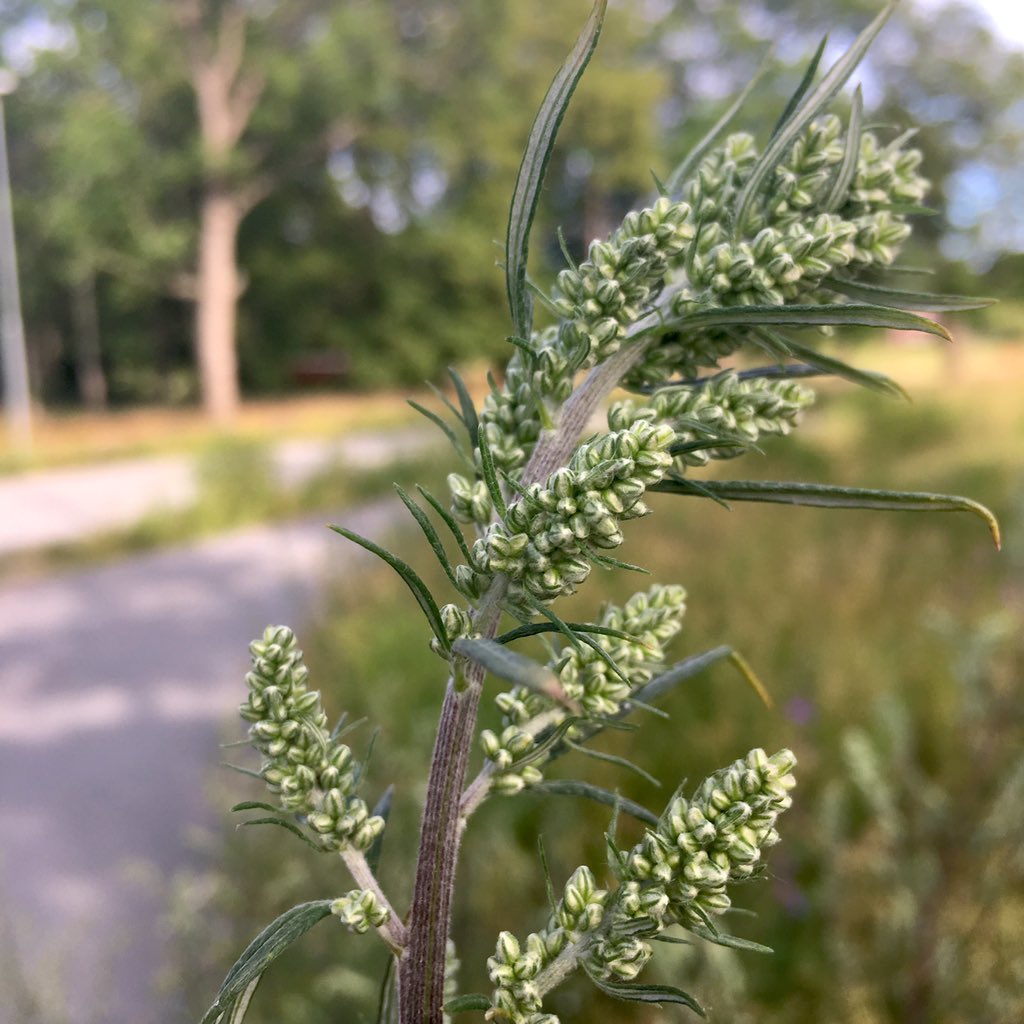
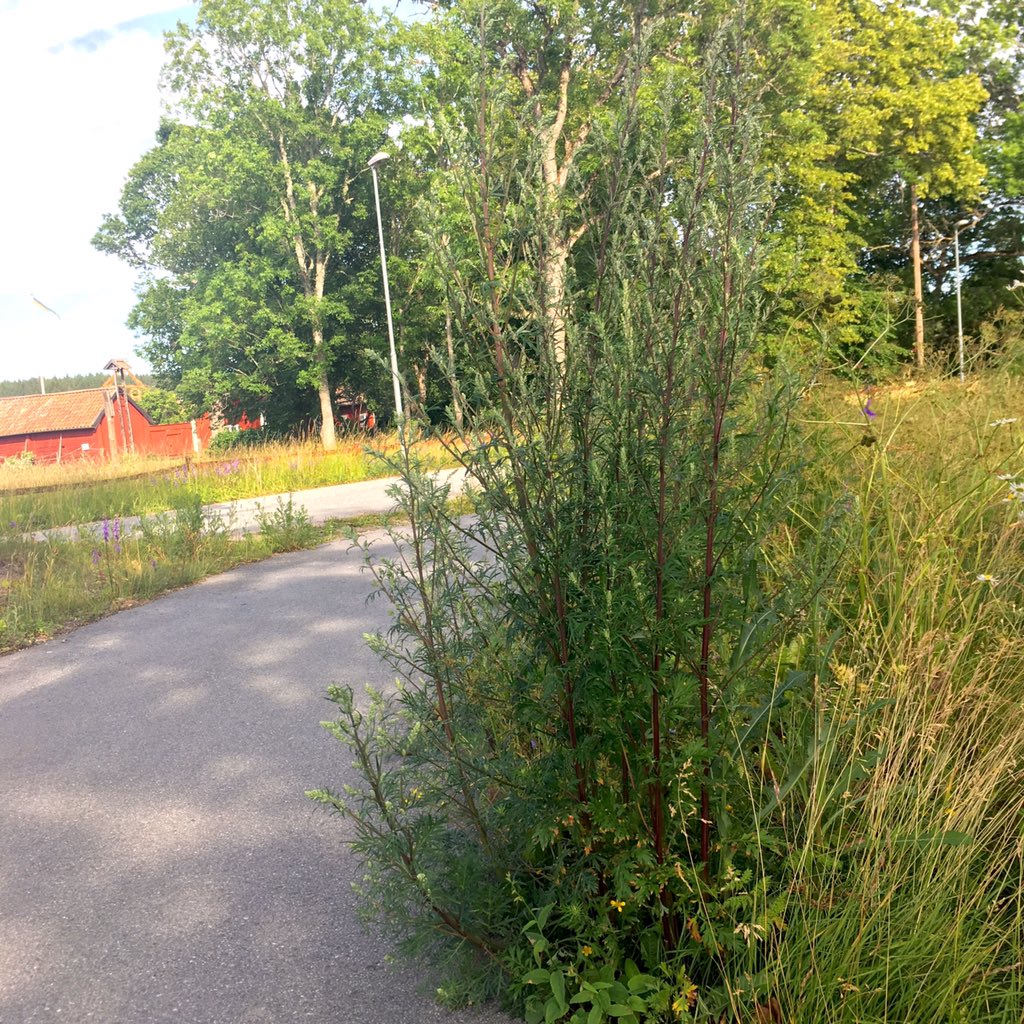
Common hemp-nettle / Pipdån / Galeopsis tetrahit
This nettle will not sting you, but maybe it will charm you with its pink flowers? An annual that has shown up on the bare ground above the bomb shelter.
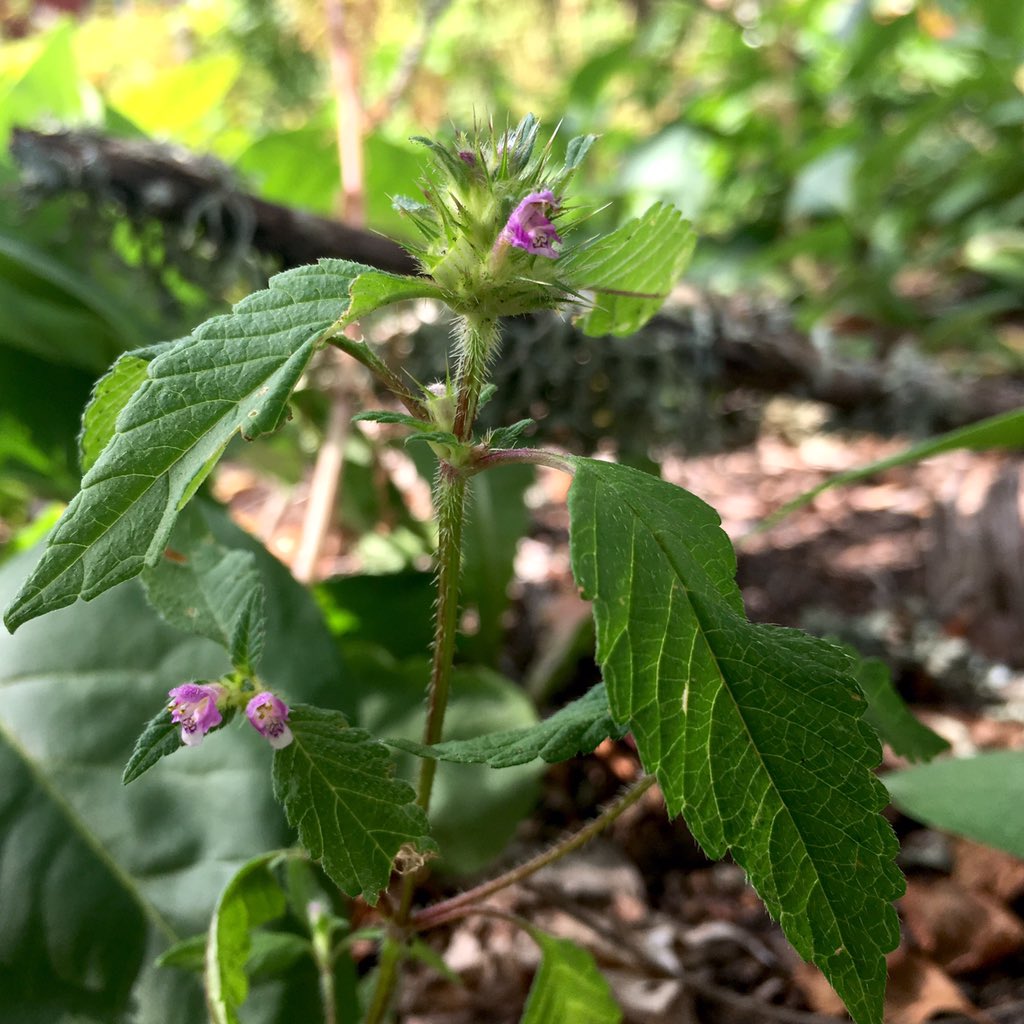
White dead-nettle / Vitplister / Lamium album
This nettle will not sting you either. I’m not completely sure about the species; it could be the red dead nettle. Would be so much easier if it was flowering!
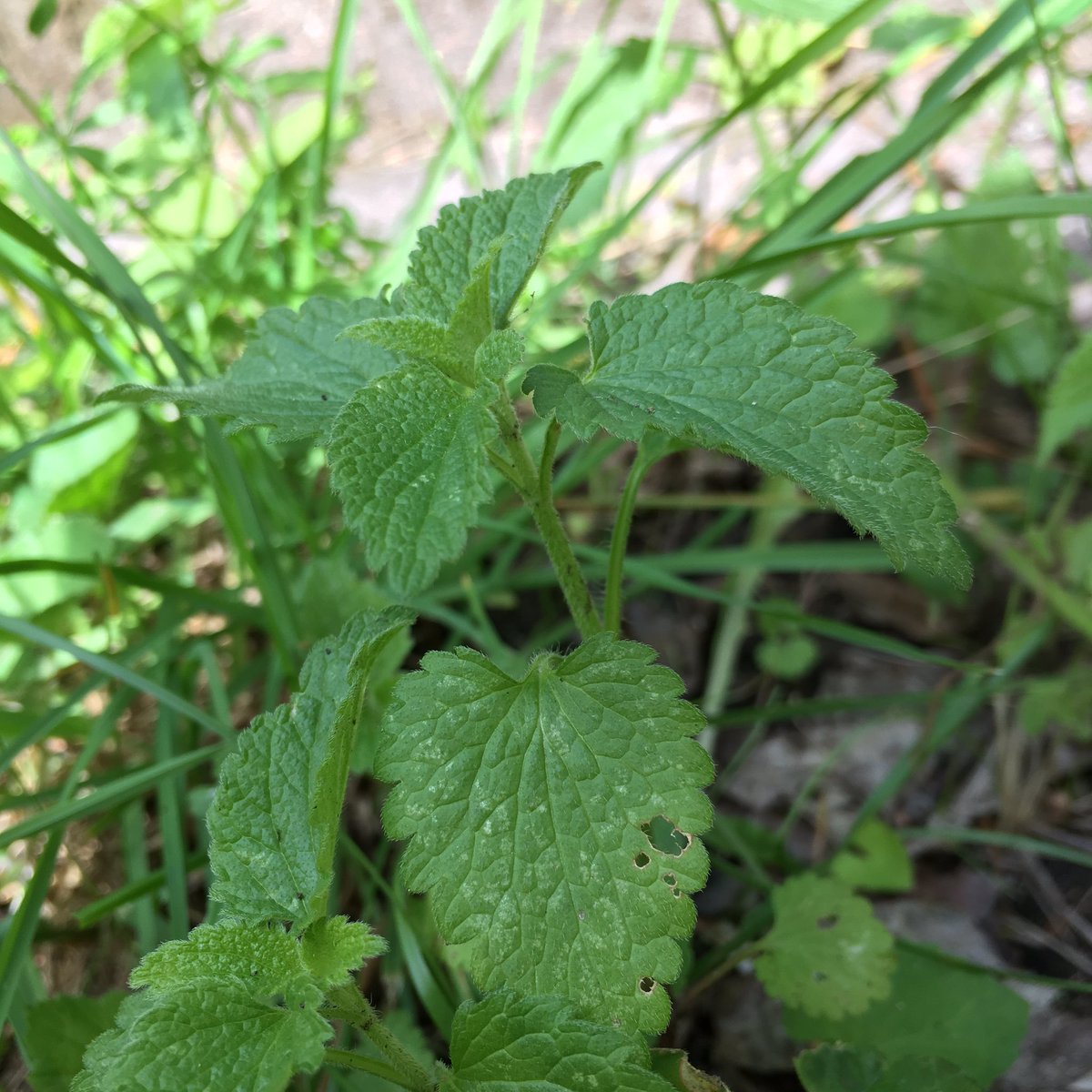
Smooth sow-thistle / Kålmolke / Sonchus oleraceus
Finding it hard to think of anything to write about this one. Possibly because I’ve just spent 2hrs stewing fallen fruit from species 34, and will probably have to do the same most nights this week. 🍎
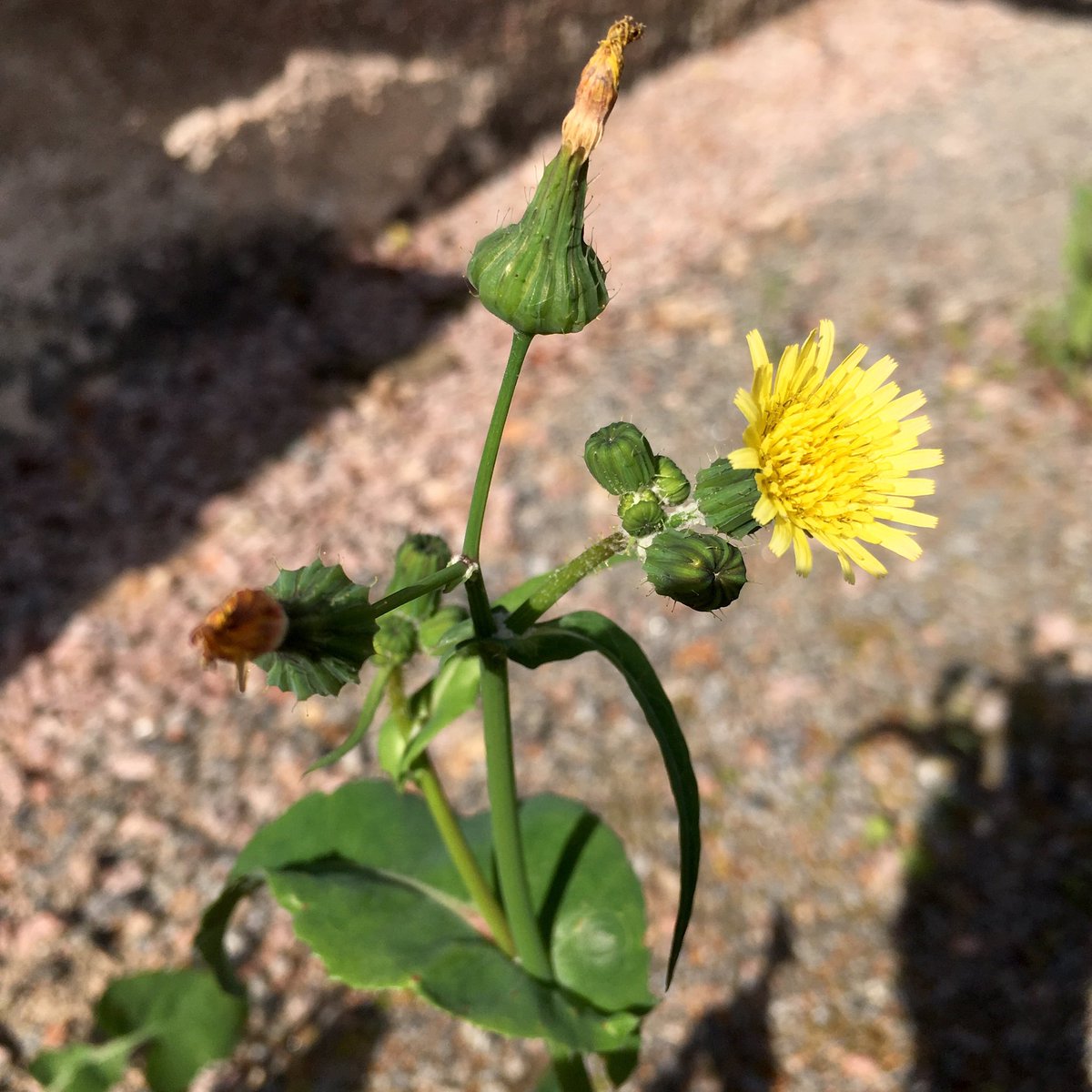
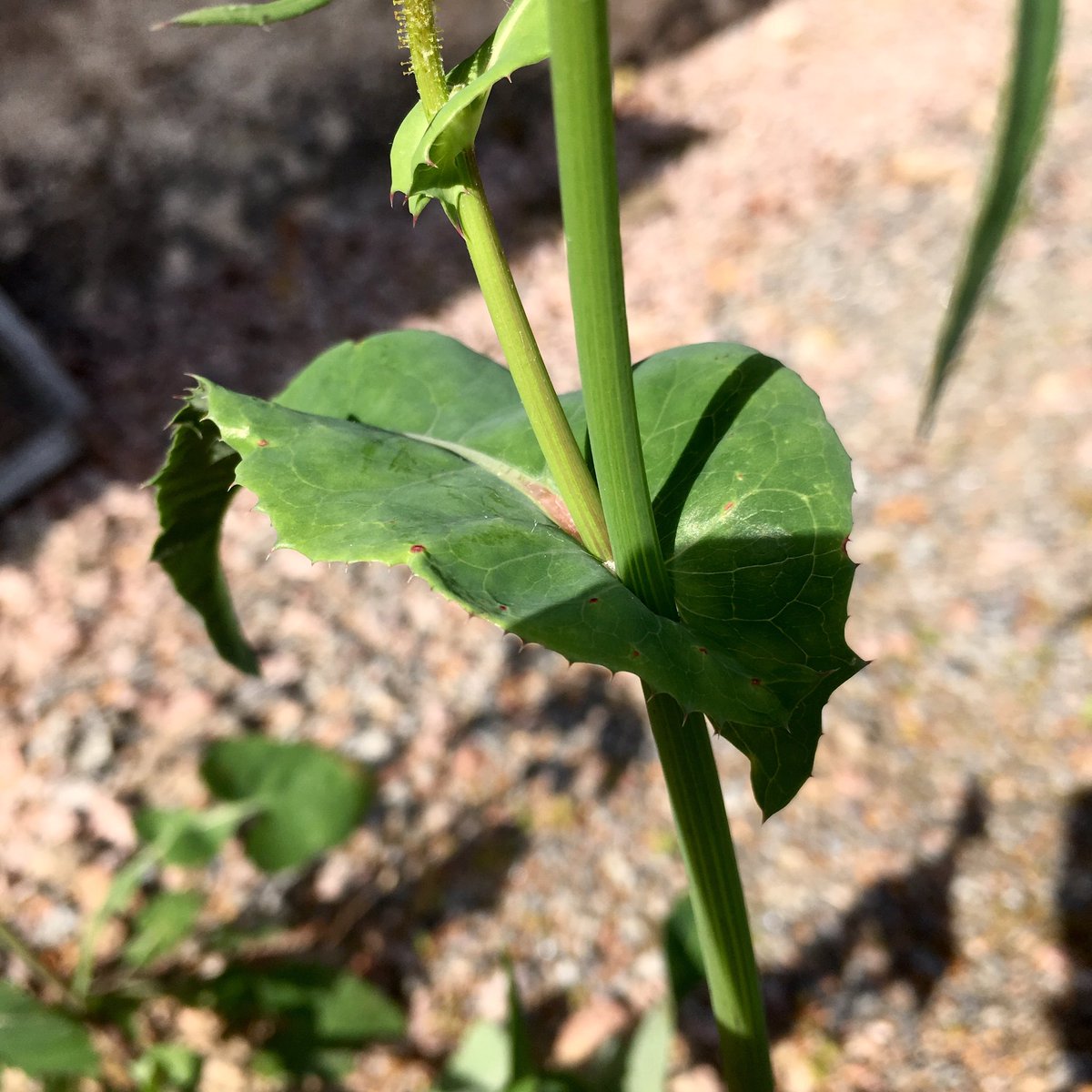
Common mouse-ear / Hönsarv / Cerastium fontanum
I assume that it’s the shape and hairiness of the leaves that look like mouse ears, although it could be the white lobed petals (not shown), or both, or neither. A very common plant.
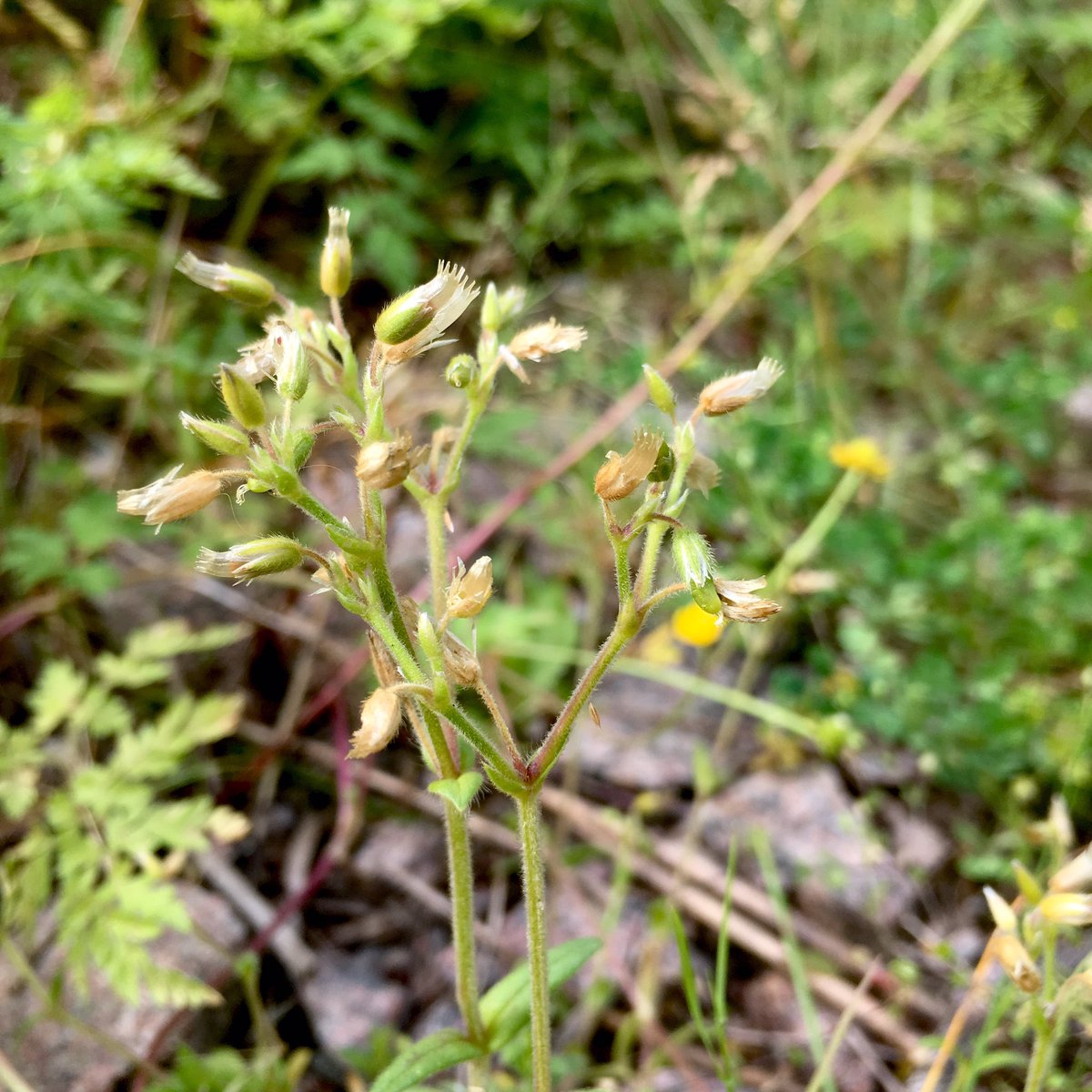
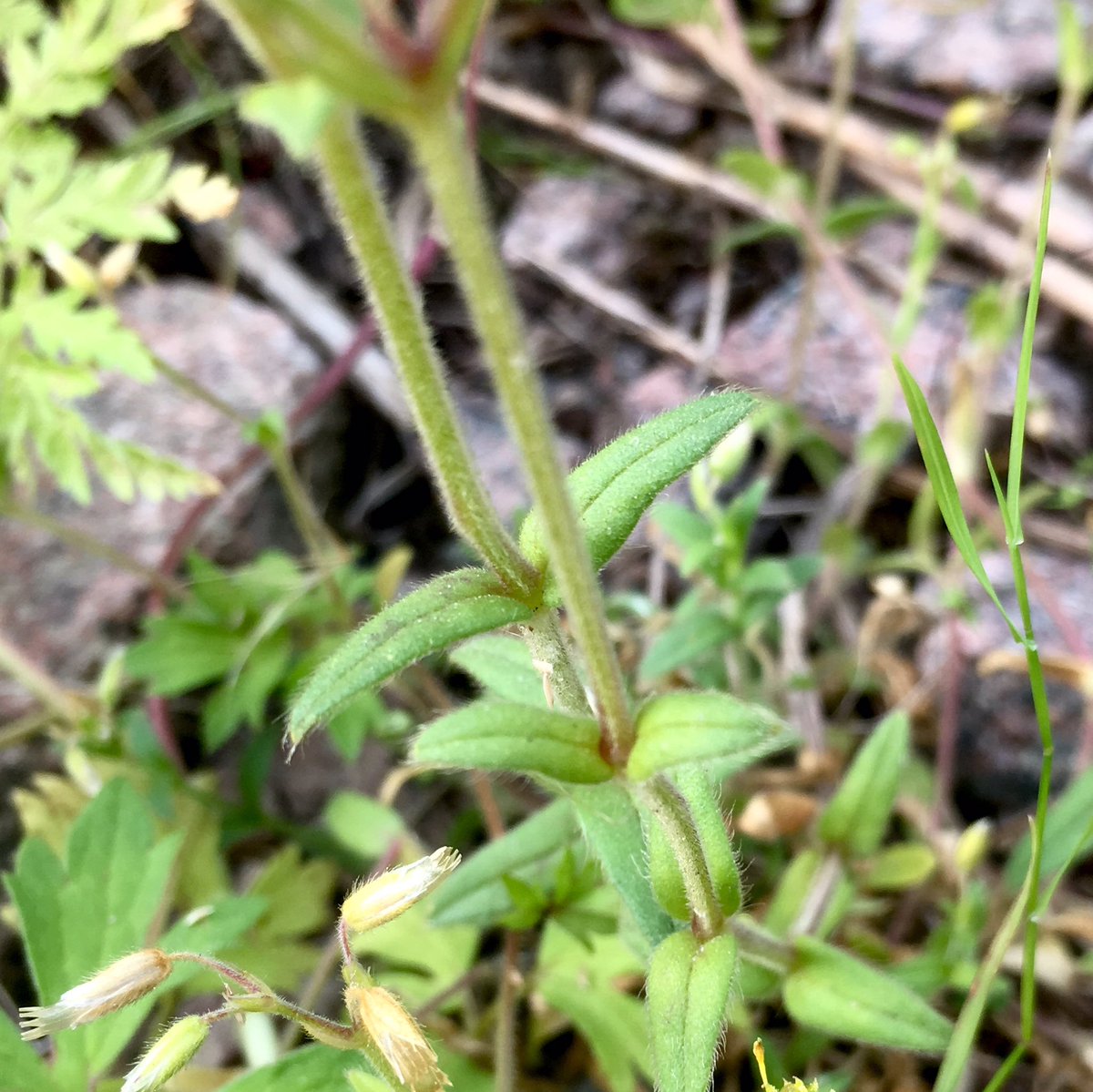
Mouse-ear hawkweed / Gråfibbla / Pilosella officinarum
From one mouse ear to another, pretty much unrelated one. I love the pale yellow flowers (badly captured here) and the wispy-haired leaves.
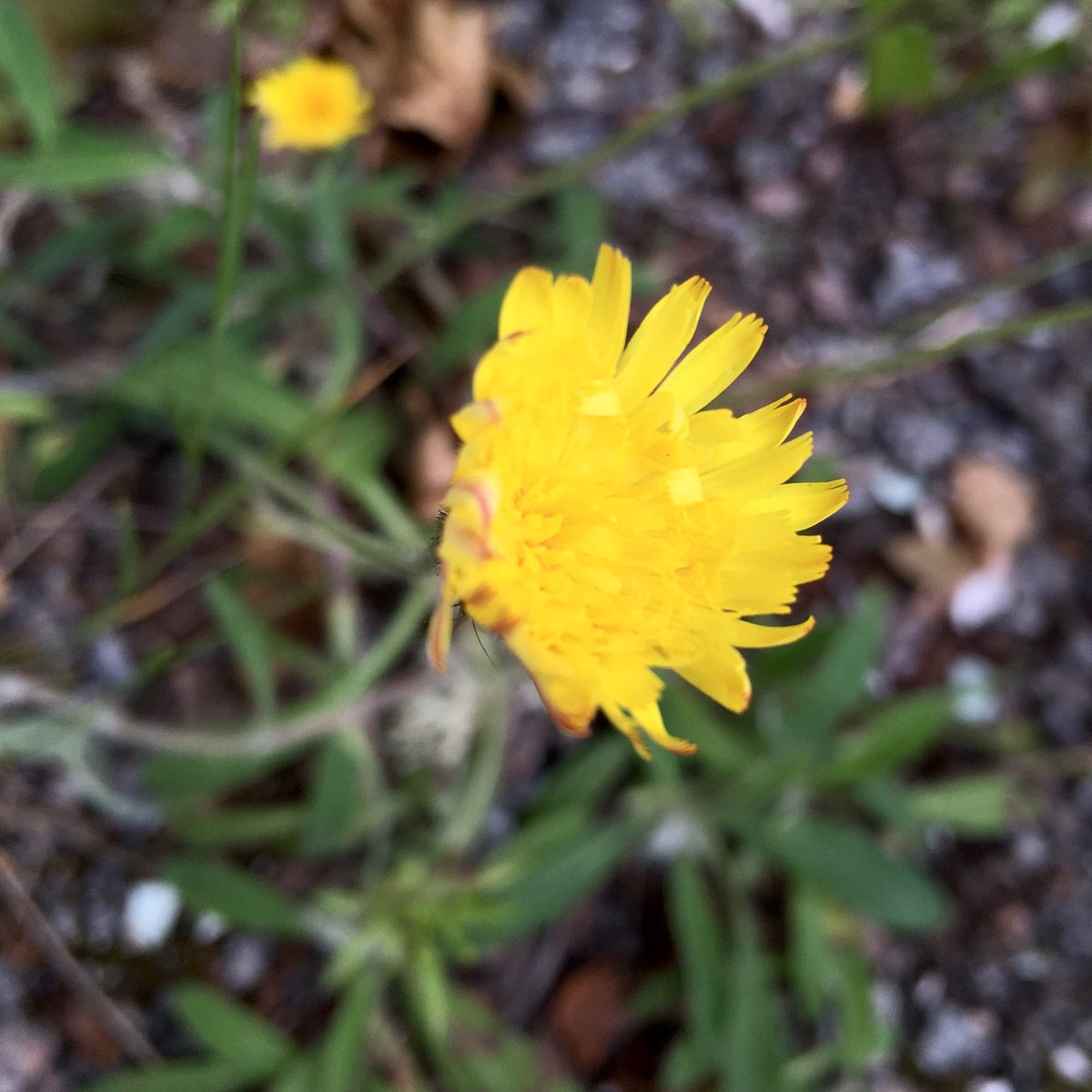
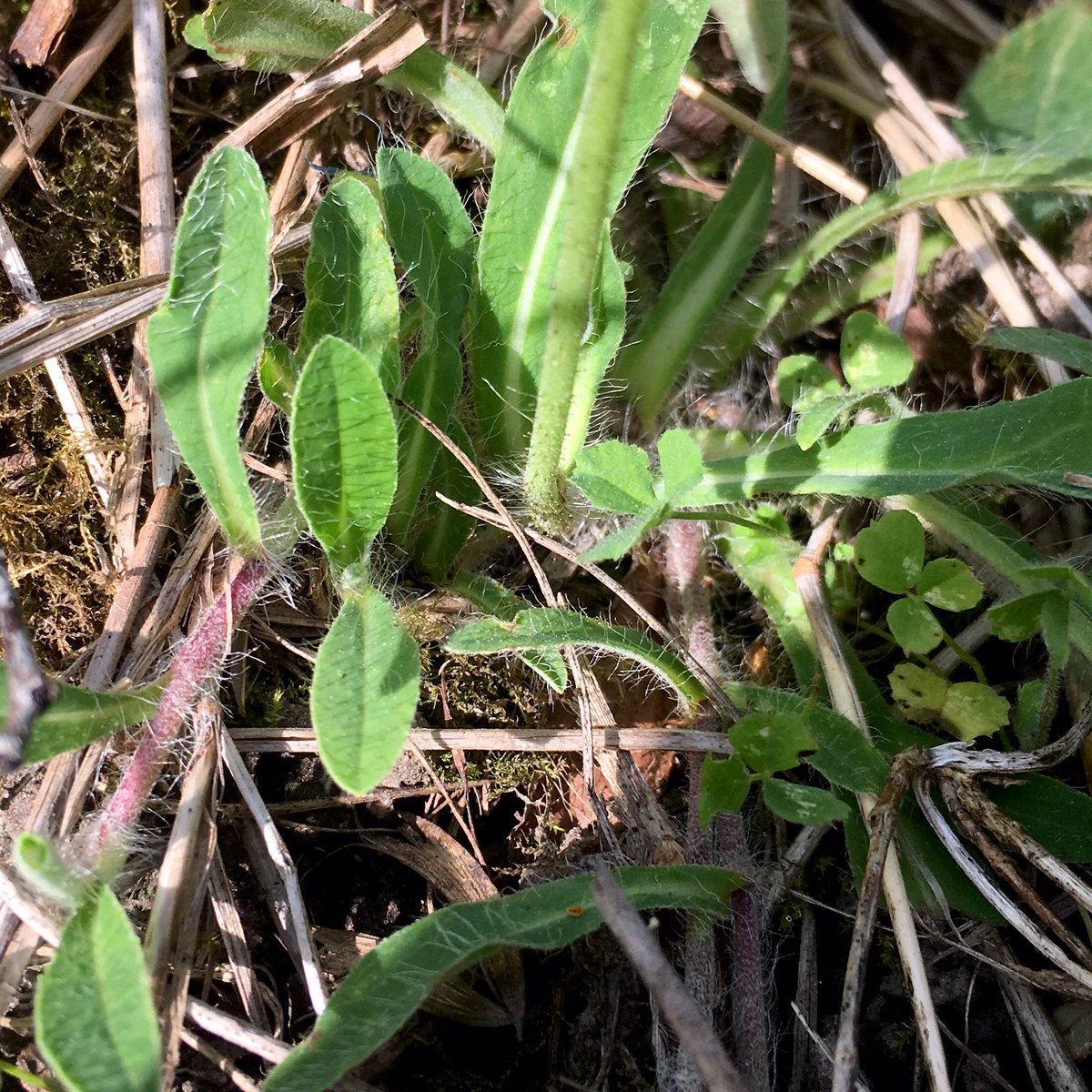
Scentless mayweed / Baldersbrå / Tripleurospermum inodorum
Loads & loads of these in the gravel all summer. Some that we used as table decoration (and subsequently abandoned) have left us lots of babies in a conveniently-placed flowerpot 🥰
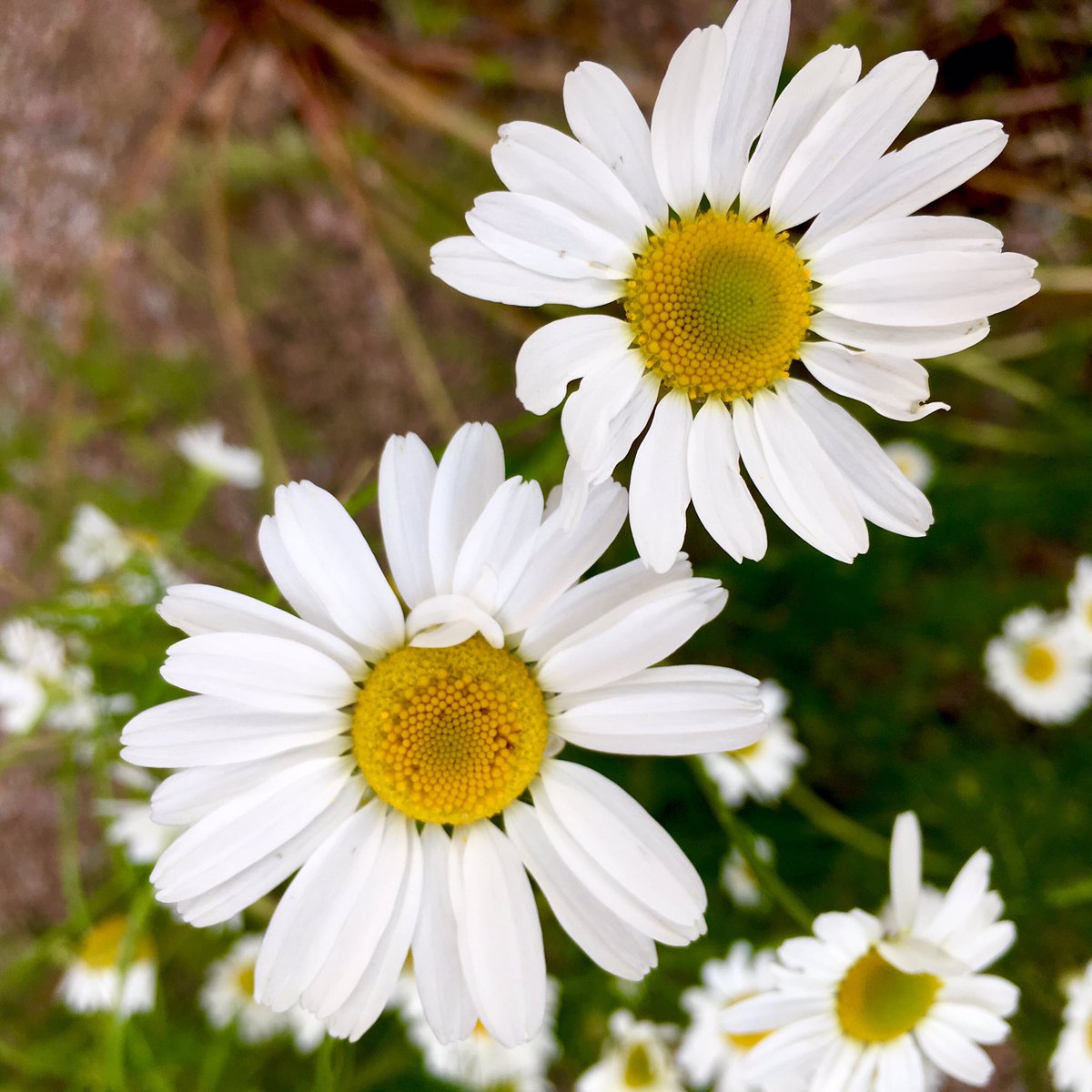
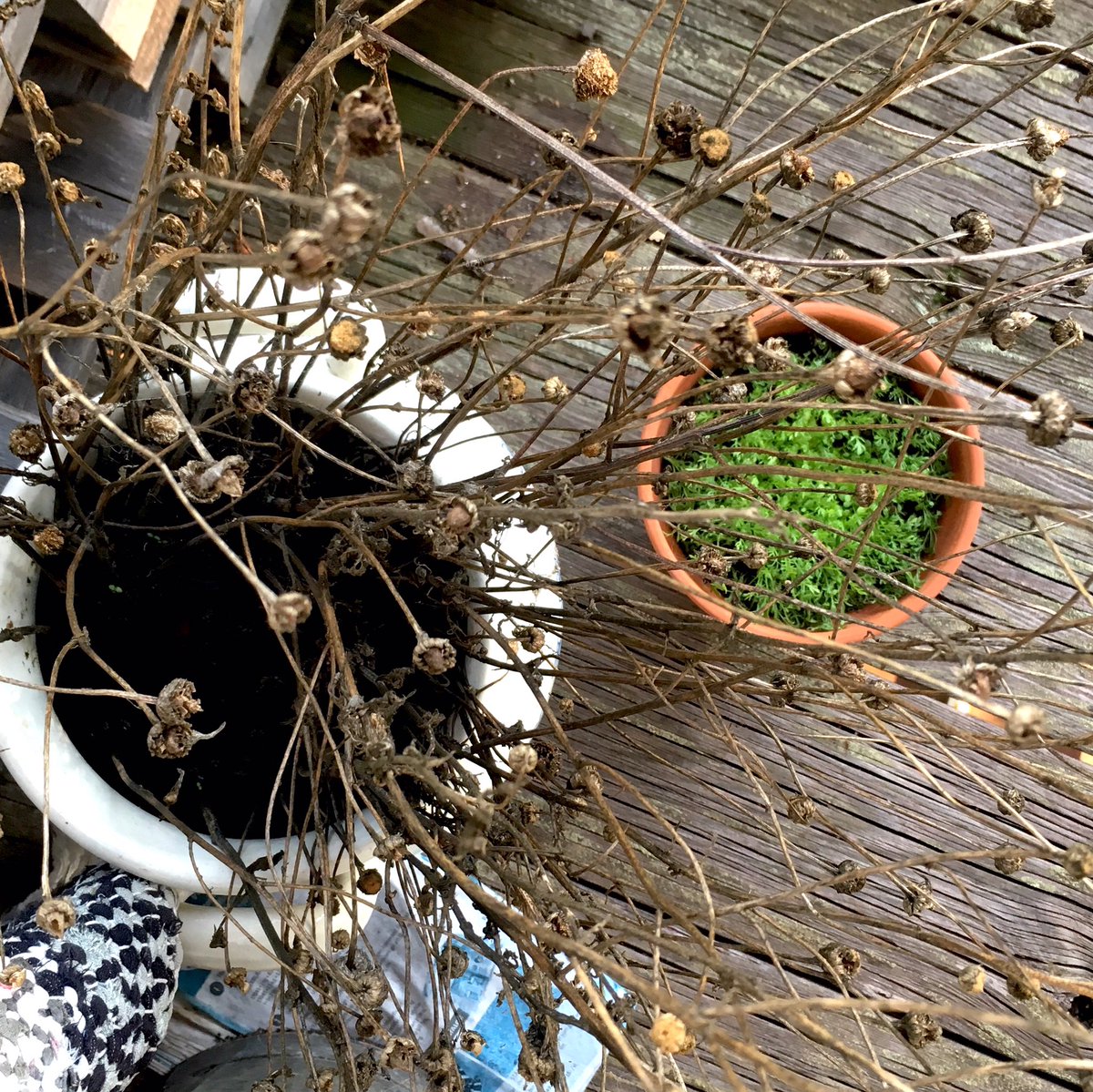
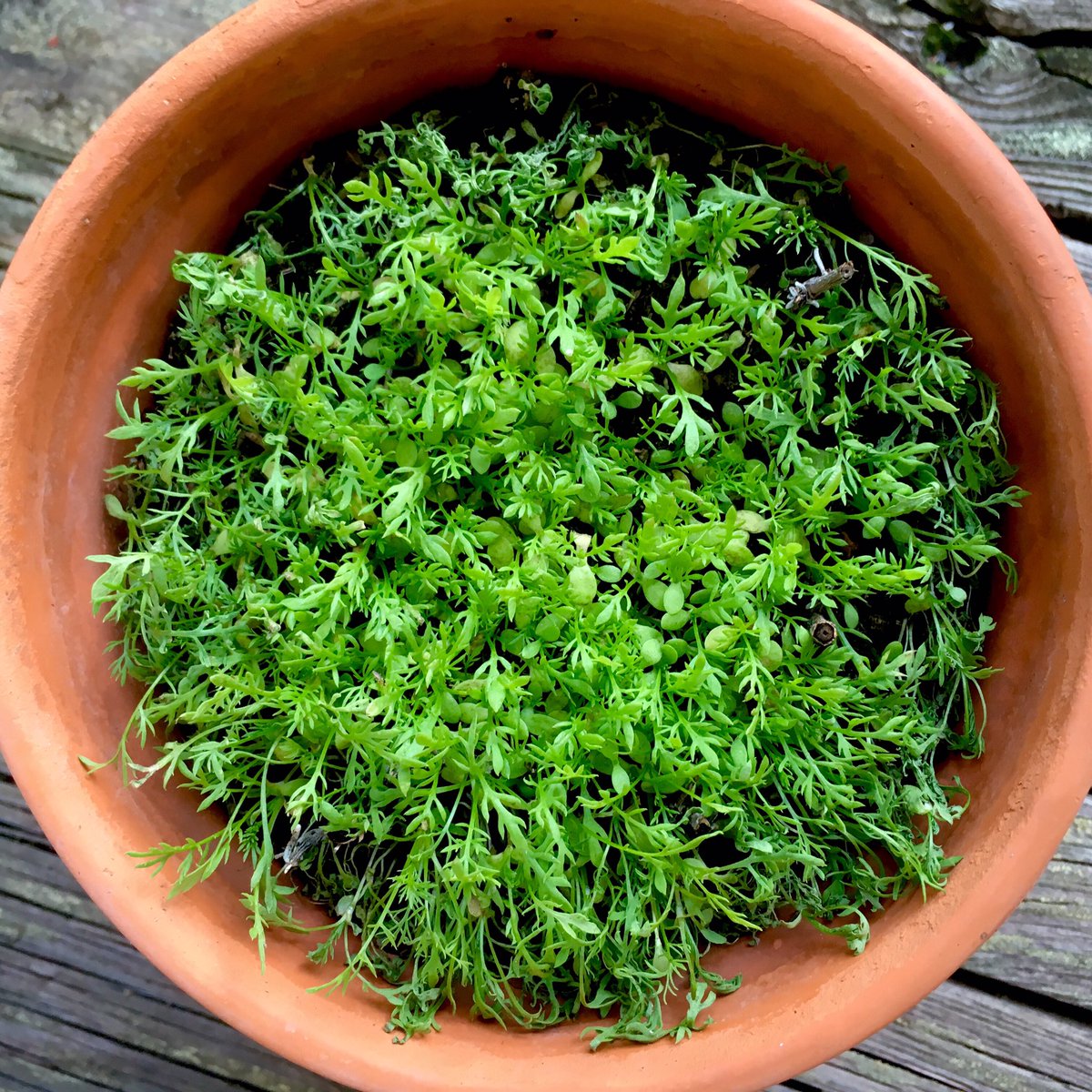
Creeping thistle / Åkertistel / Cirsium arvense
Common, but not very prickly thistle. Looks harmless enough here but is a very problematic agricultural weed.
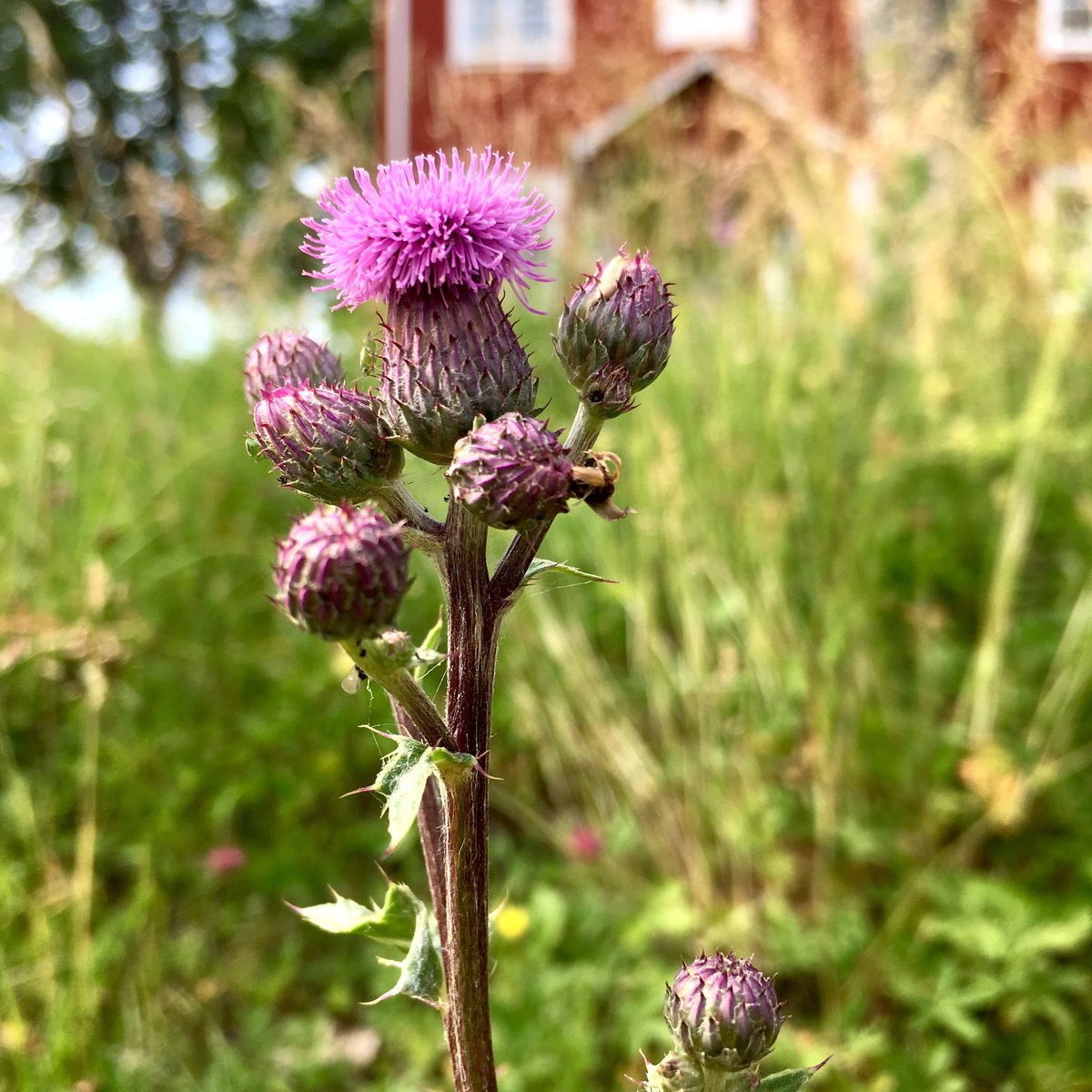
Brown knapweed / Rödklint / Centaurea jacea
Rare in Britain, all over my Swedish grassy slope.
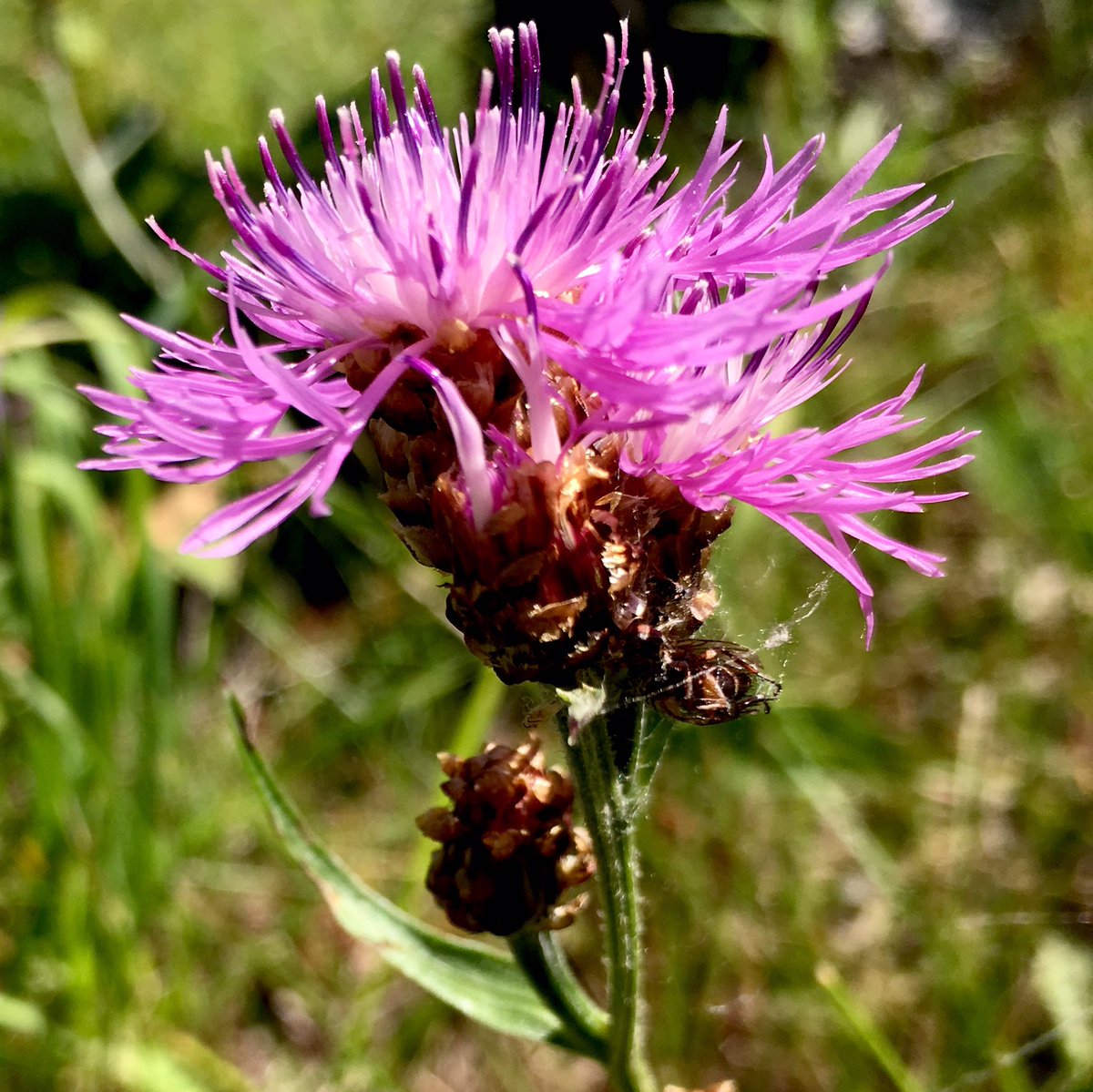
Field garlic / Backlök / Allium oleraceum
One of the first species I photographed in early July, looking a bit different now.
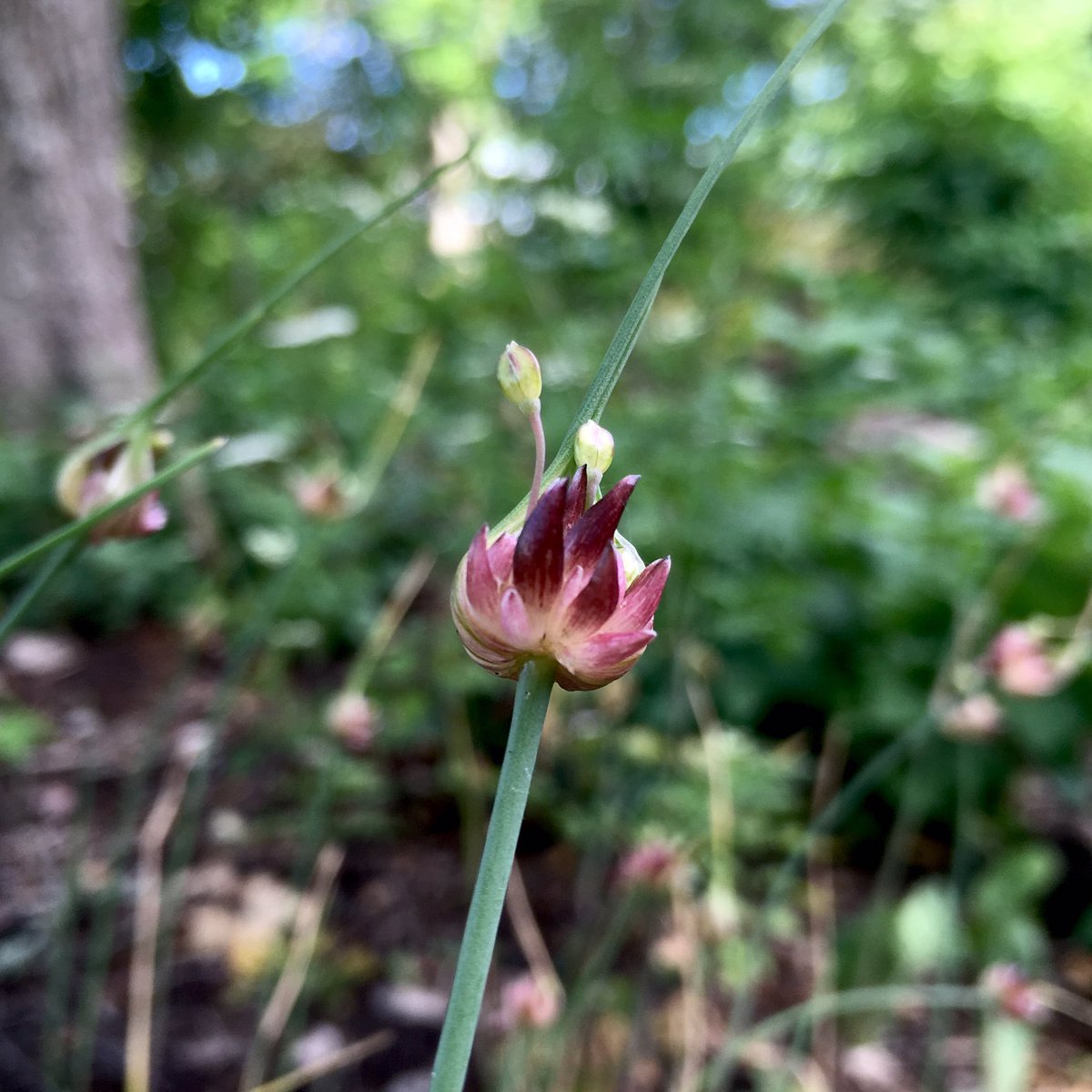
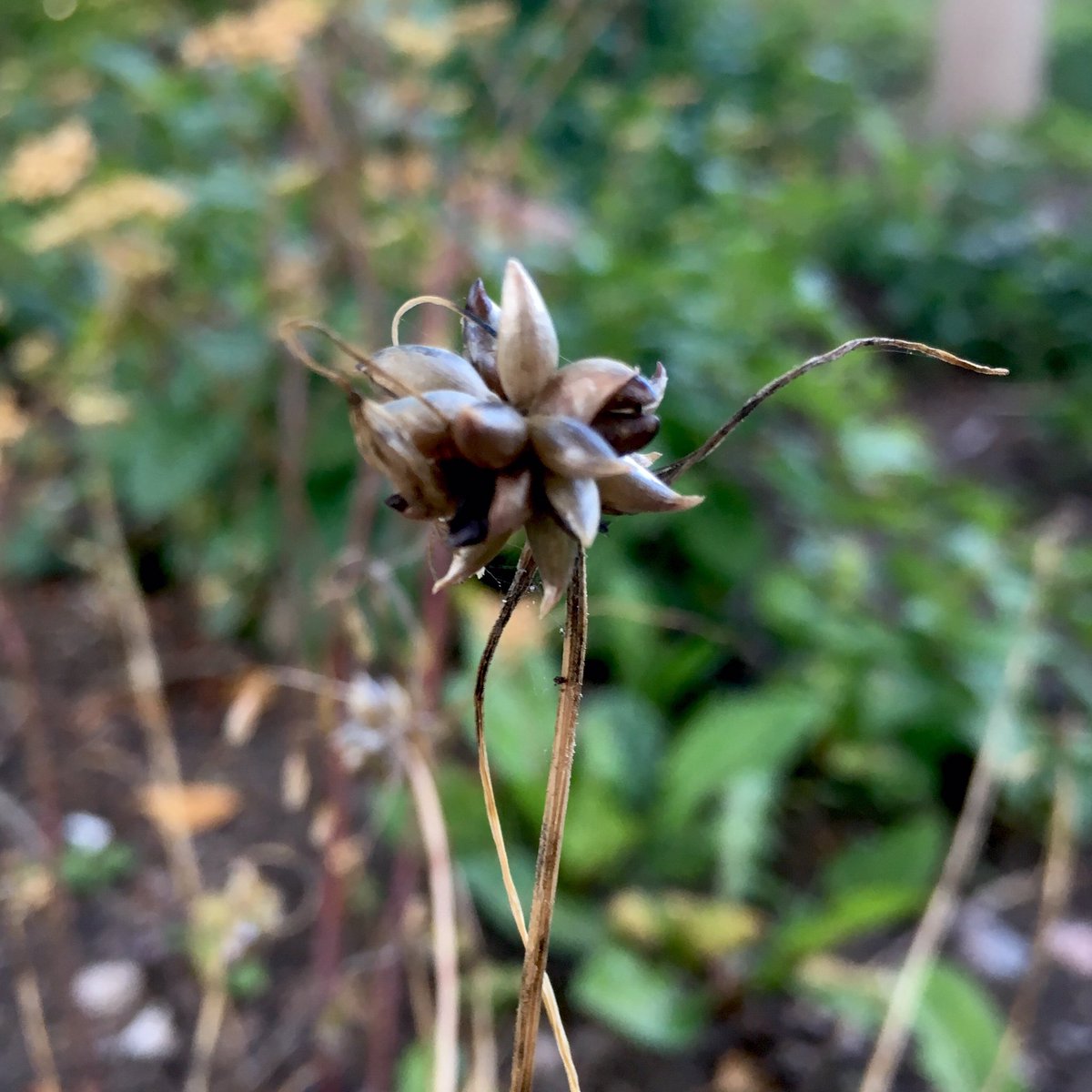
Perforate St. John’s wort / Äkta johannesört / Hypericum perforatum
Wonderful with its many stamens spreading like golden rays of sunshine, or something. The leaves have translucent dots that give them a perforated appearance when held up to the light.
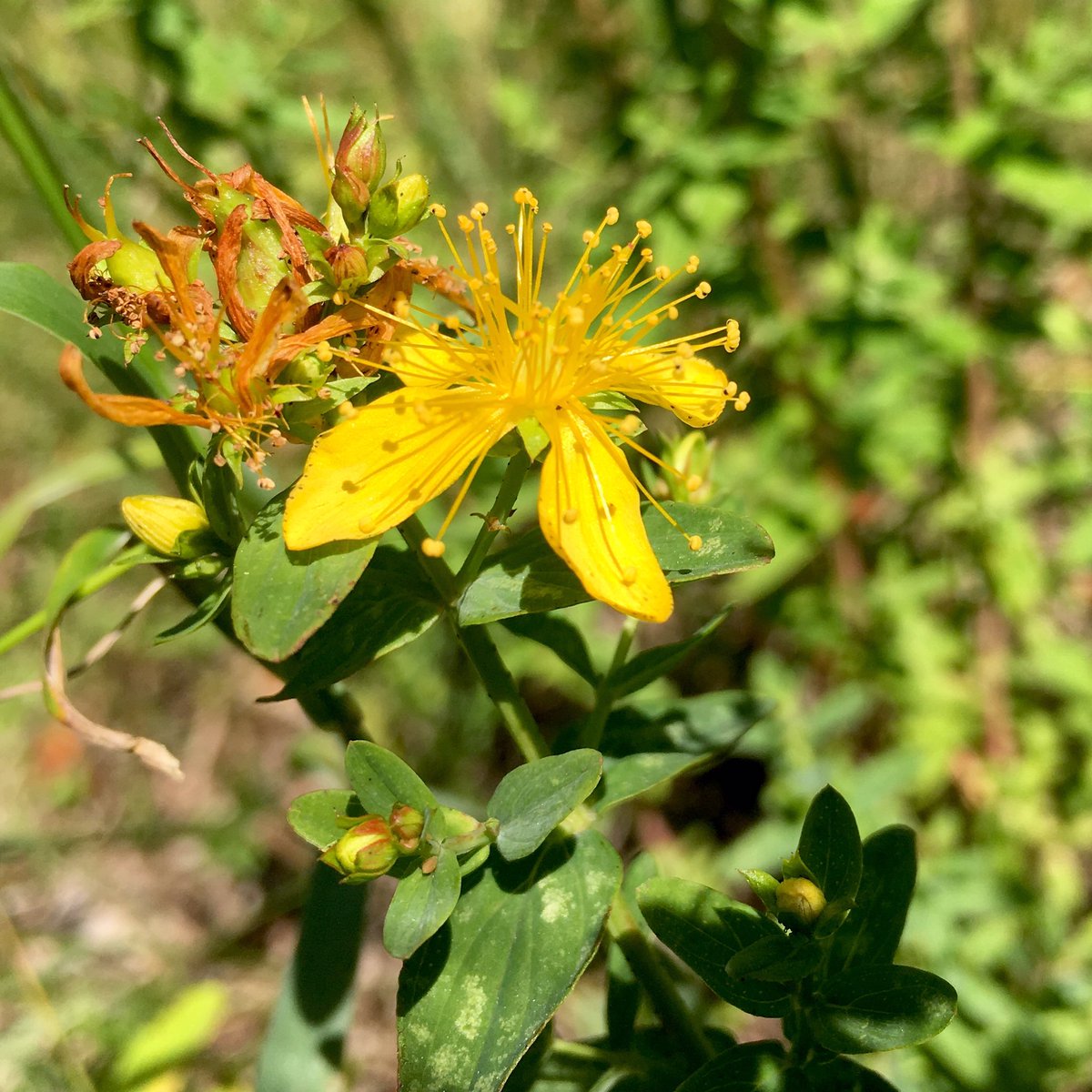
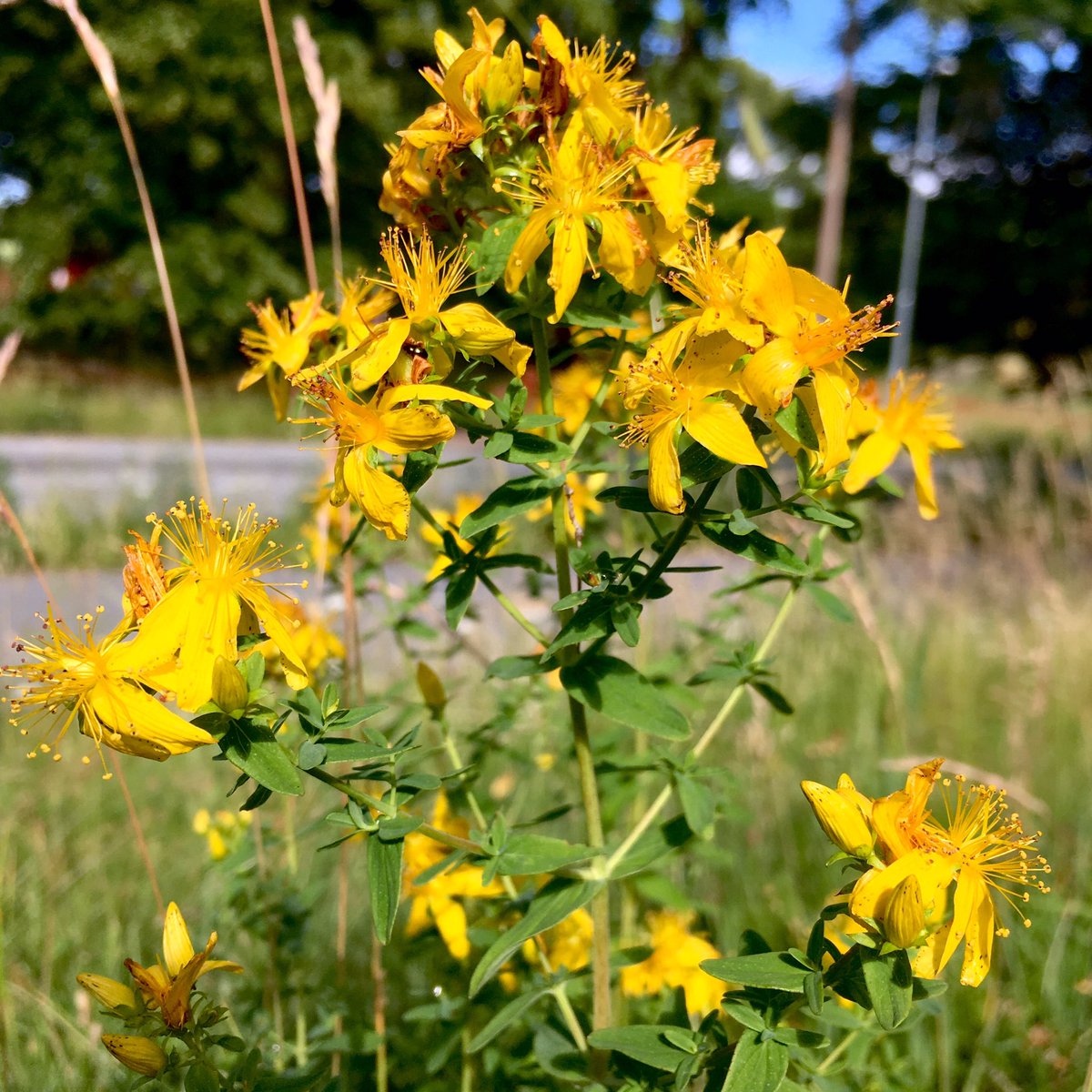
Greater plantain / Groblad / Plantago major
The kids are back at school and for many that means grazed knees. The leaves of greater plantain have traditionally been used to help the healing process.
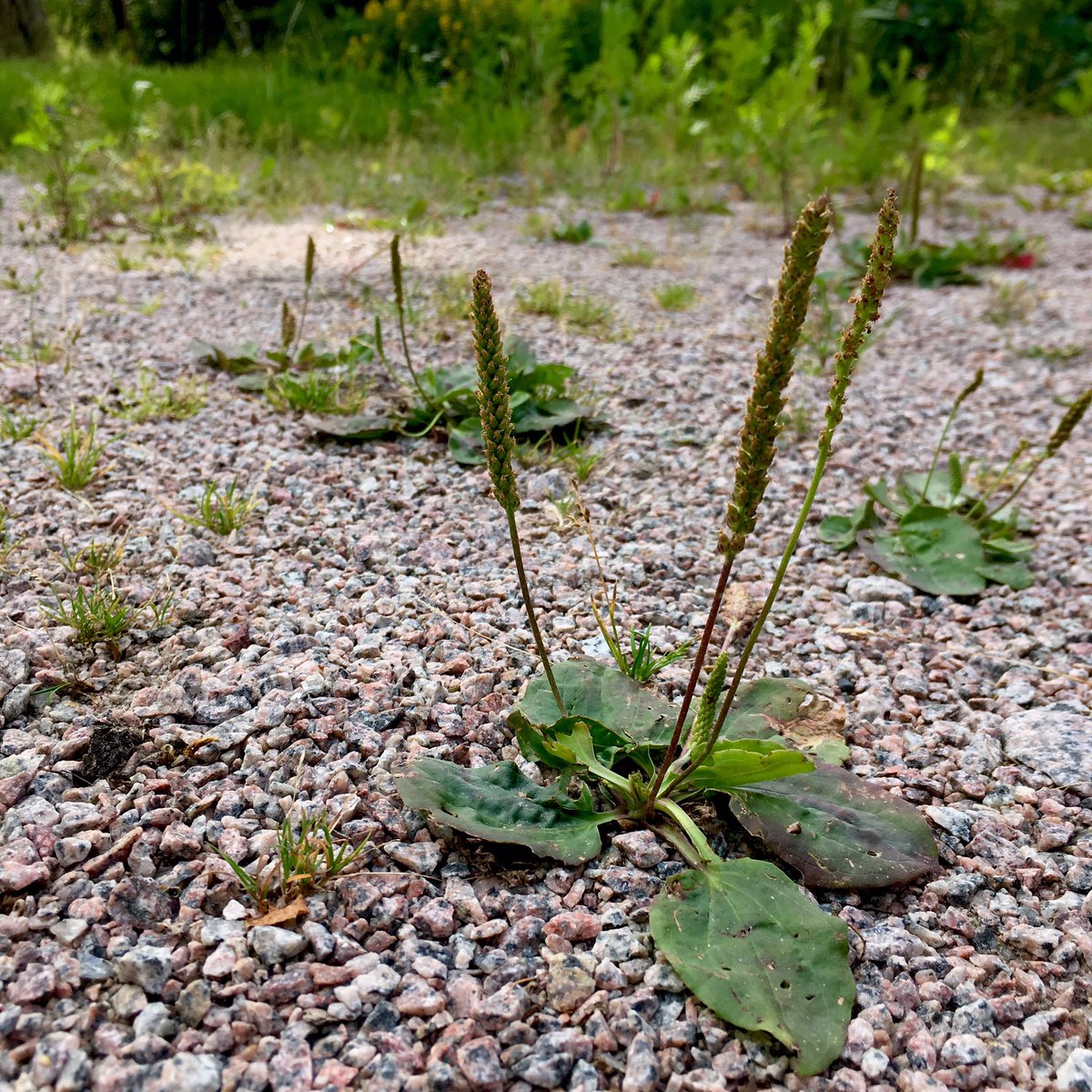
Thyme-leaved sandwort / Sandnarv / Arenaria serpyllifolia
As referenced in the English and scientific name, the leaves are similar to thyme leaves, which can be useful for identification, so long as you know what thyme leaves look like.
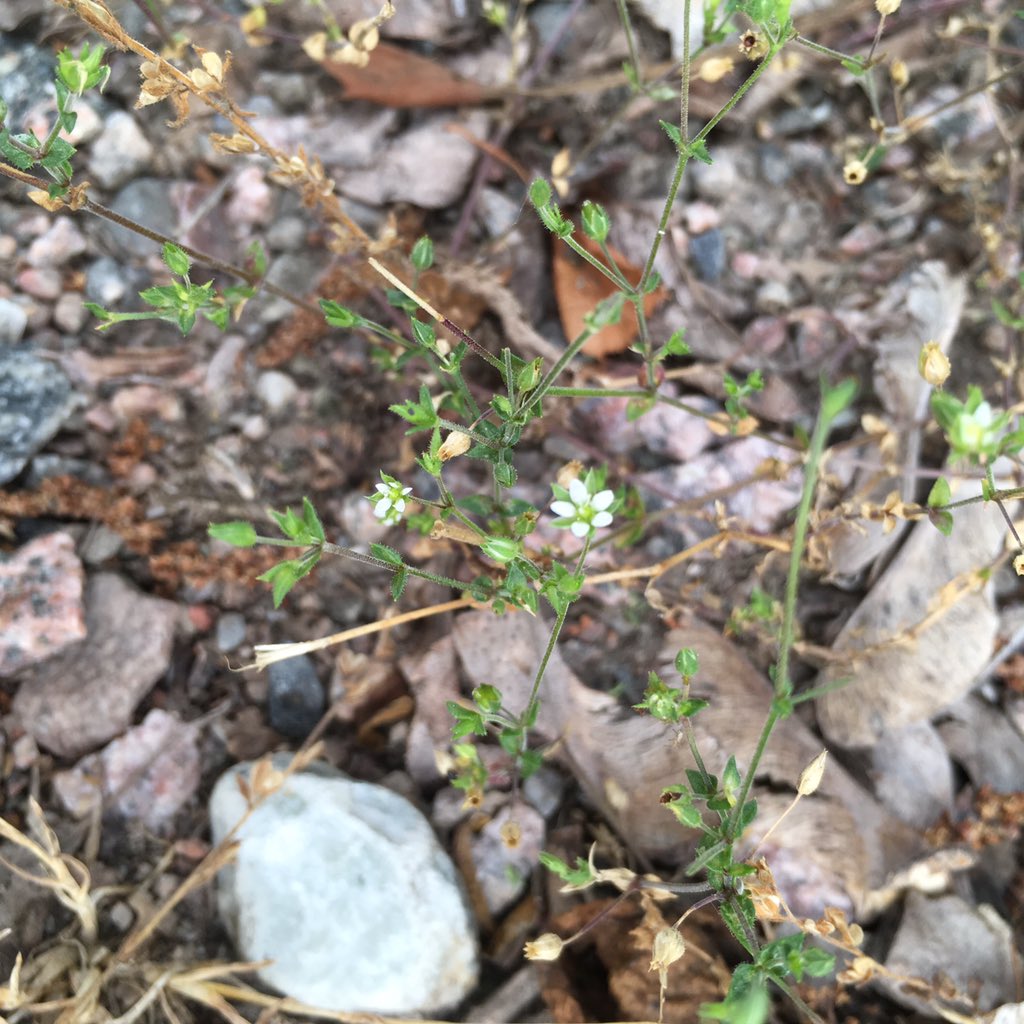
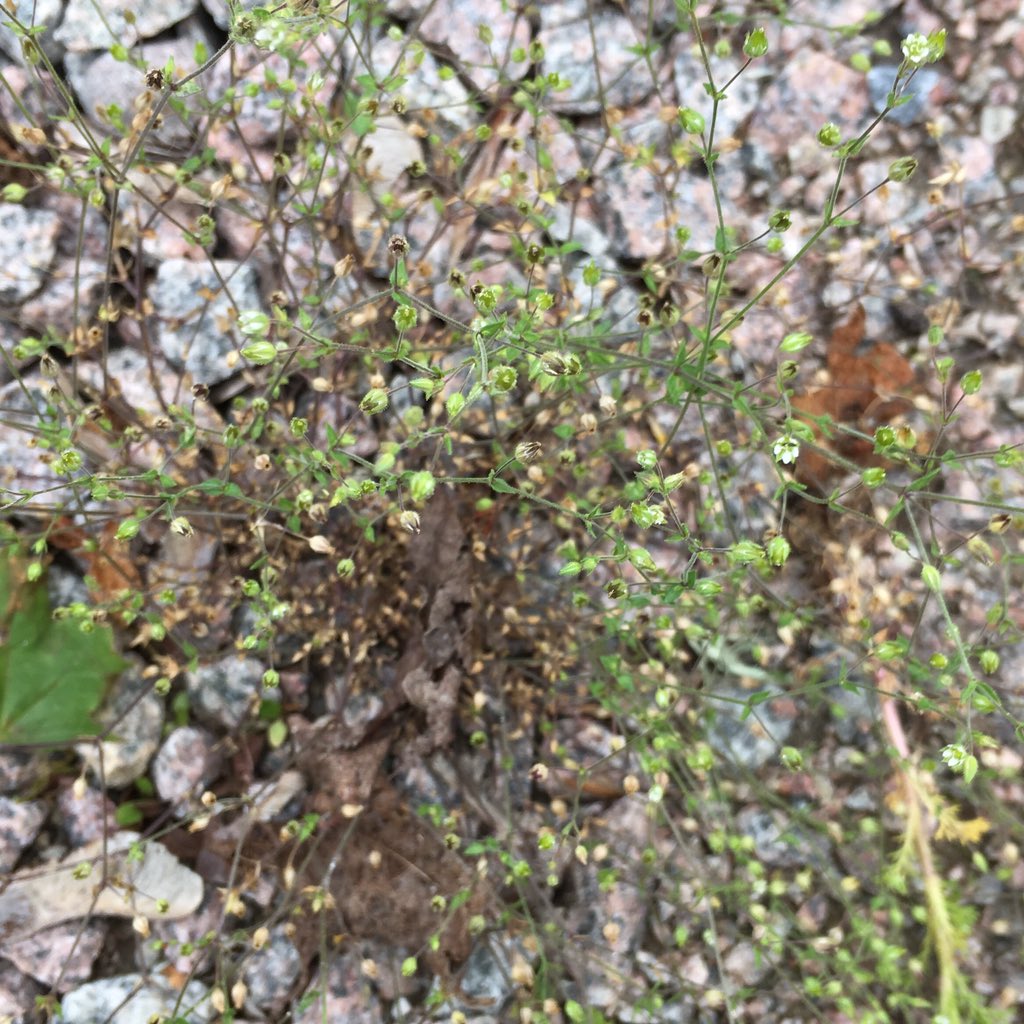
Canadian fleabane / Kanadabinka / Conyza canadensis
As the name implies, this species is not a native to Europe. Not sure if it has caused any trouble anywhere else, but it’s being very well-behaved in my garden.
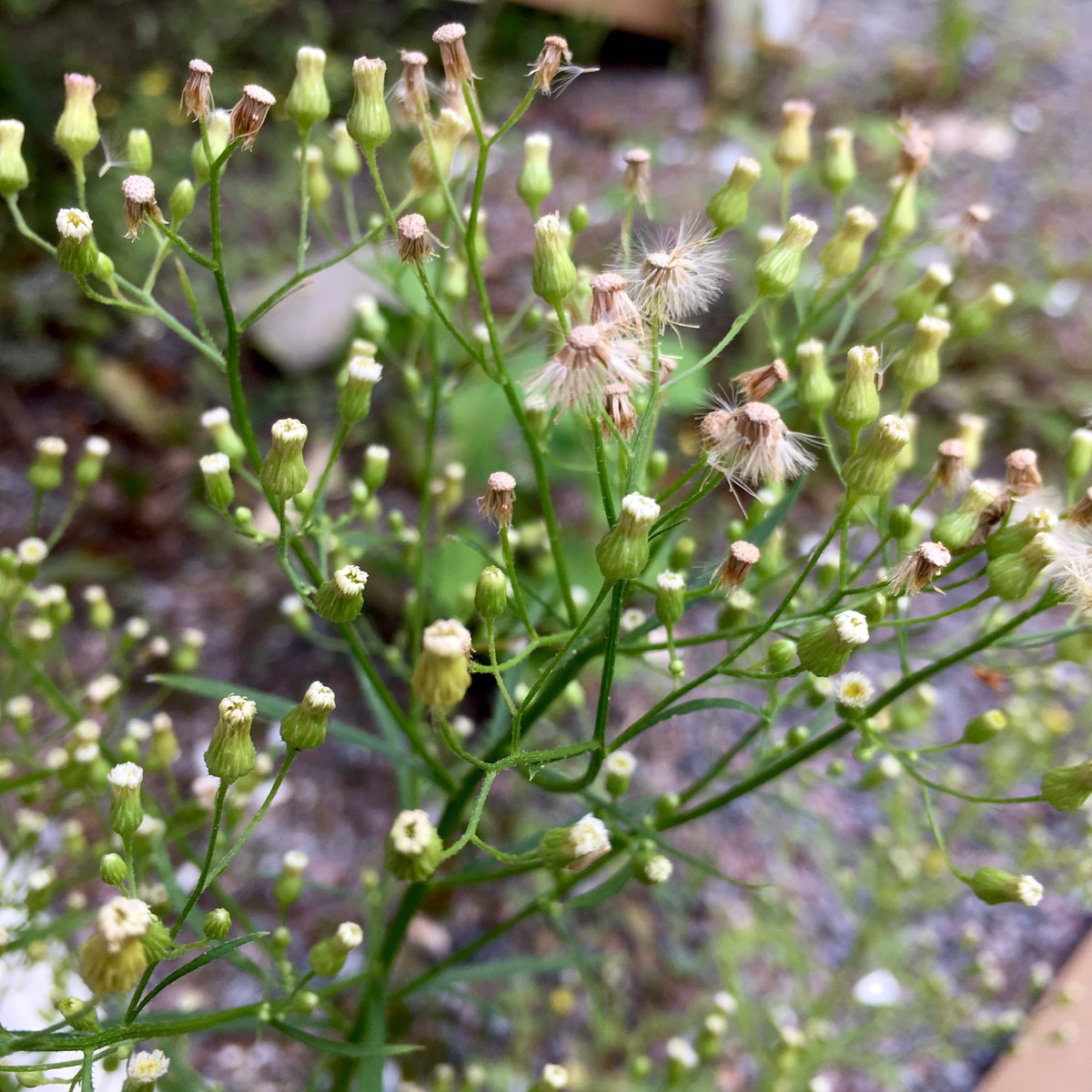
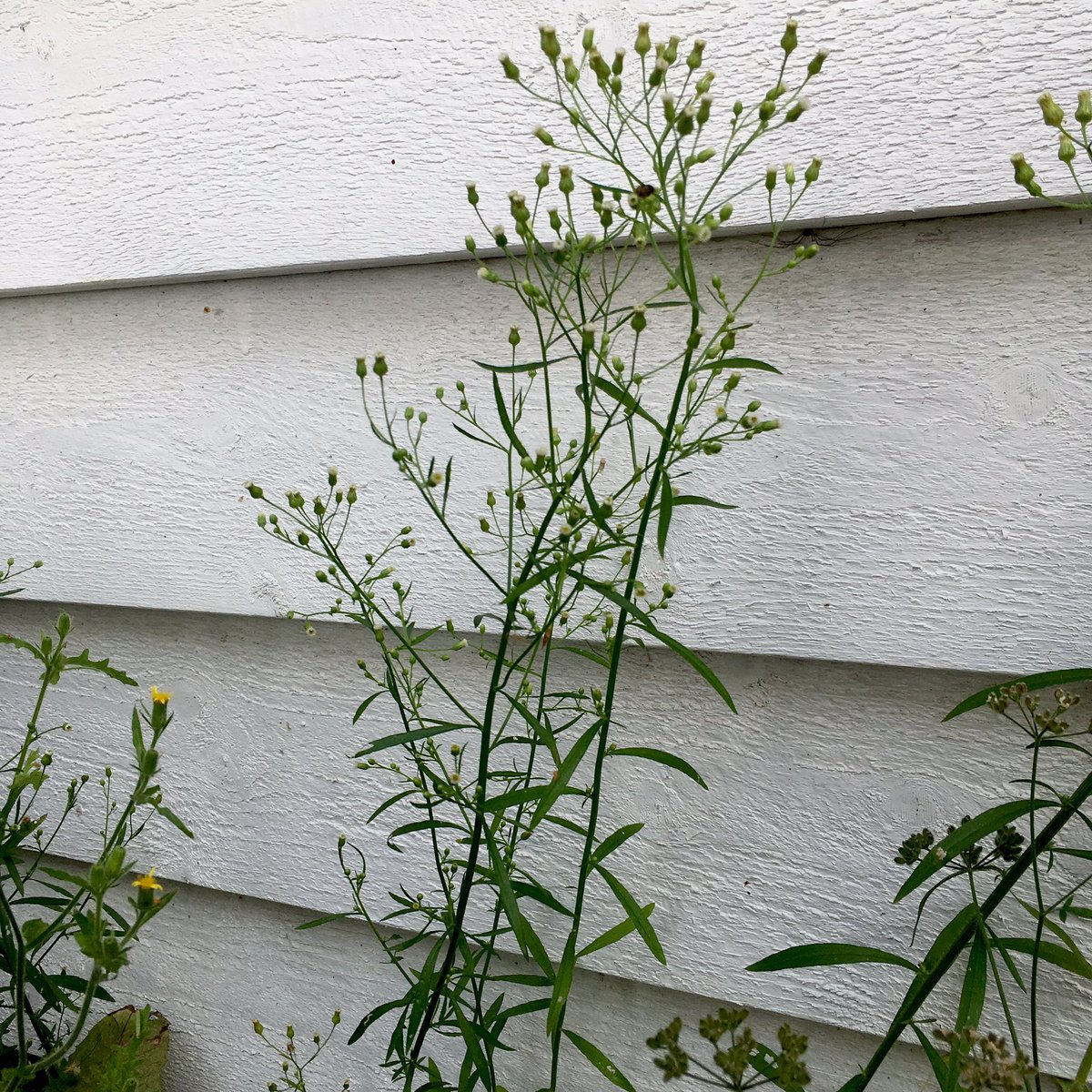
Field pansy / Åkerviol / Viola arvensis
Another species minding its own business on the gravel. Still flowering as we enter September.
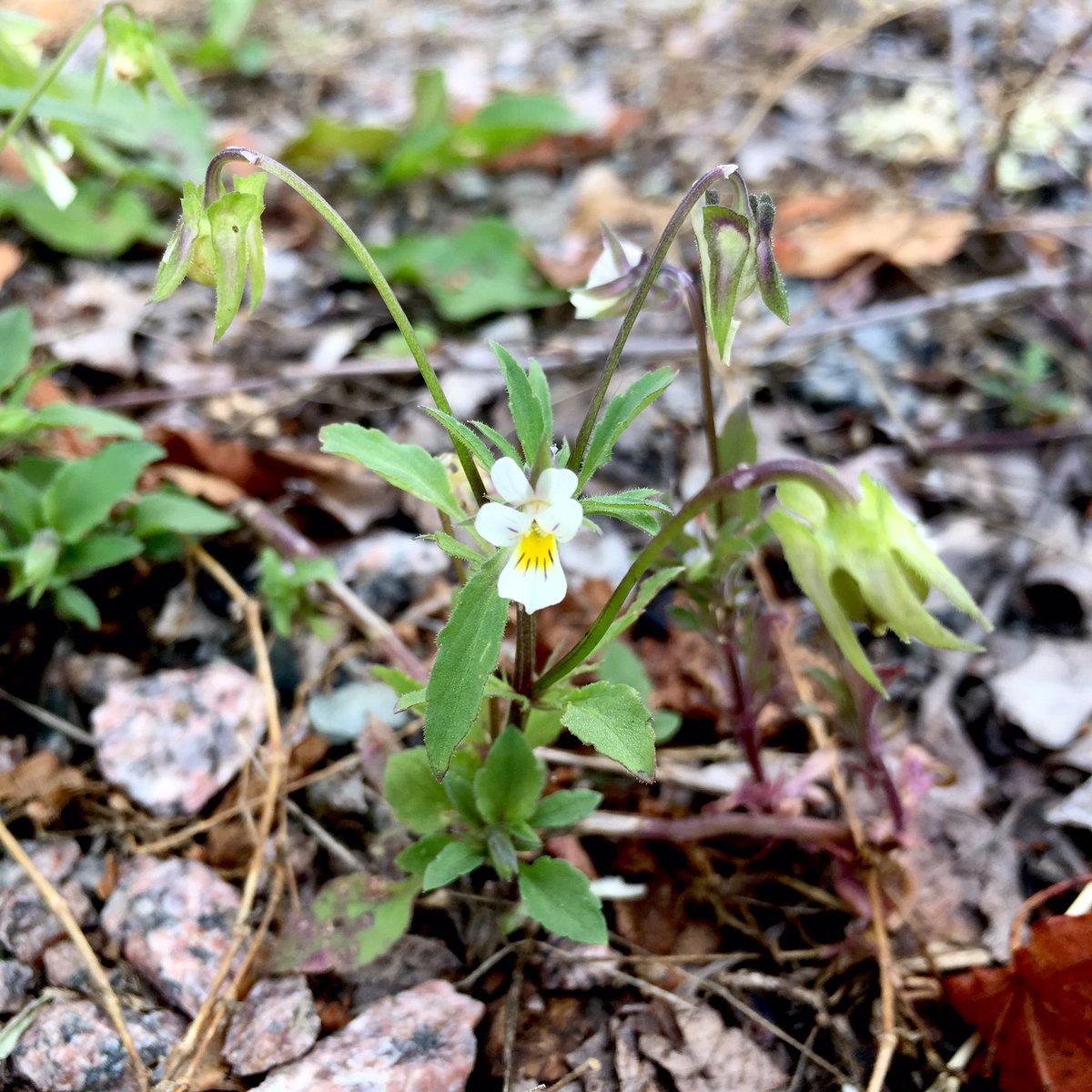
Sweet violet / Luktviol / Viola odorata
The only other violet in the garden, growing on the bomb shelter. A naturalised species with dark purple (dark violet?), sweet smelling flowers.
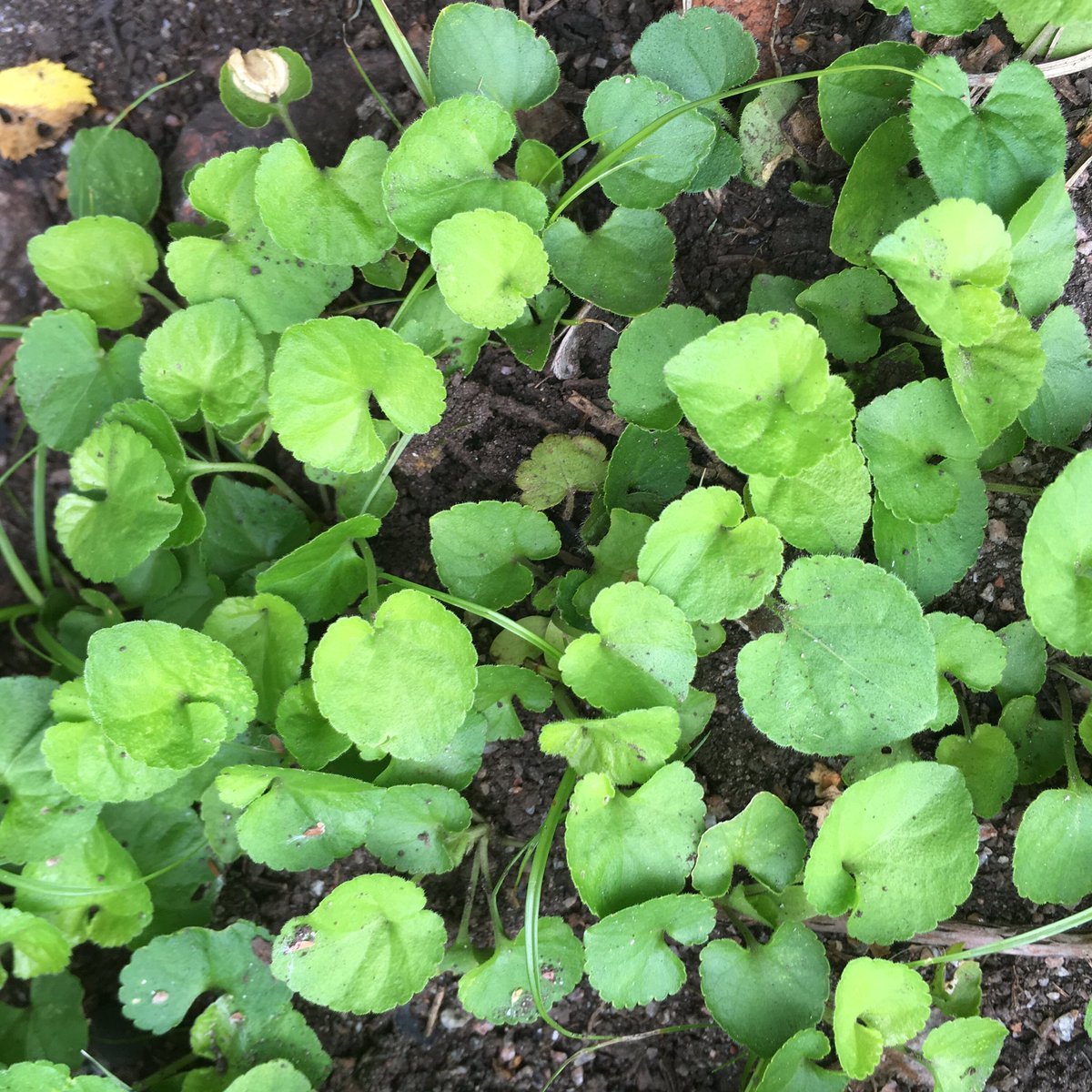
Lilac / Syren / Syringa vulgaris
I was originally not going to include this species, as it was clearly once planted as a hedge. But its past dominance of the bomb shelter, and its stubbornness in coming back has convinced me to give it a spot on the list.
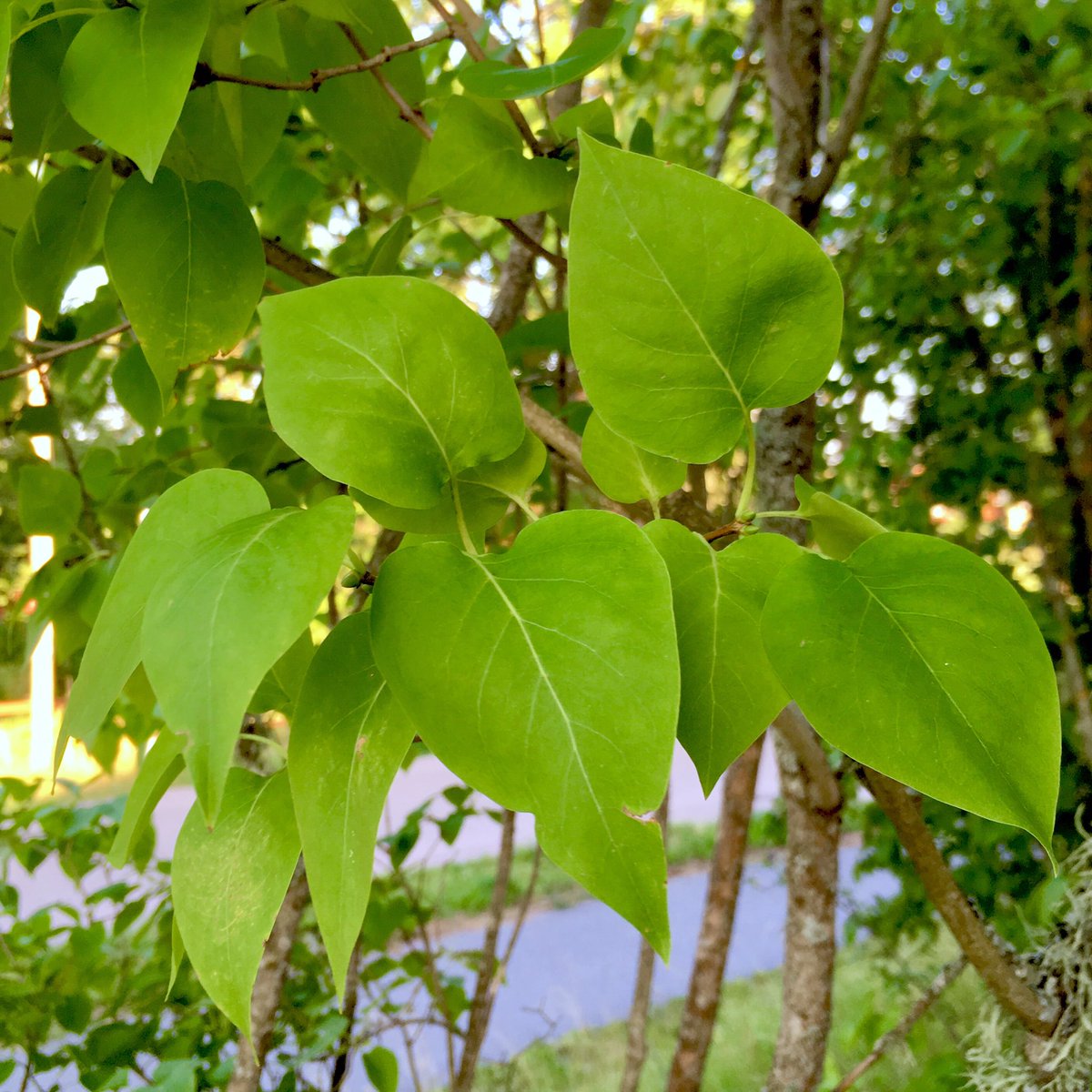
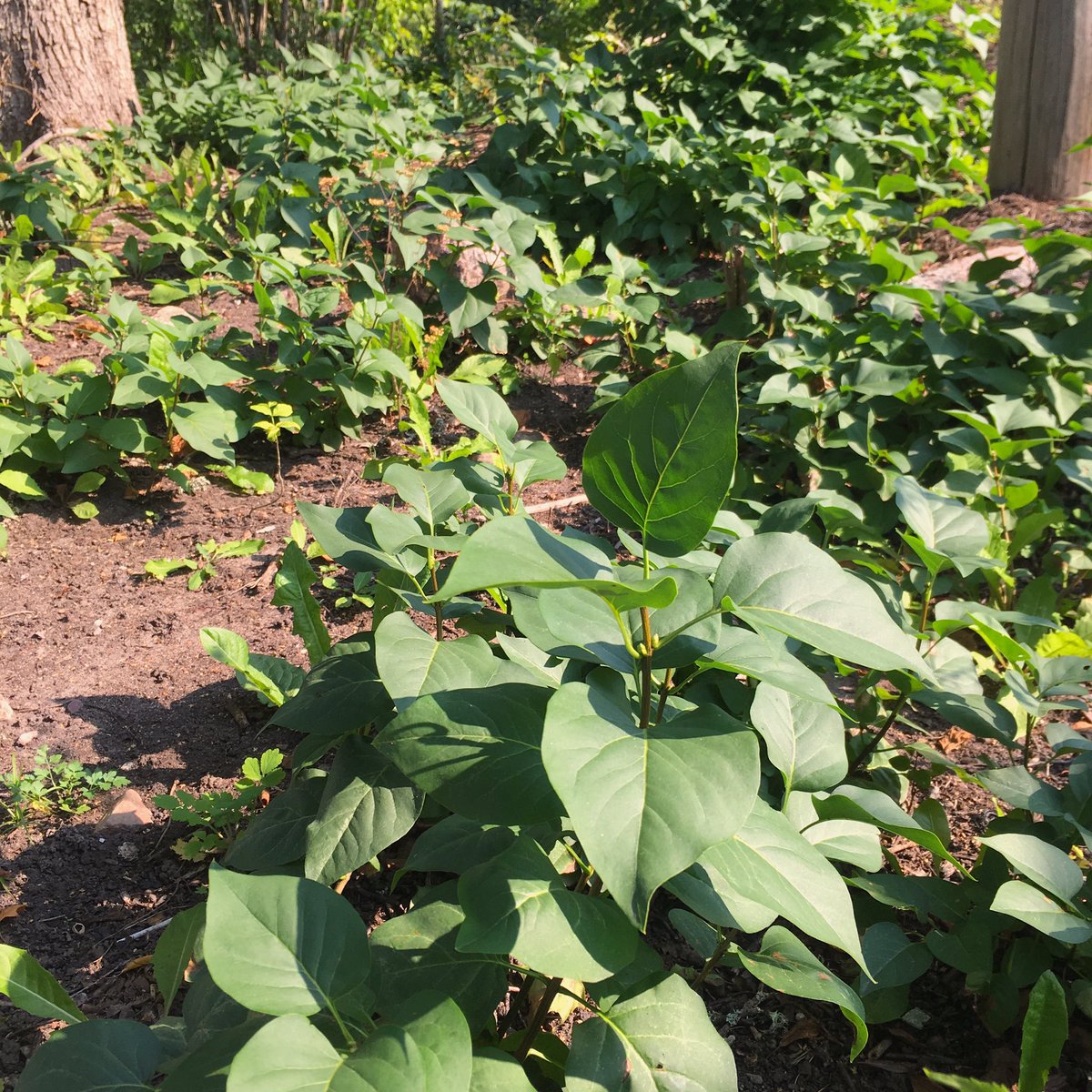
Greater Celandine / Skelört / Chelidonium majus
This member of the poppy family has yellow, four-petalled flowers, bright orange latex (mjölksaft) that was once thought to cure all manner of ailments.
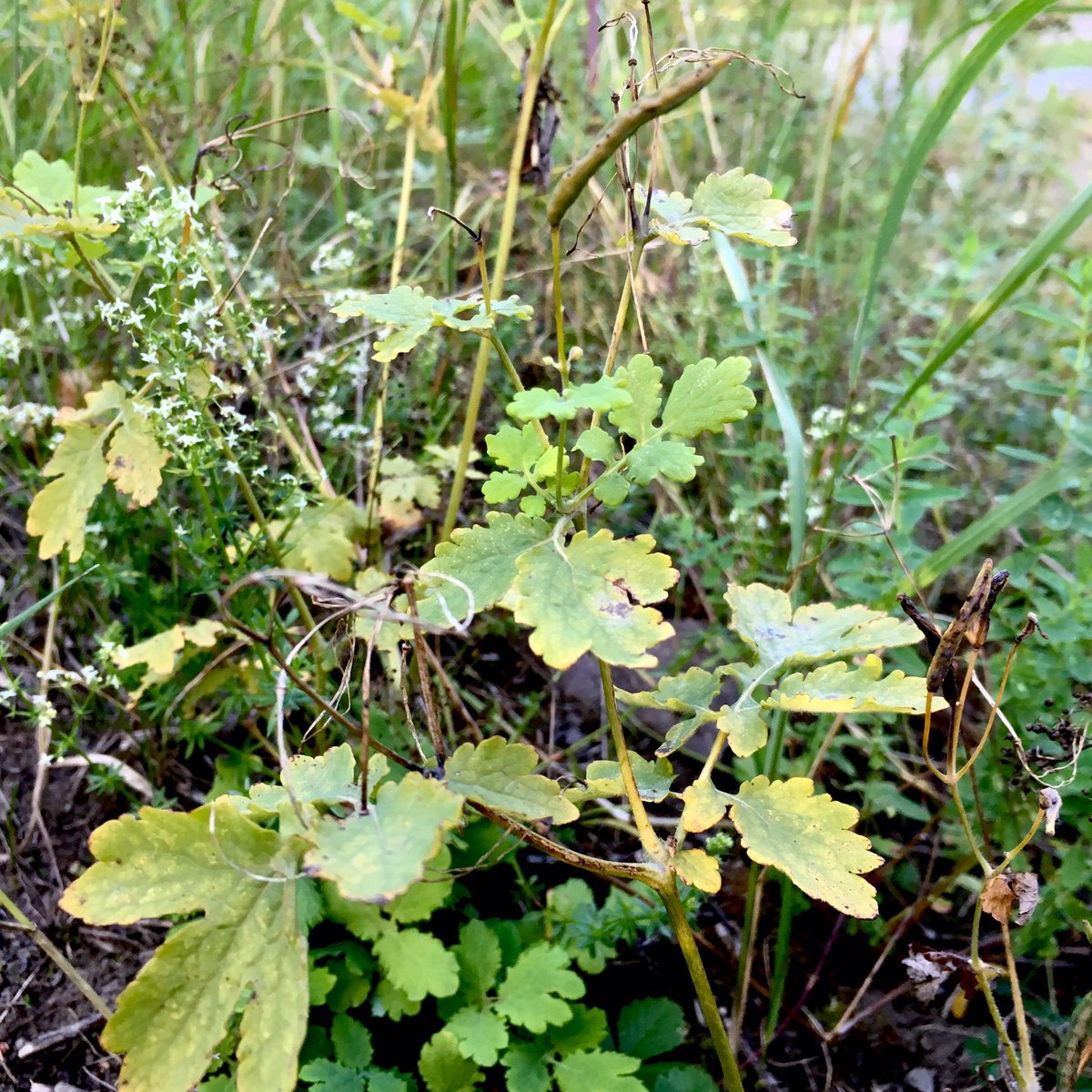
Pale toadflax / Strimsporre / Linaria
repens
The last species in my garden is this beautiful, delicate, late flowering delight that dots the grassy slope.
